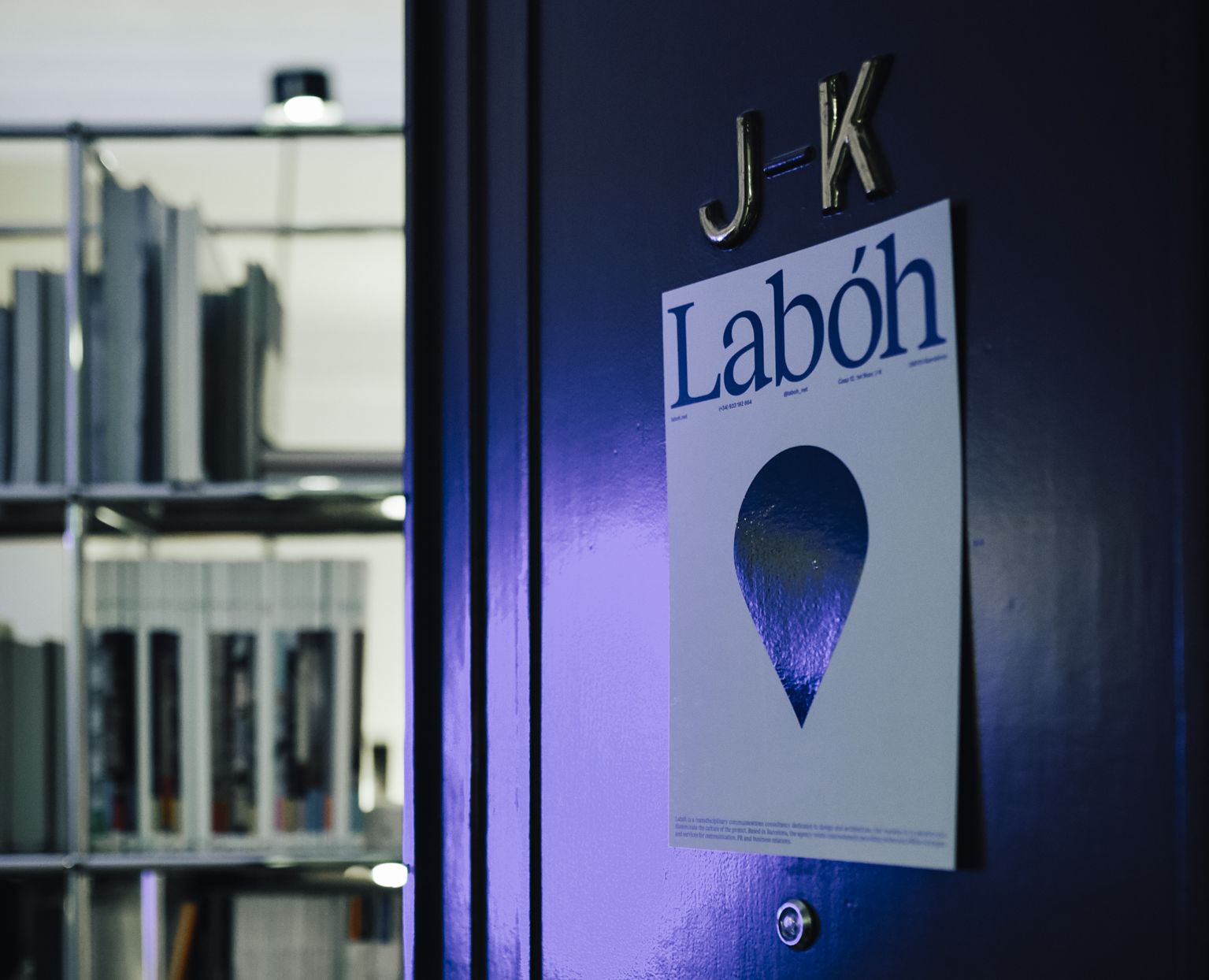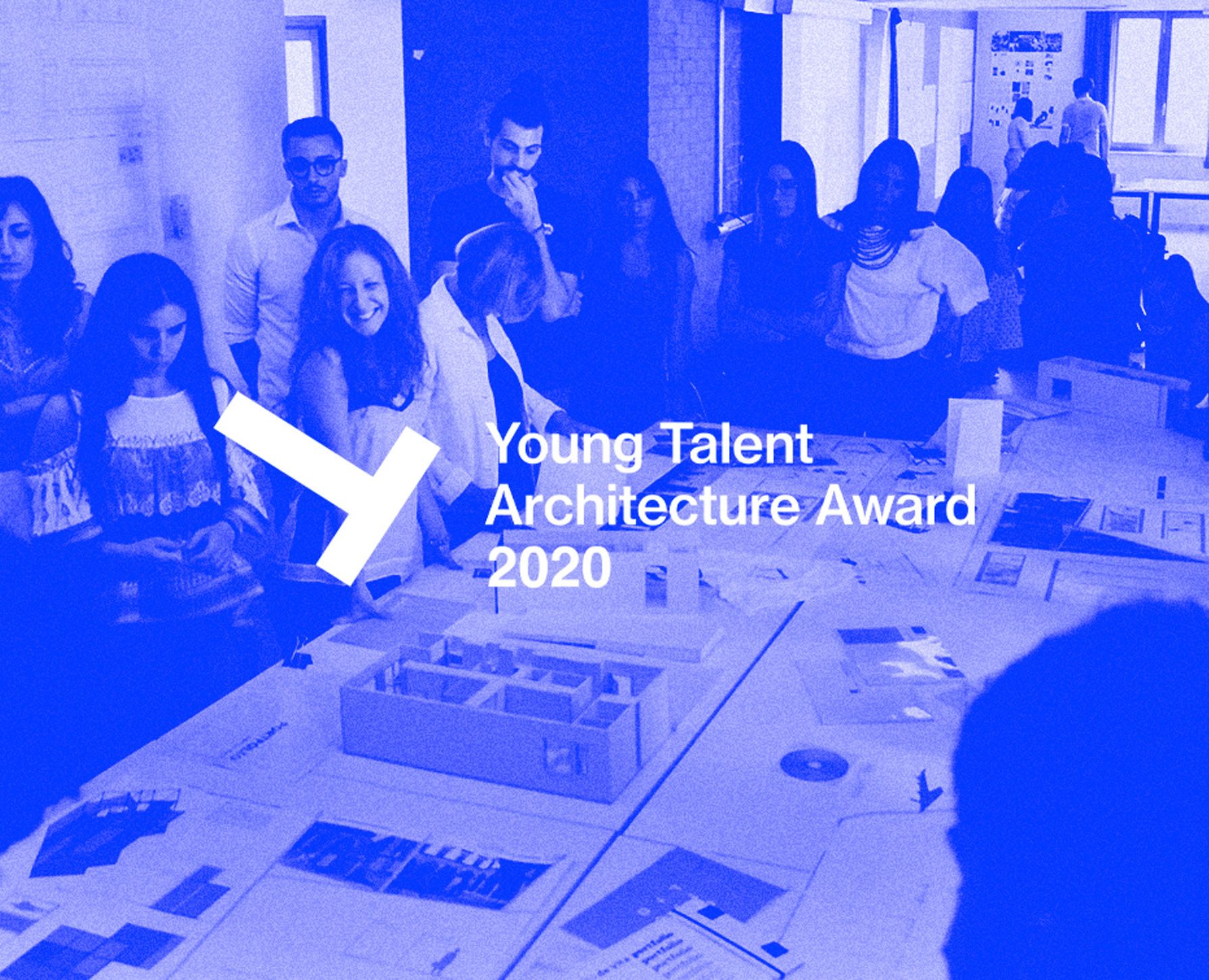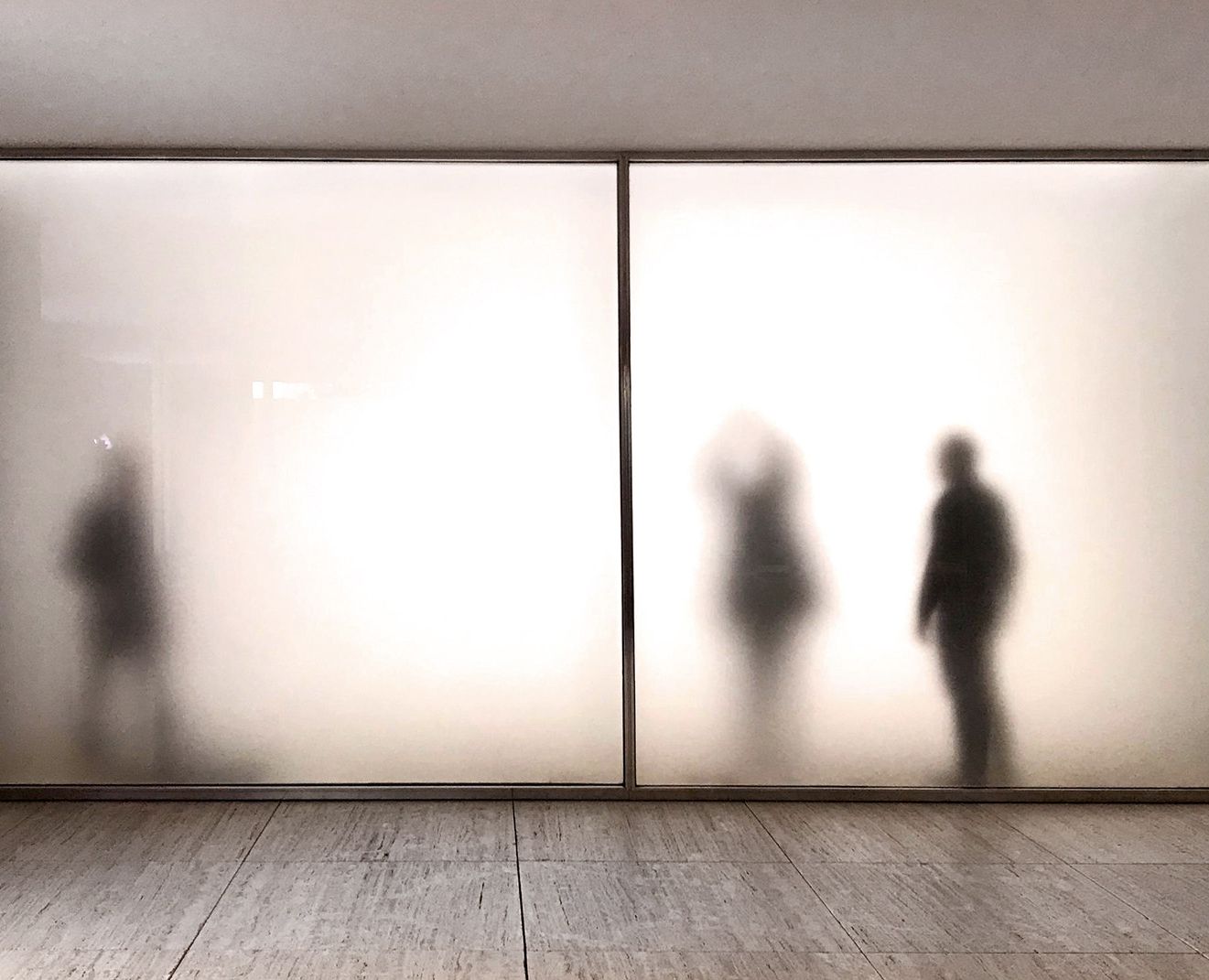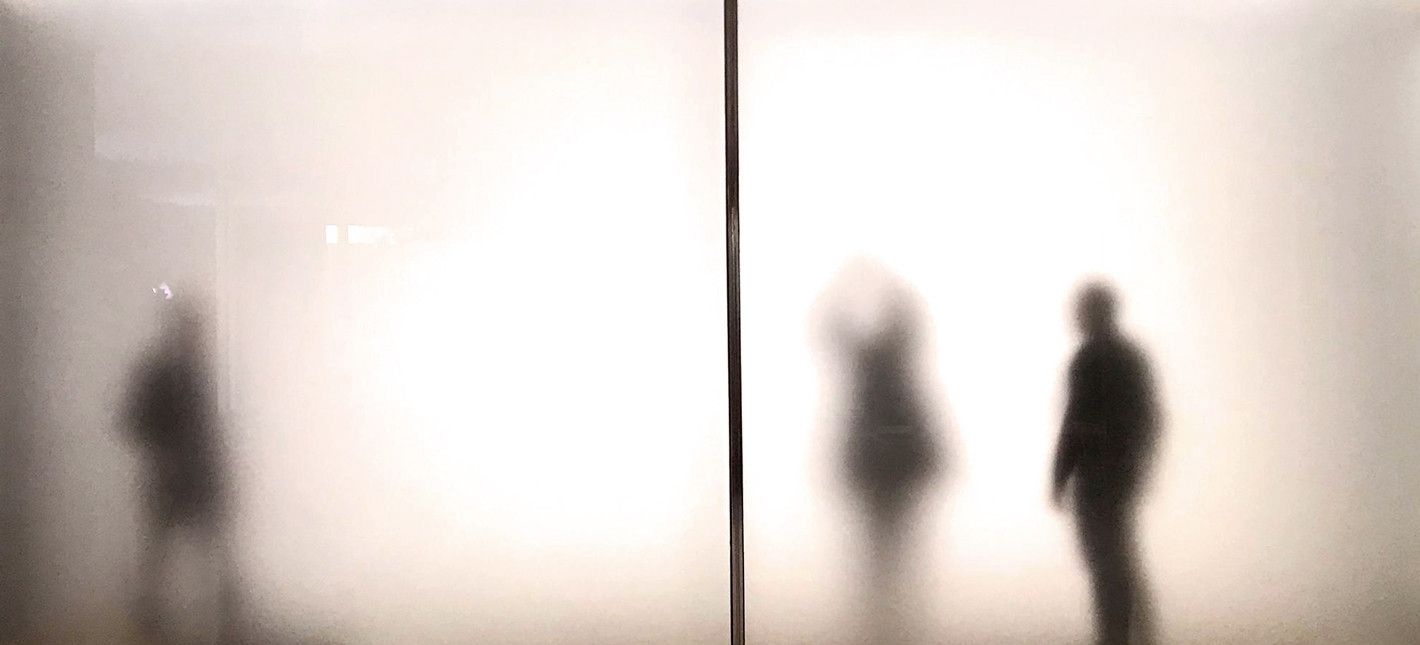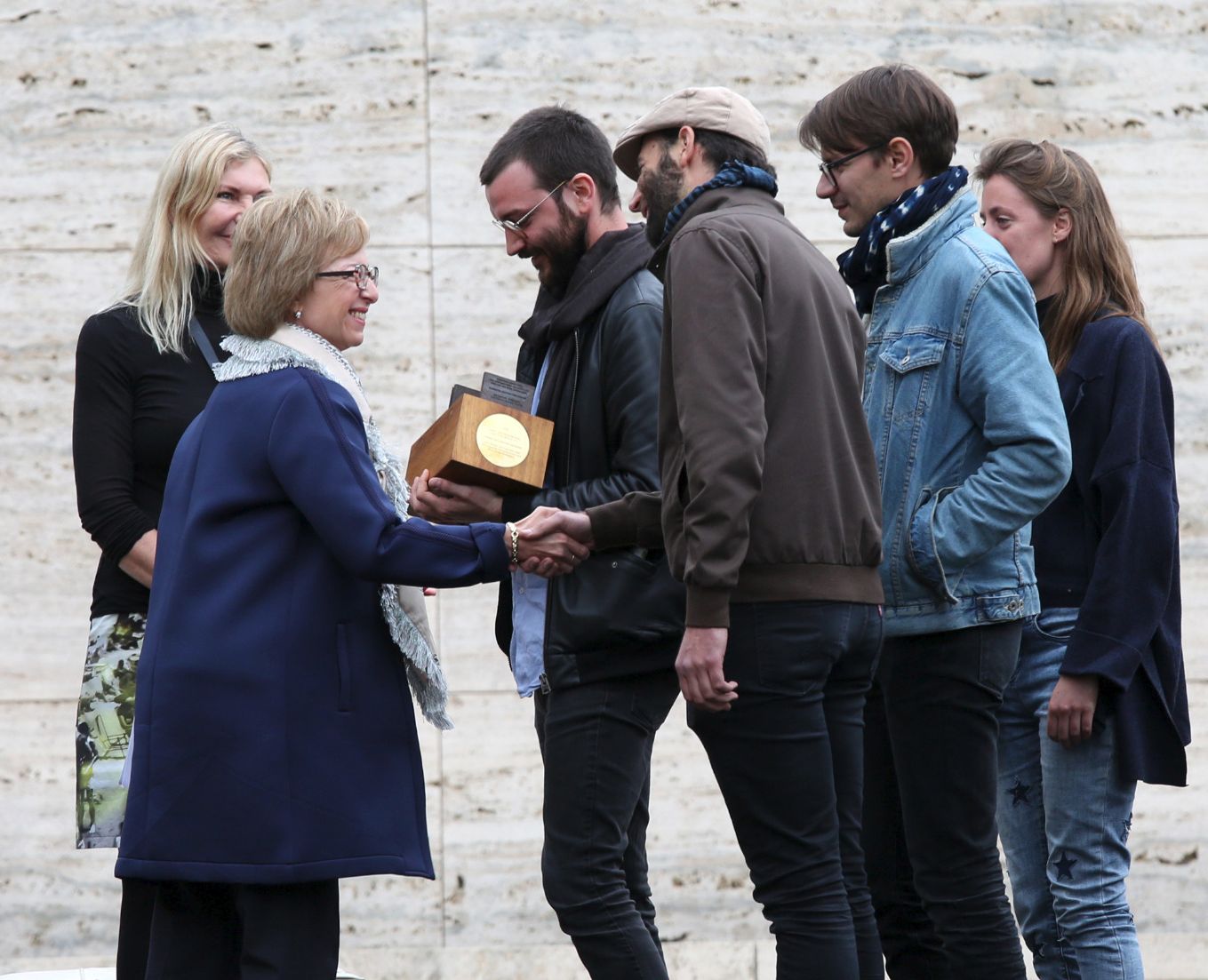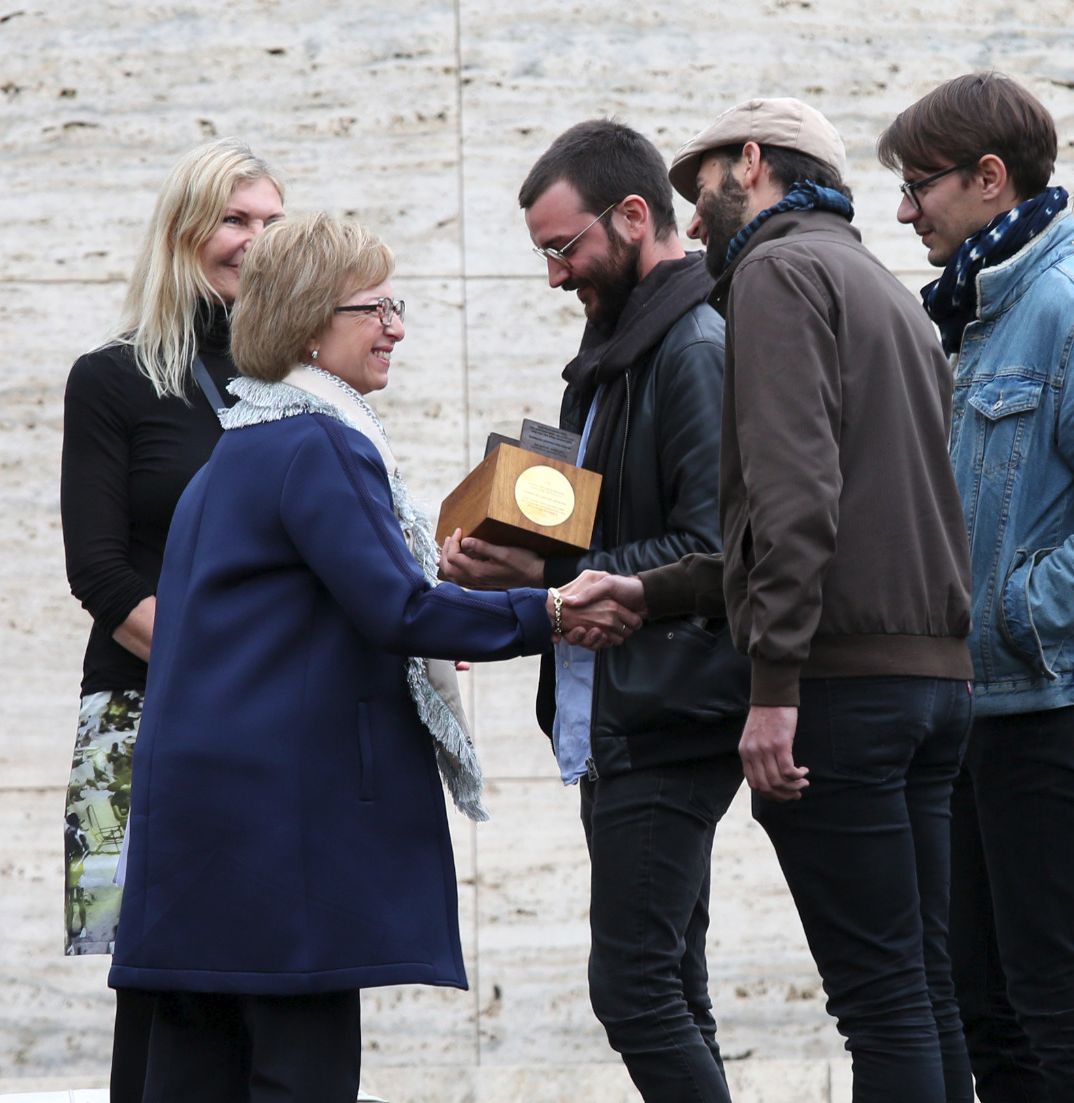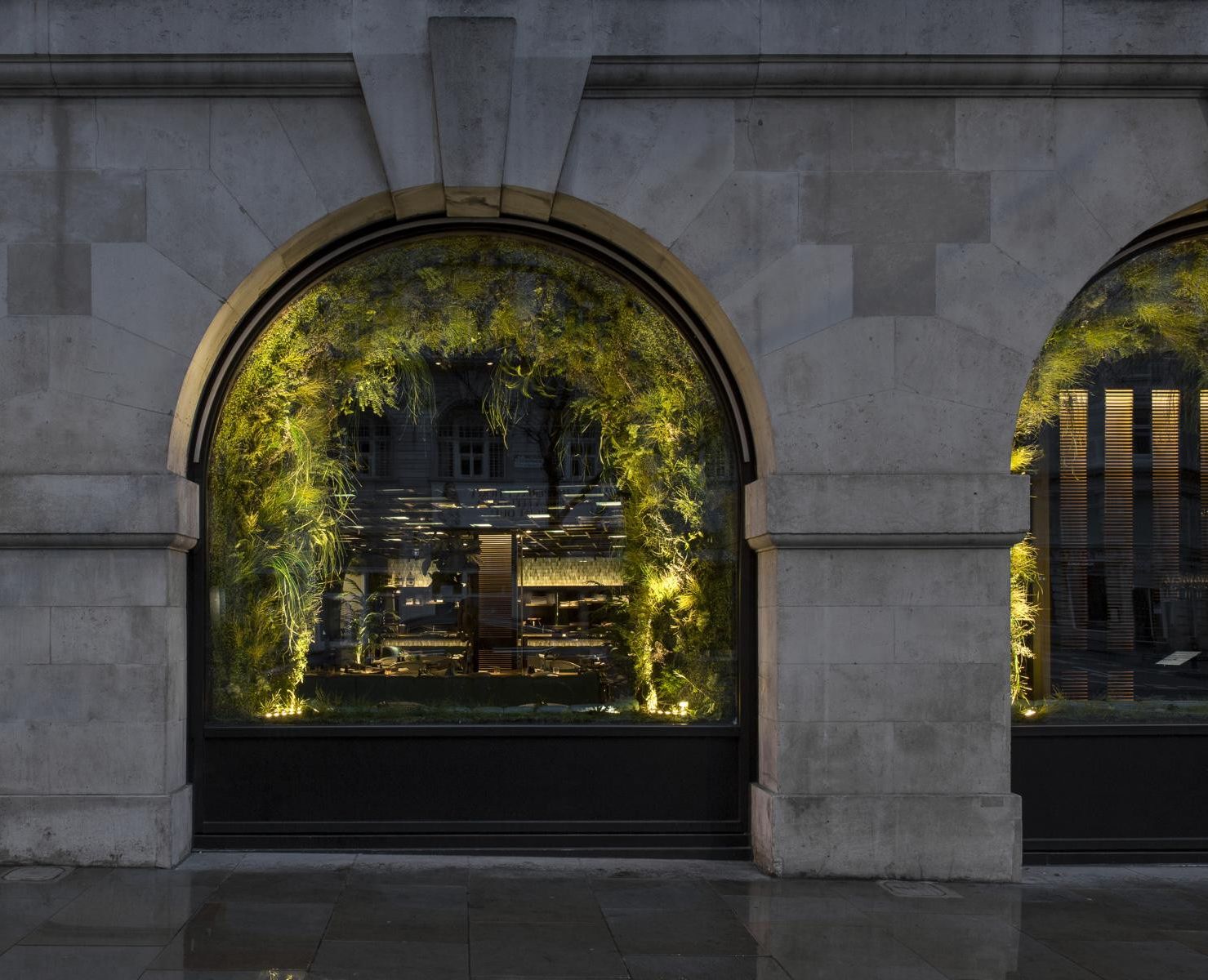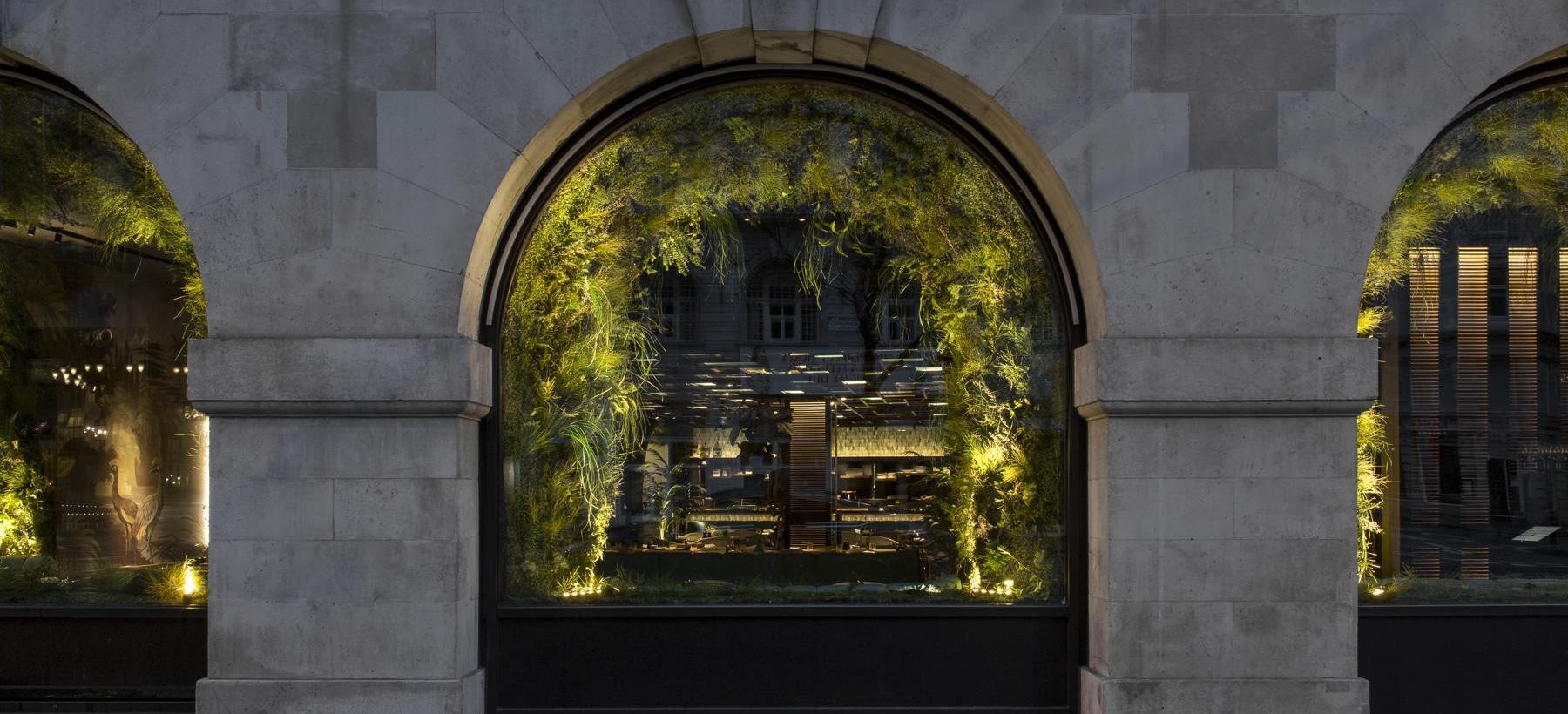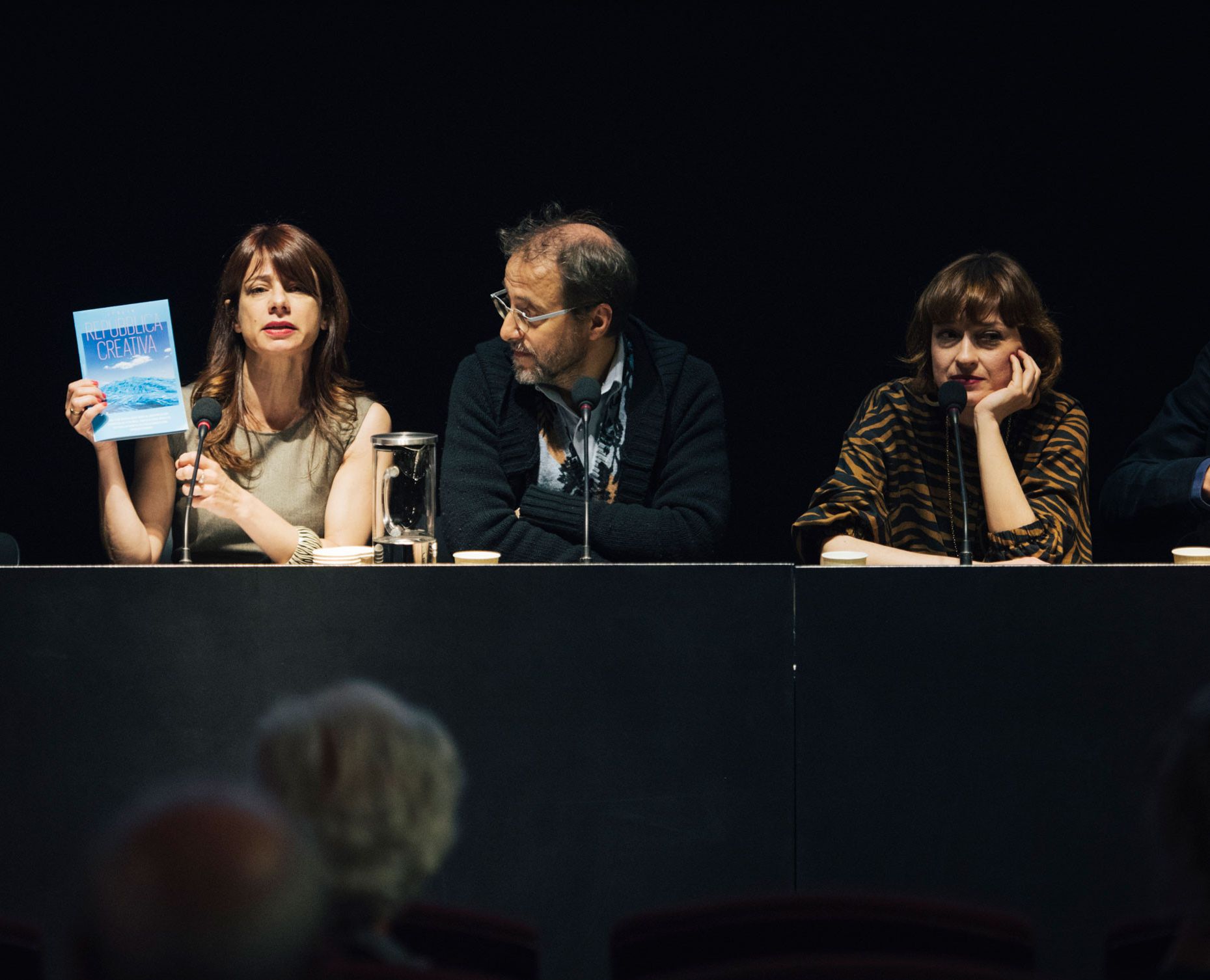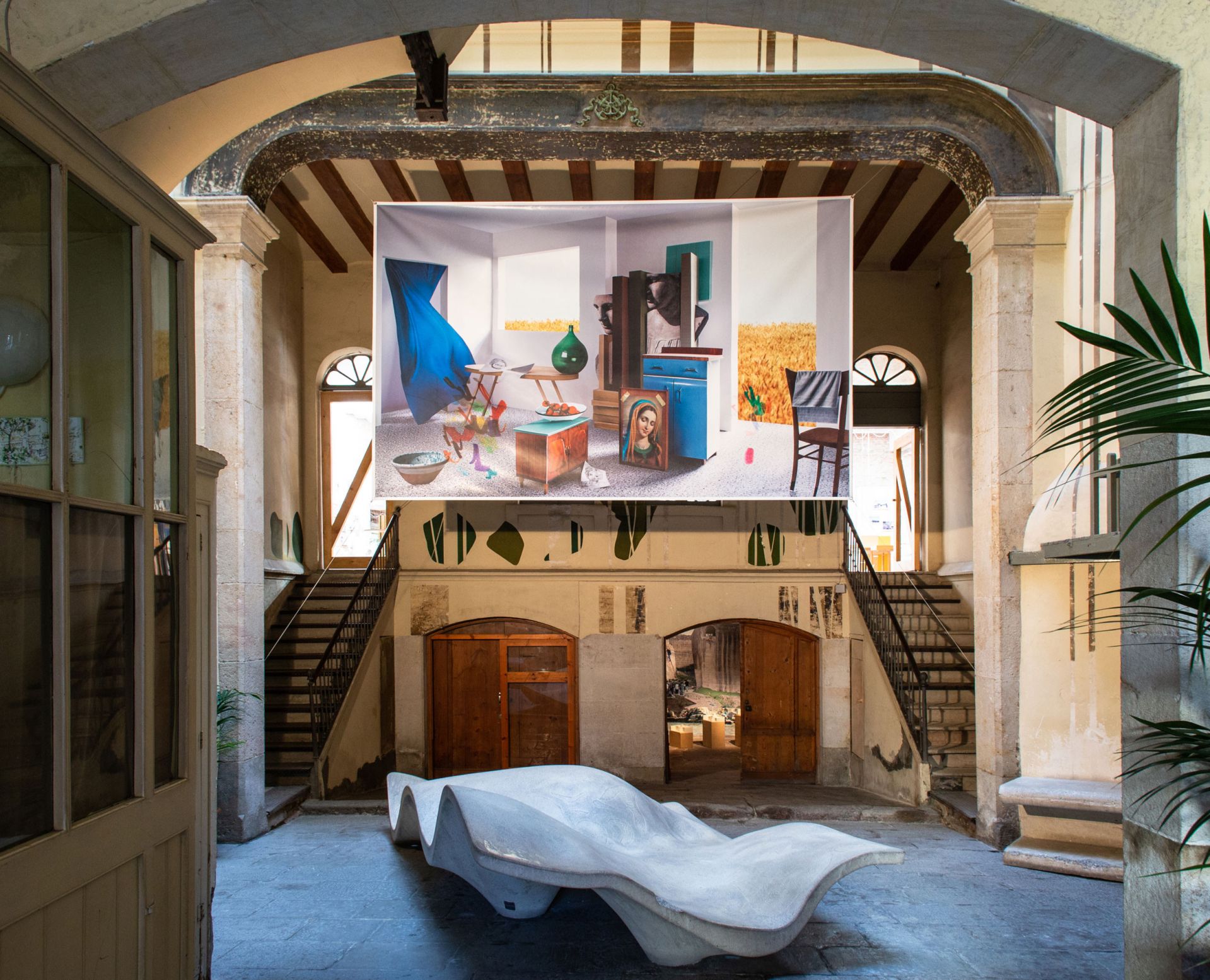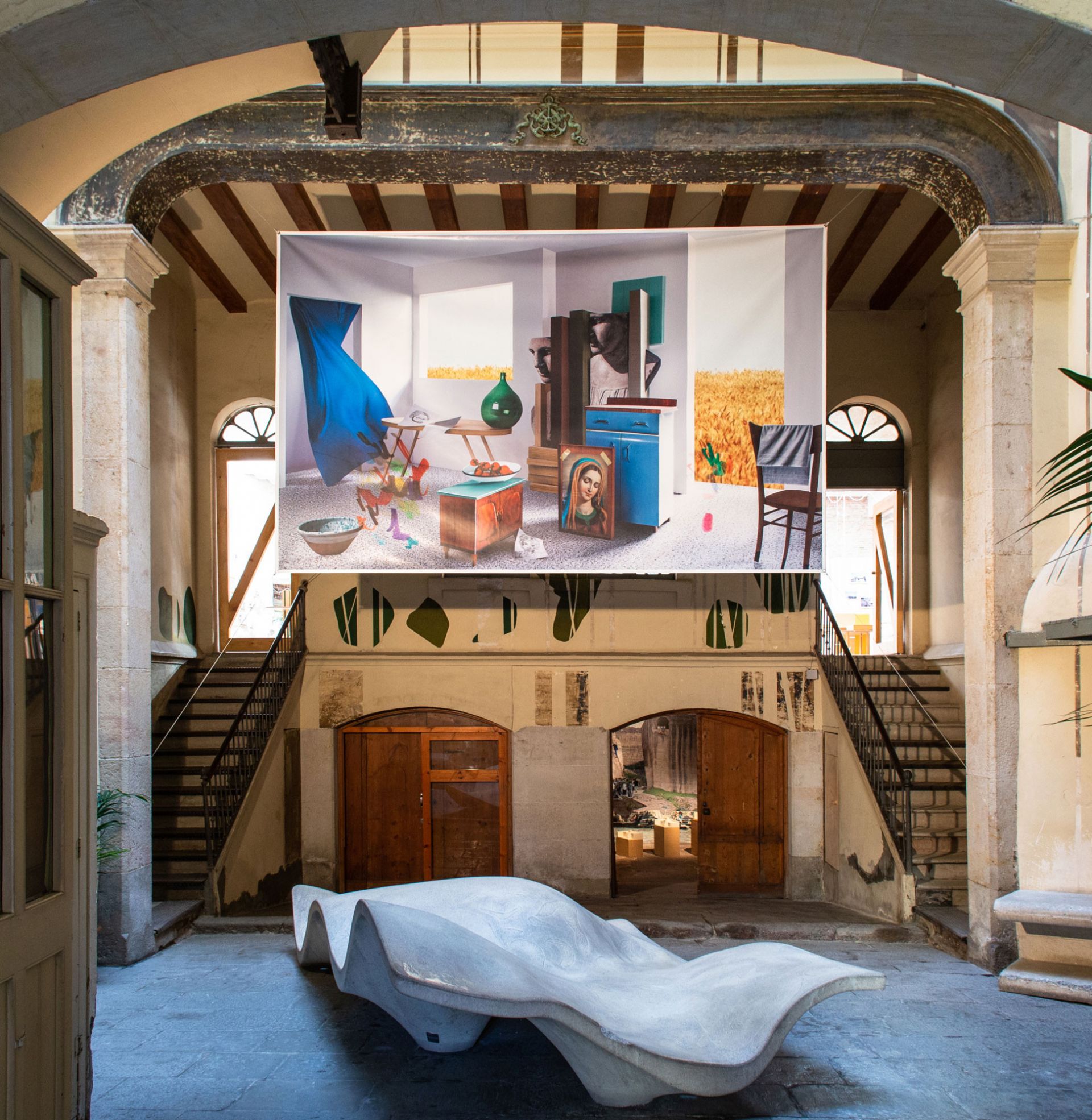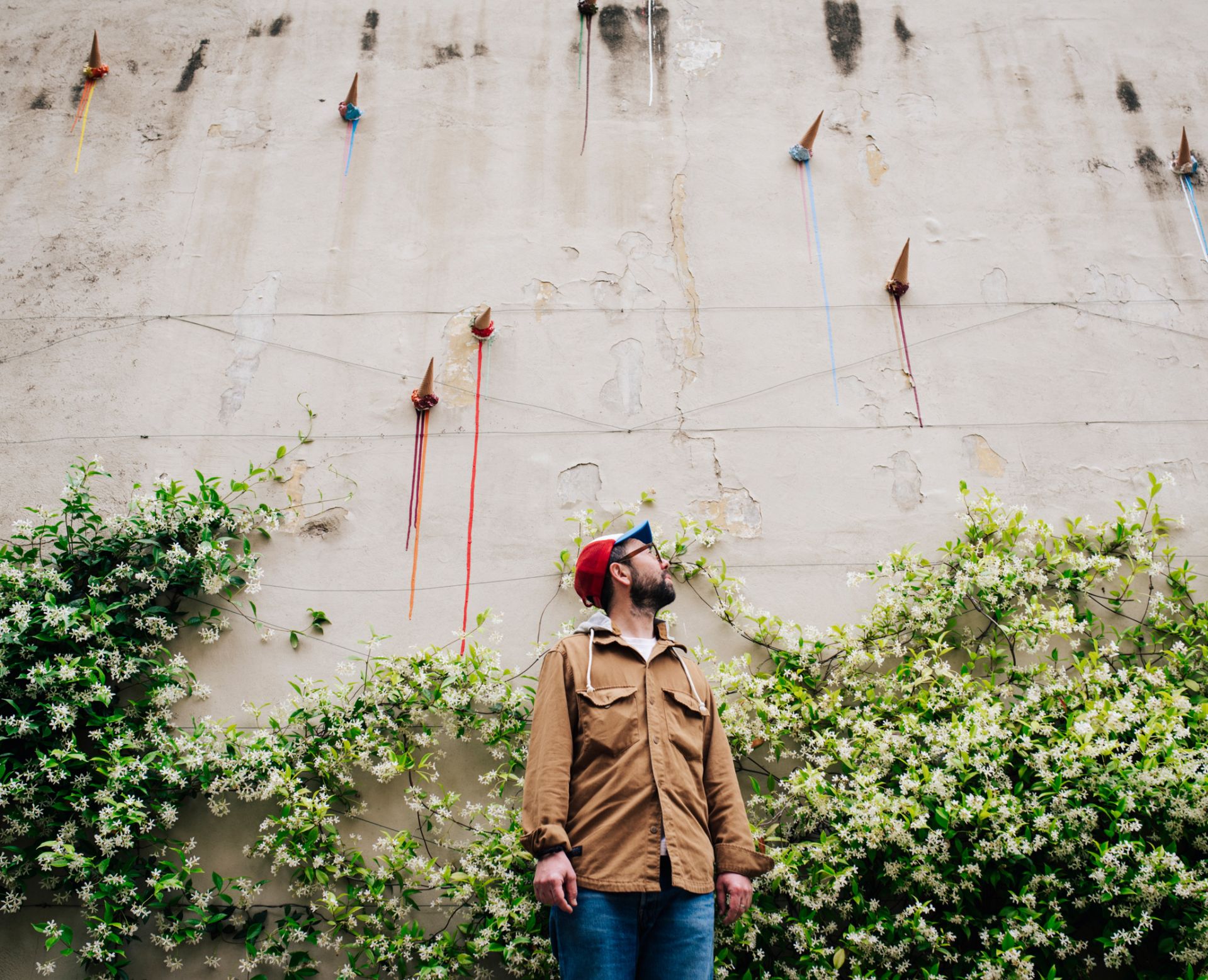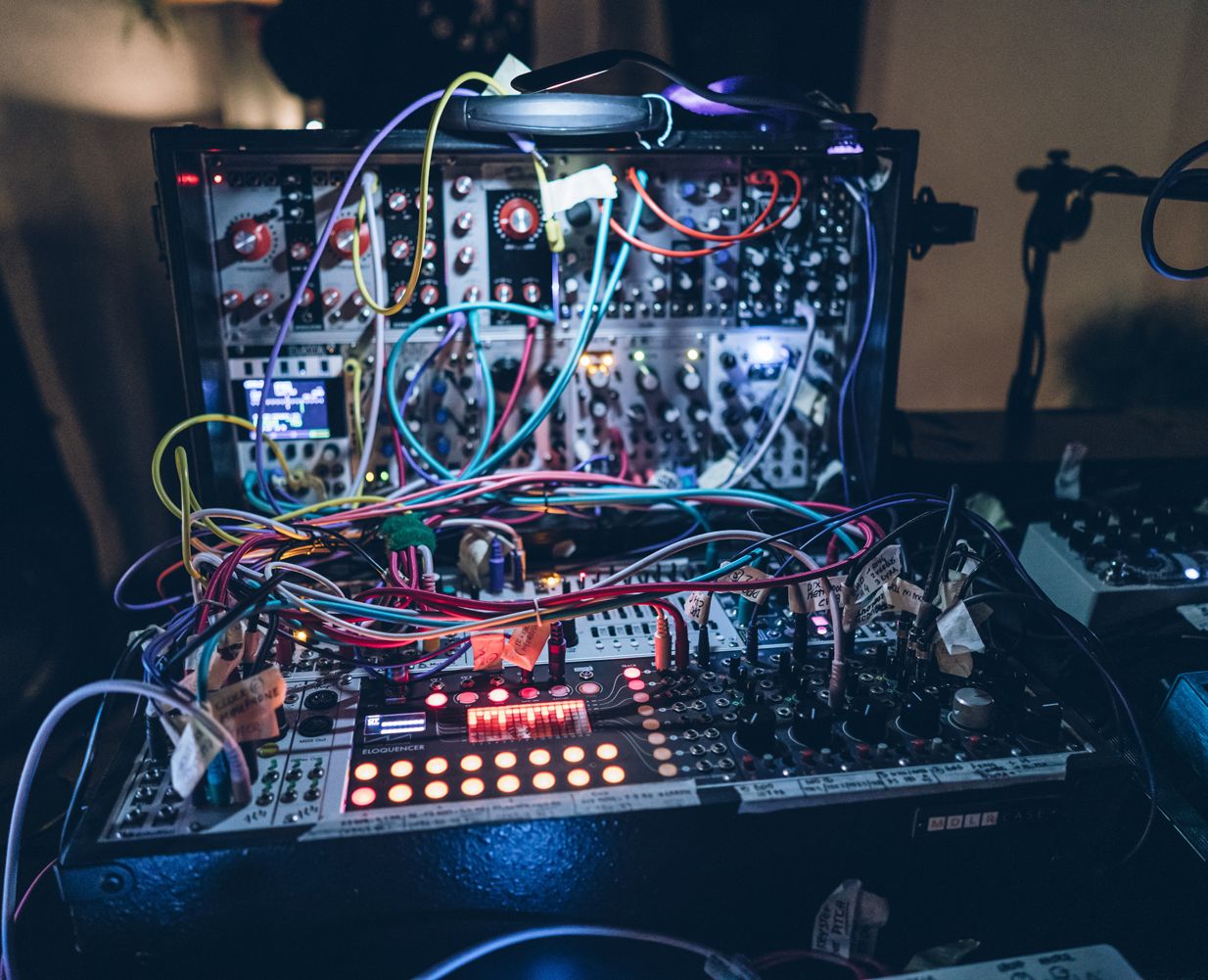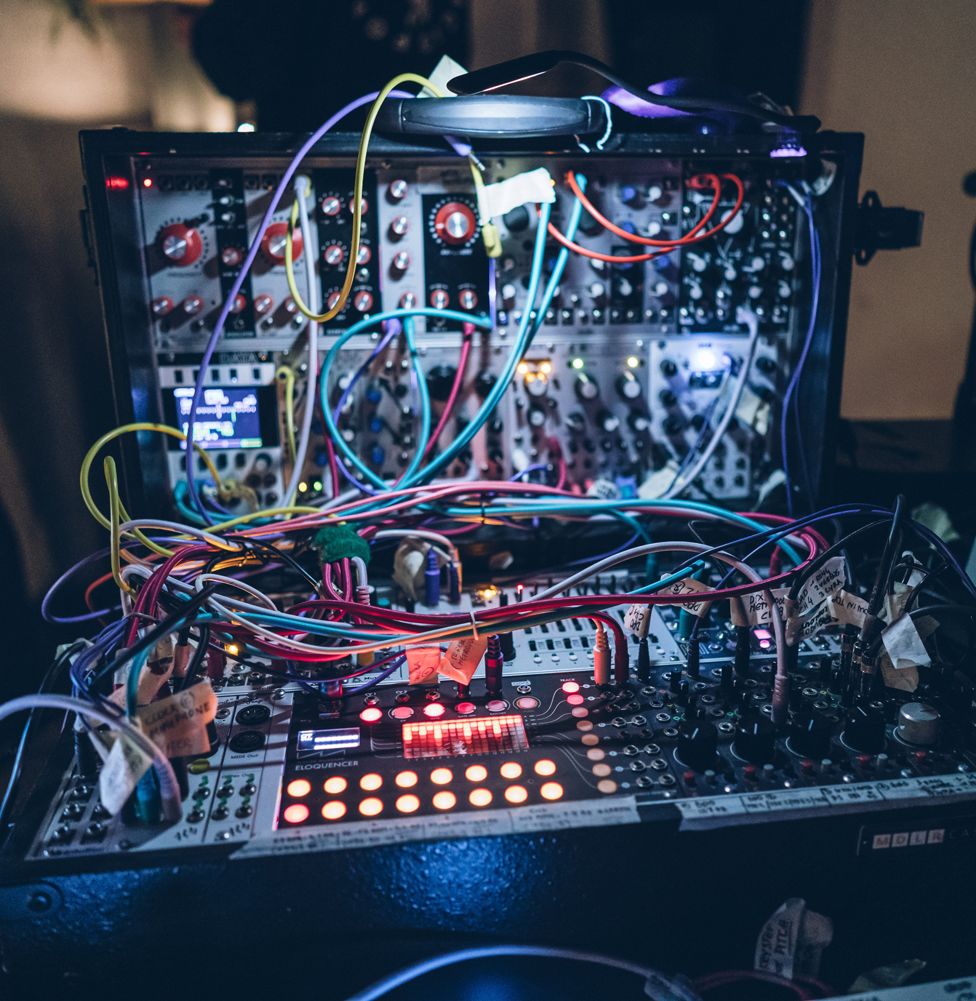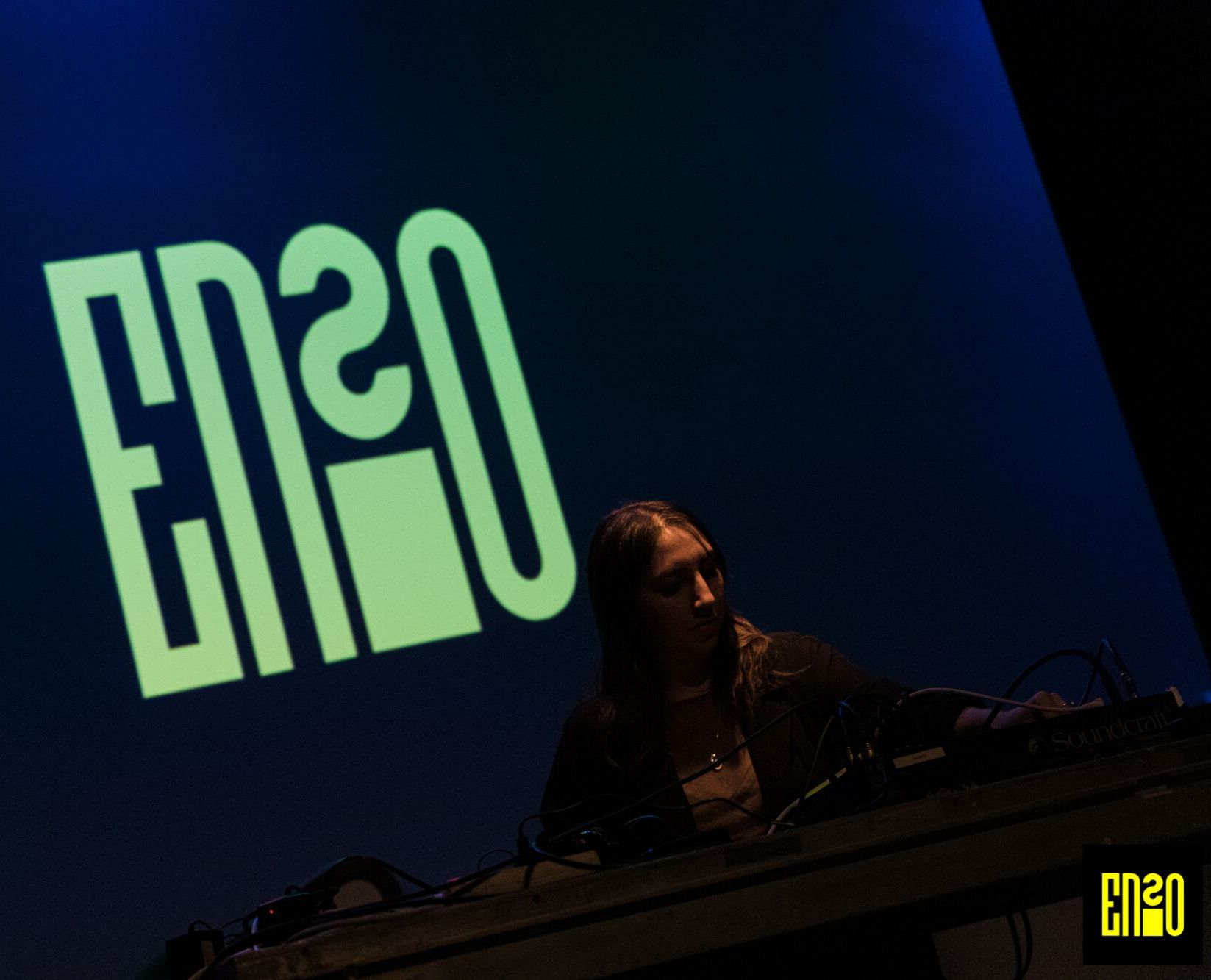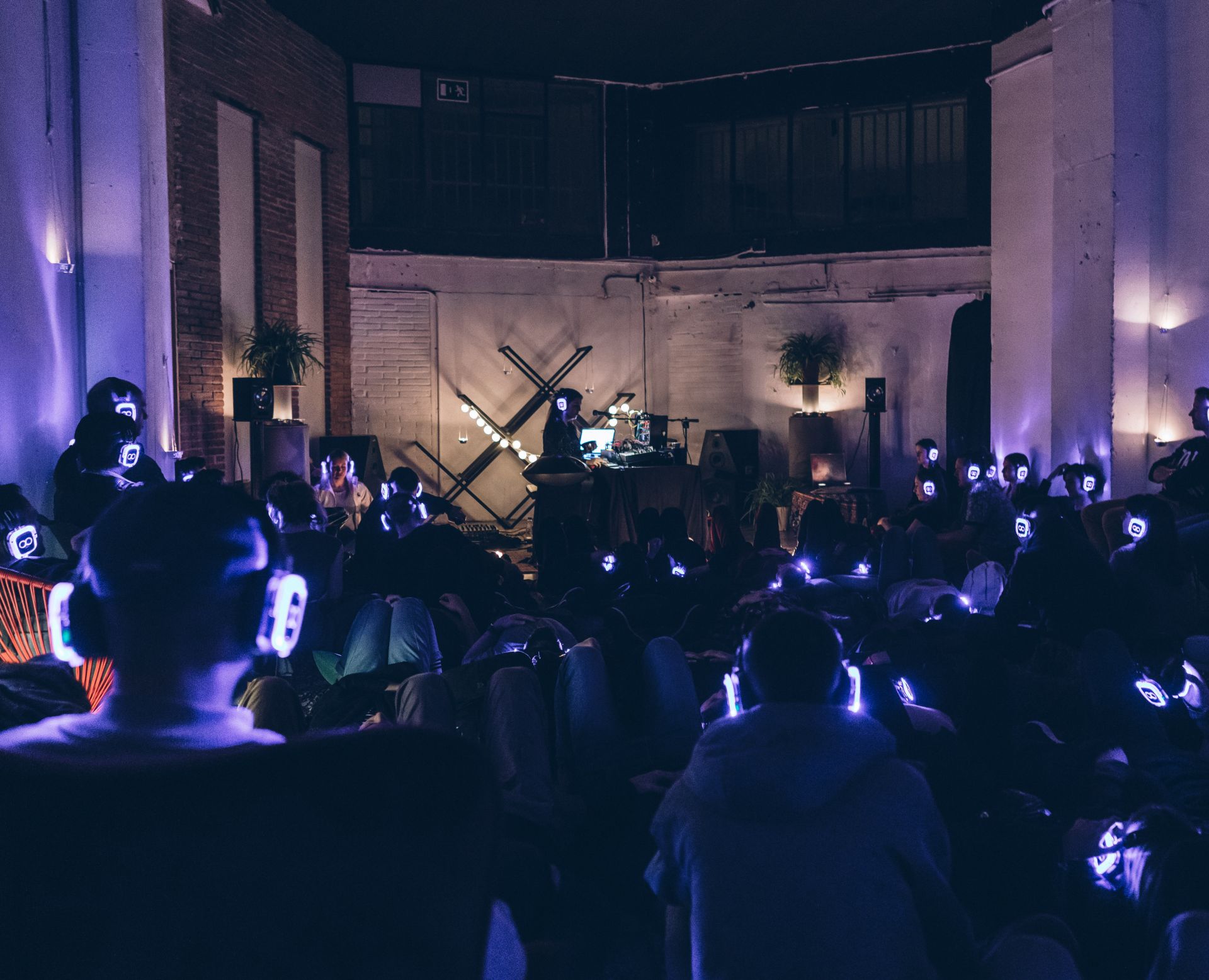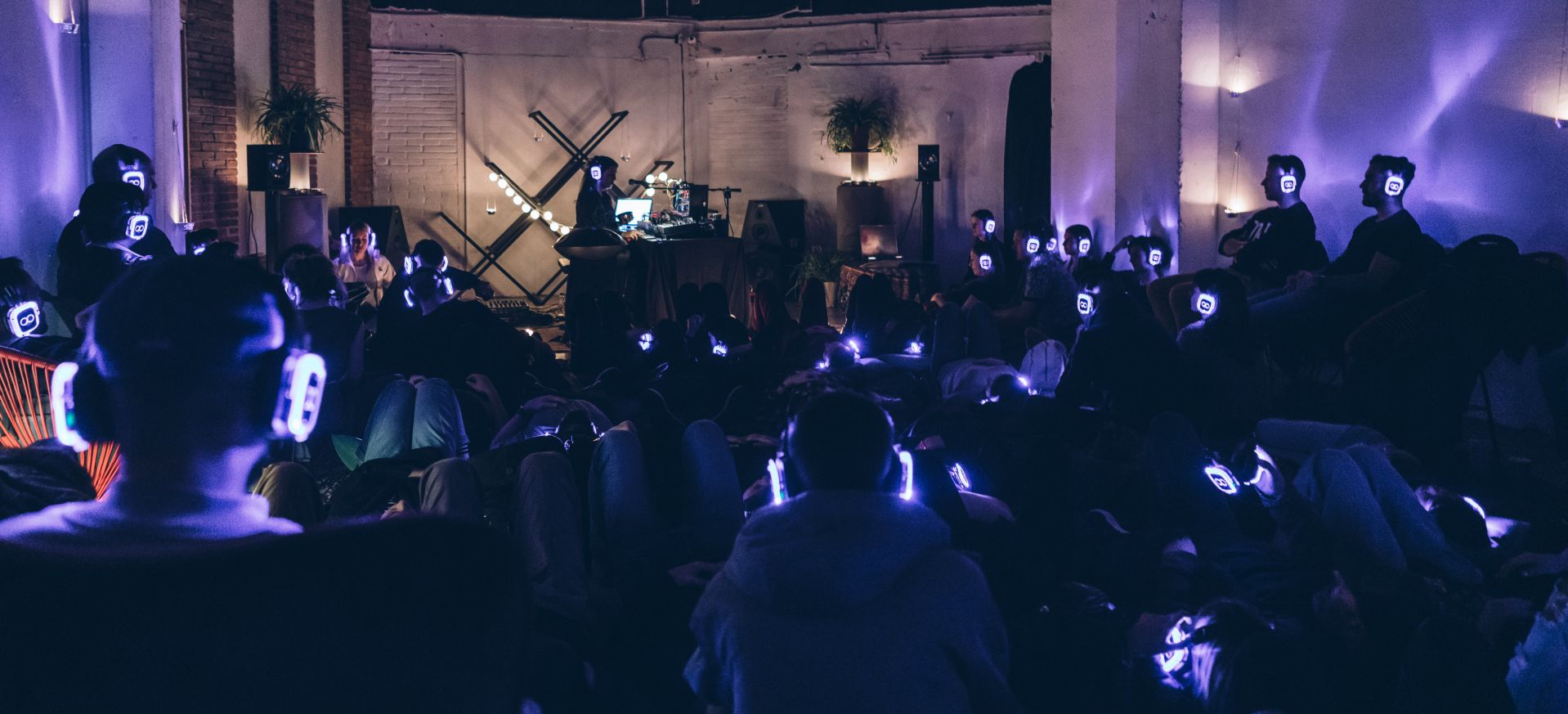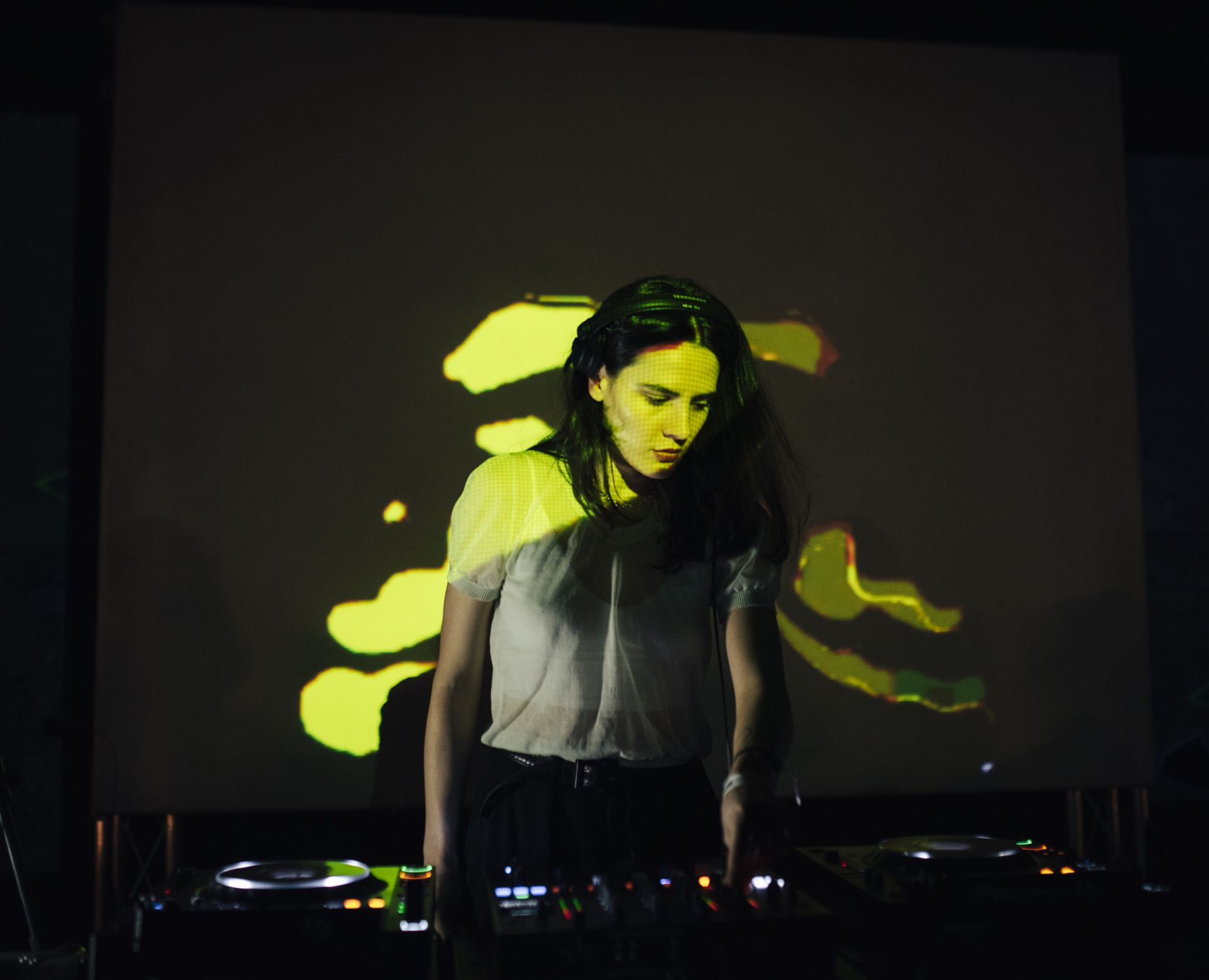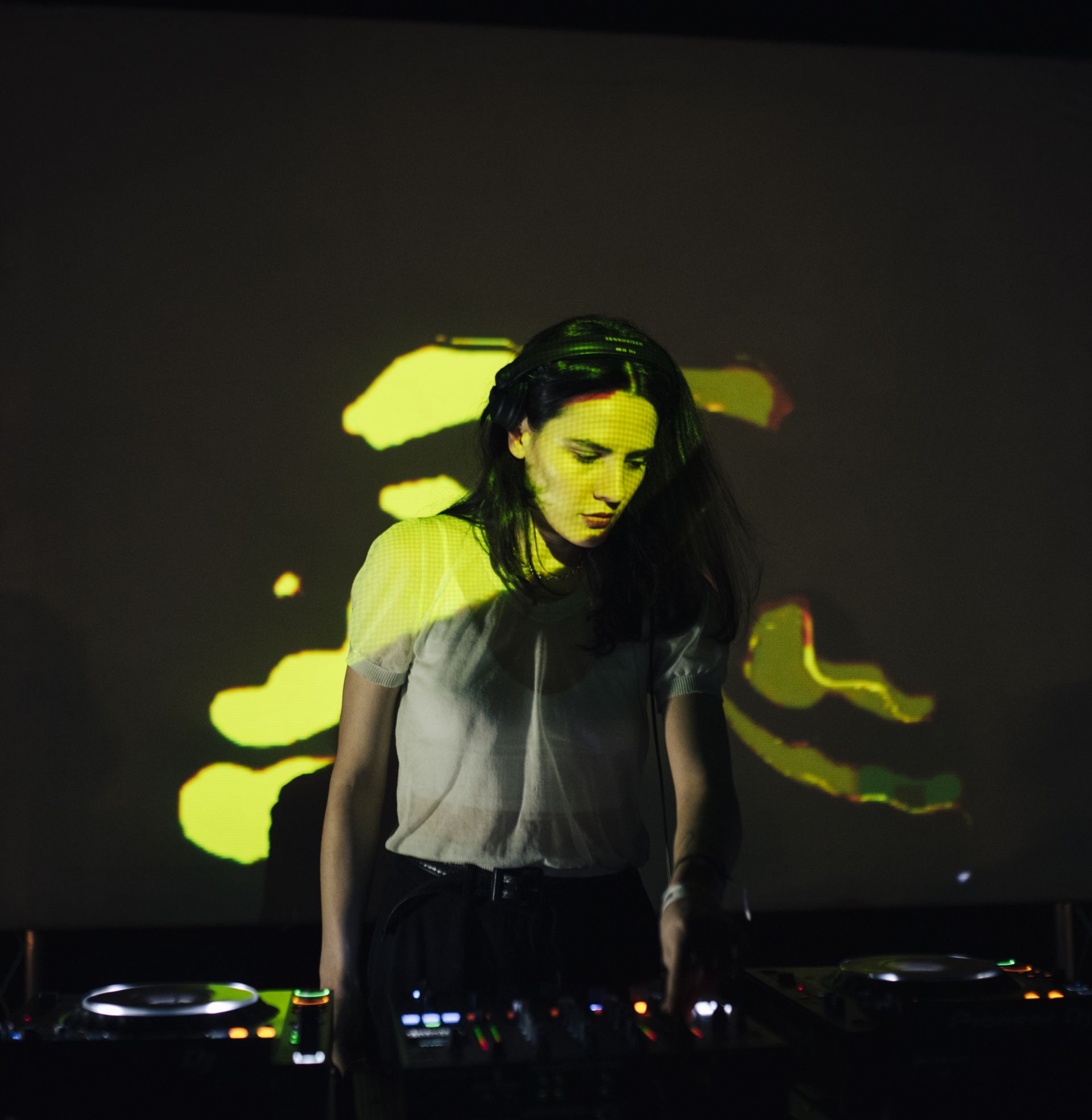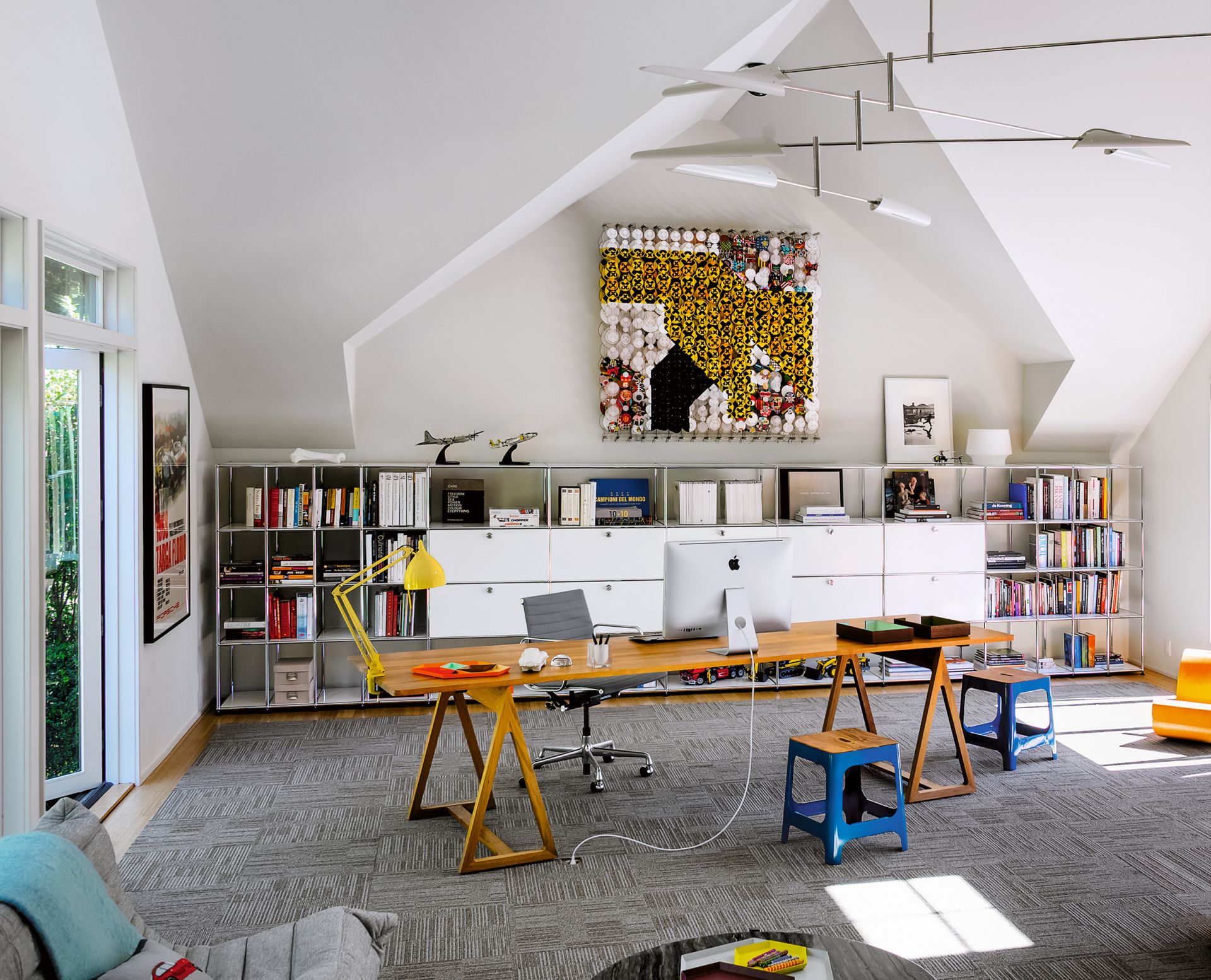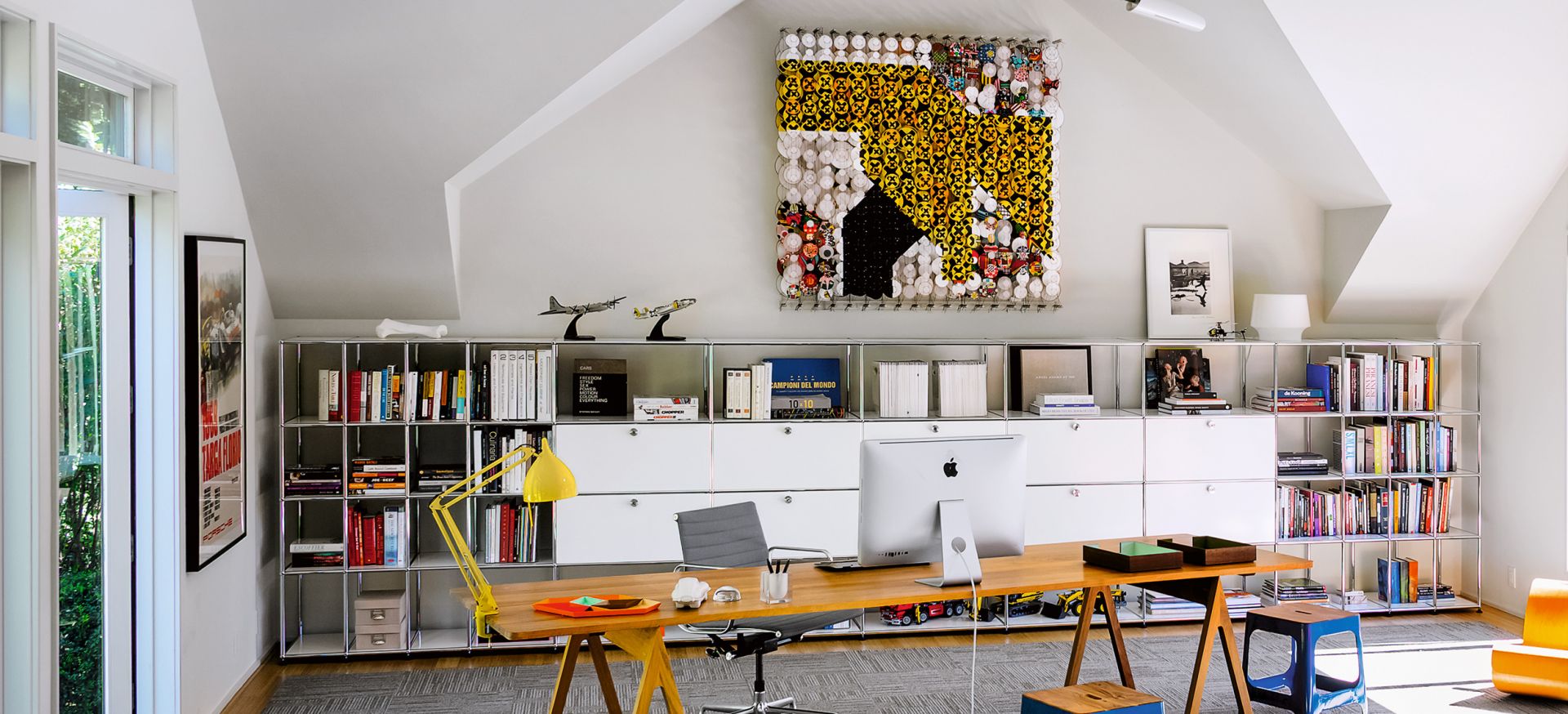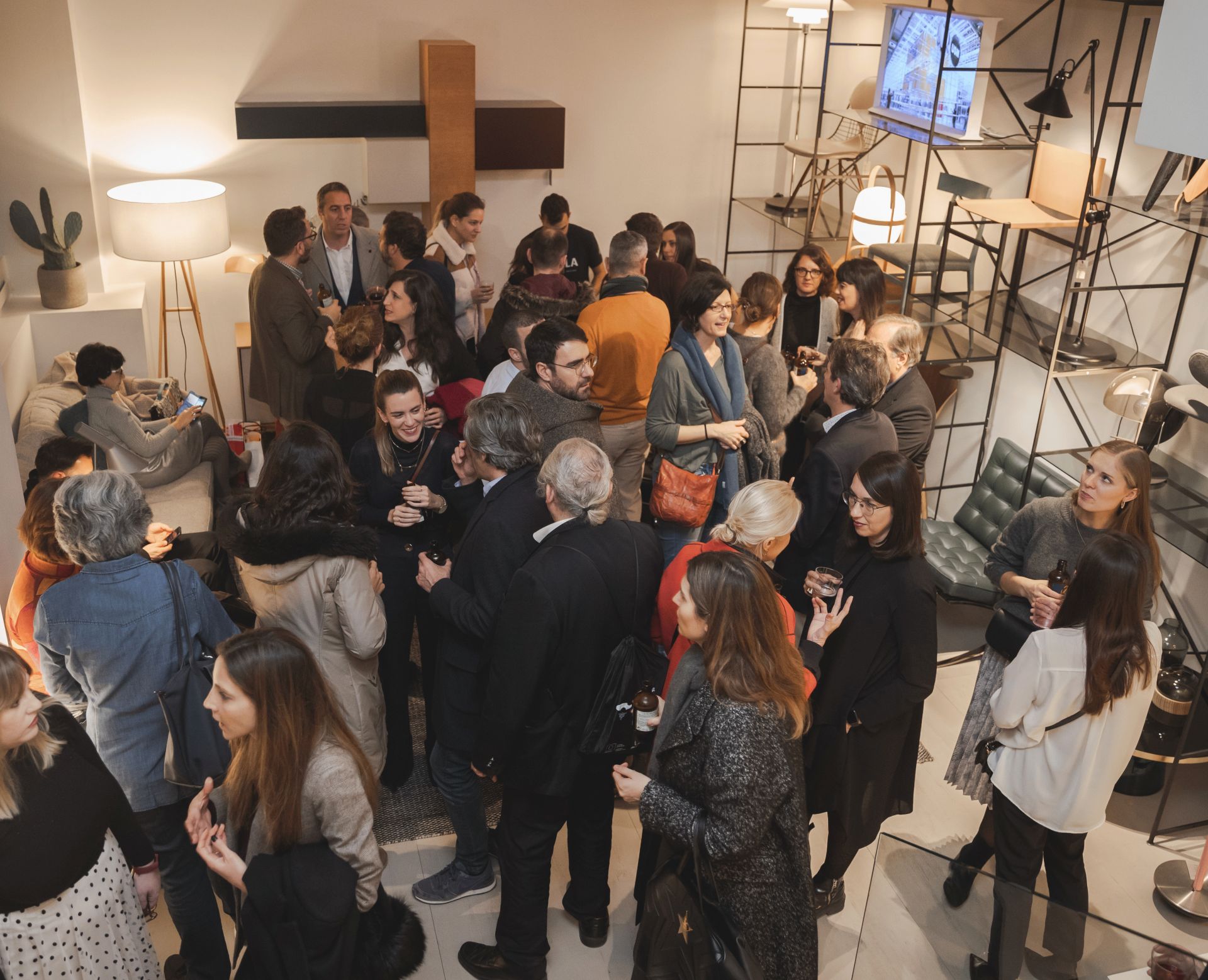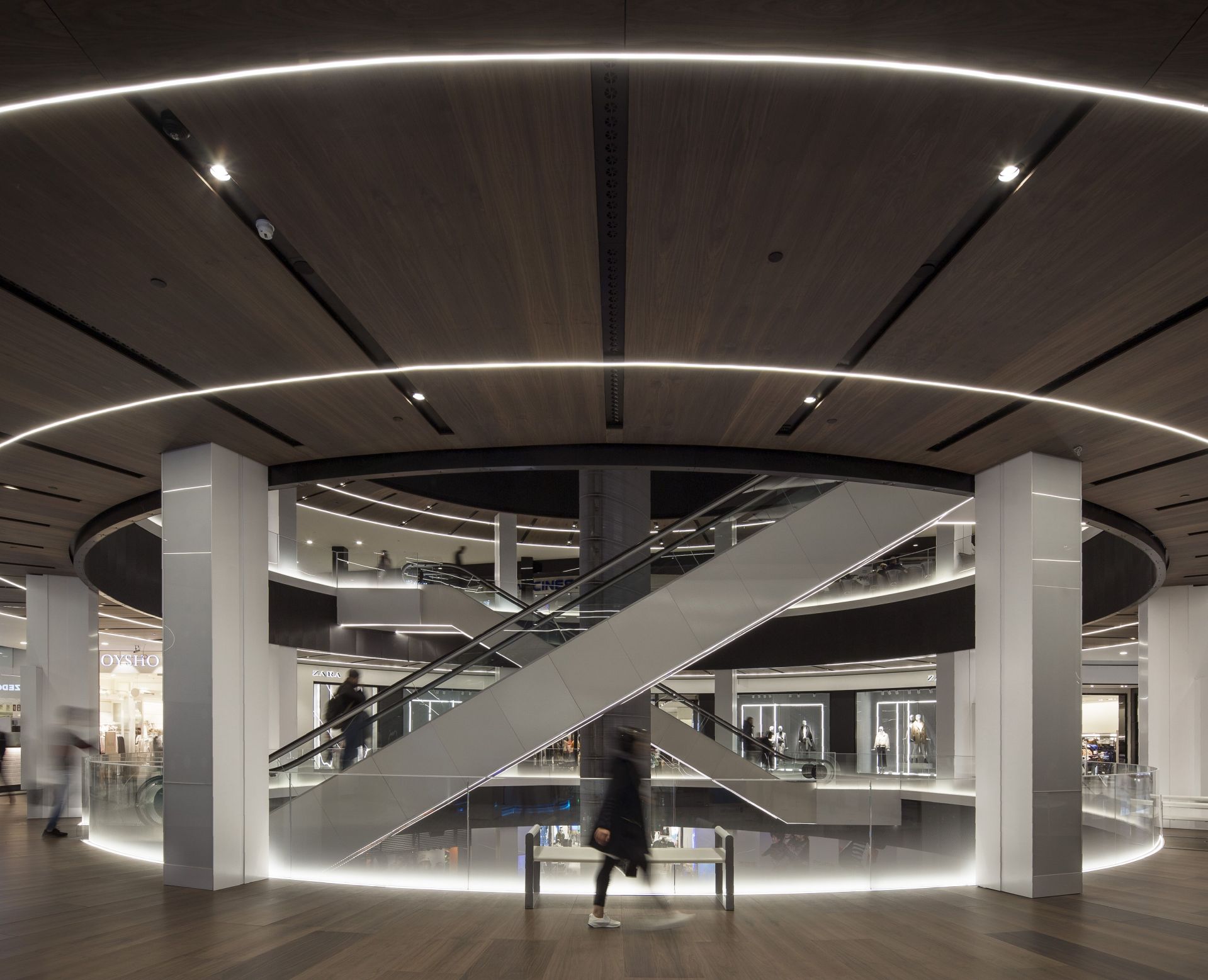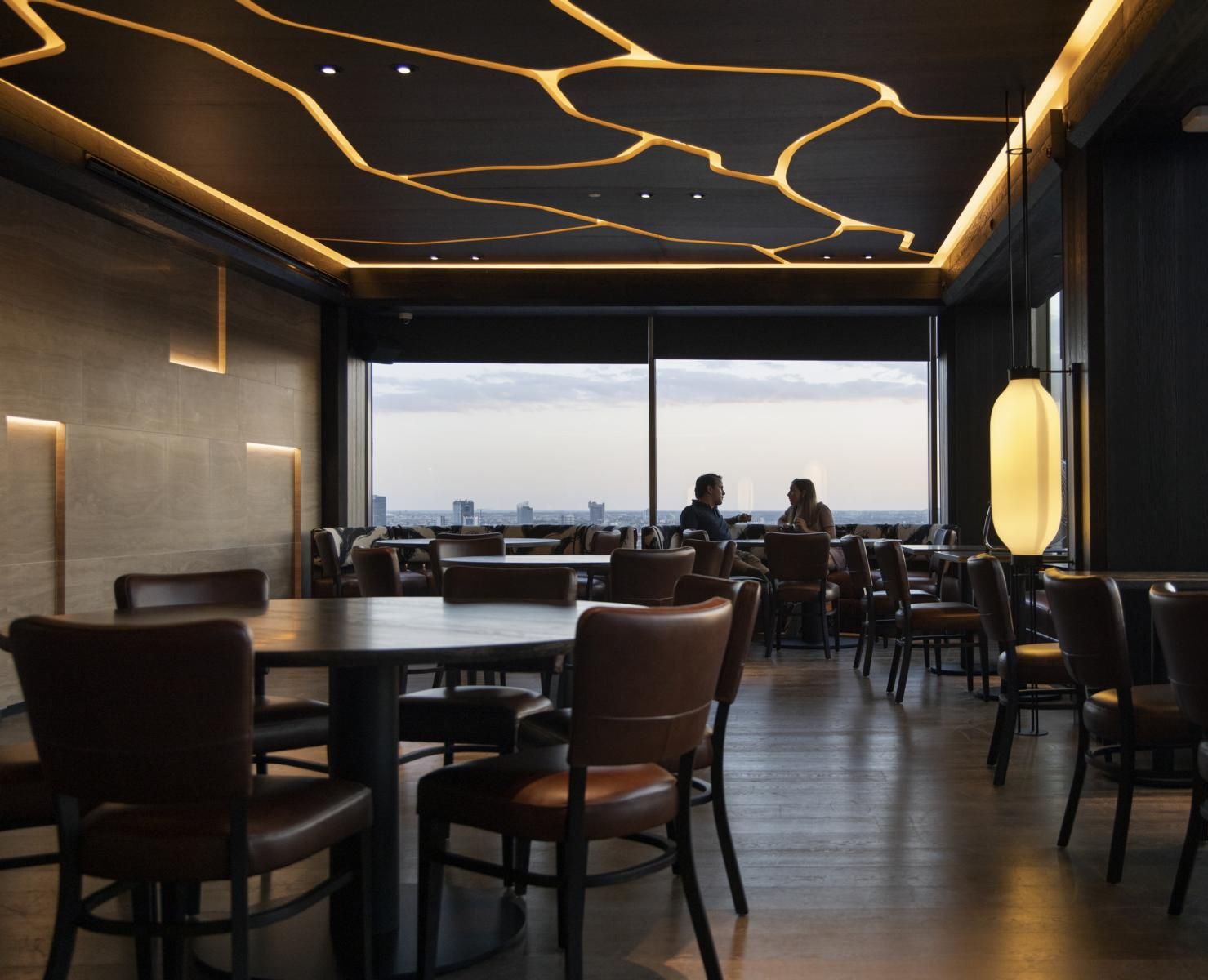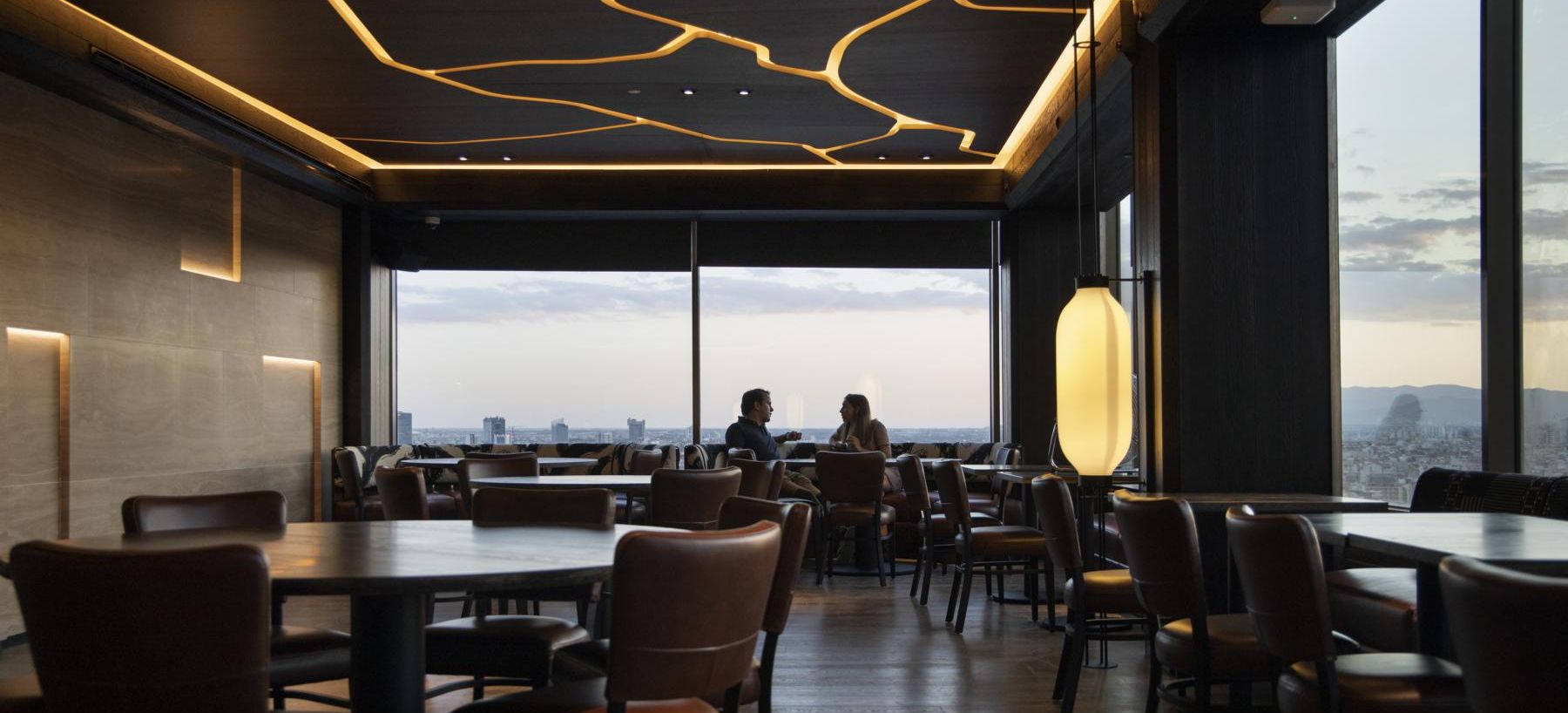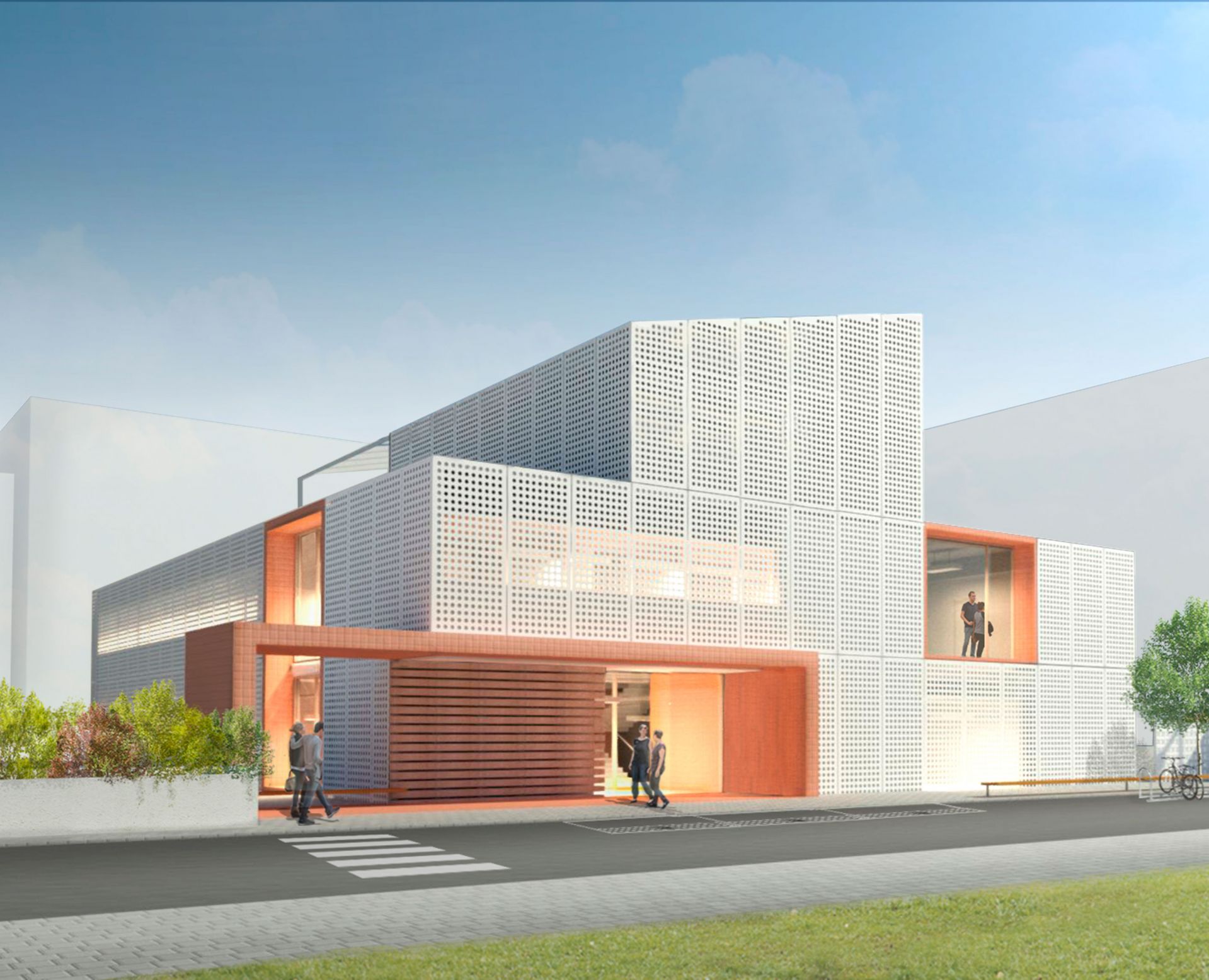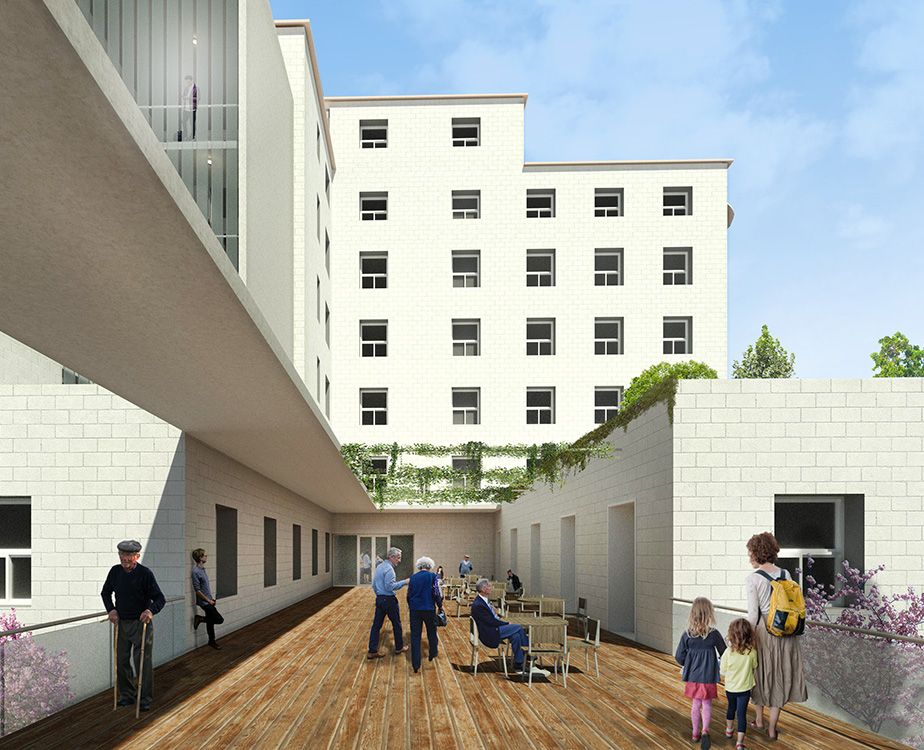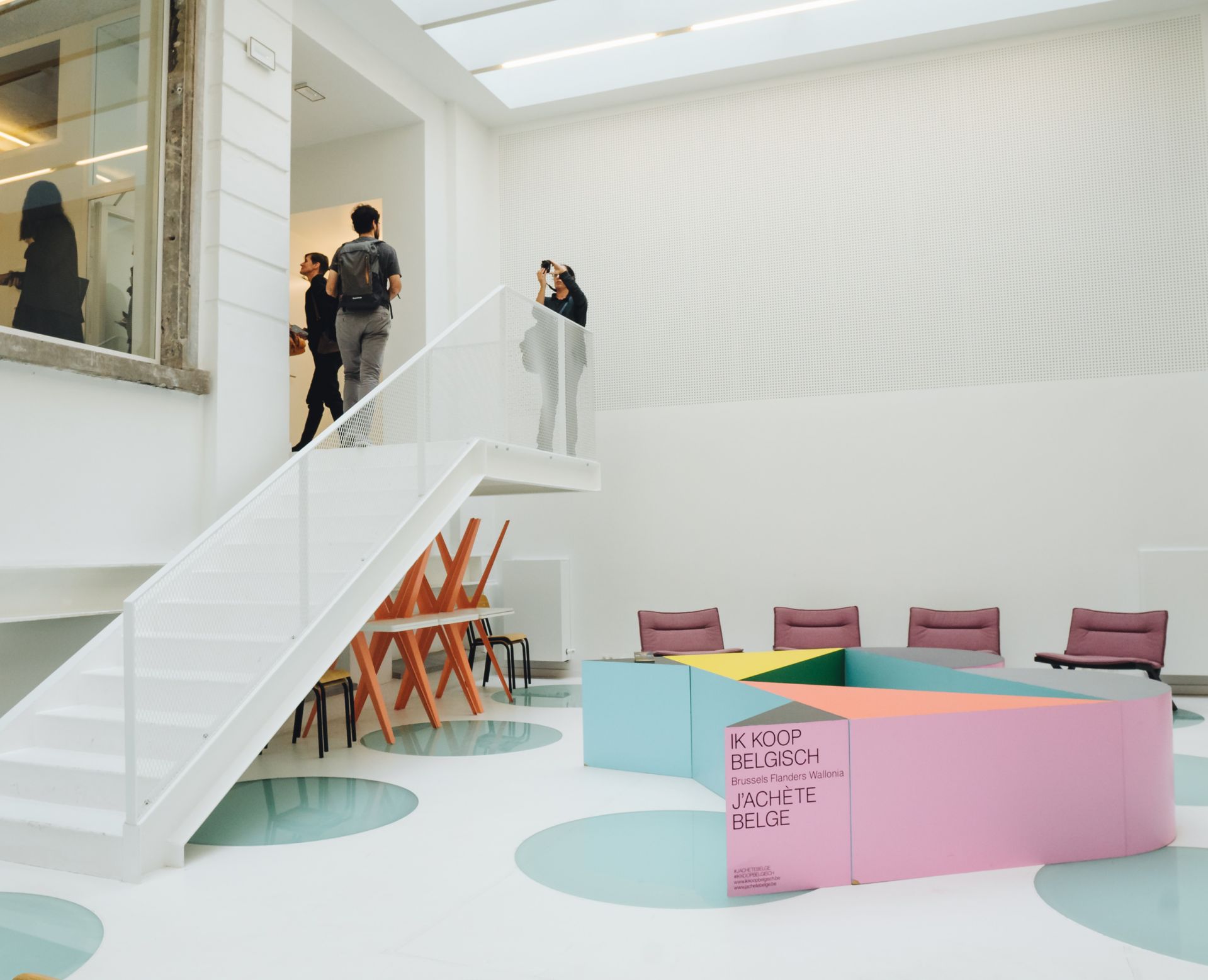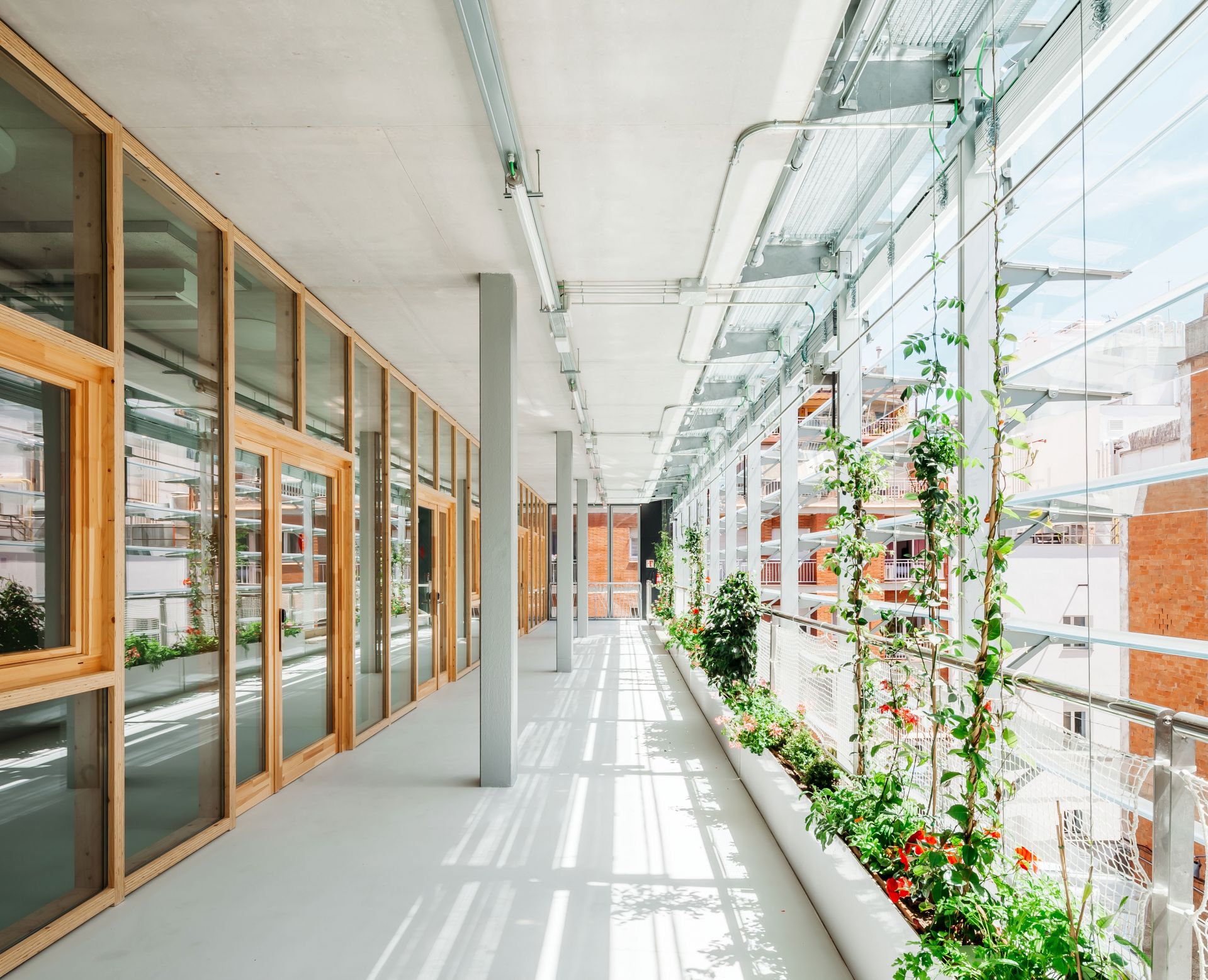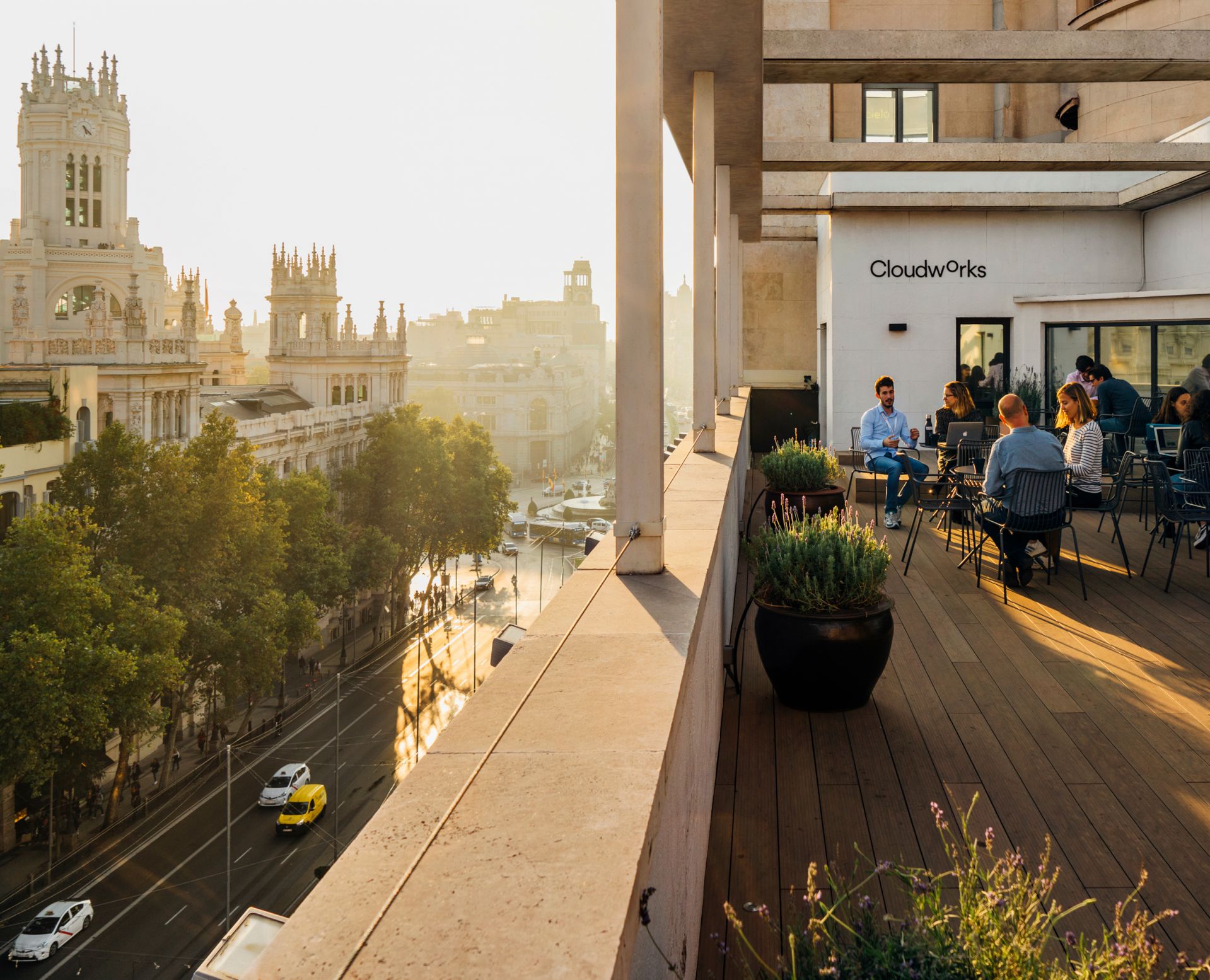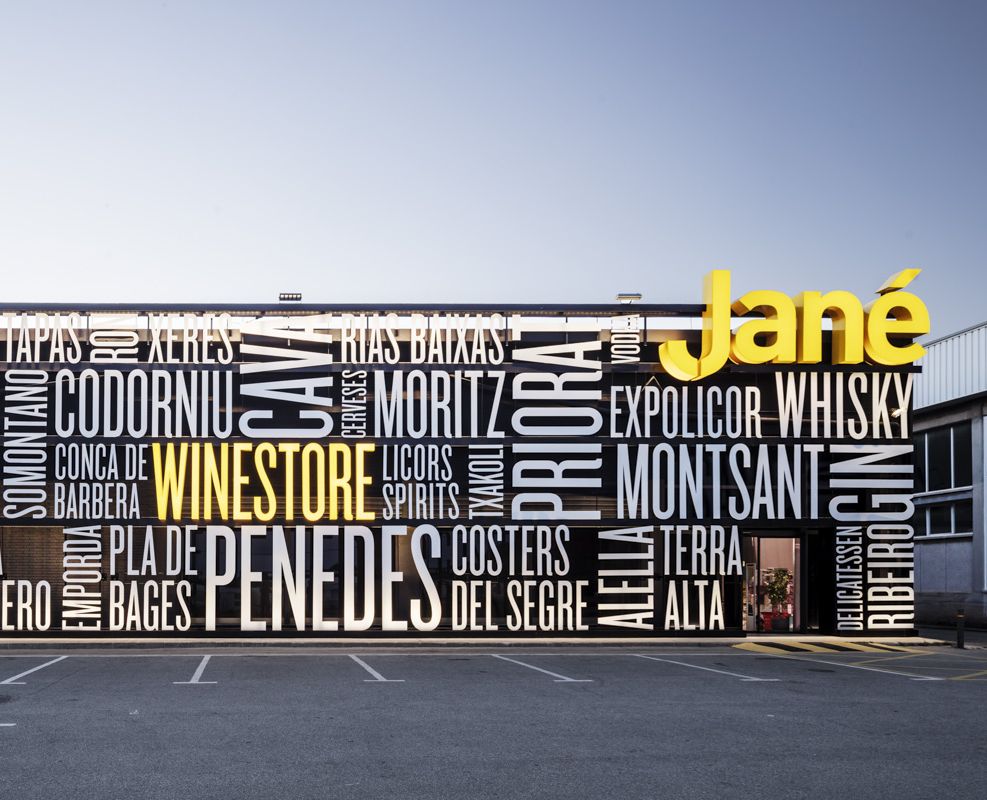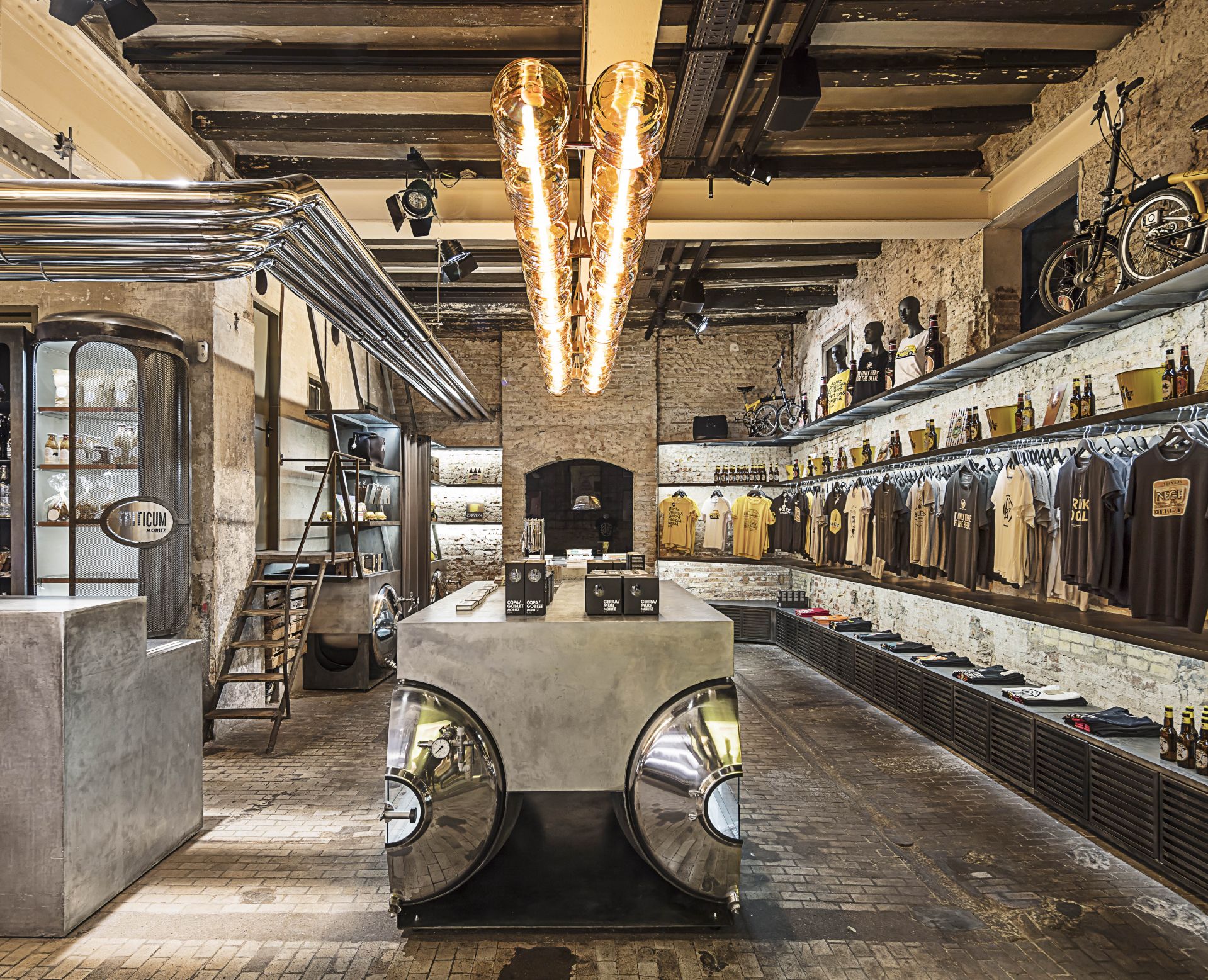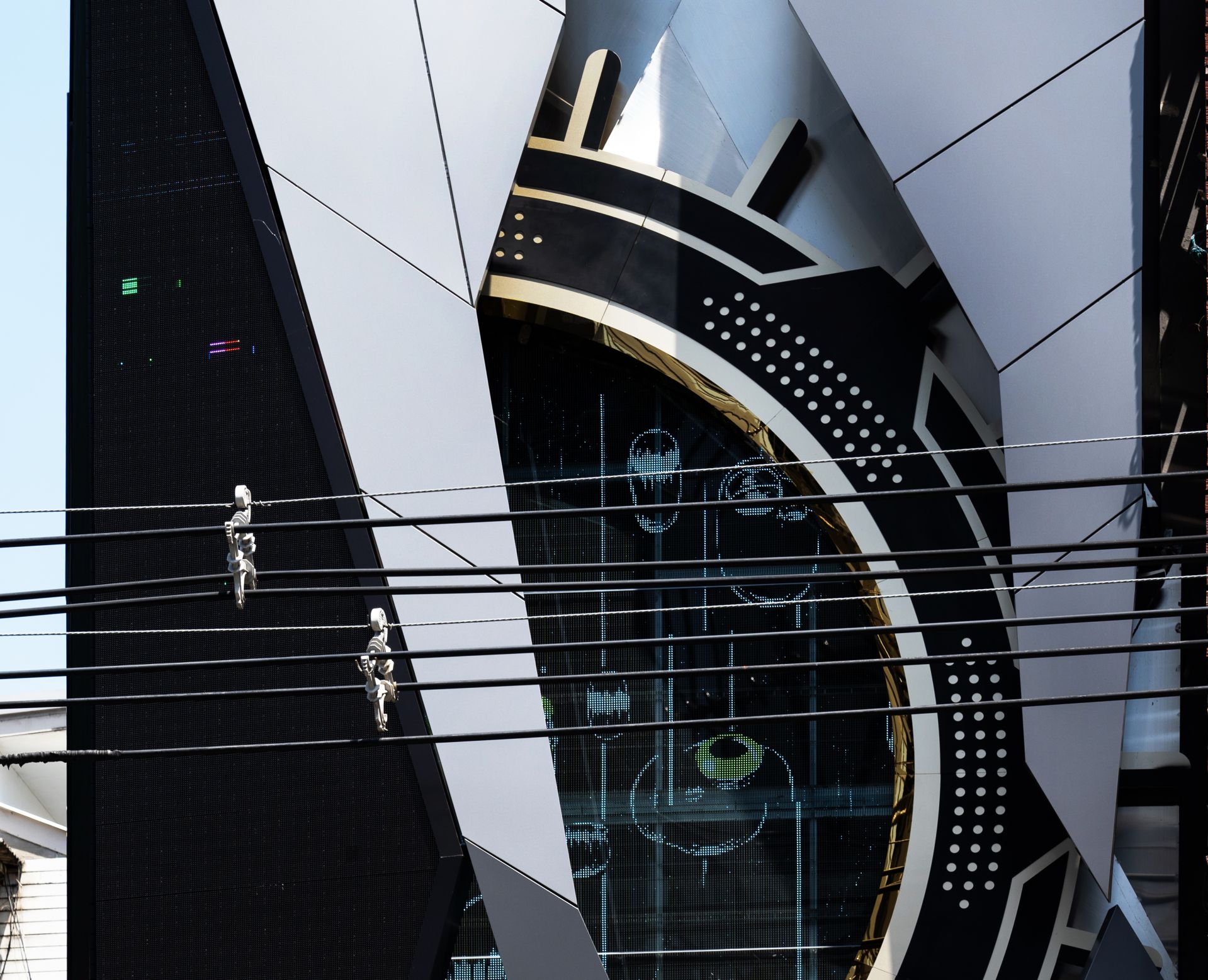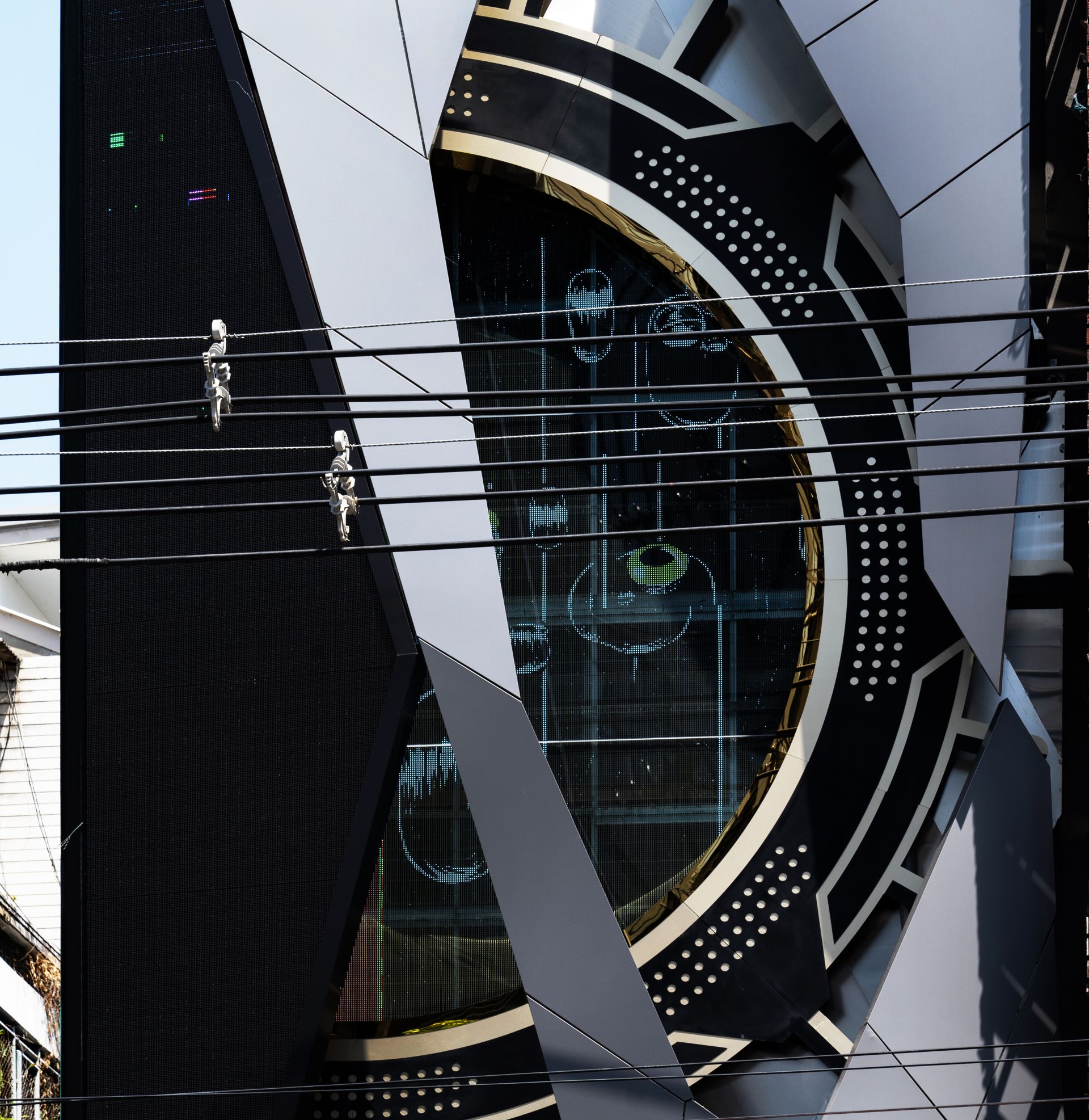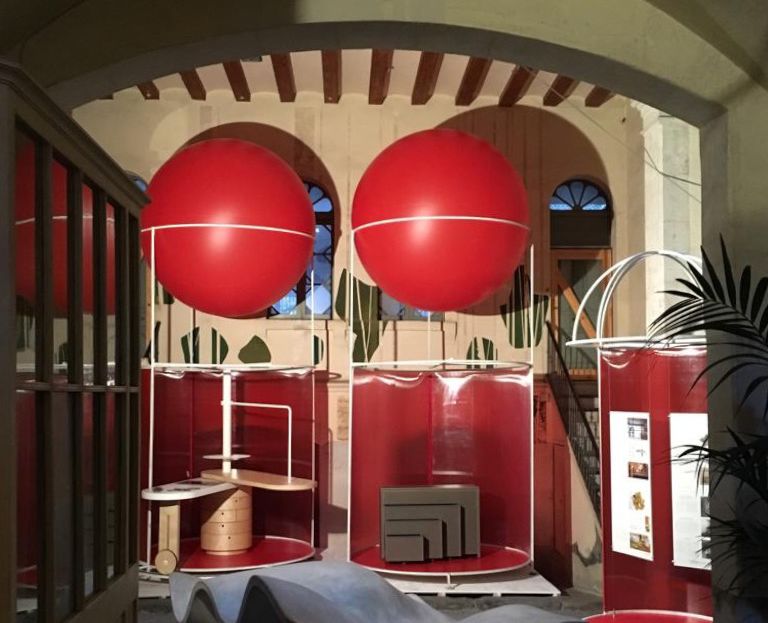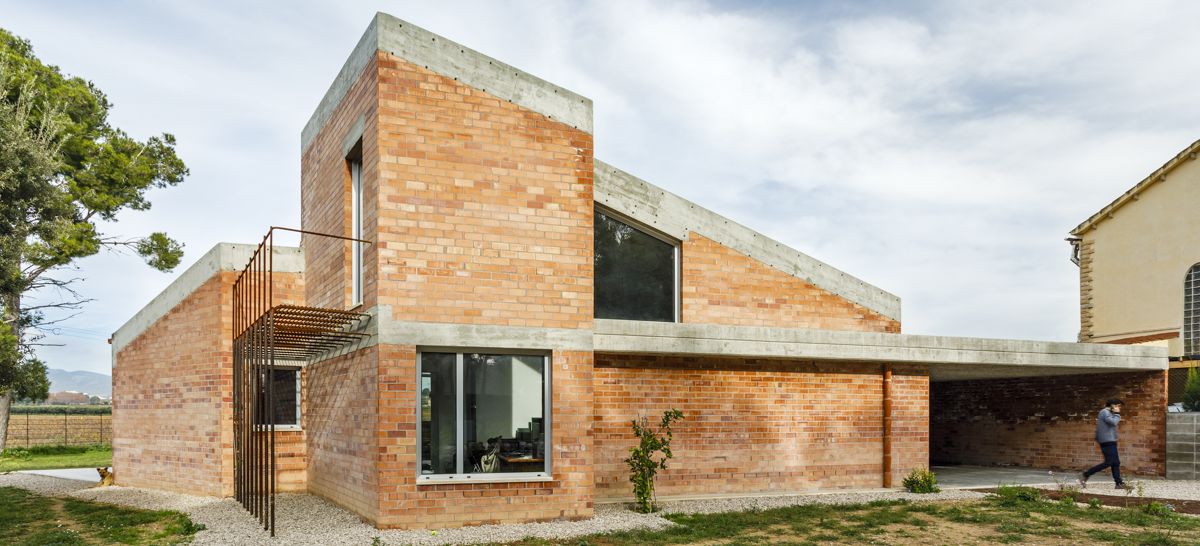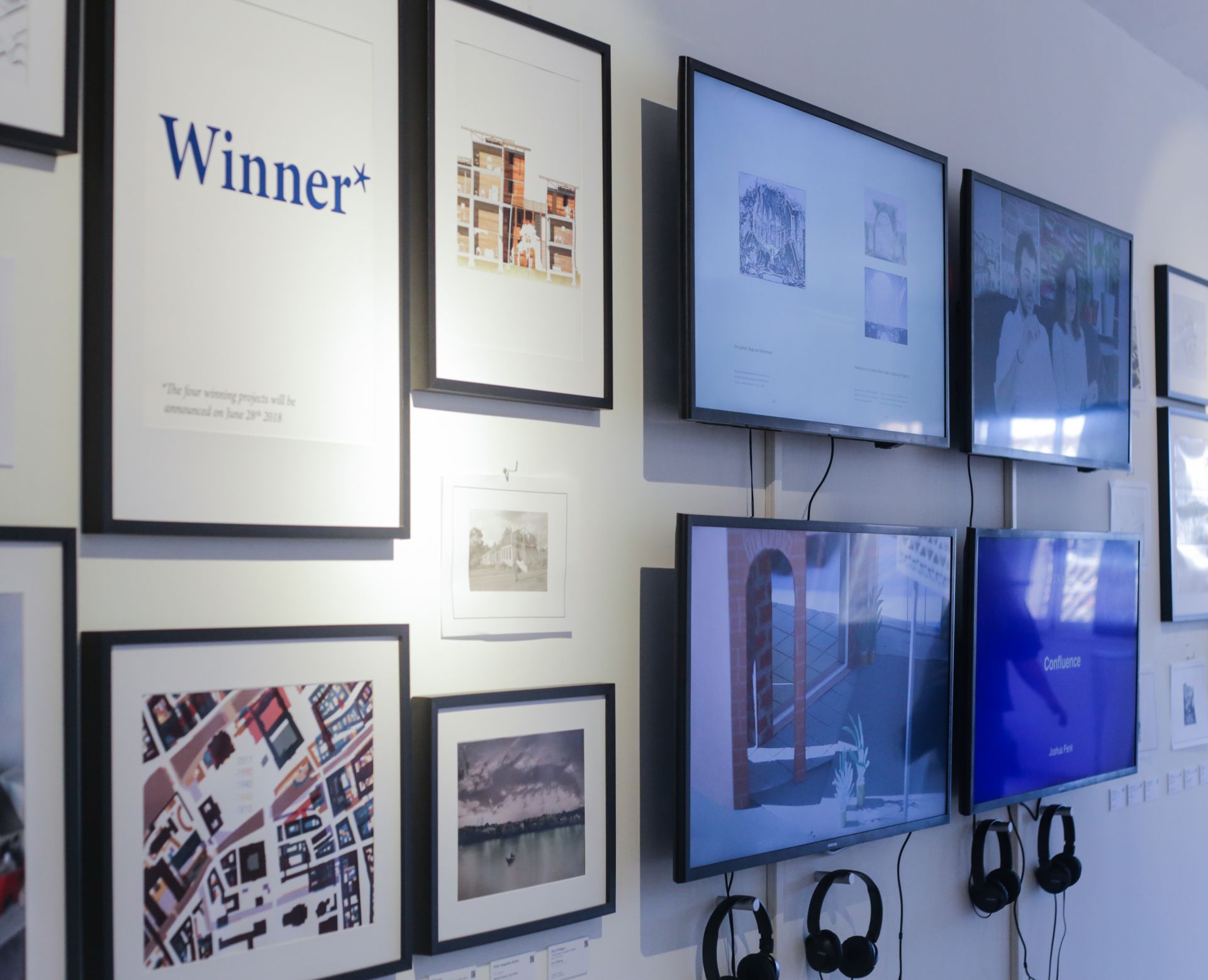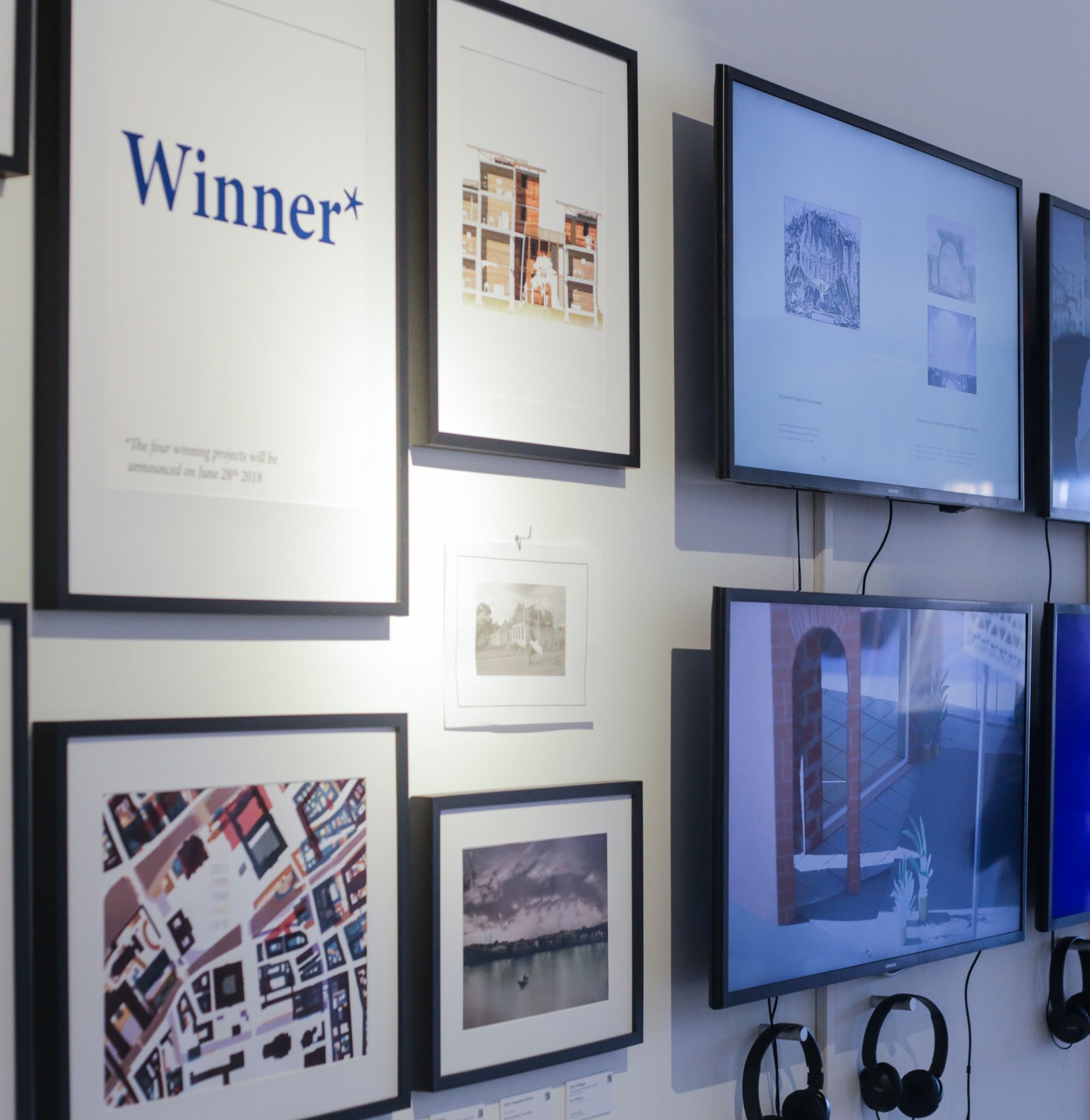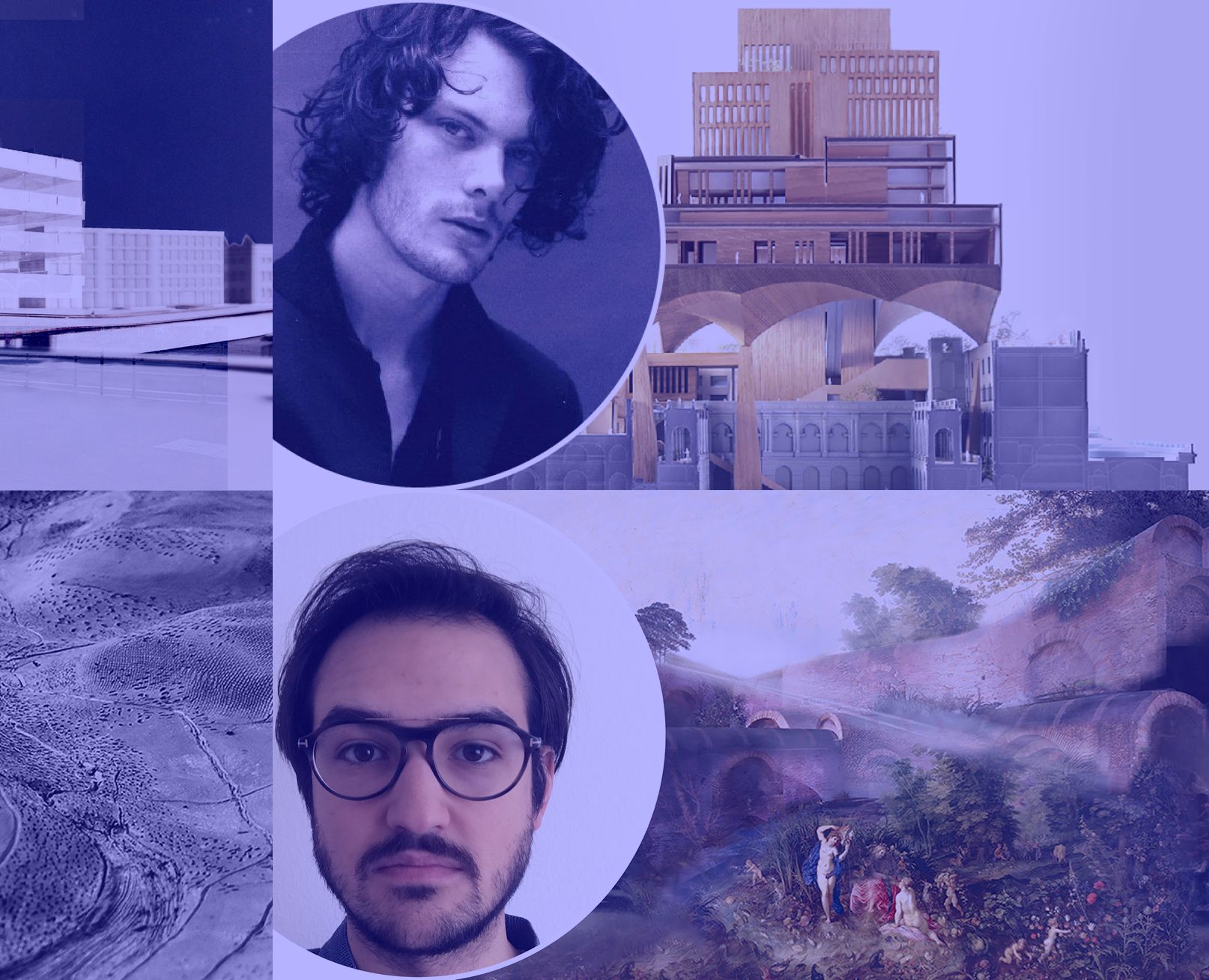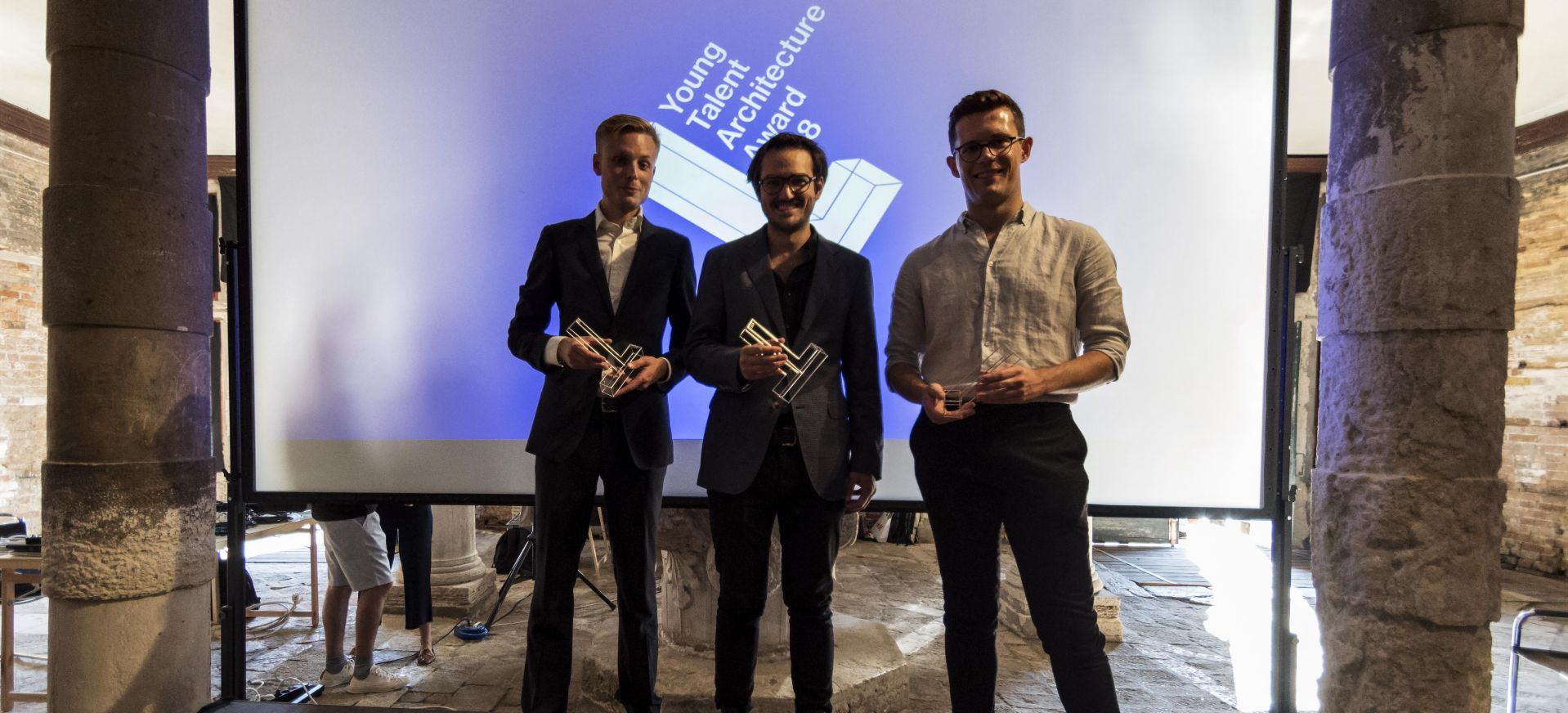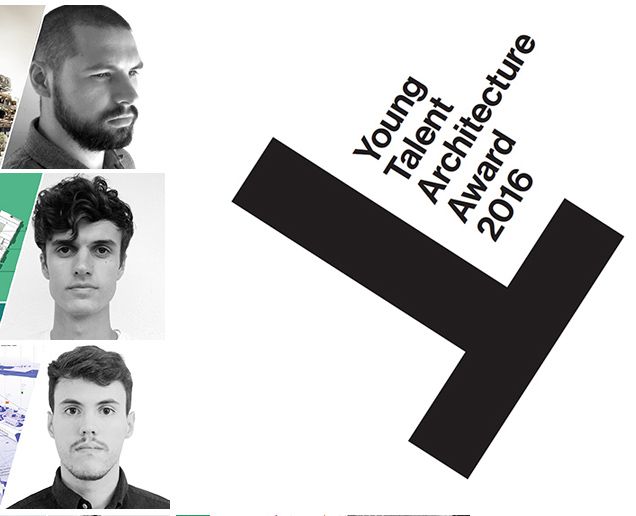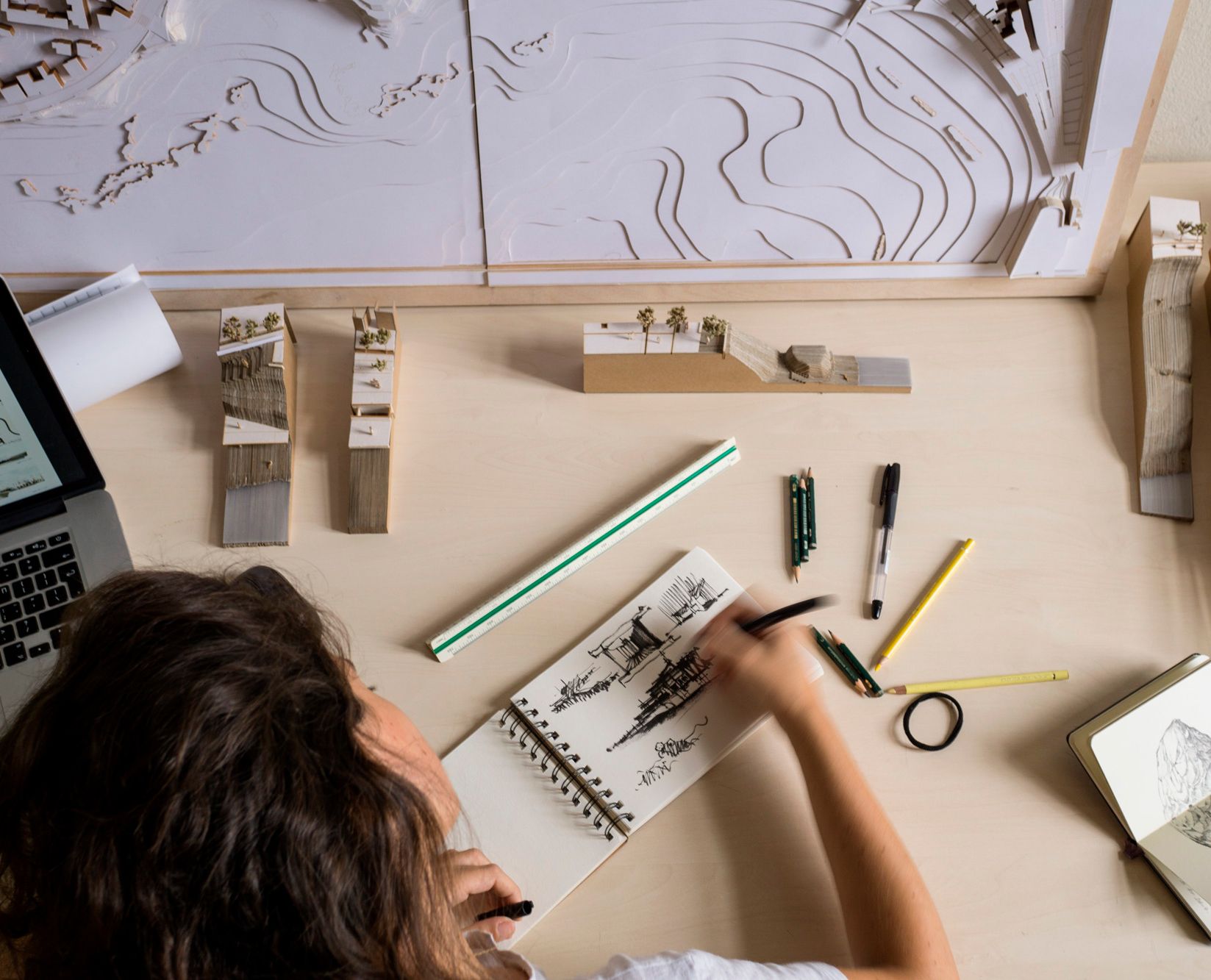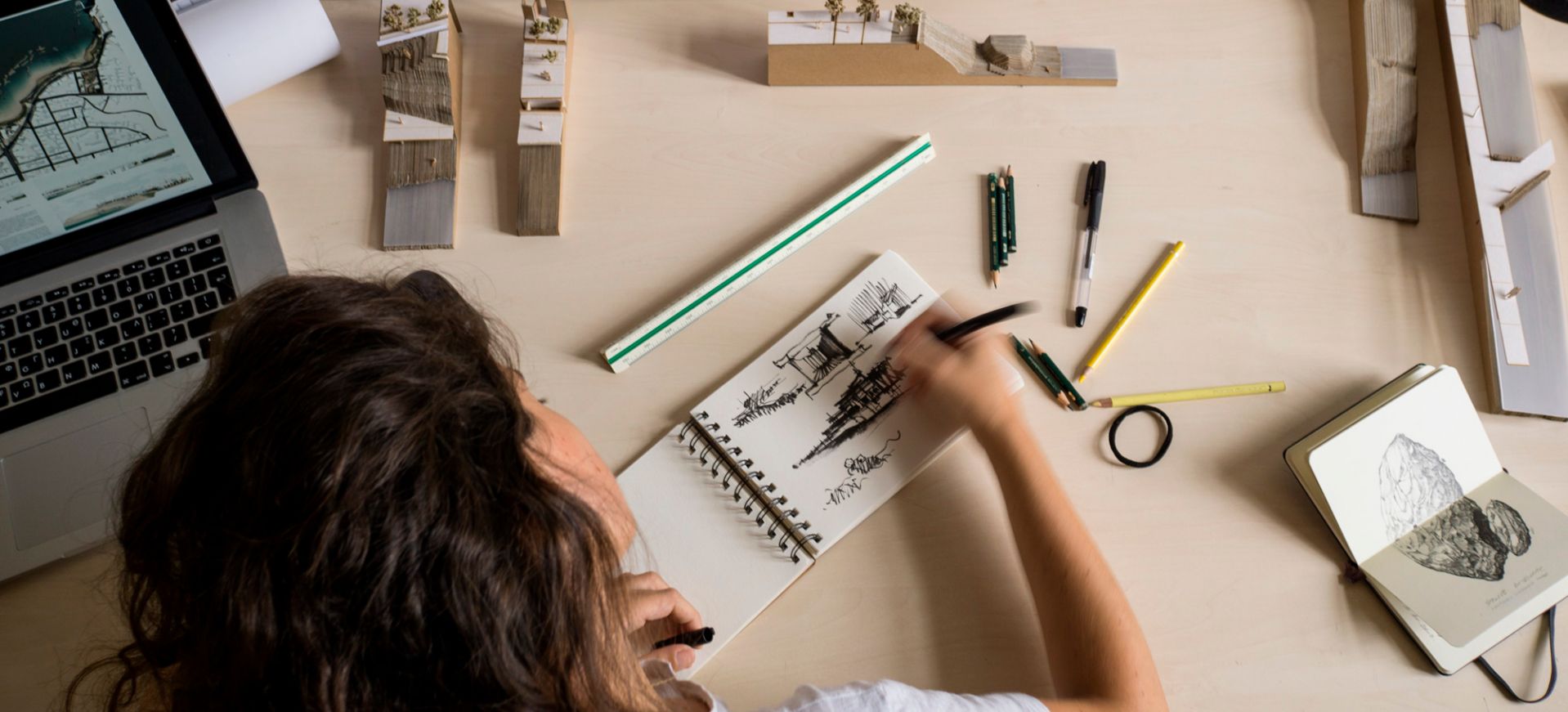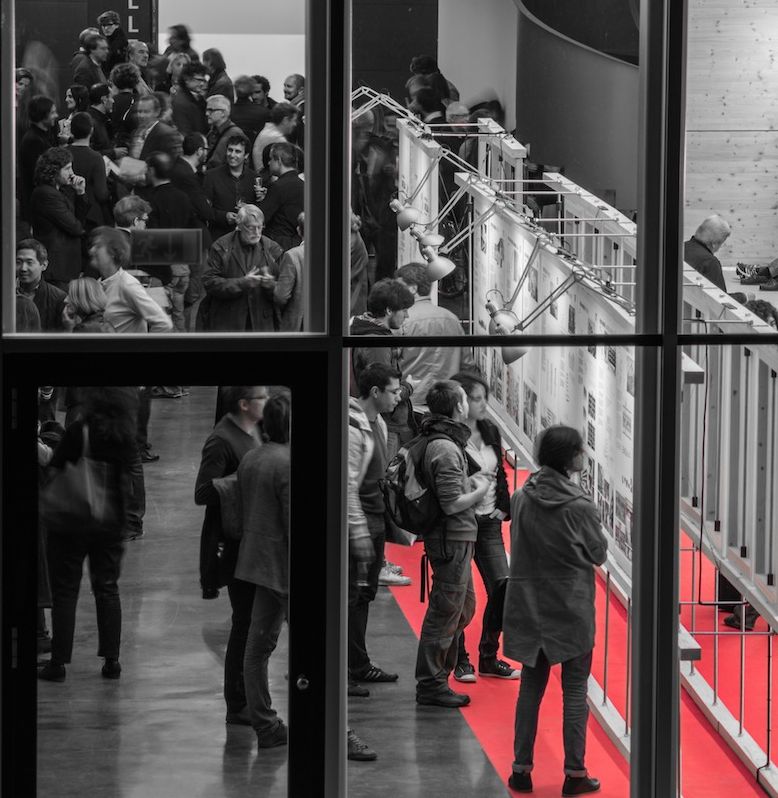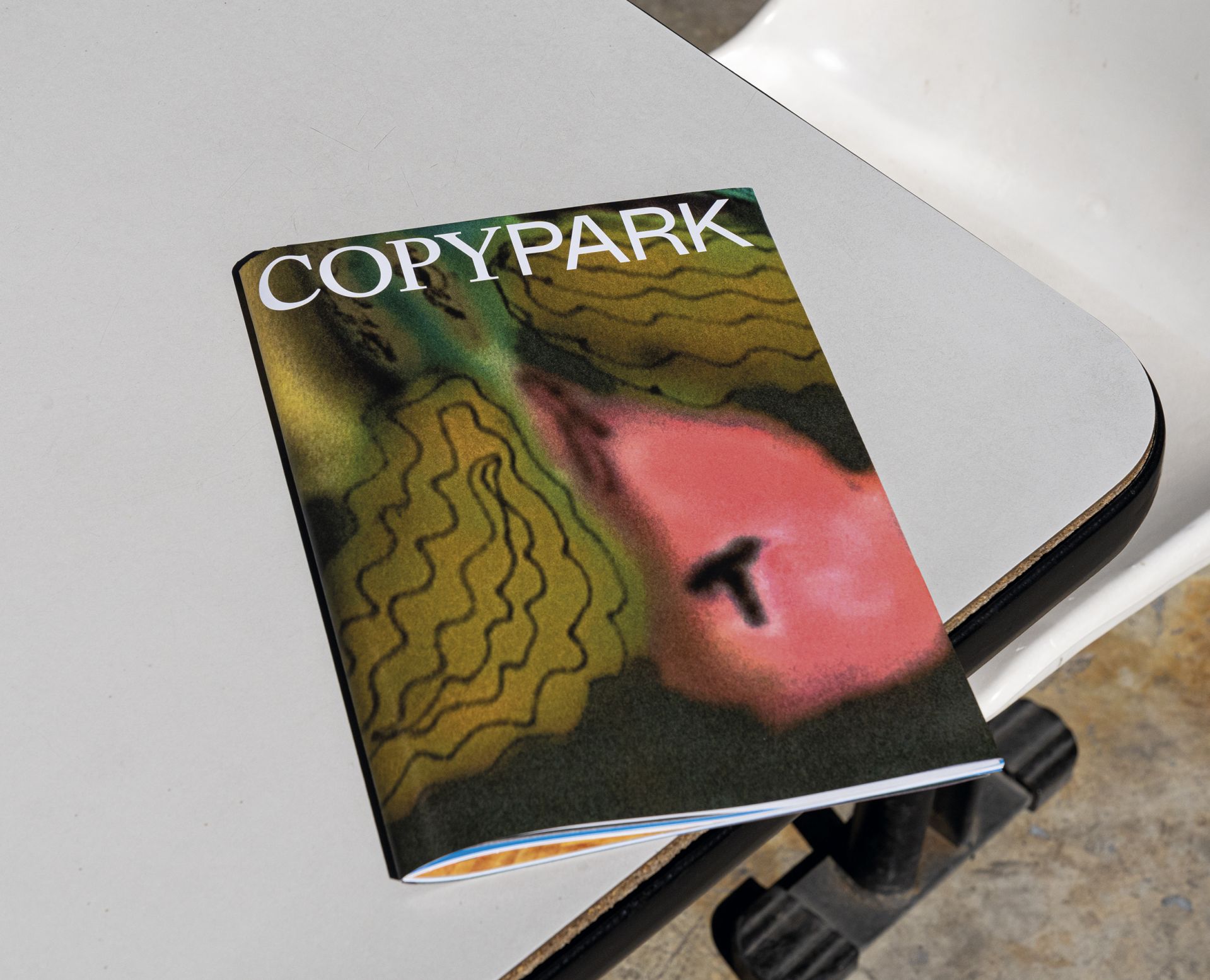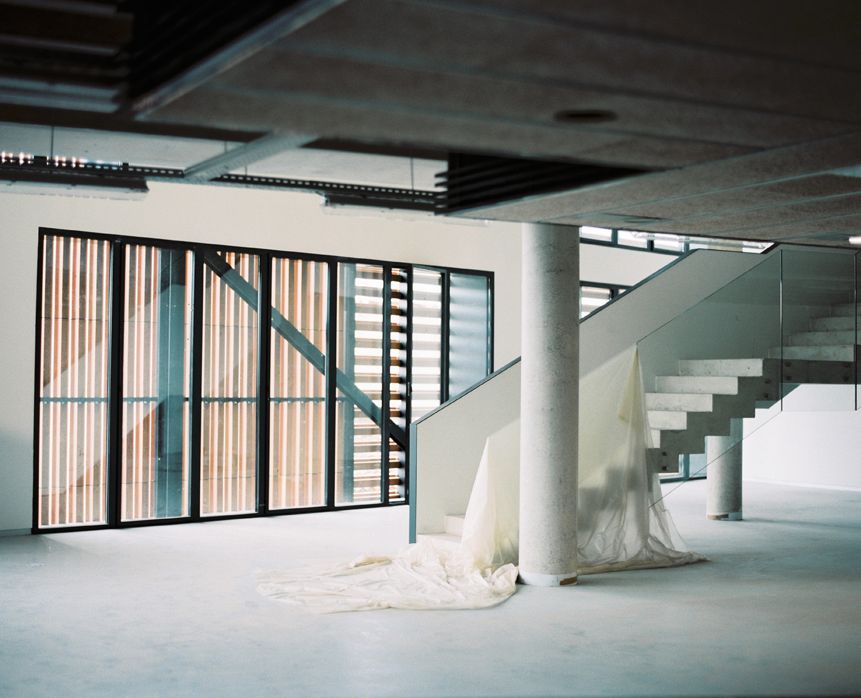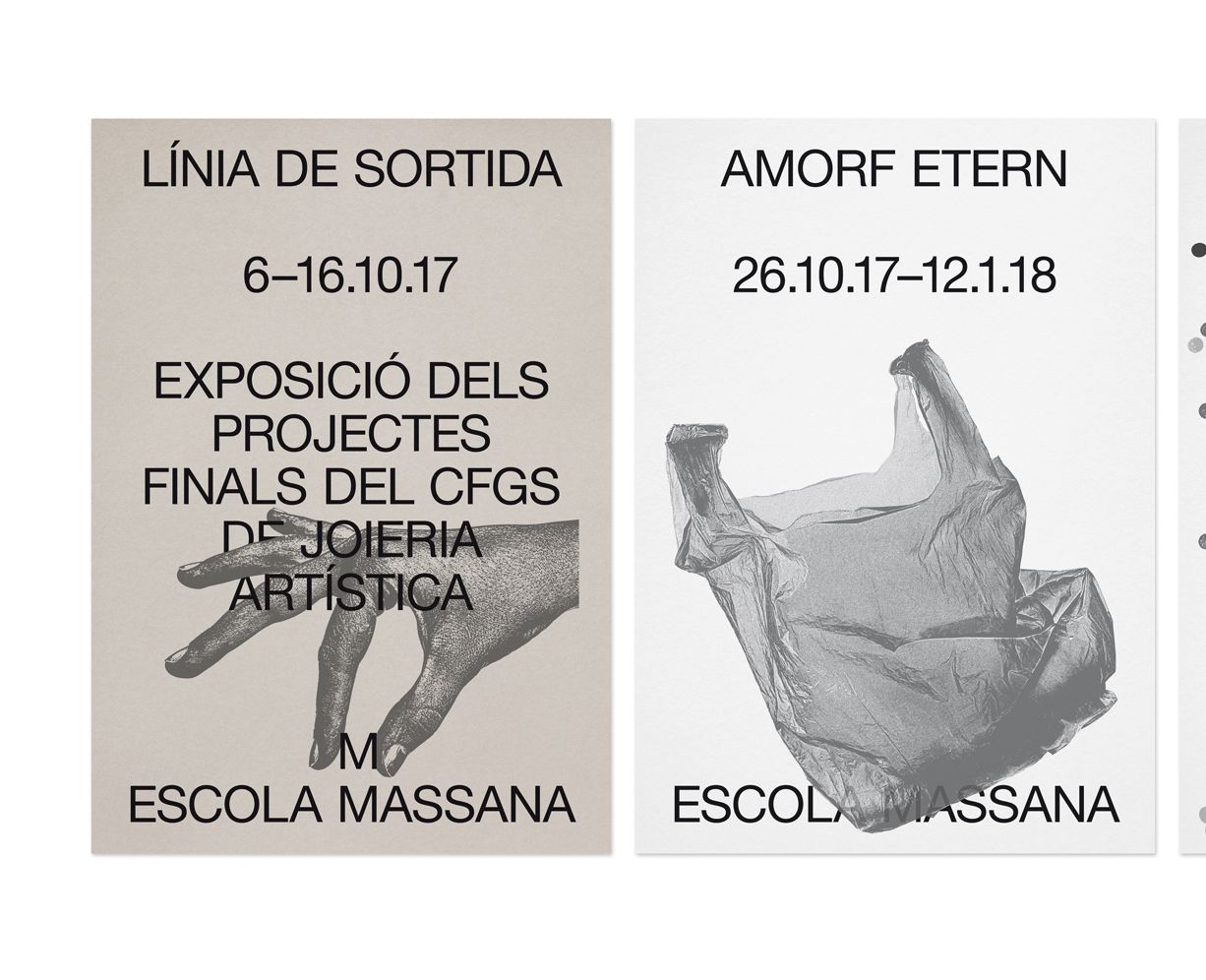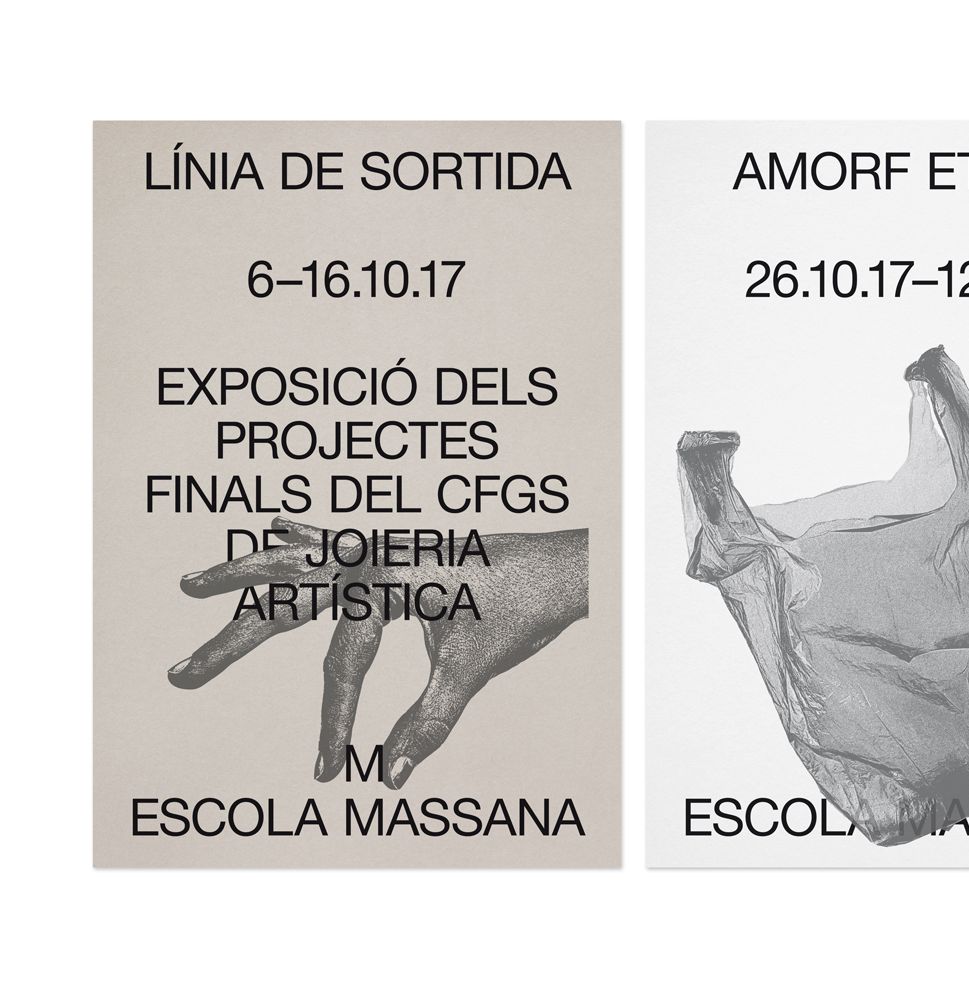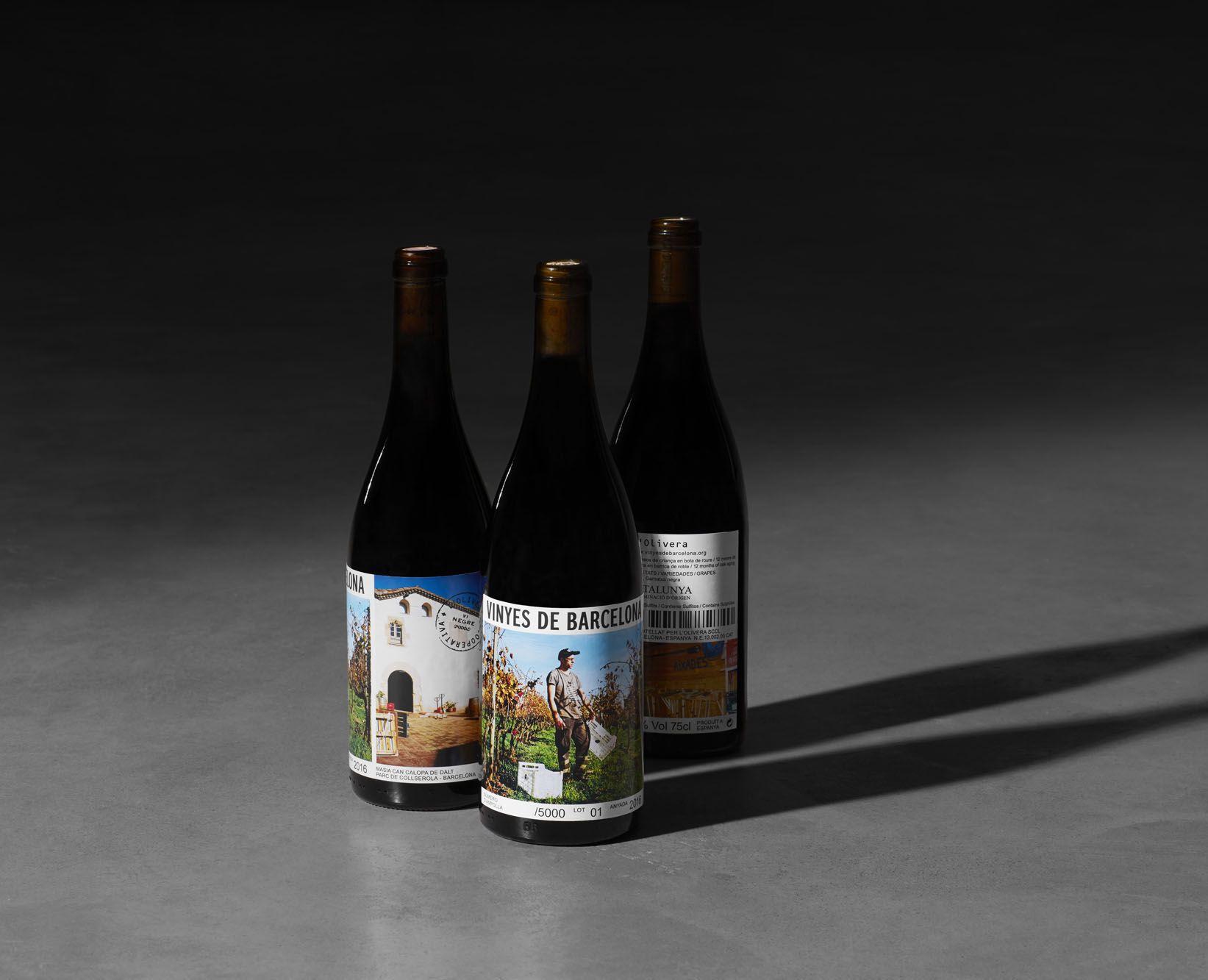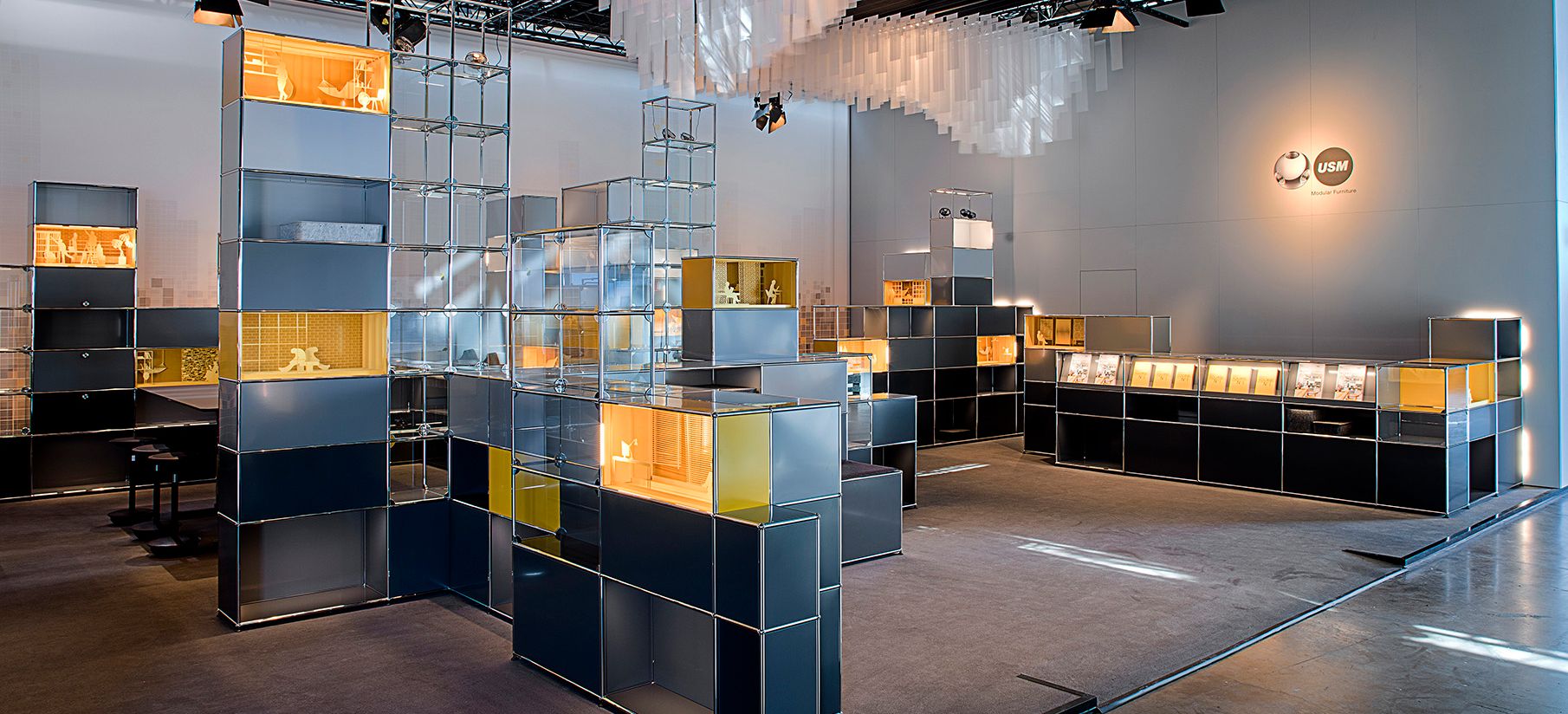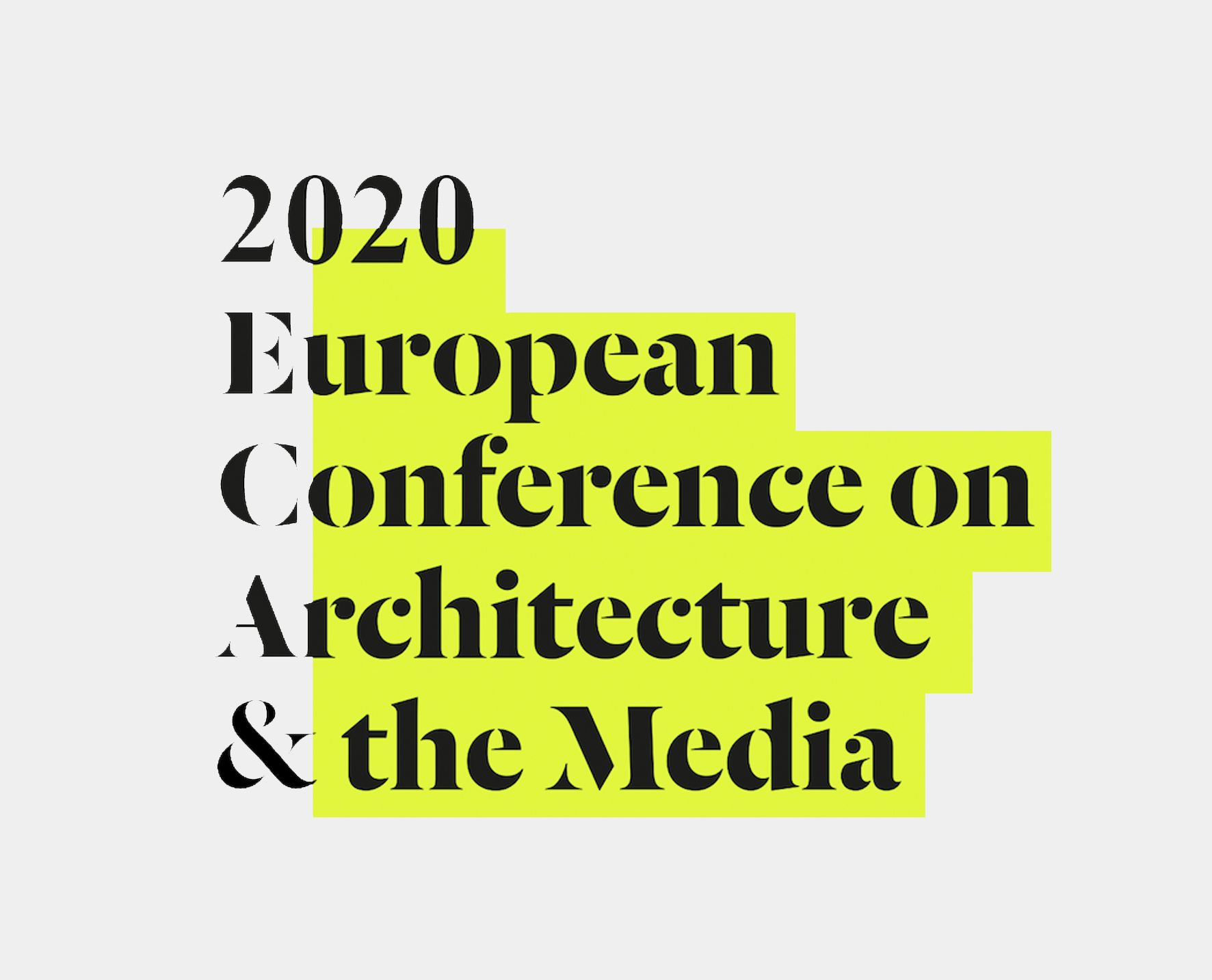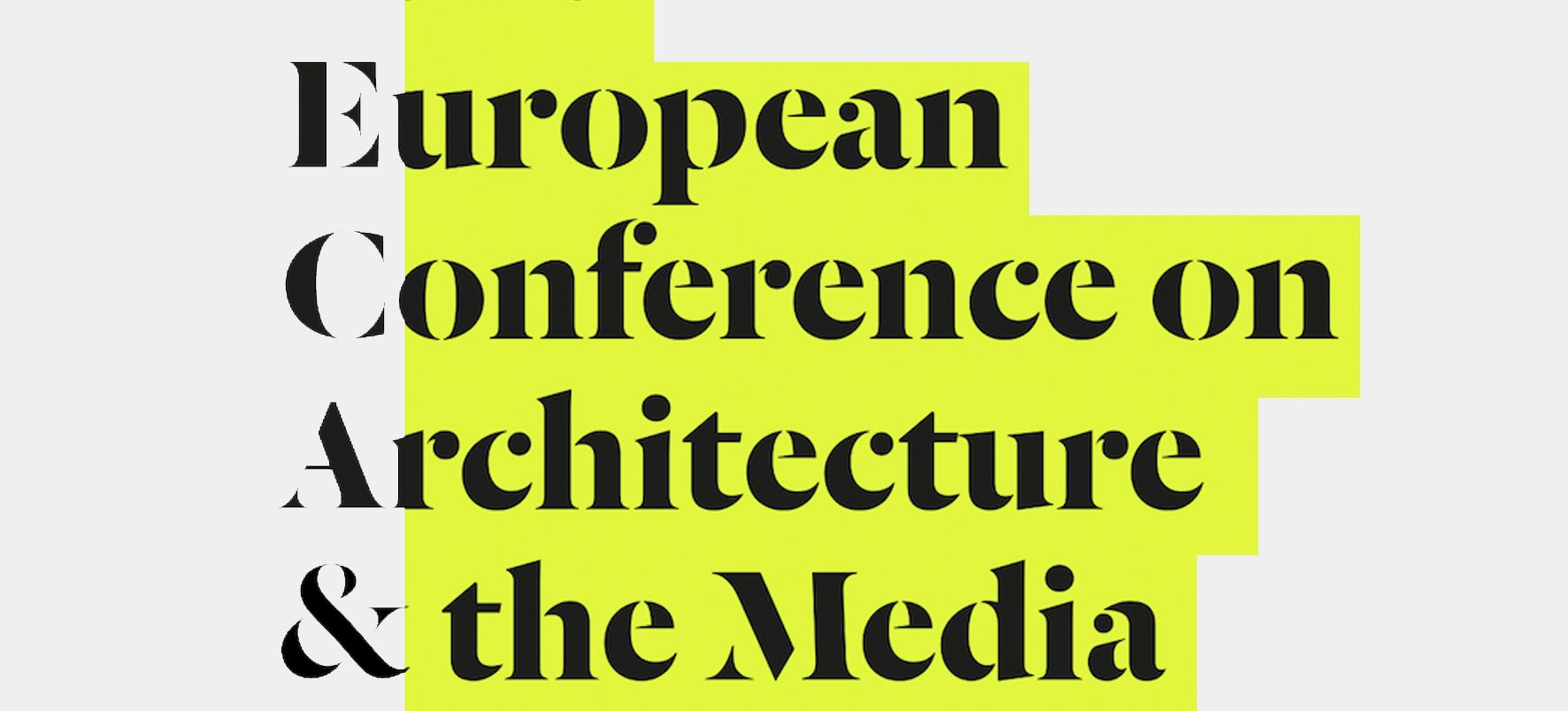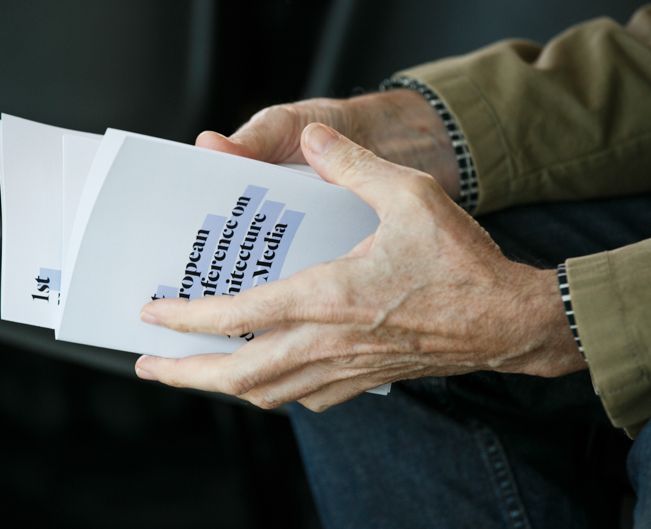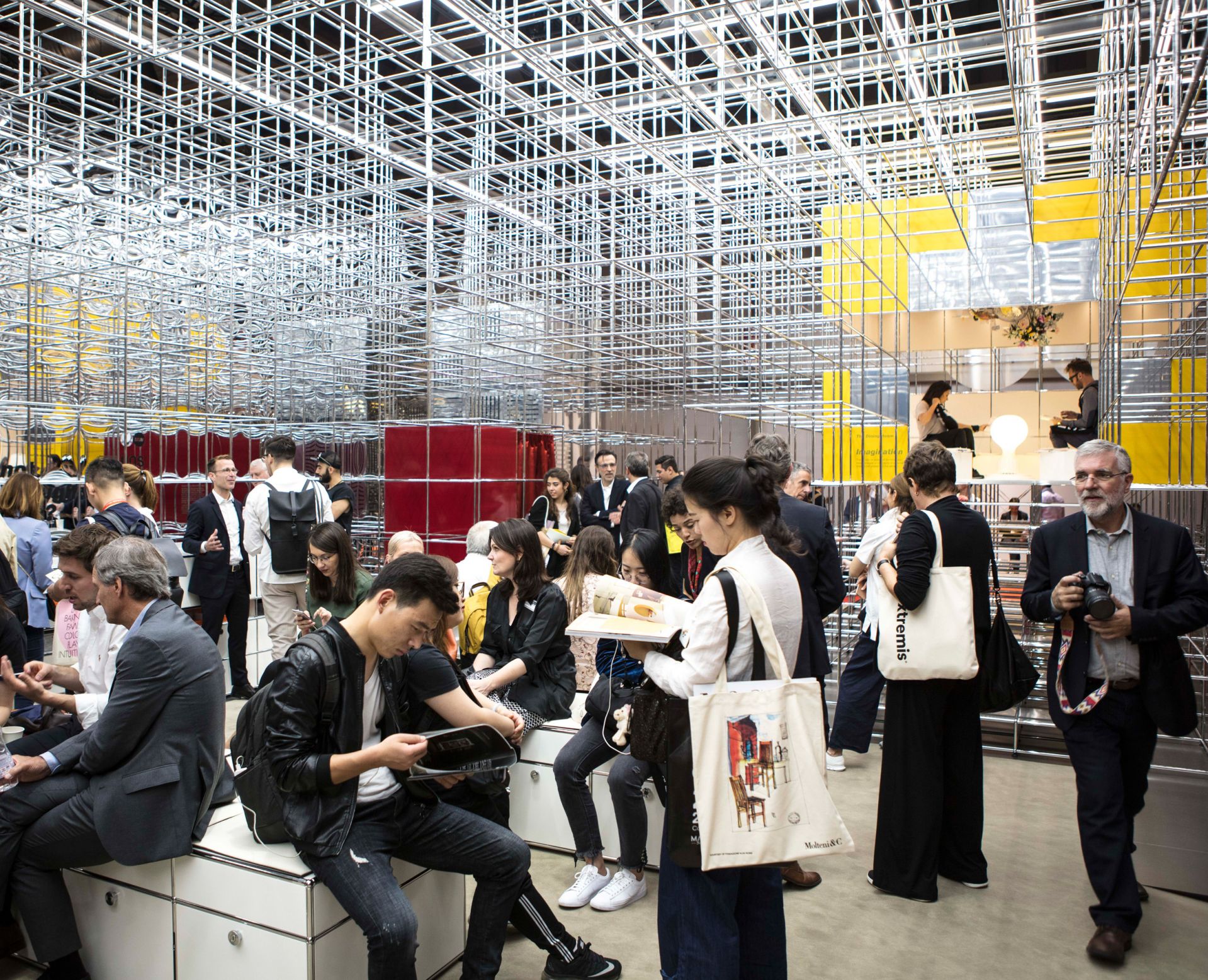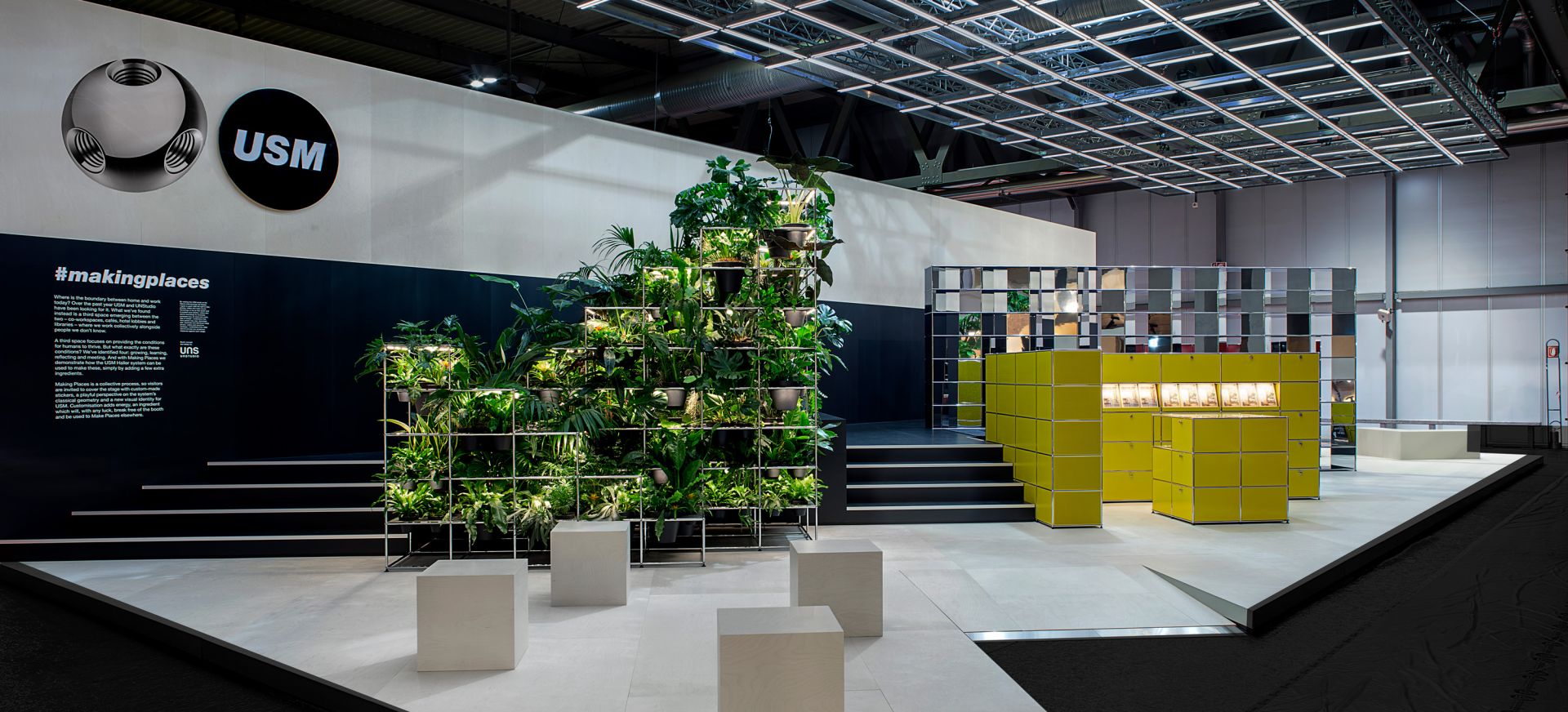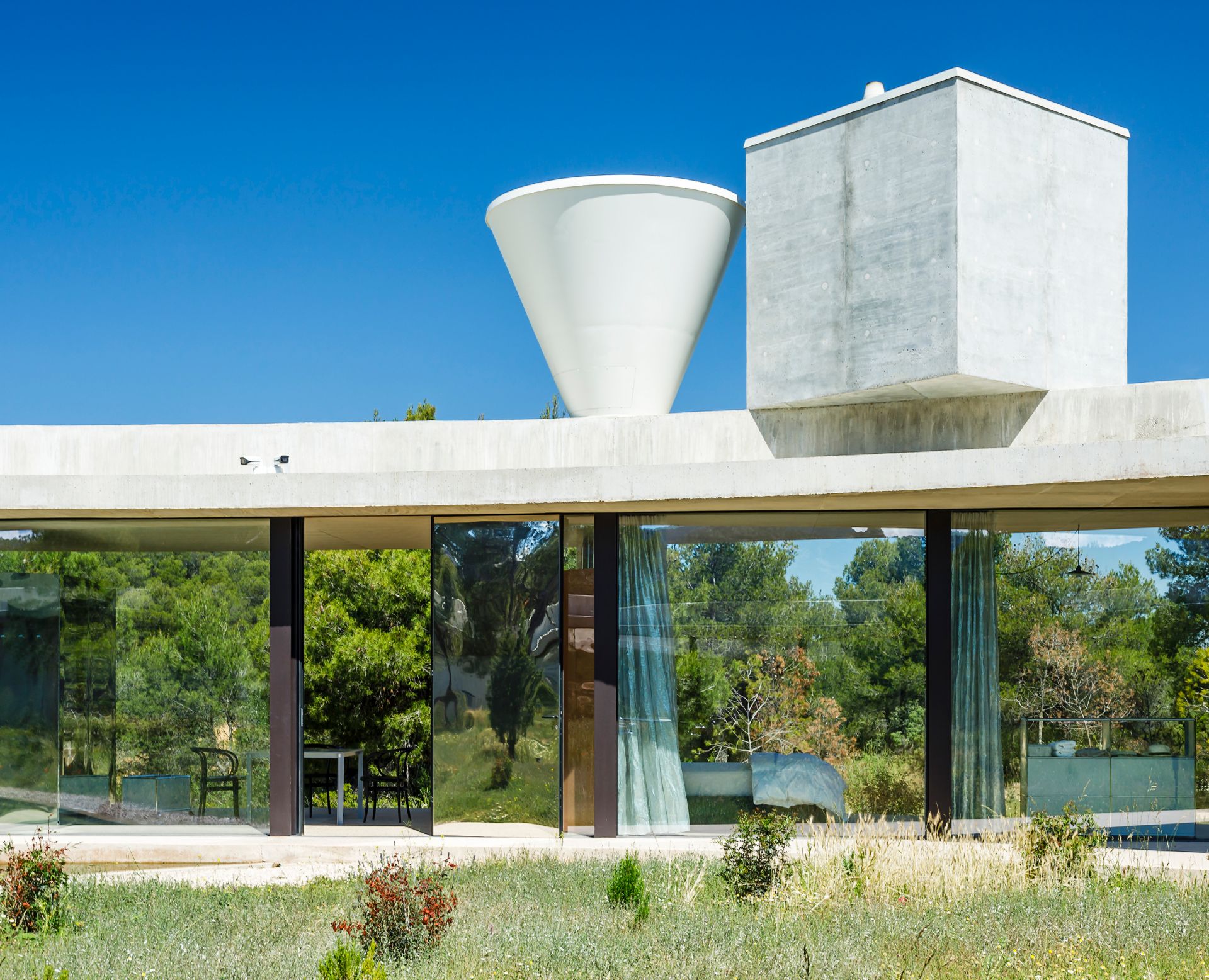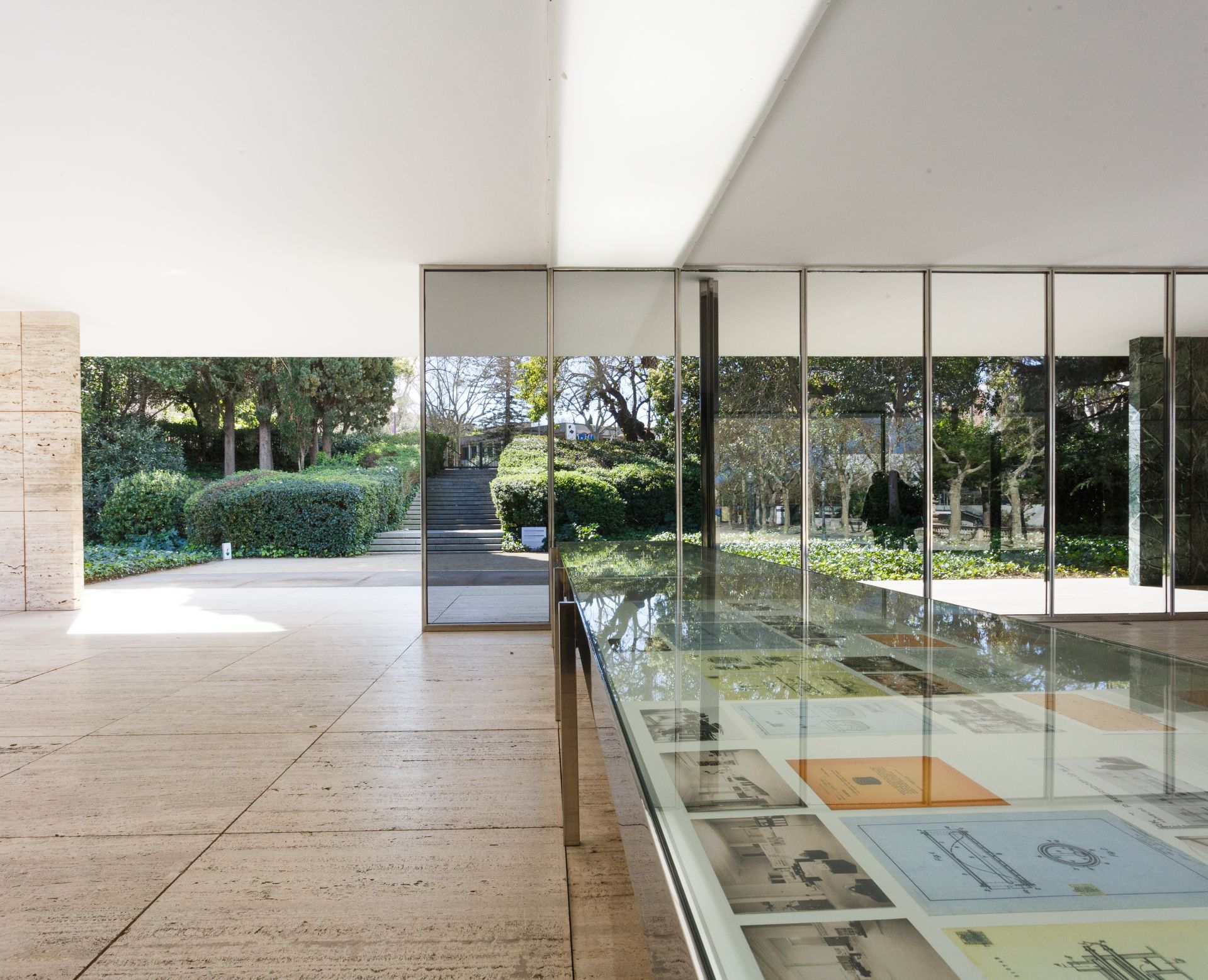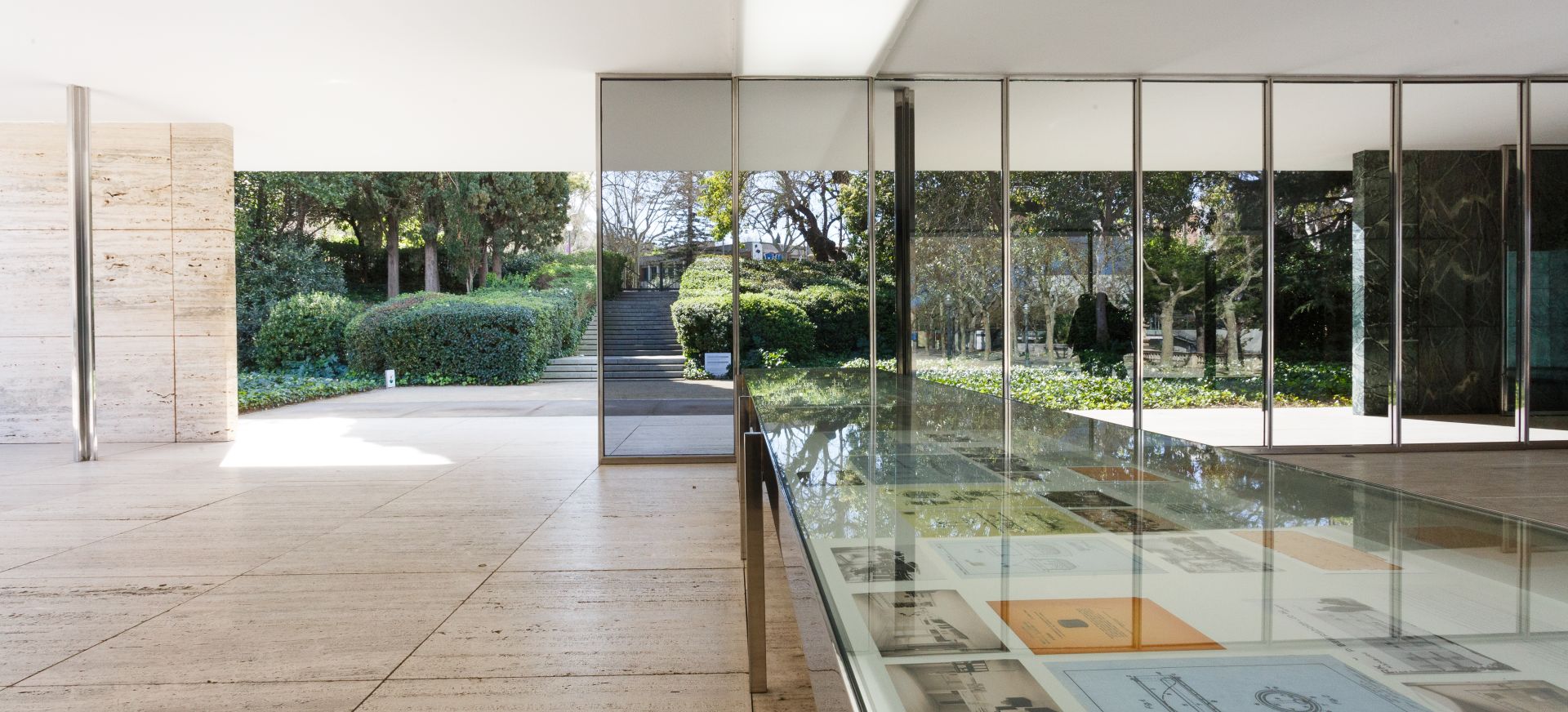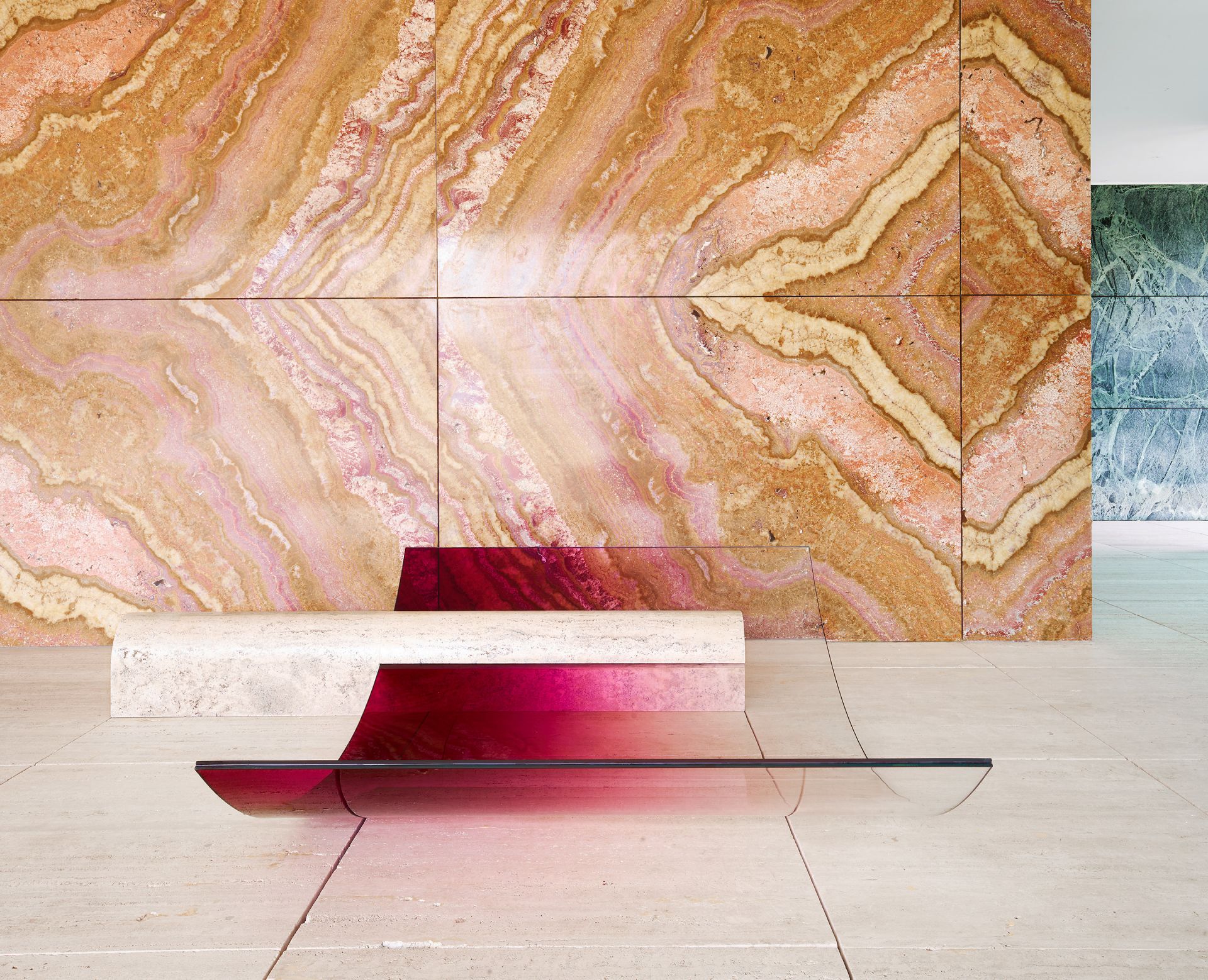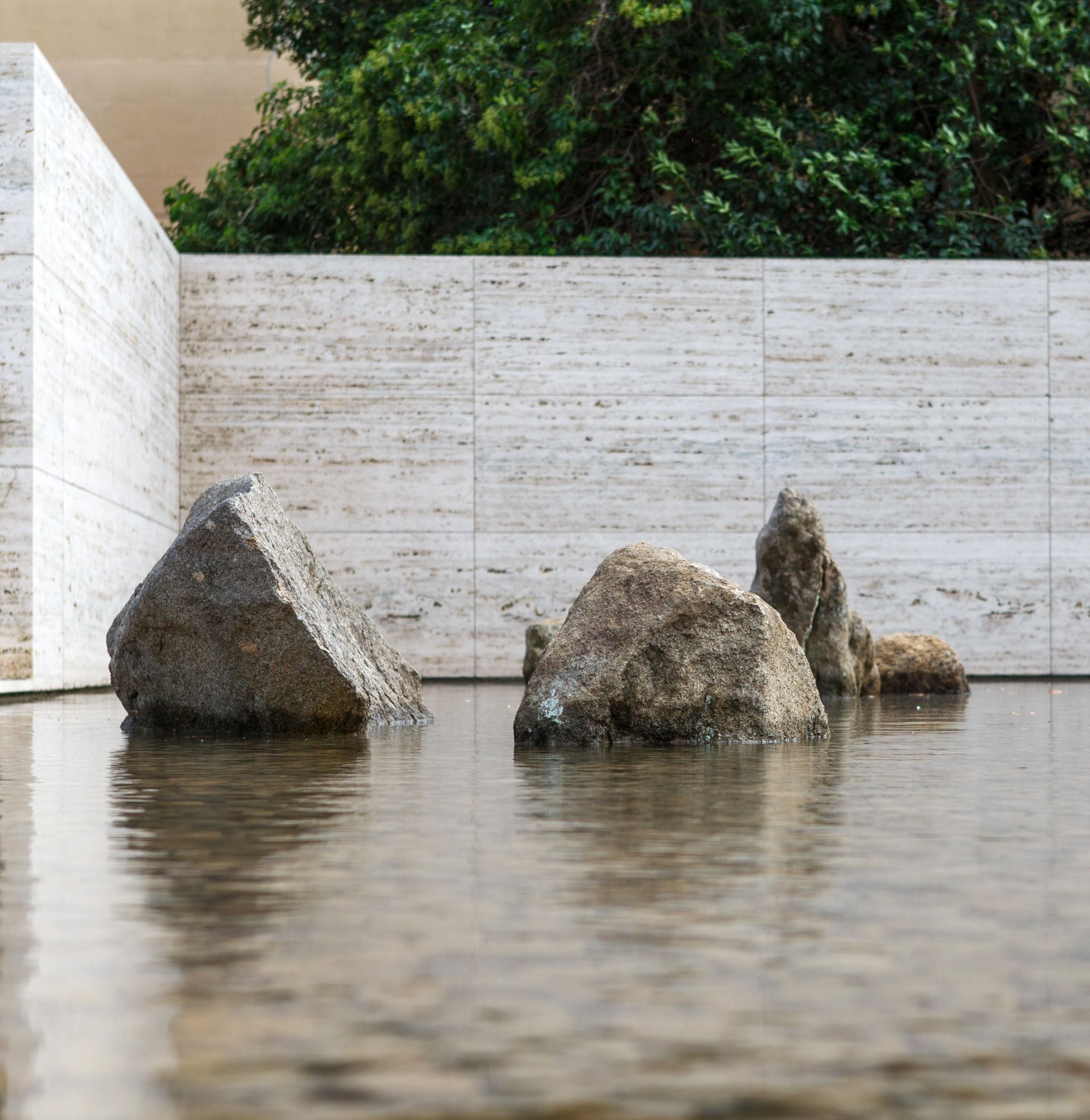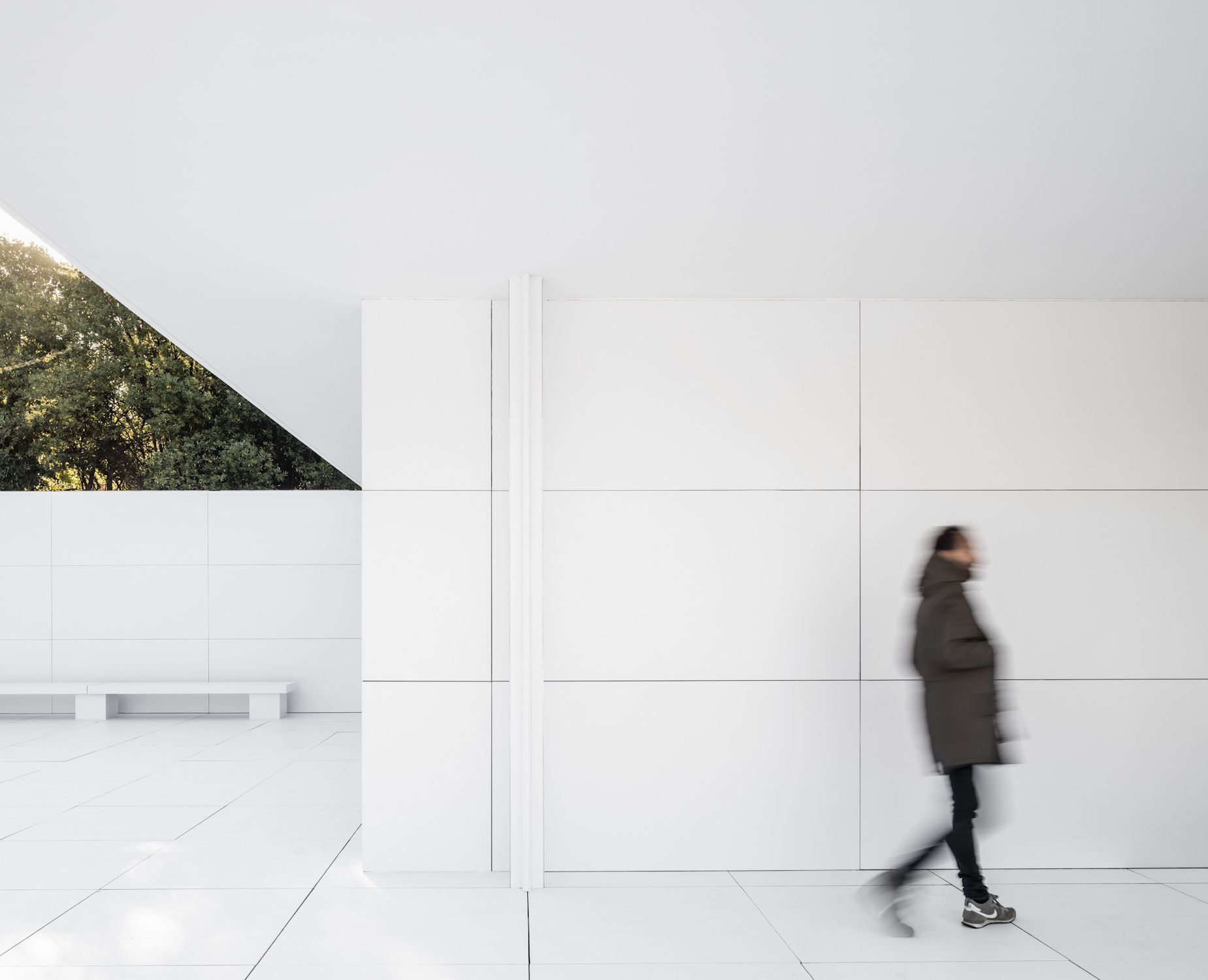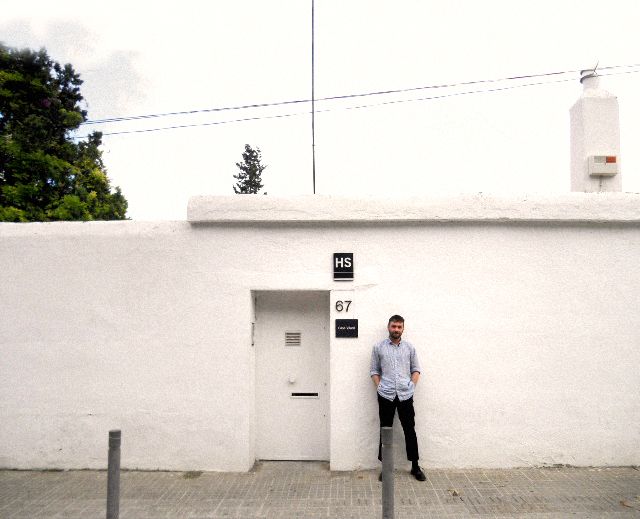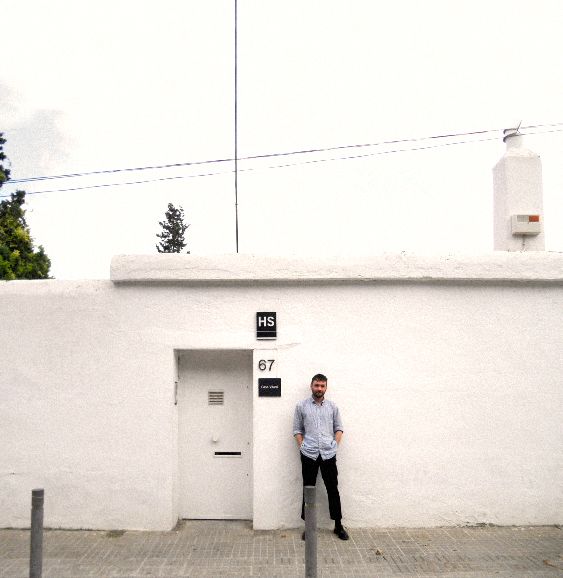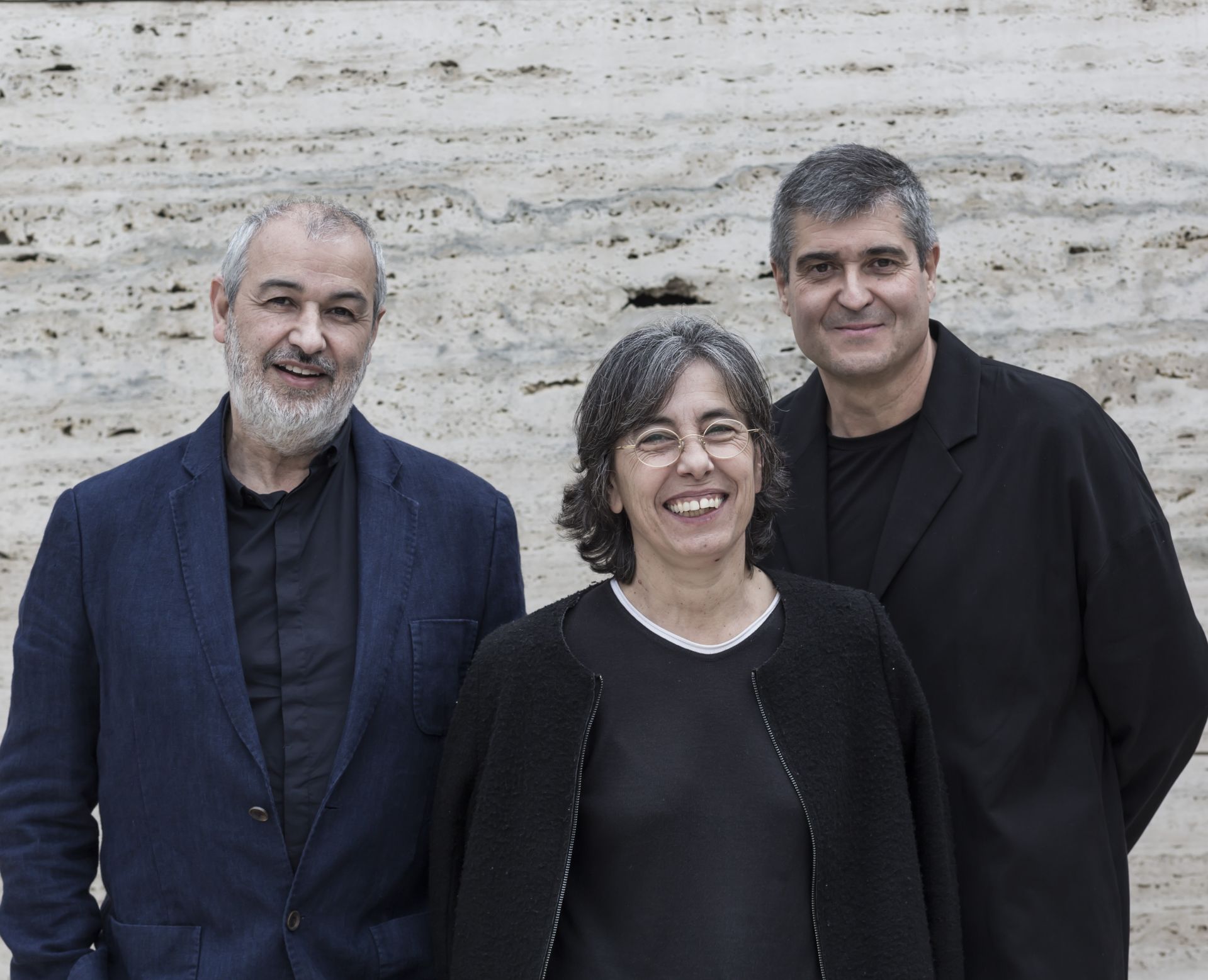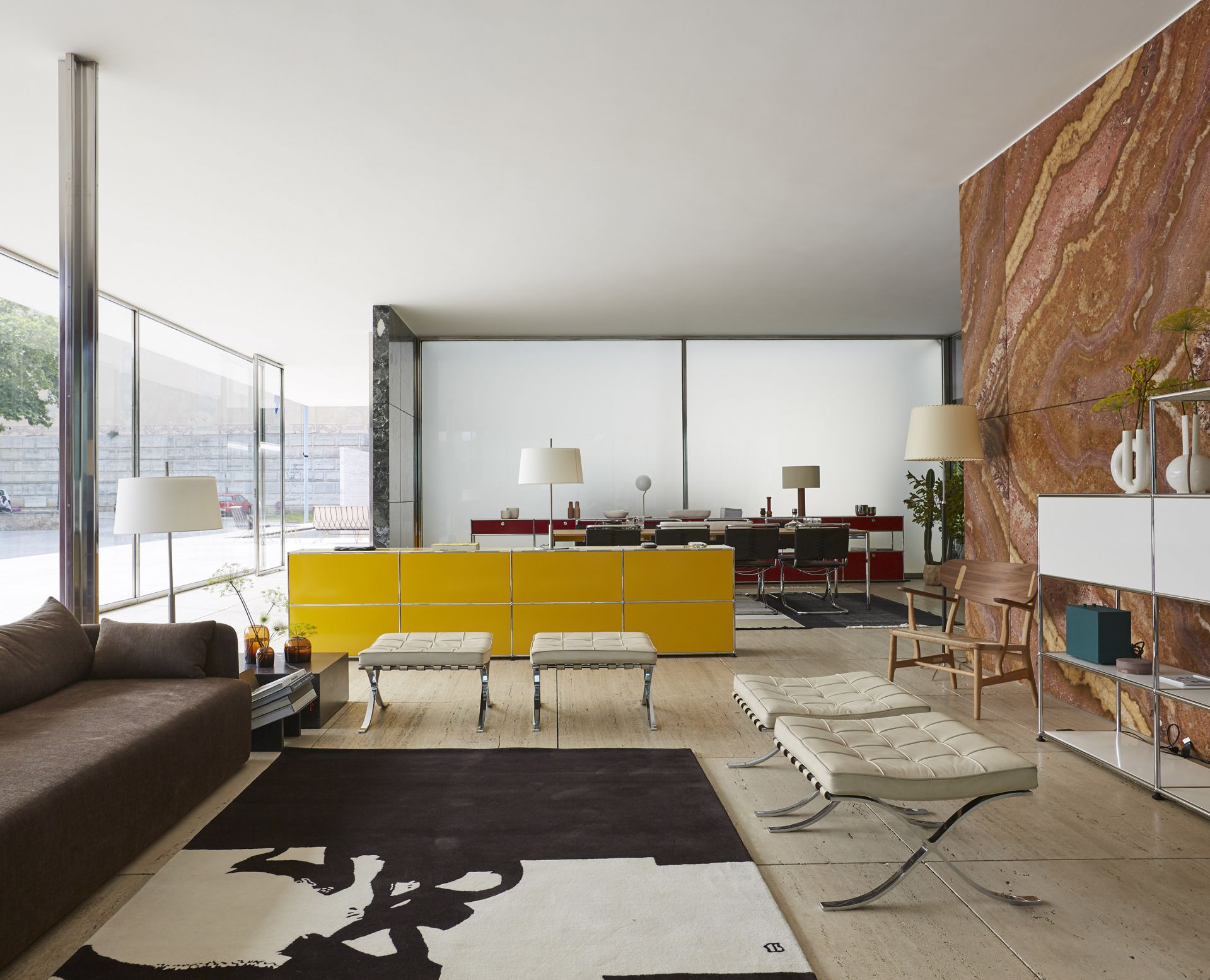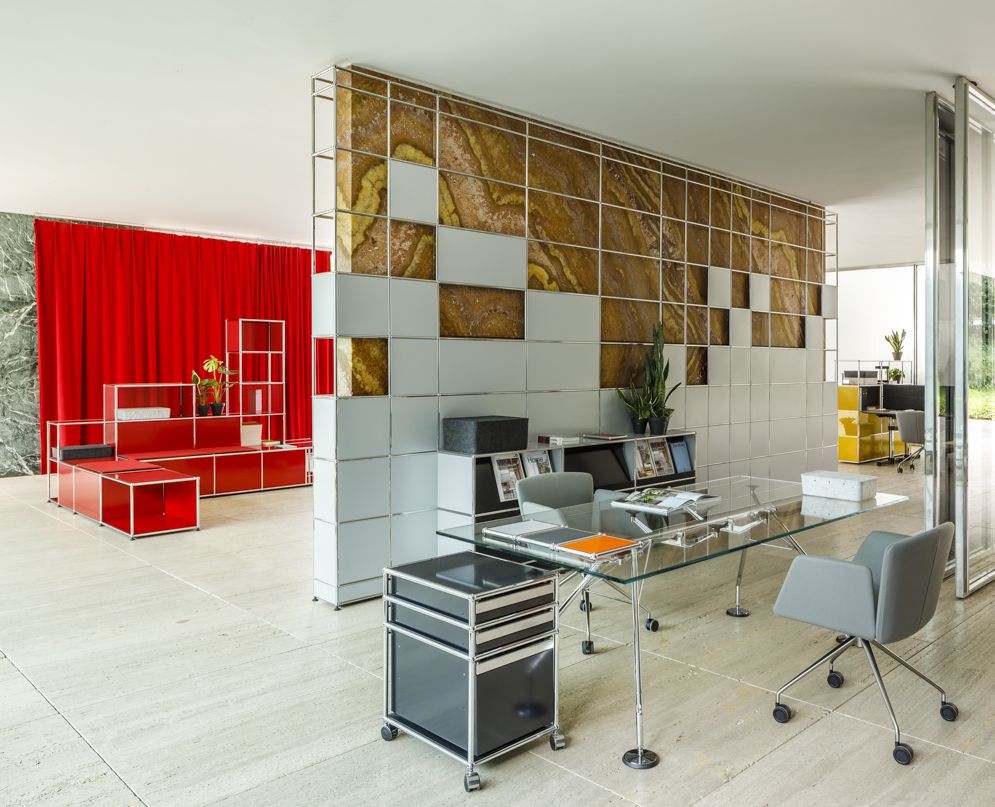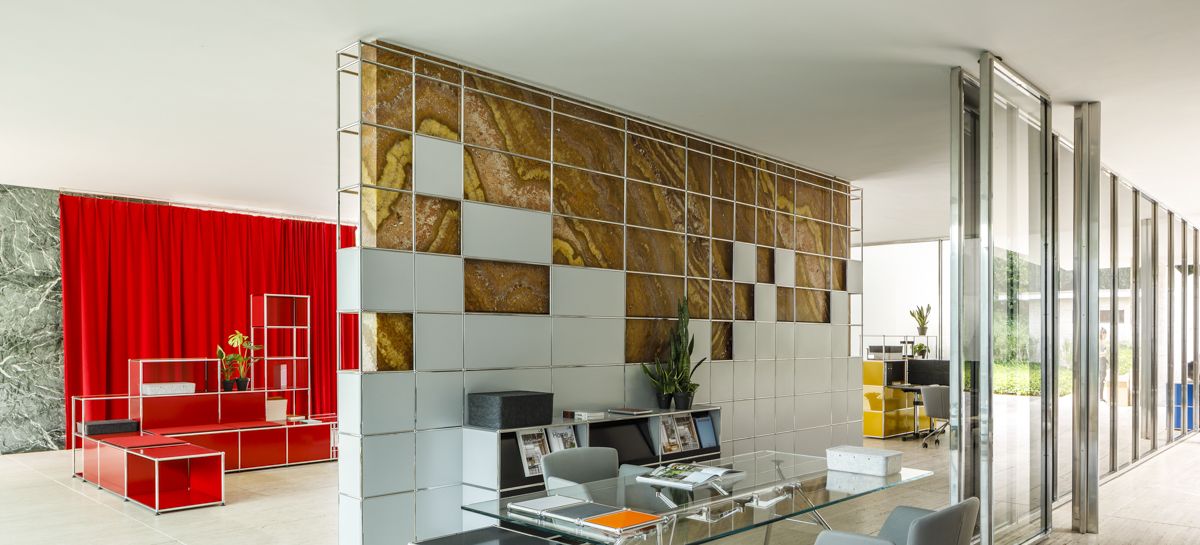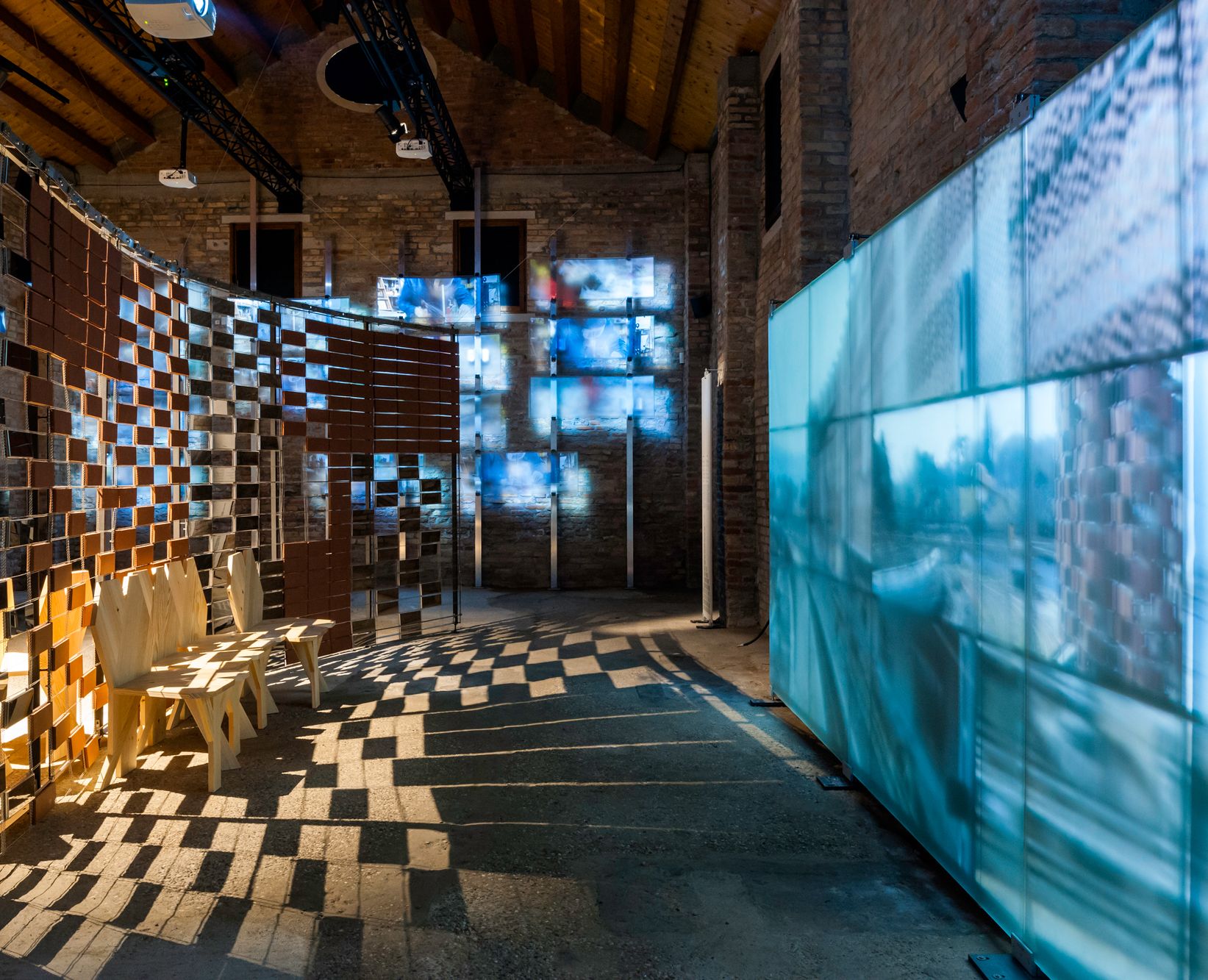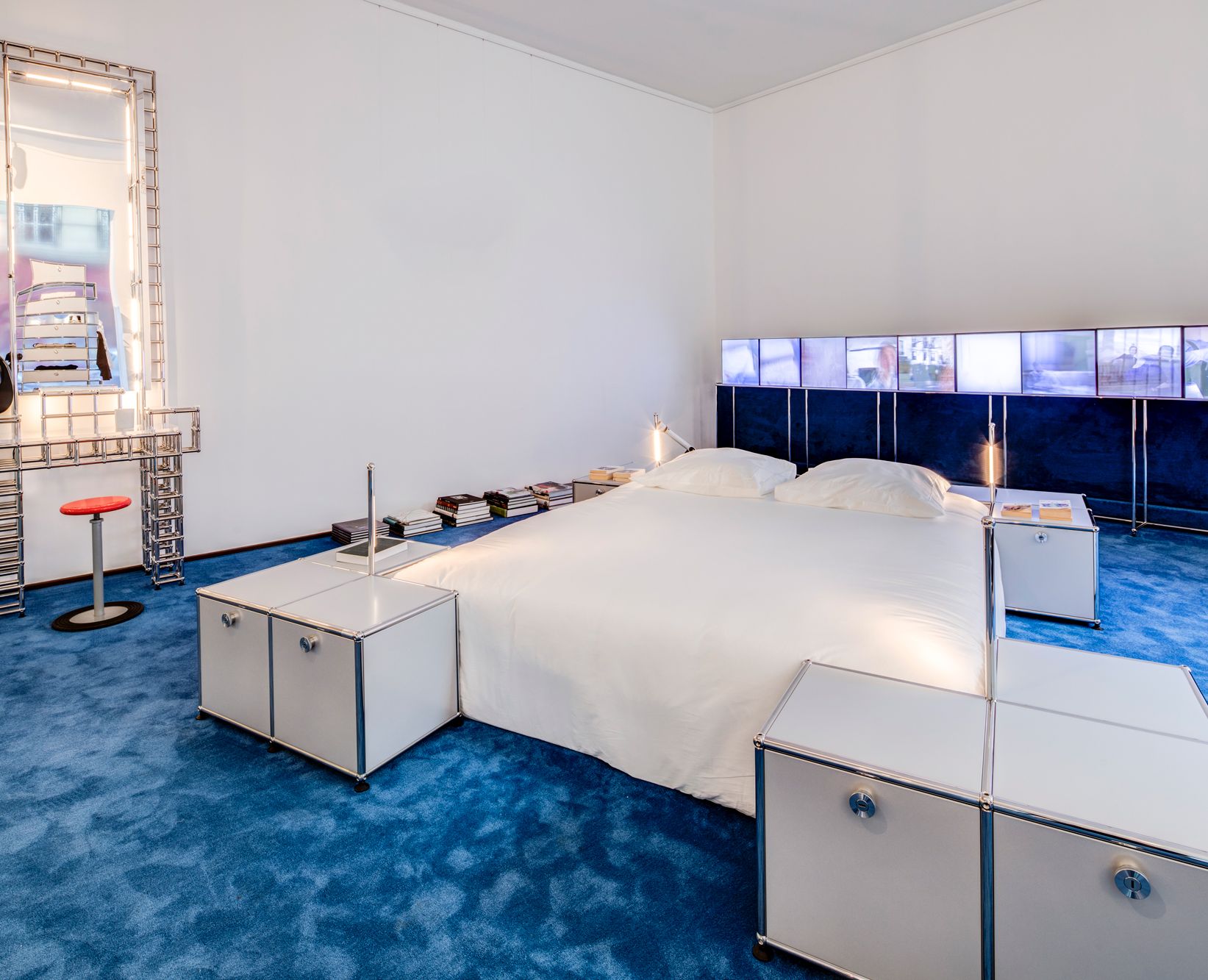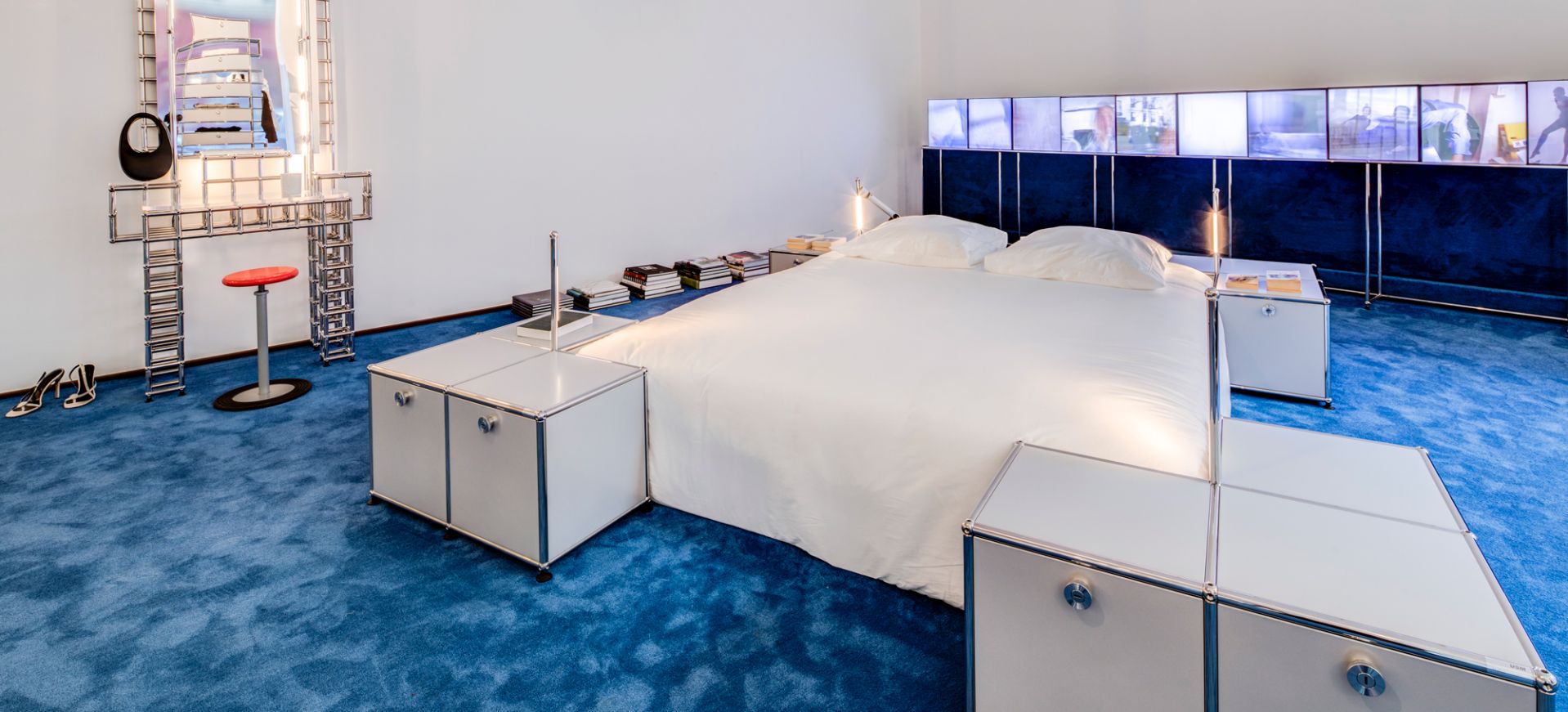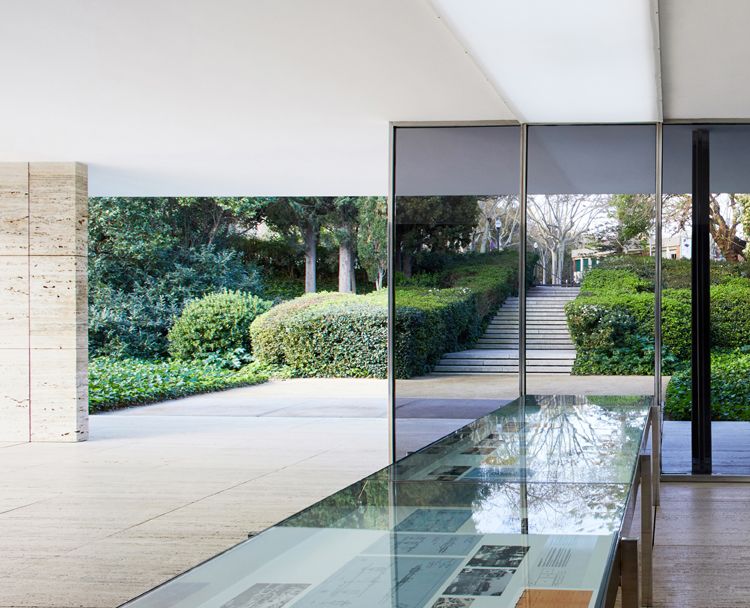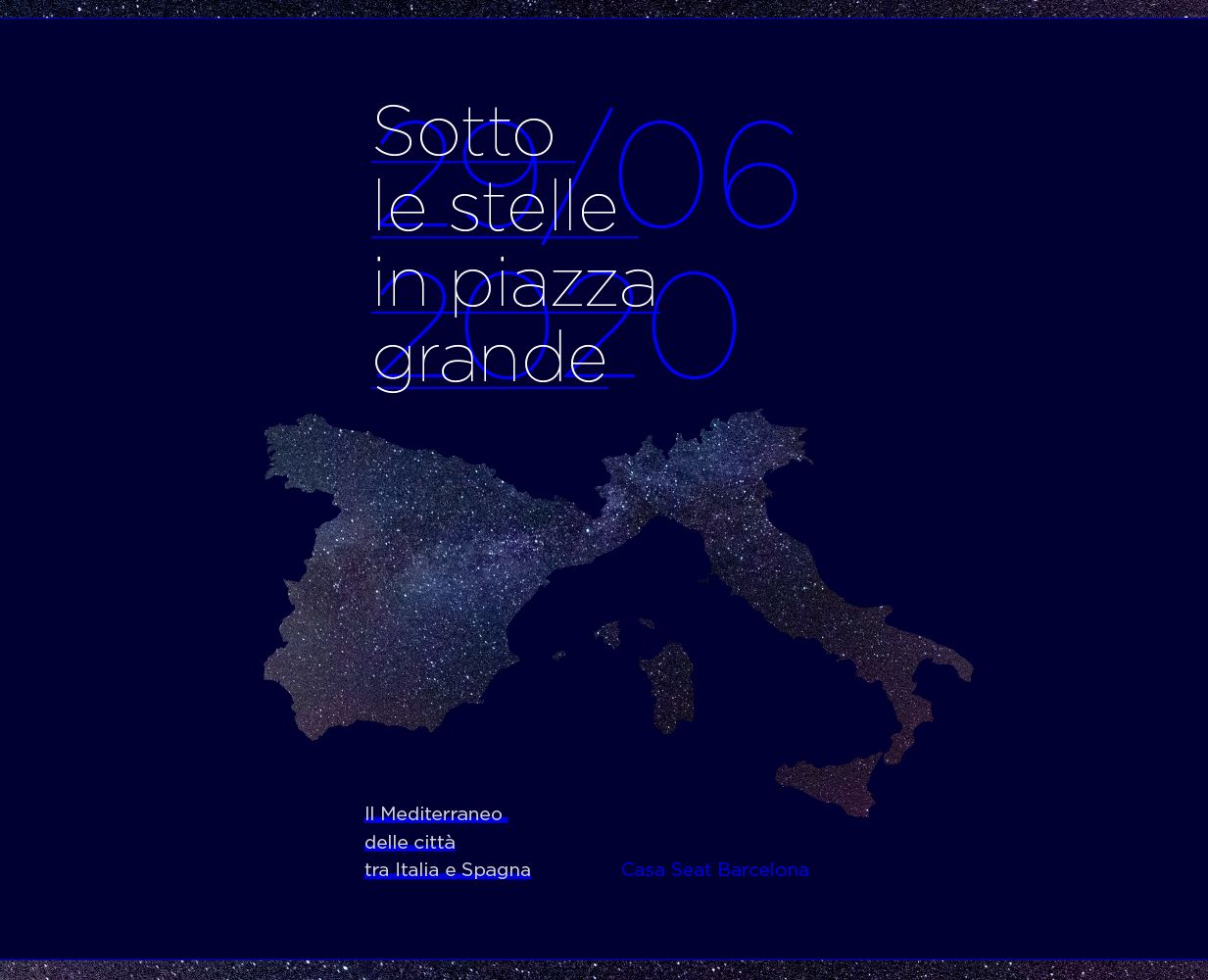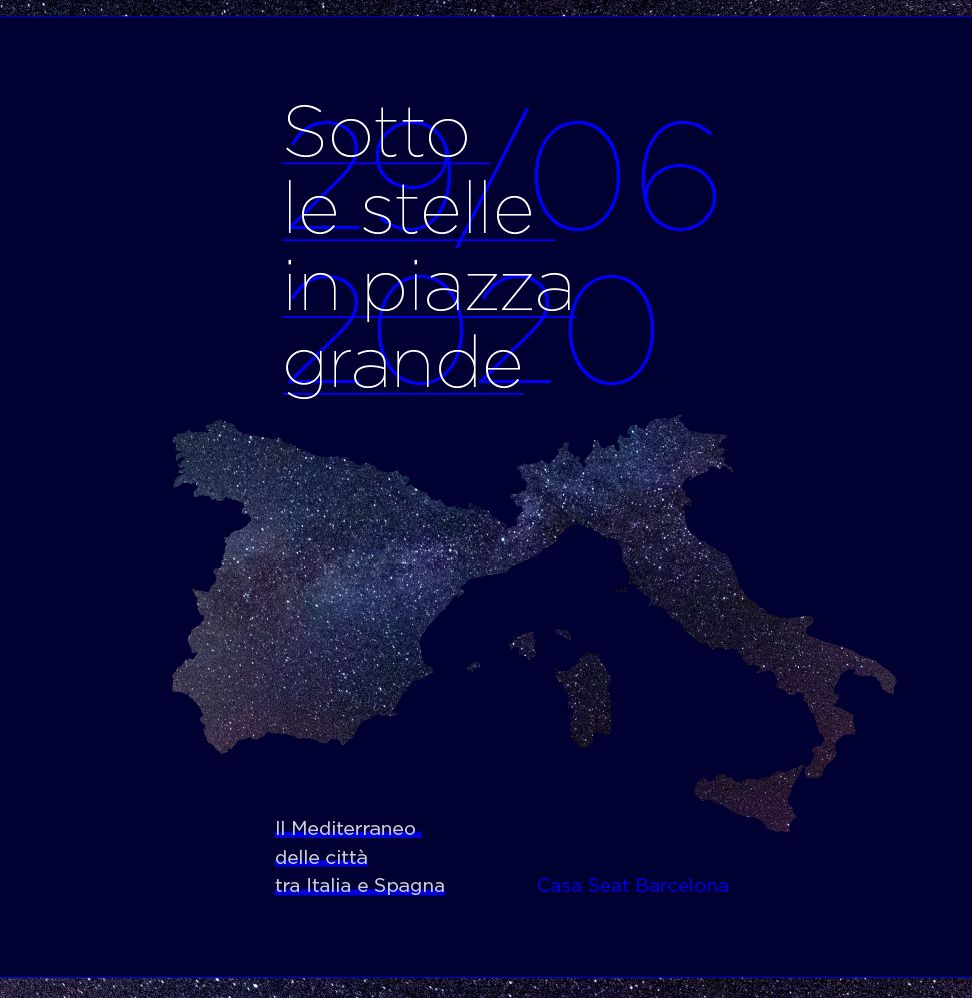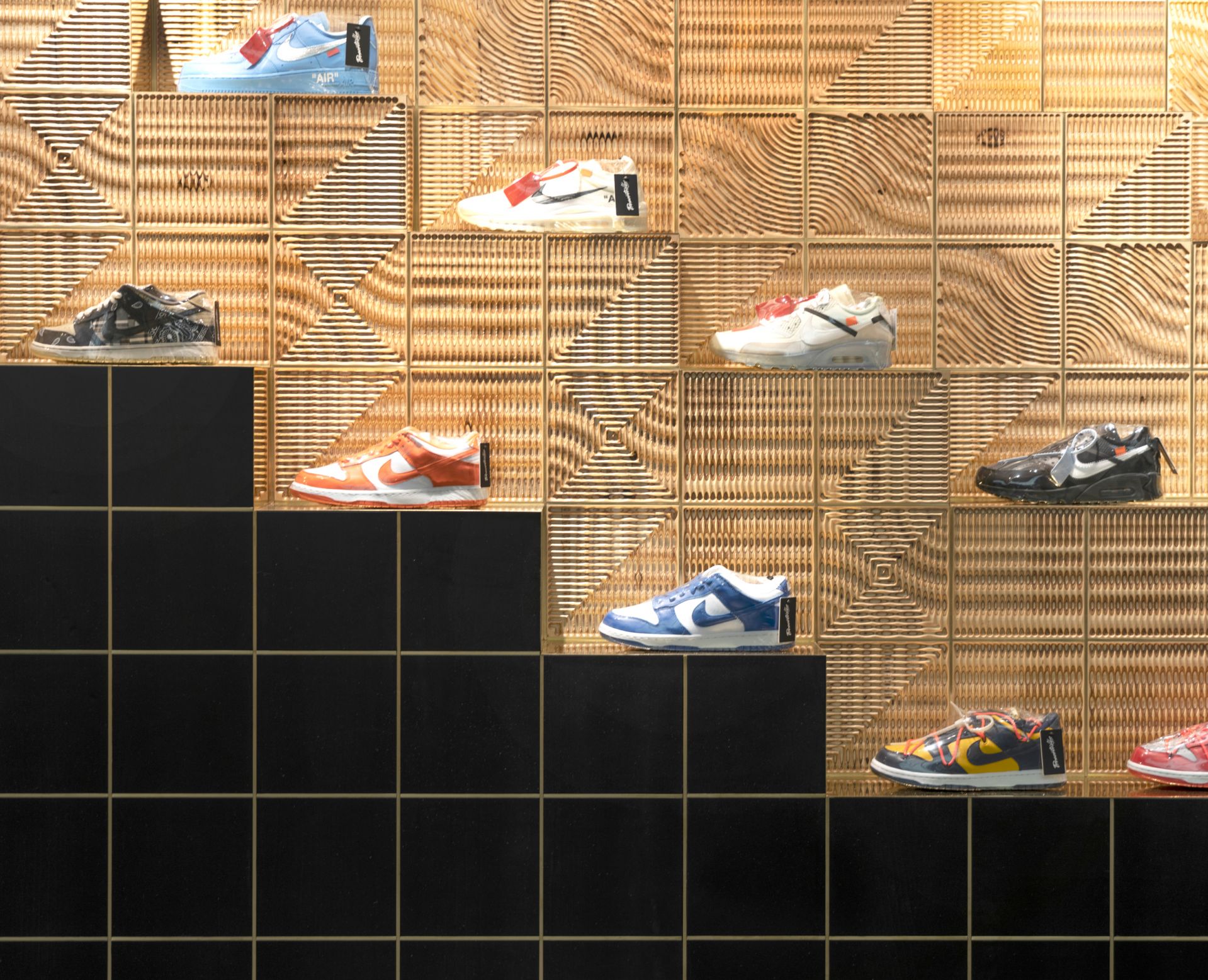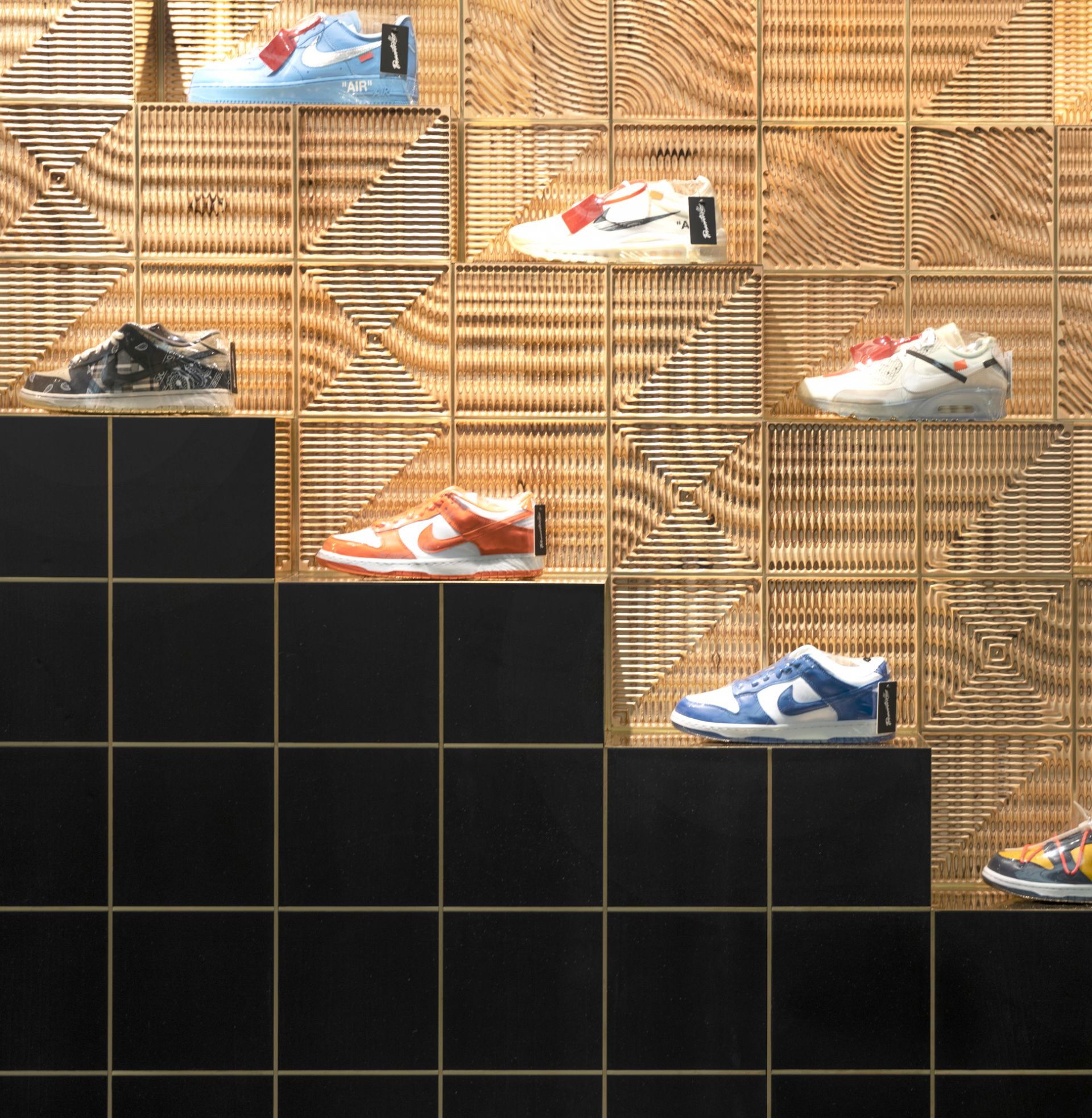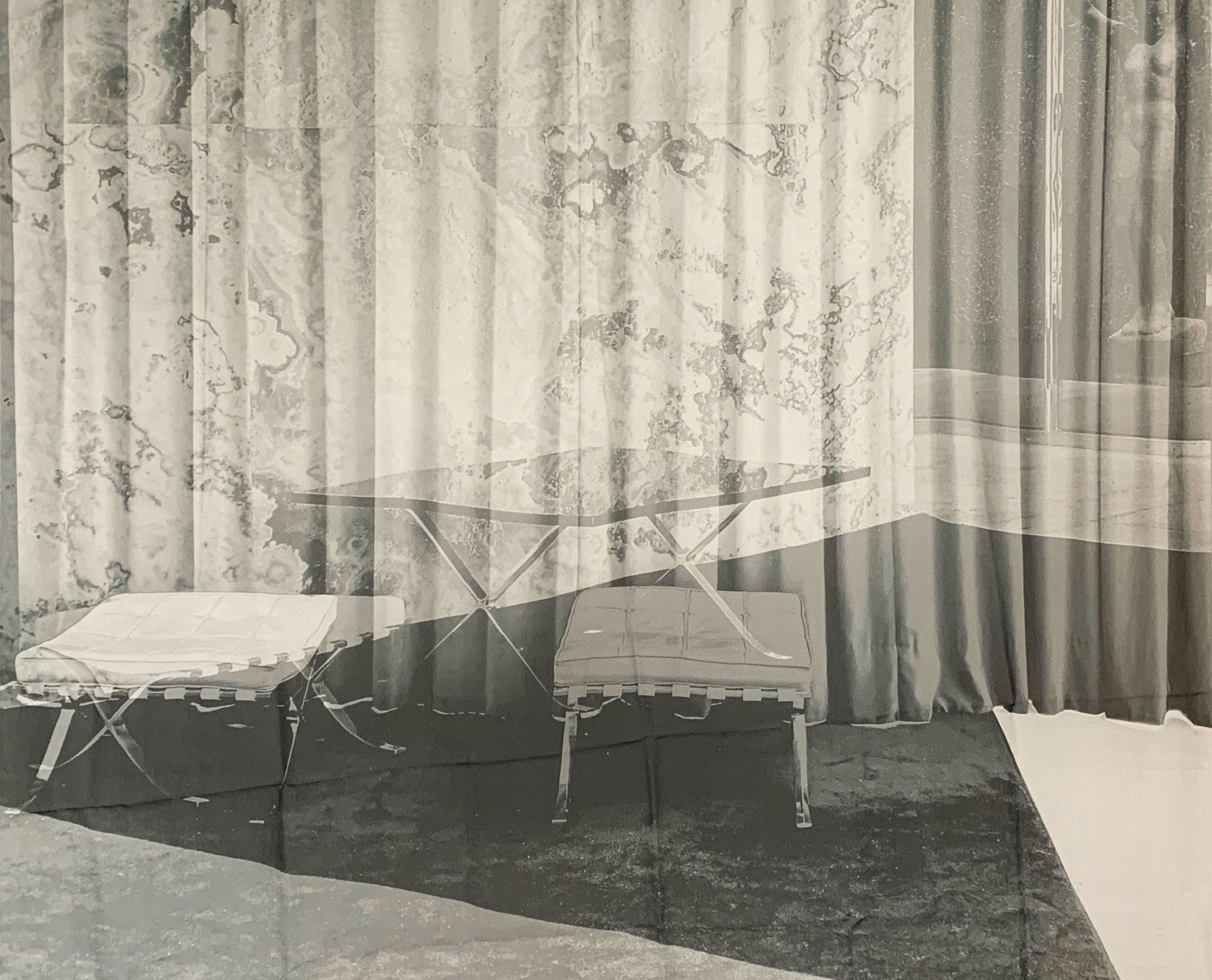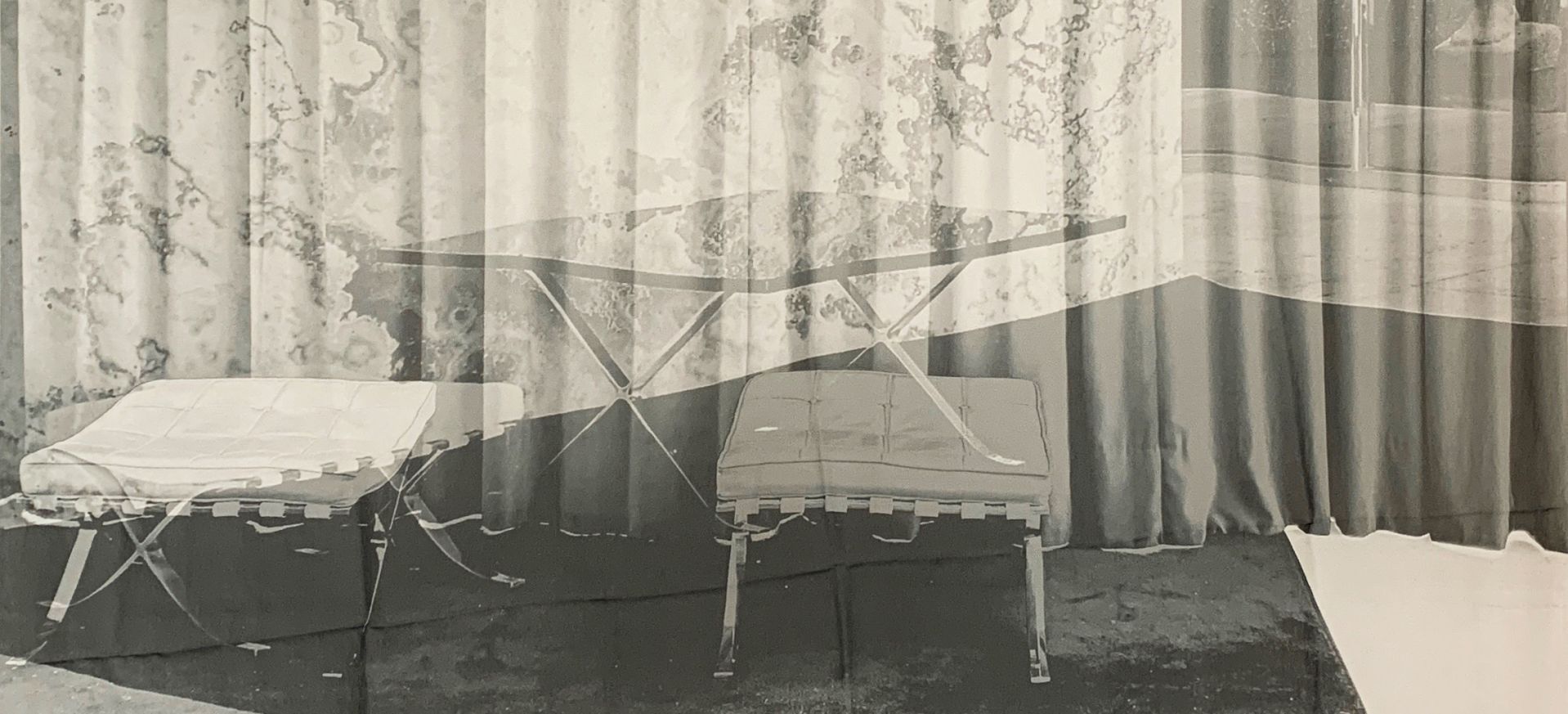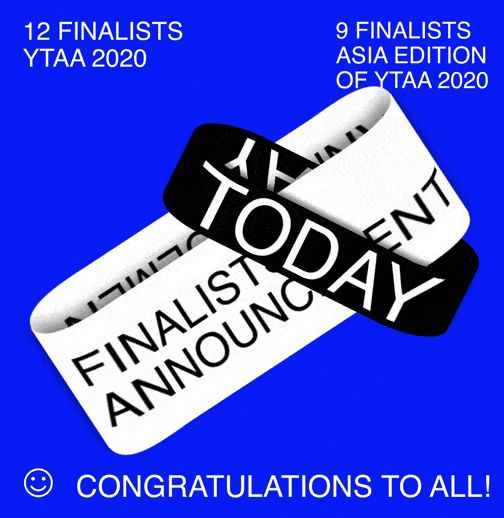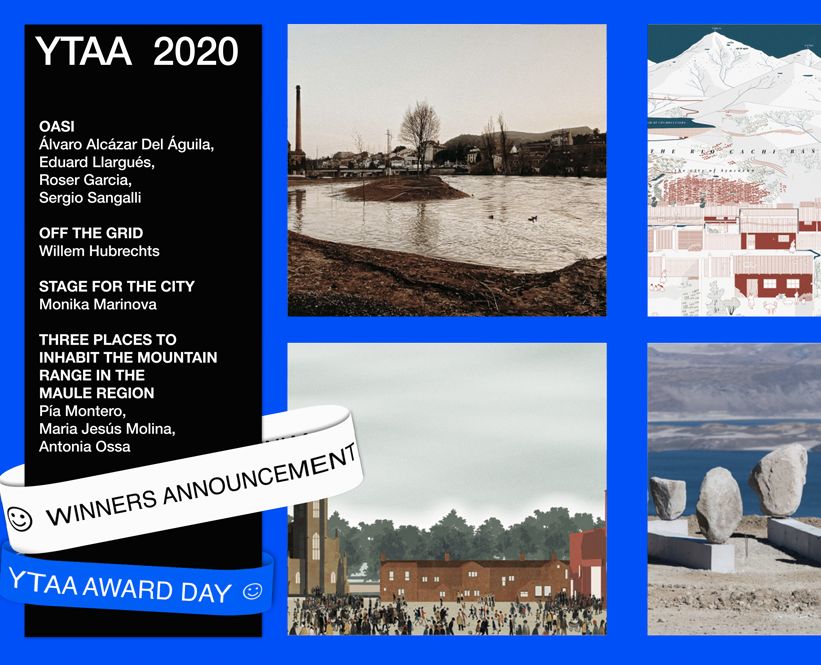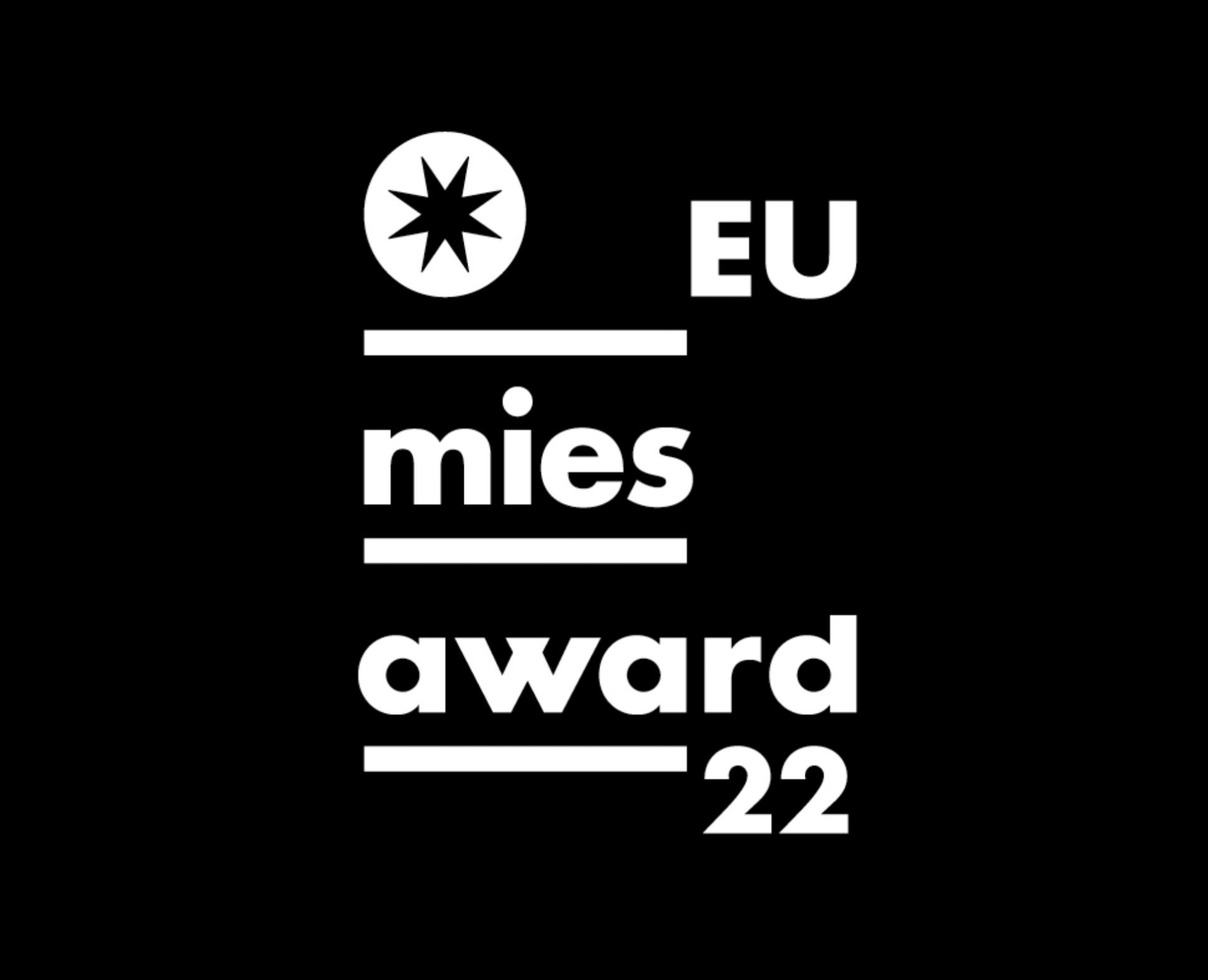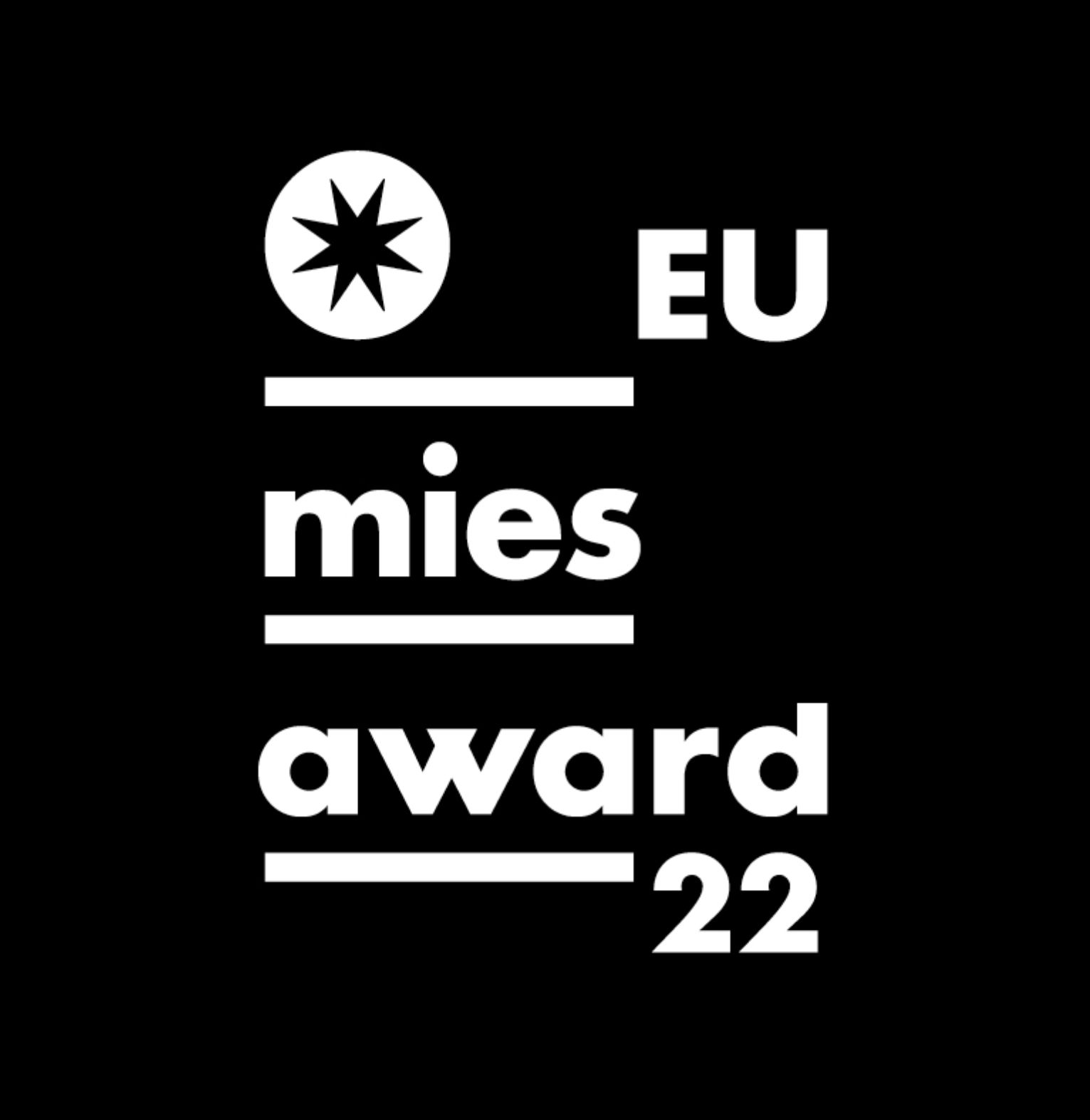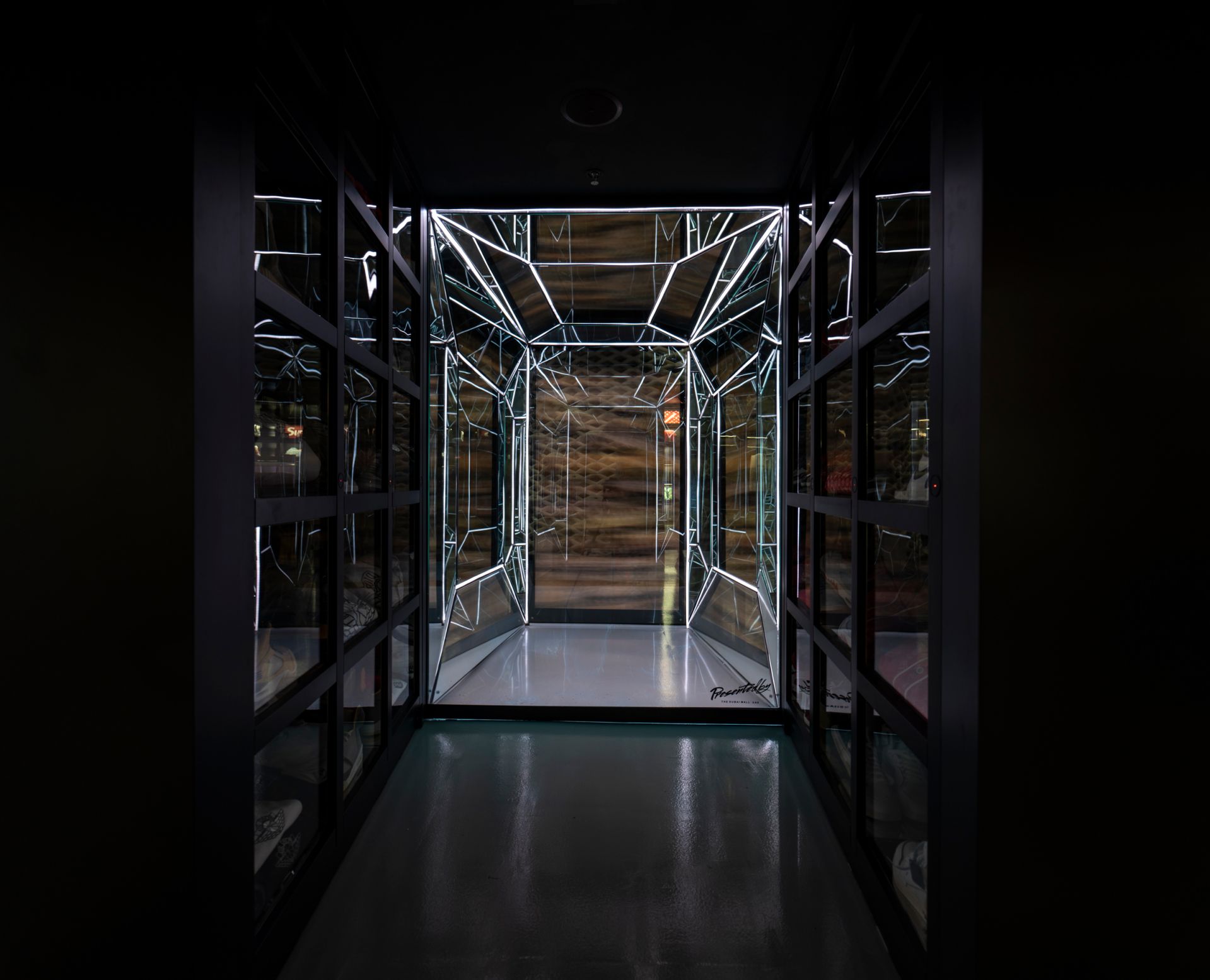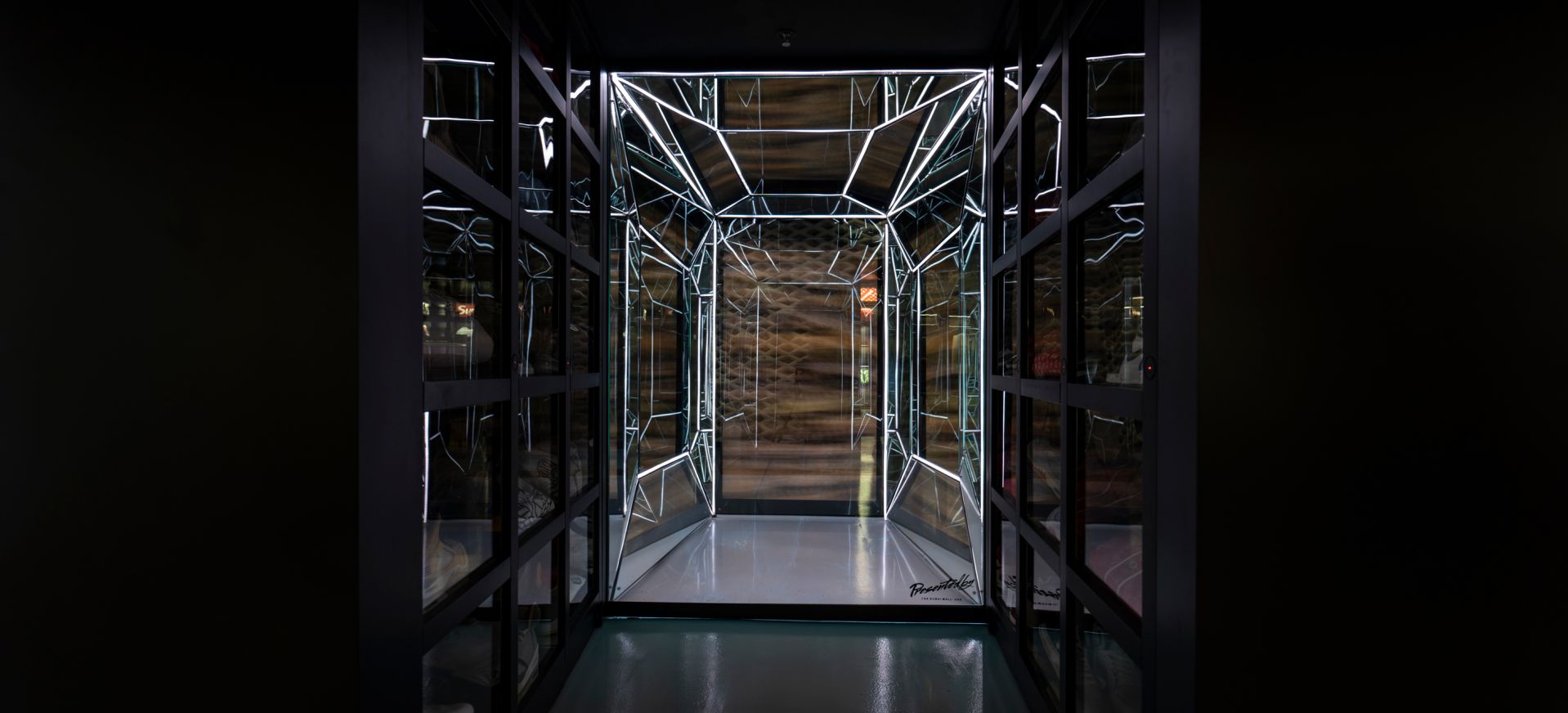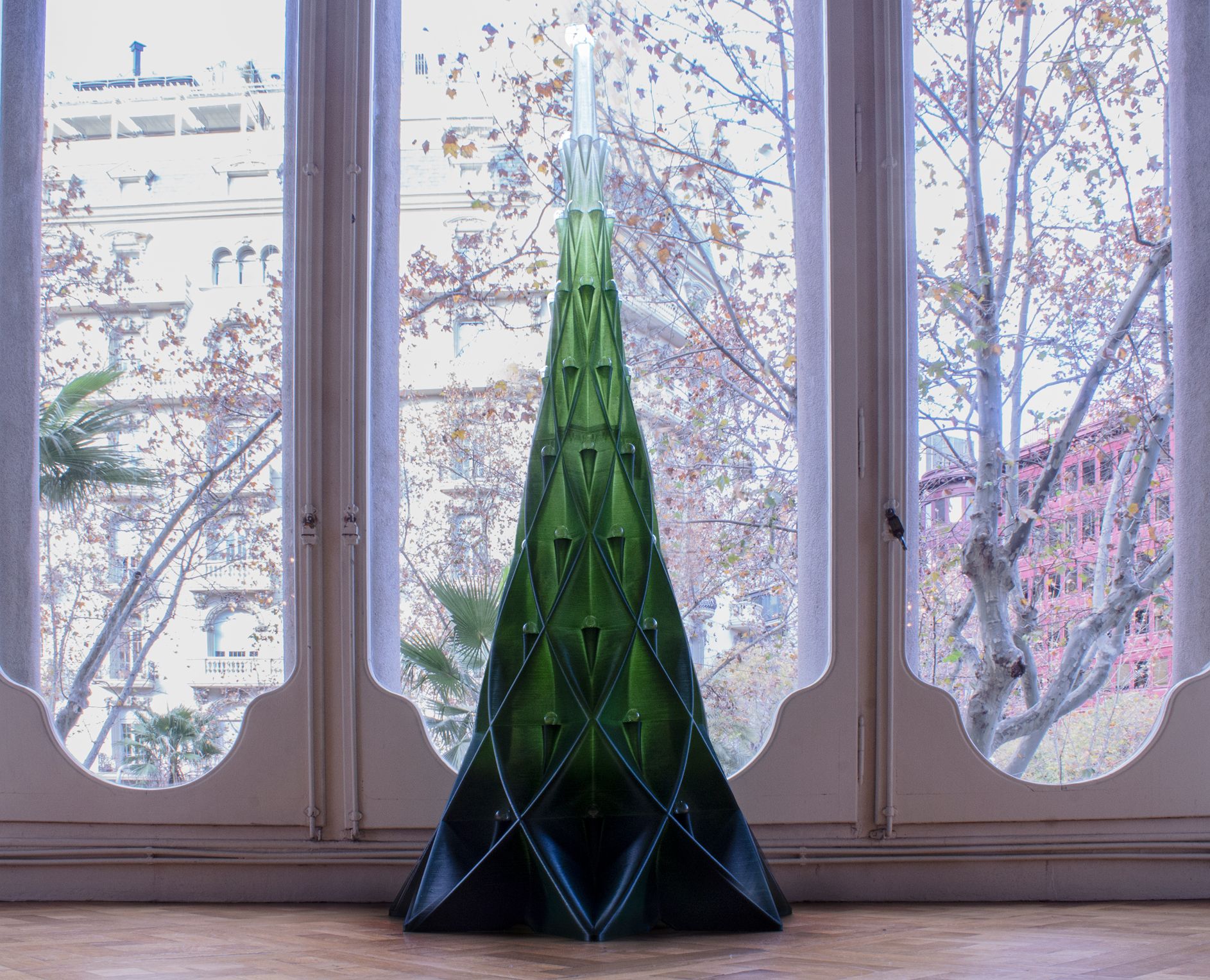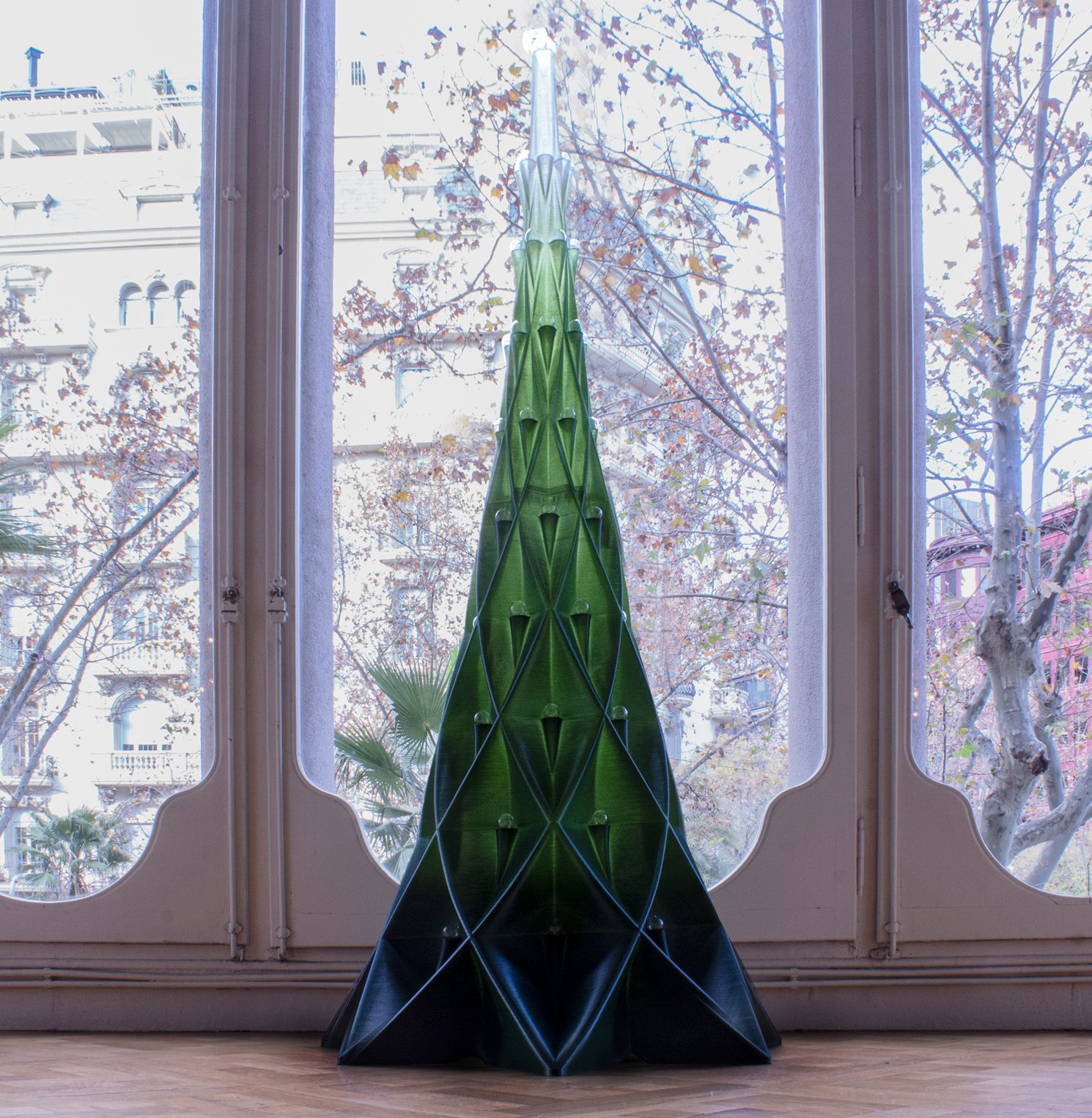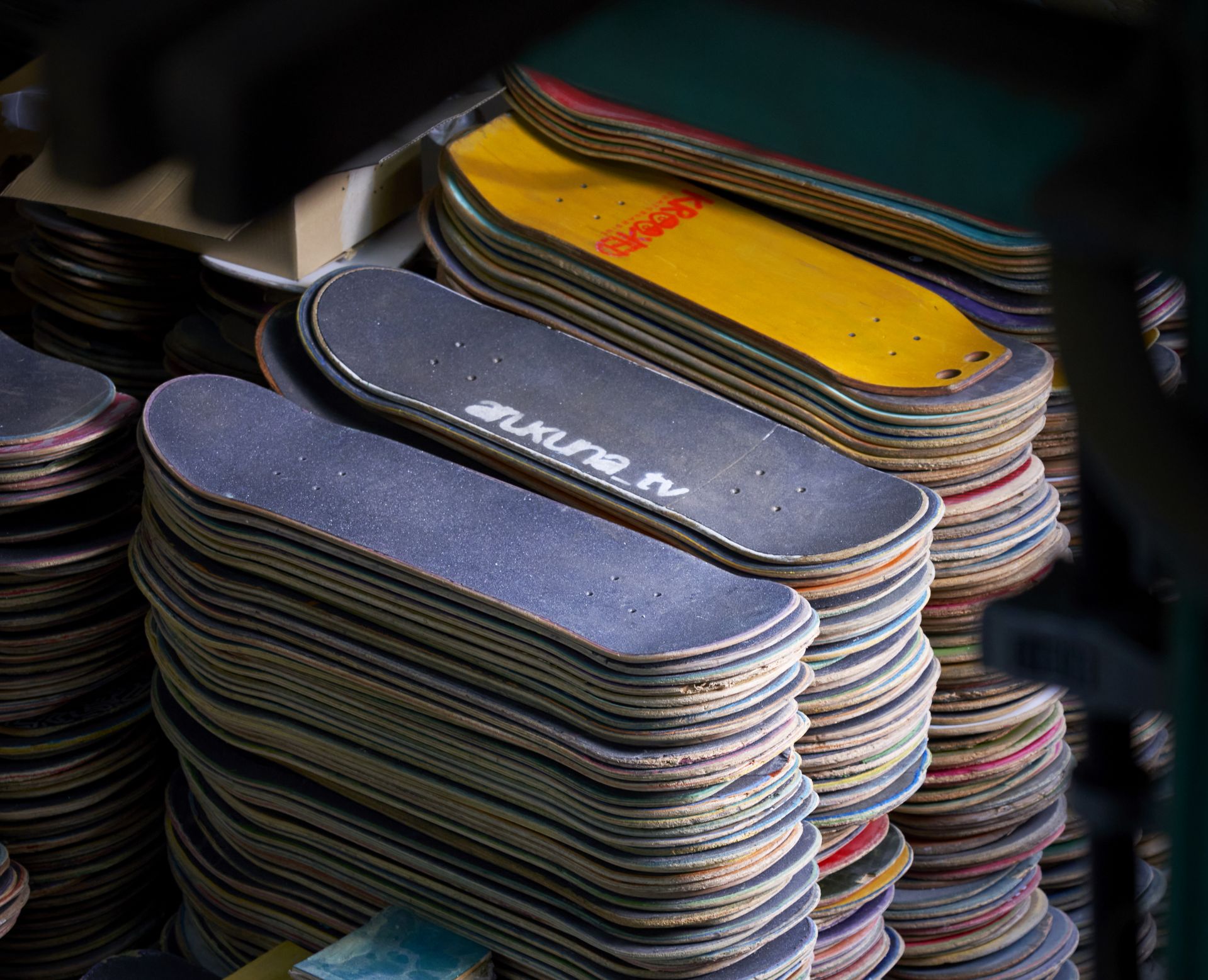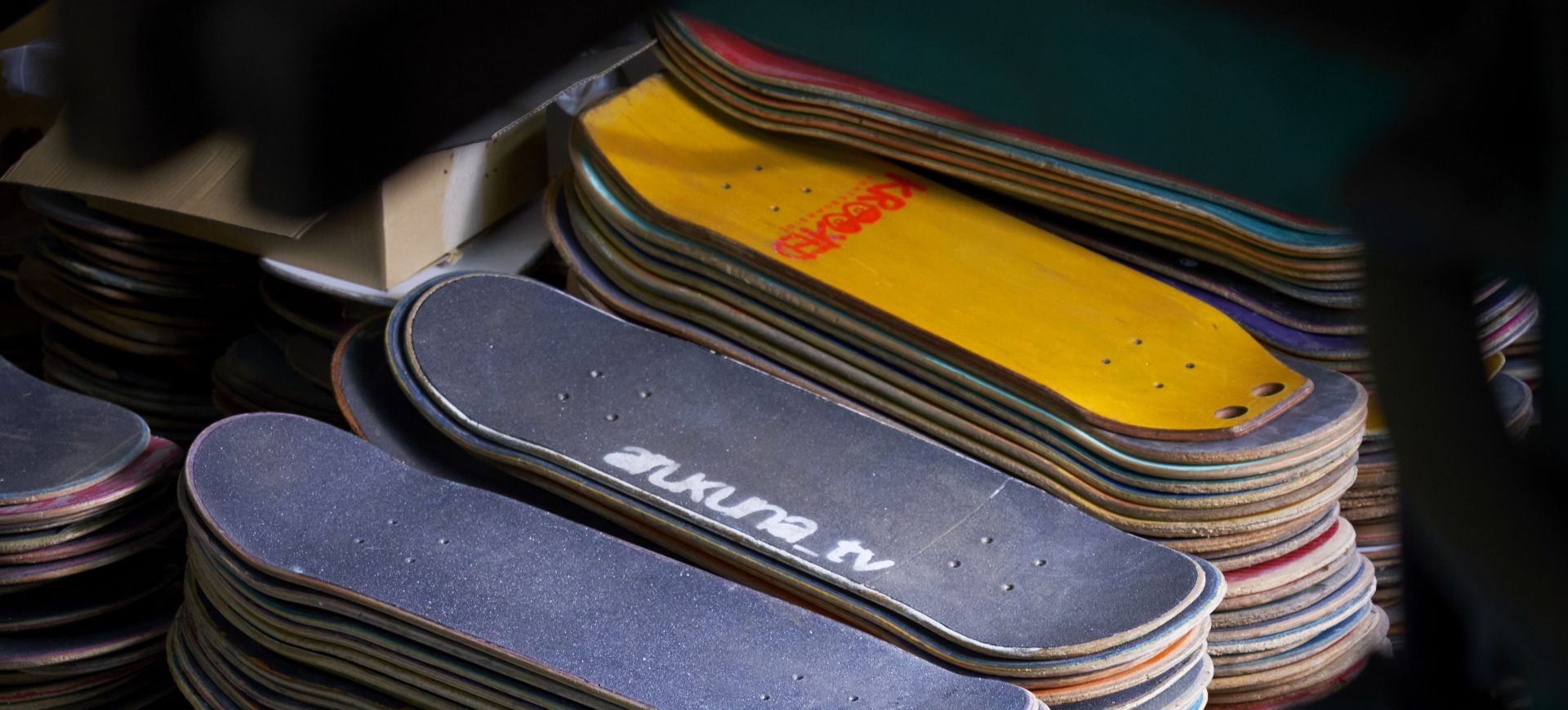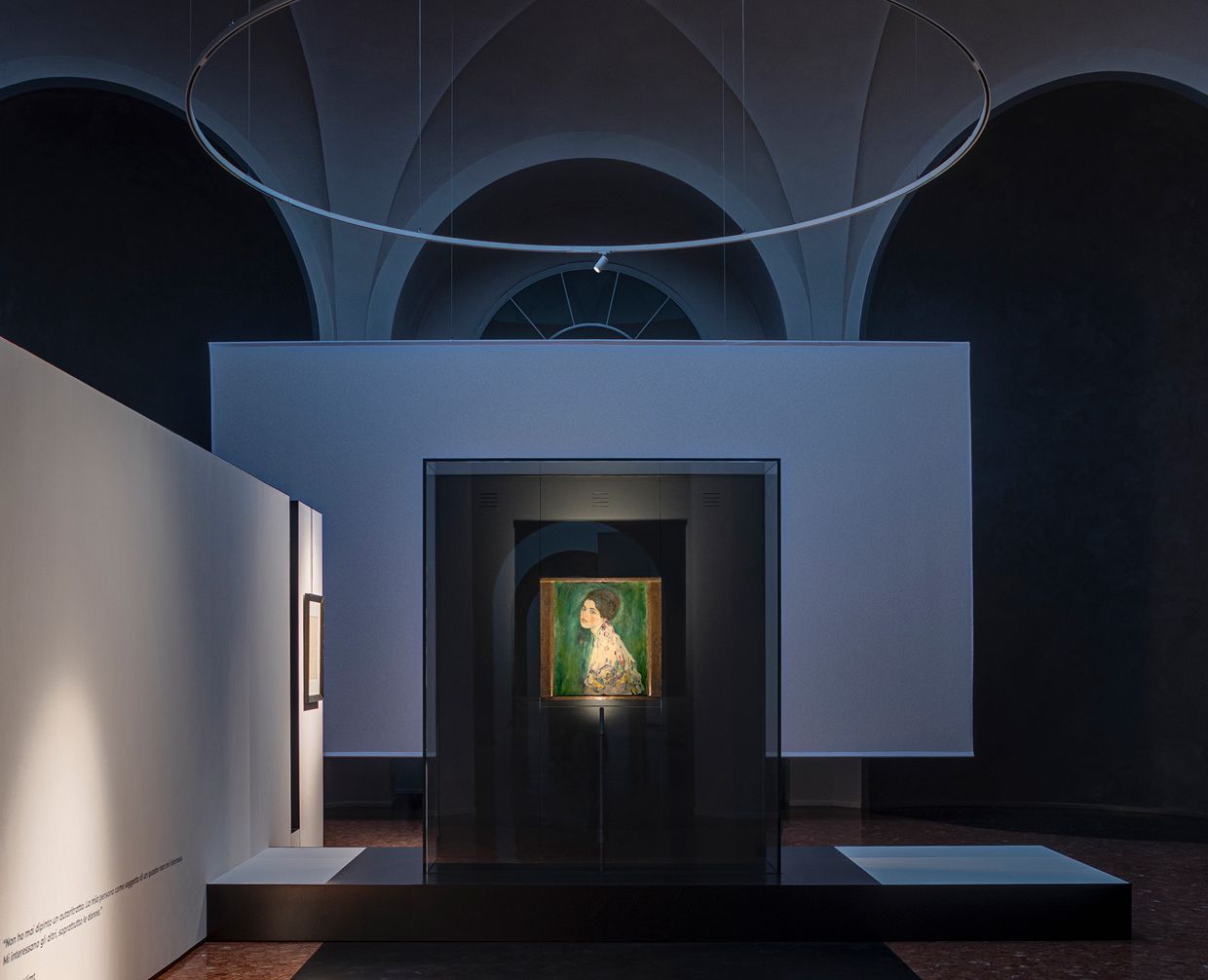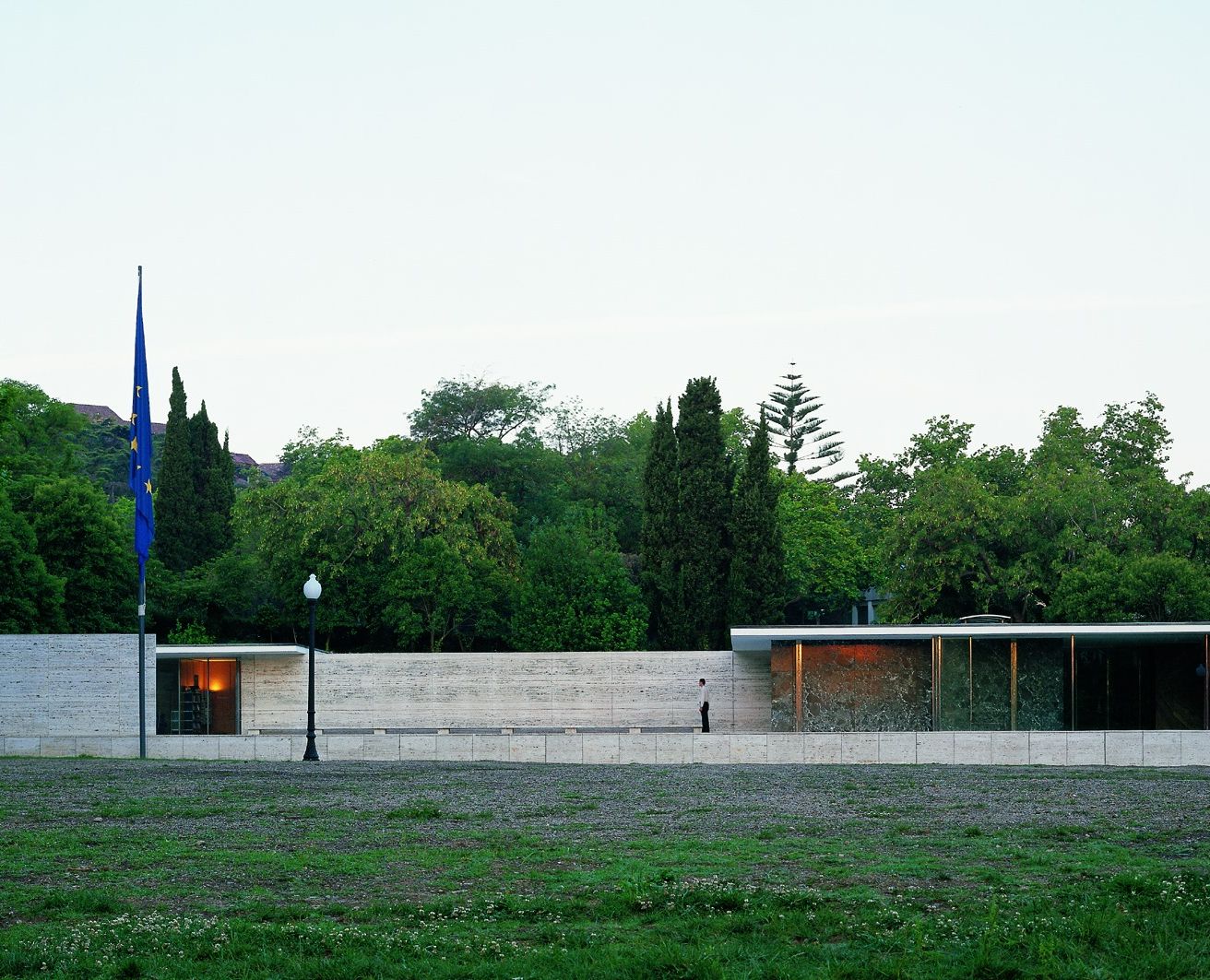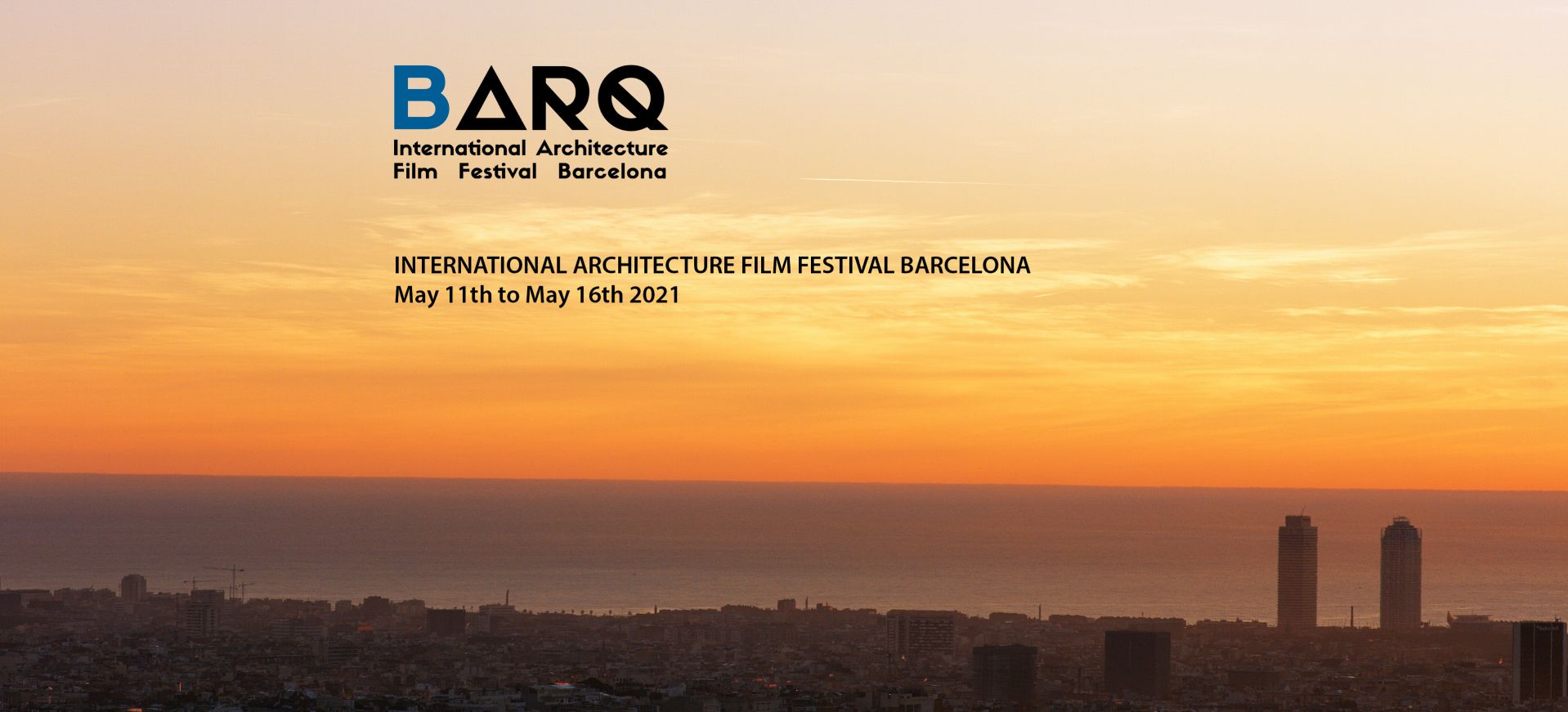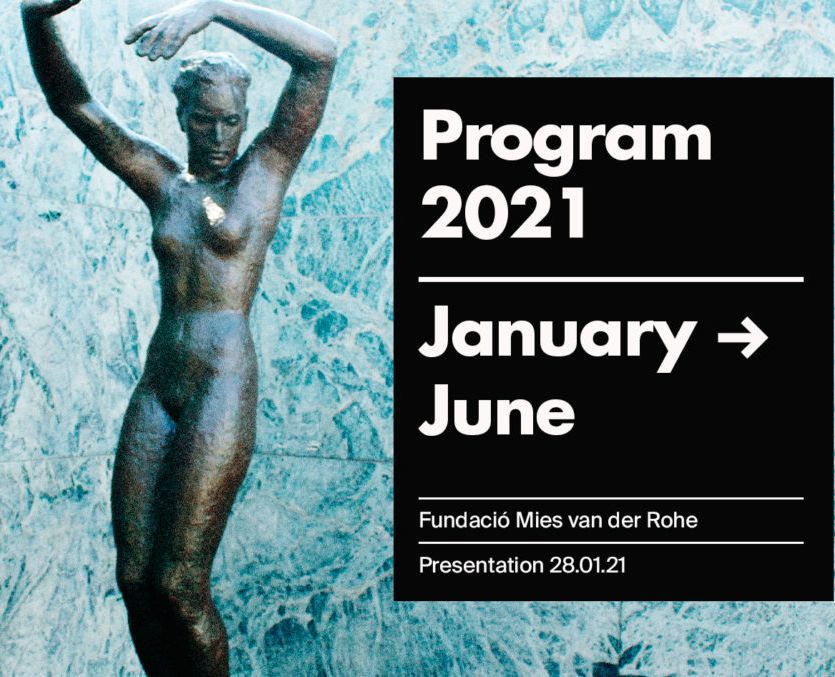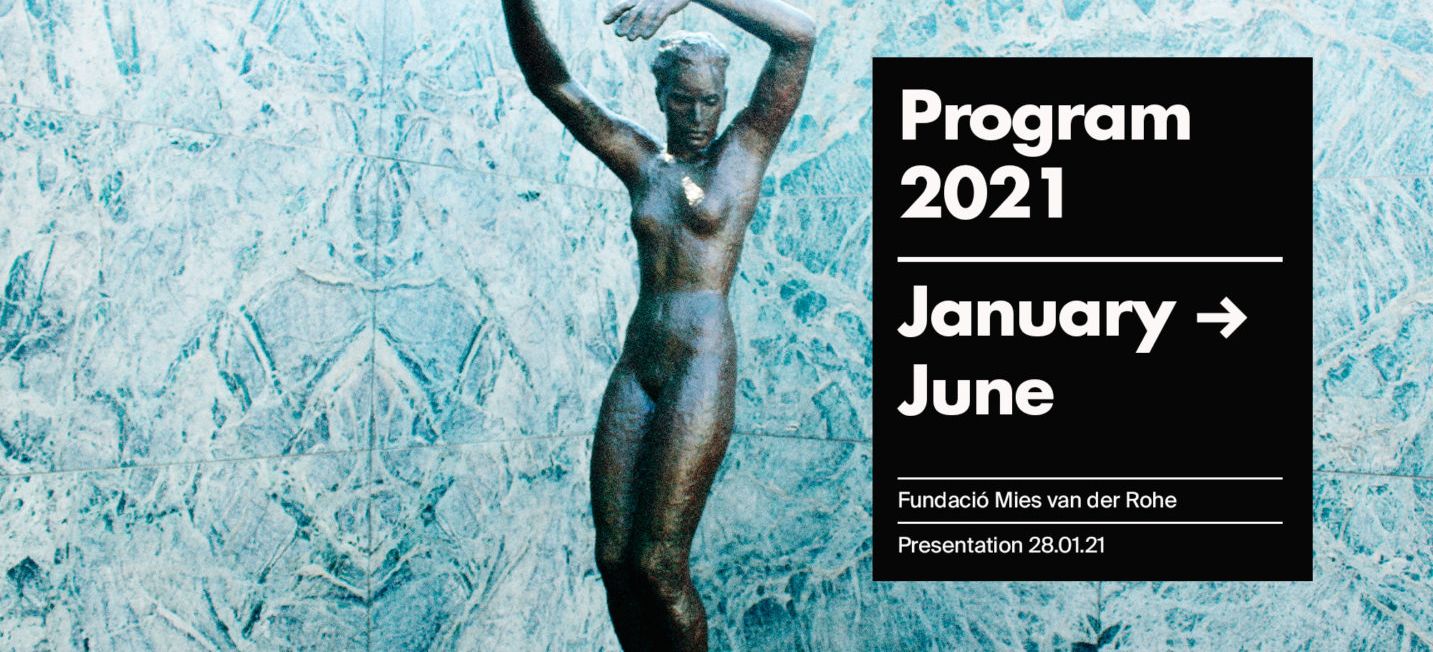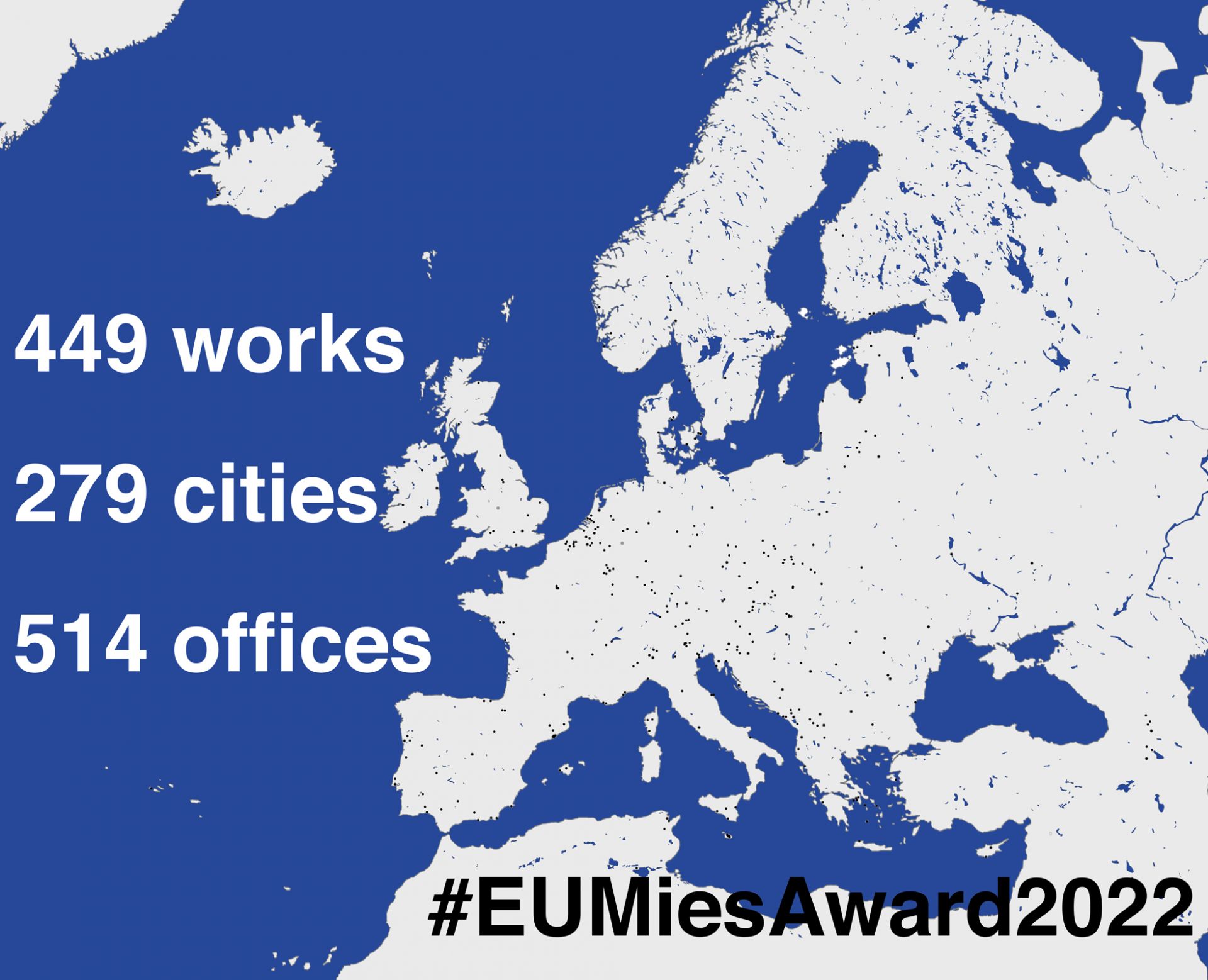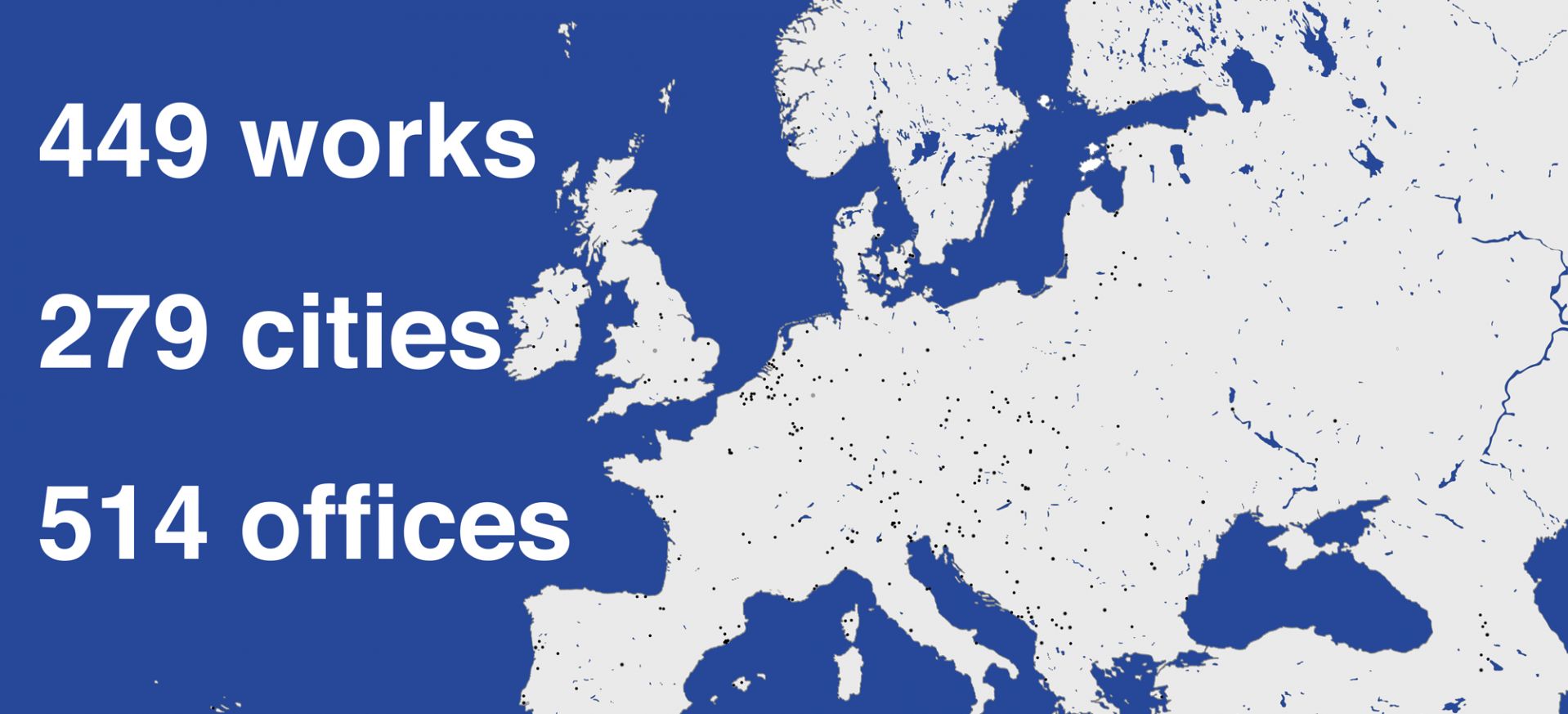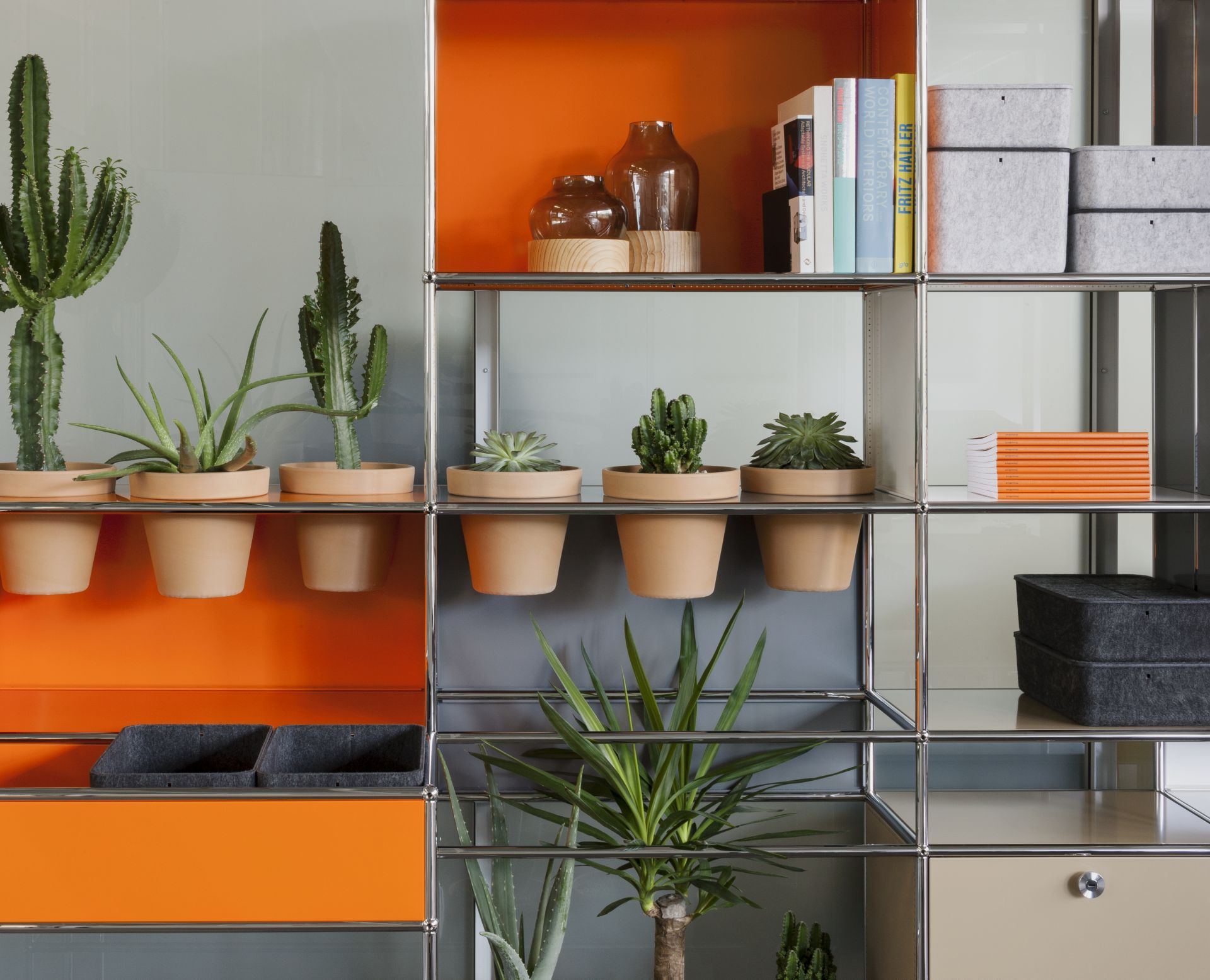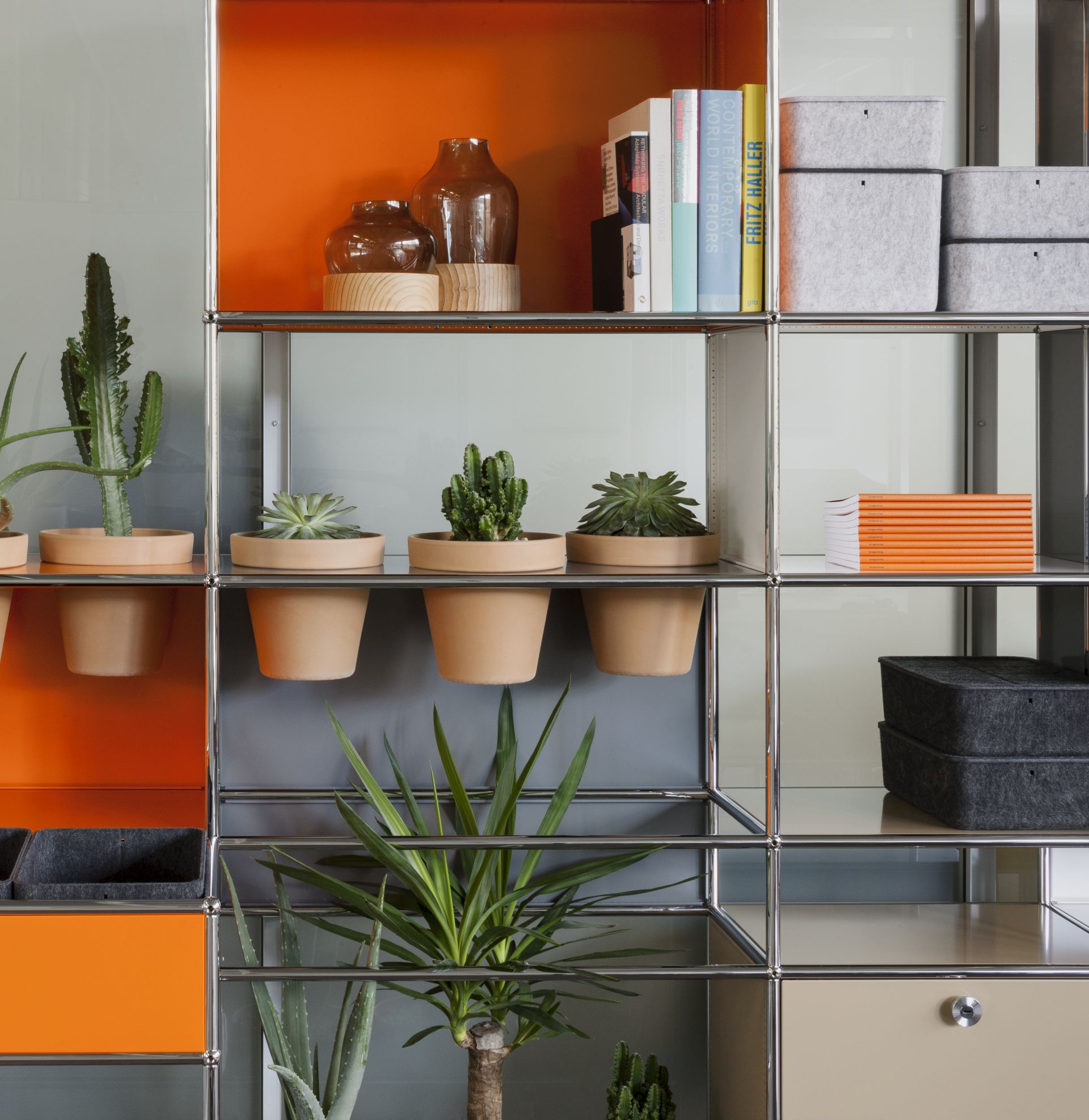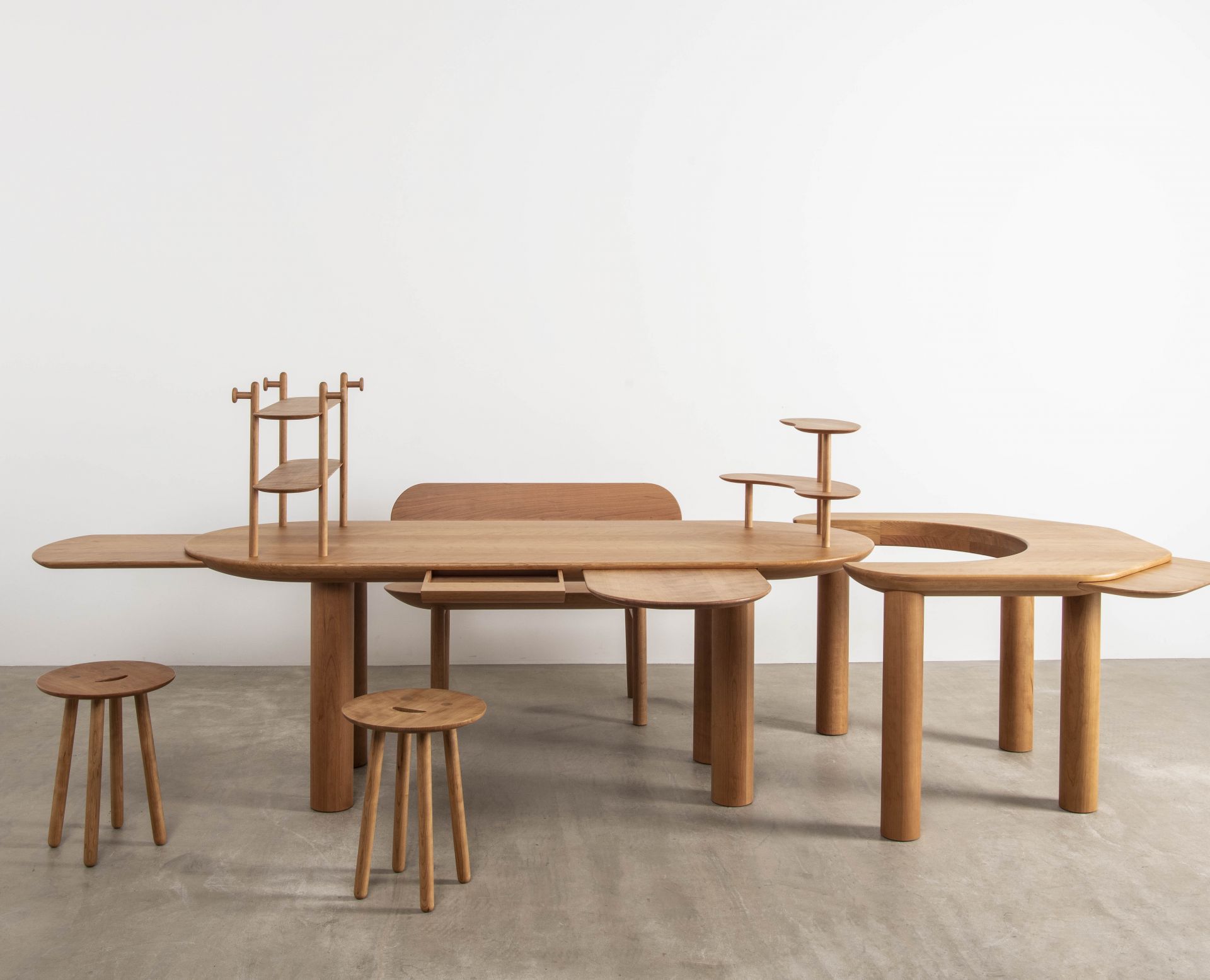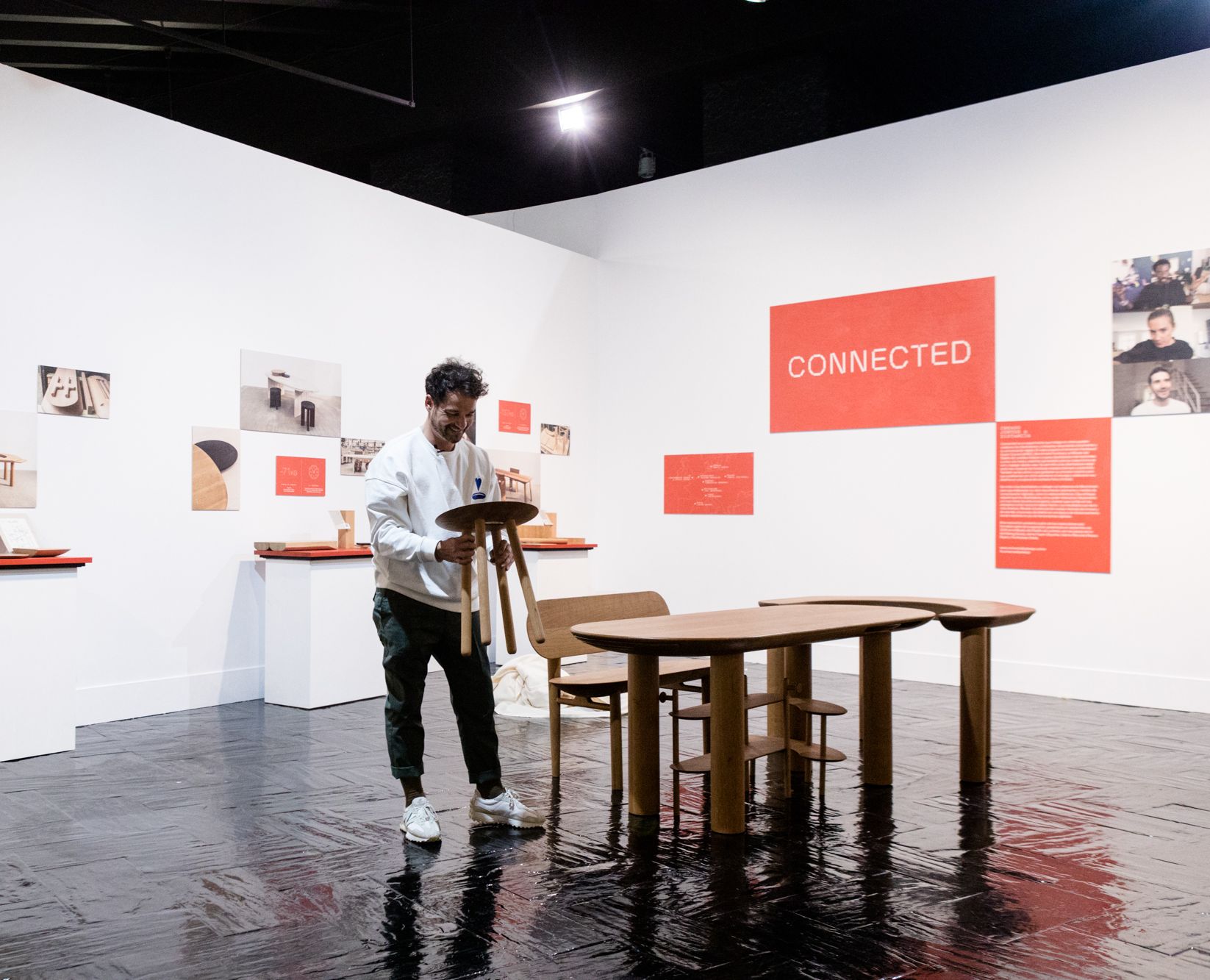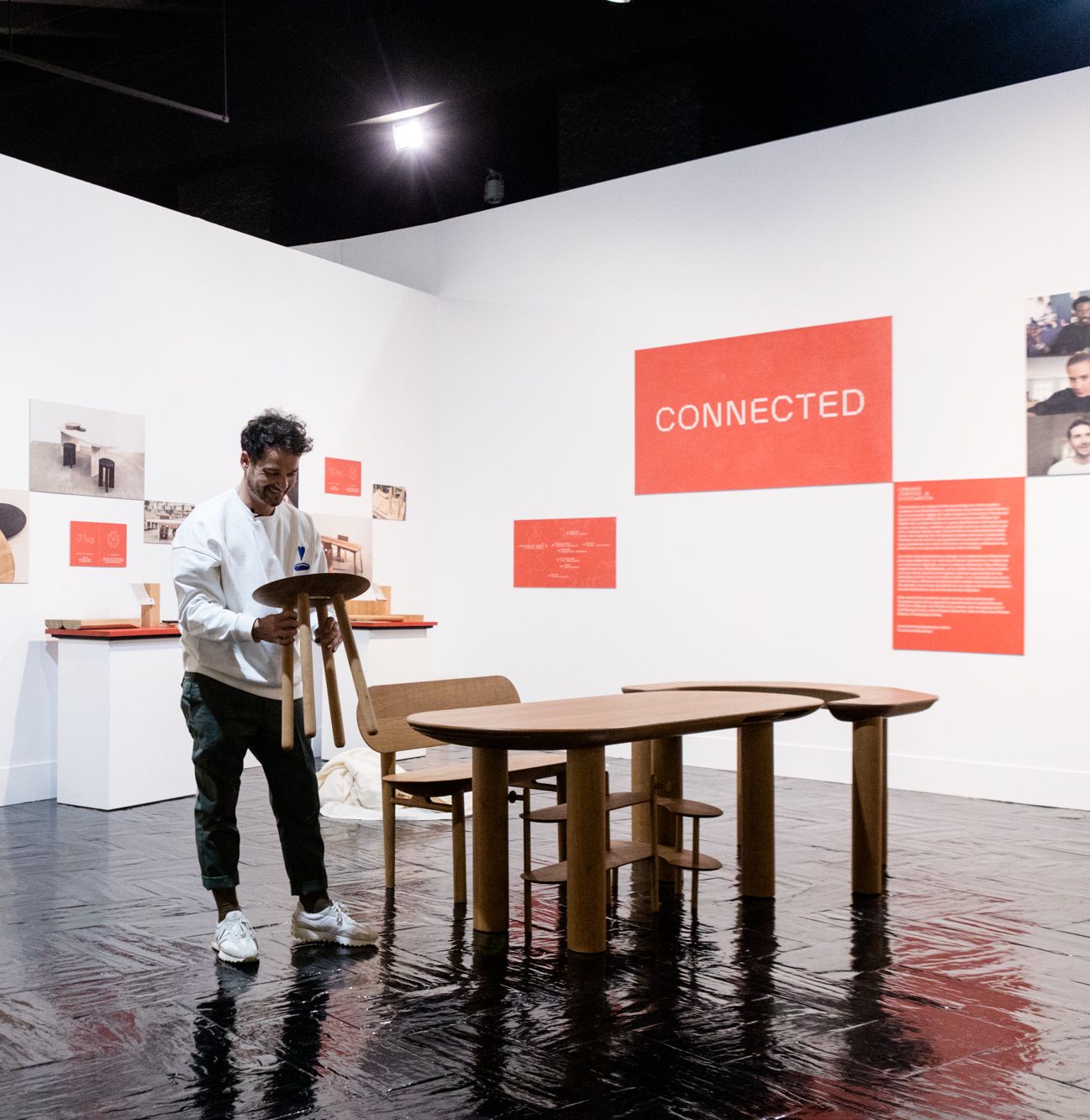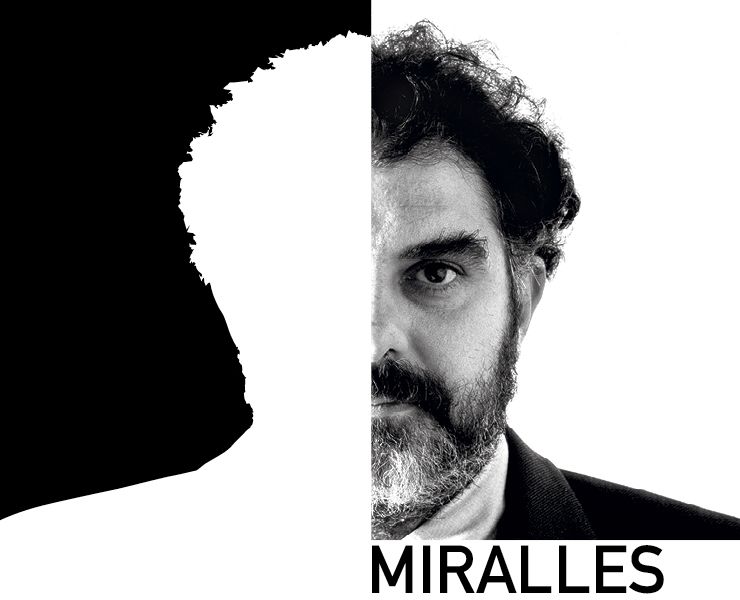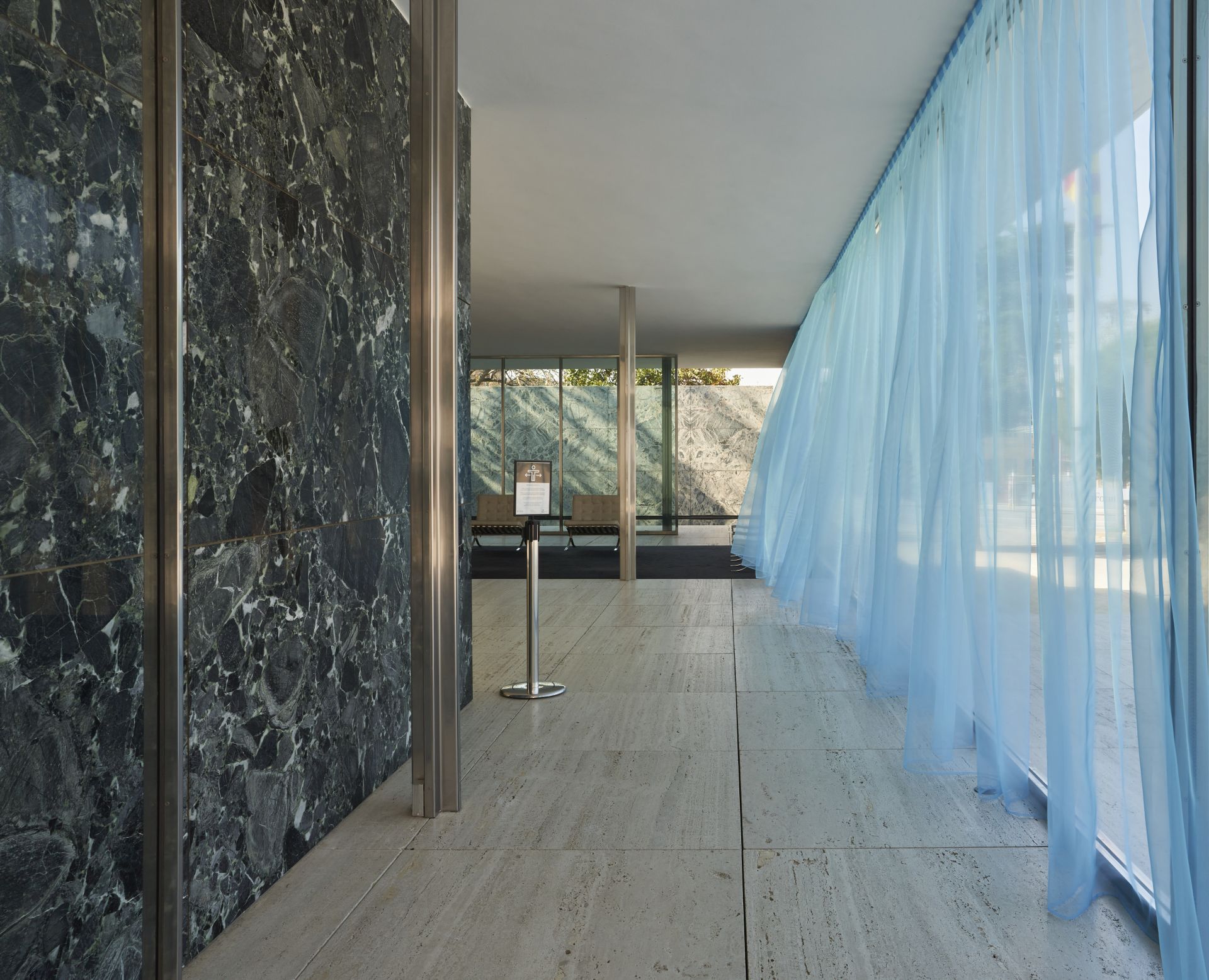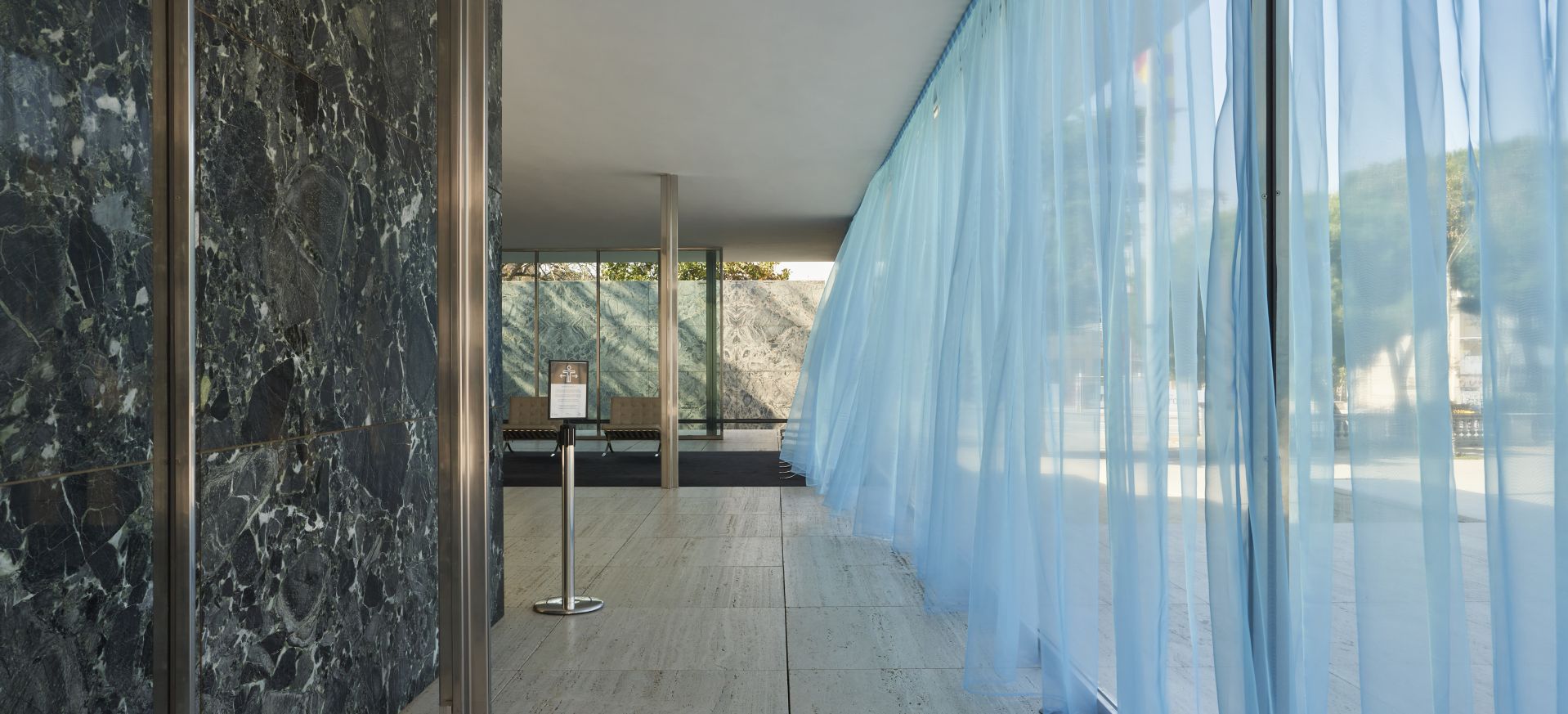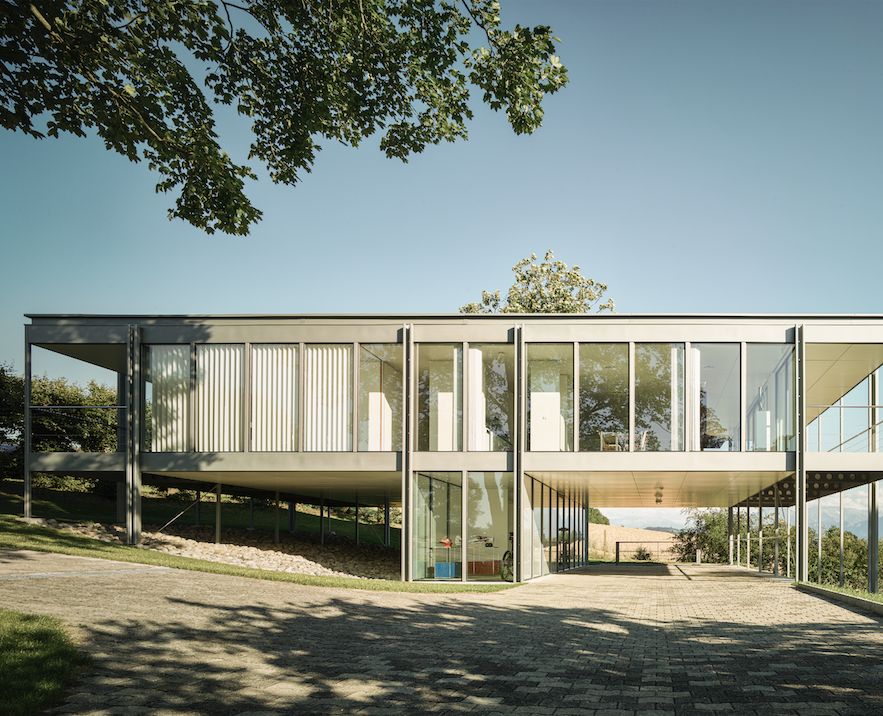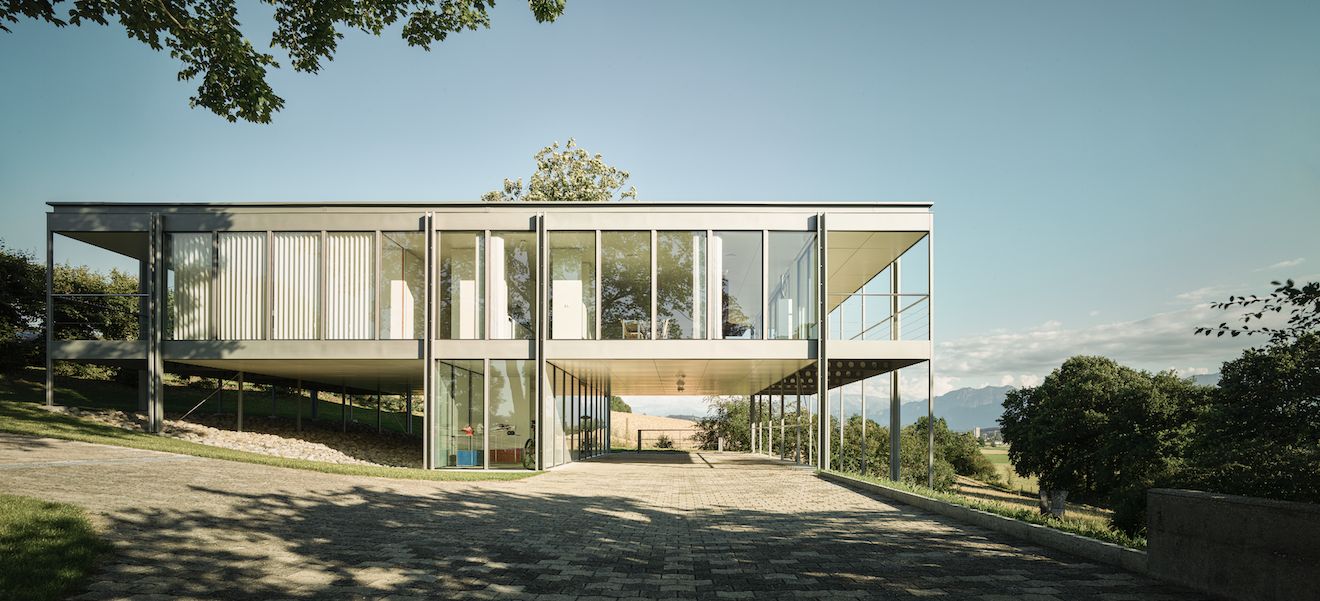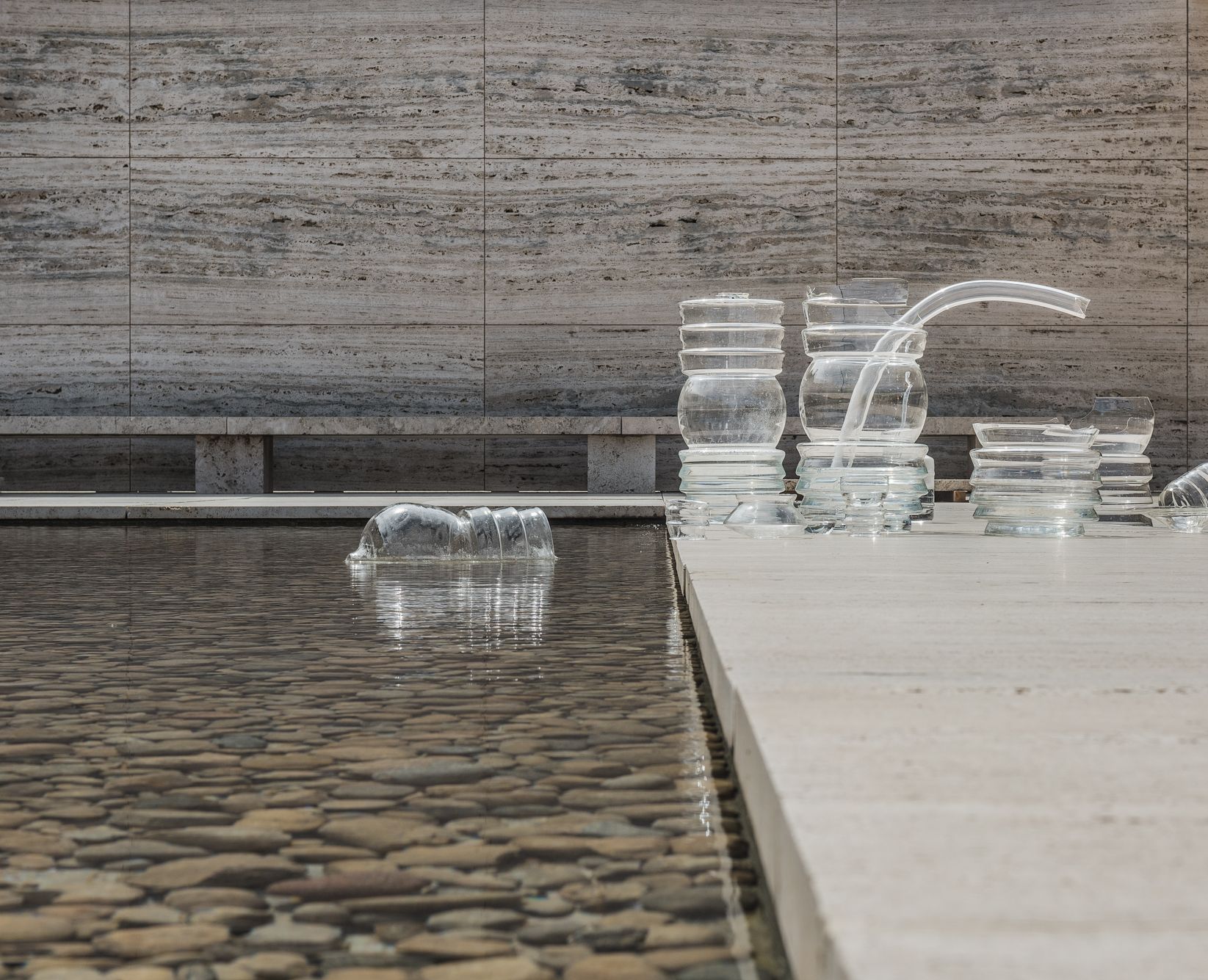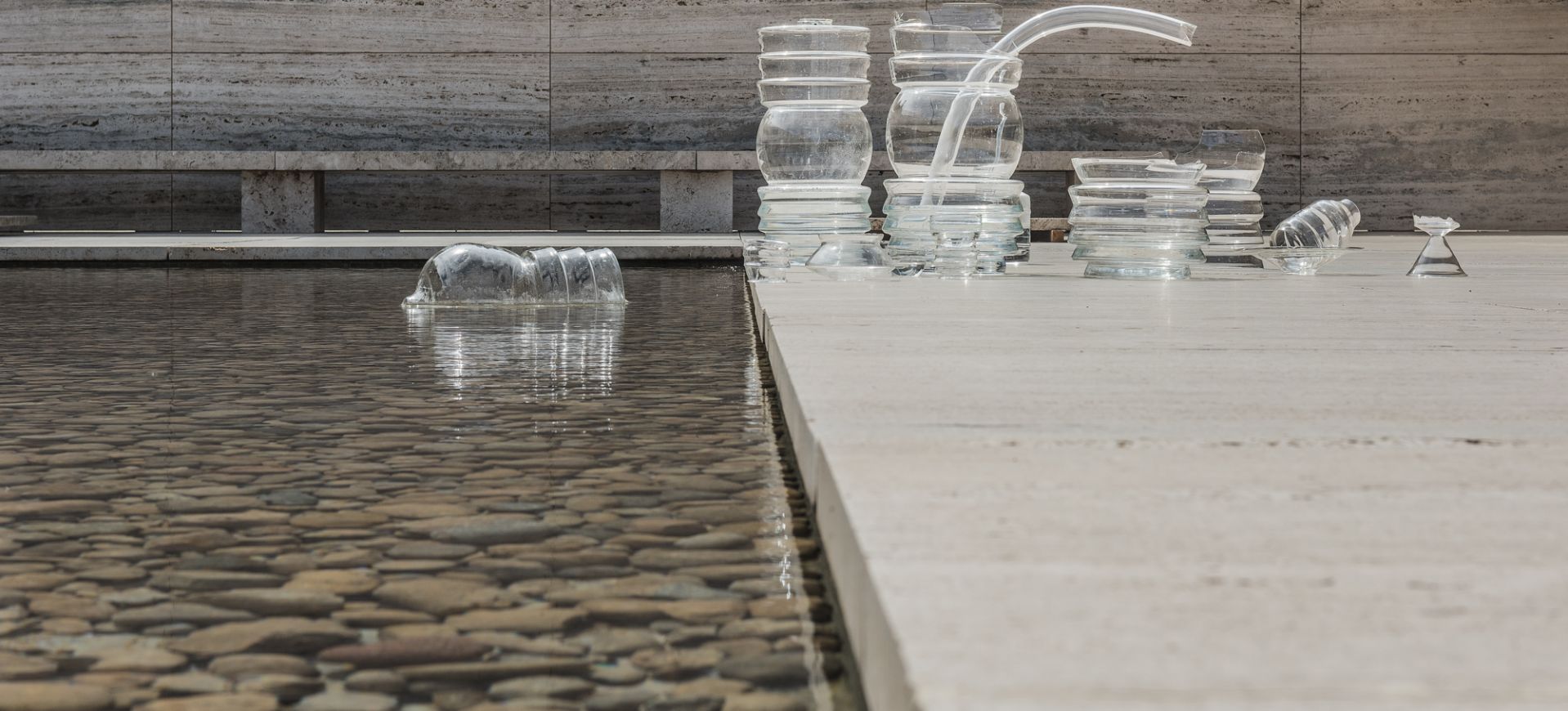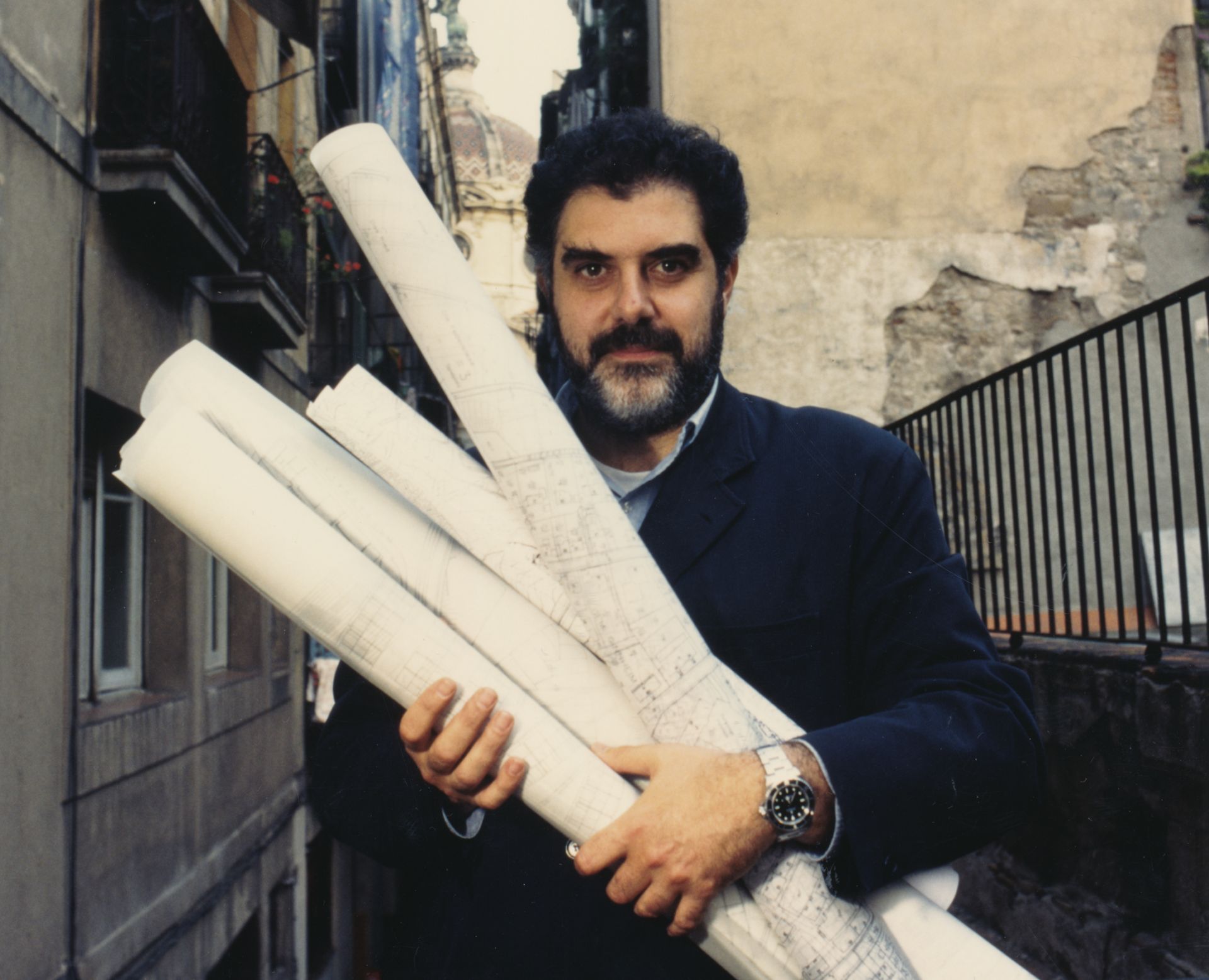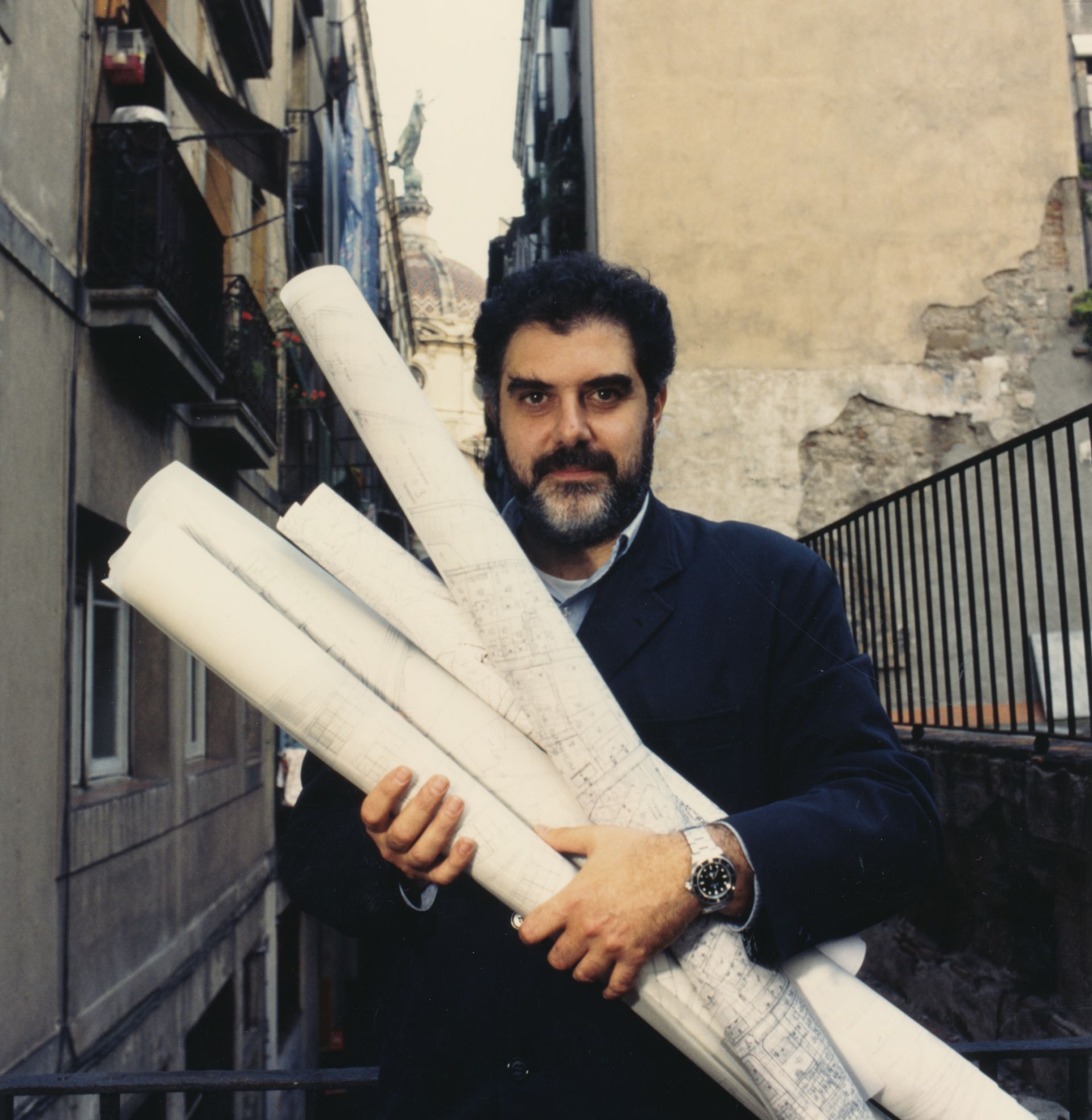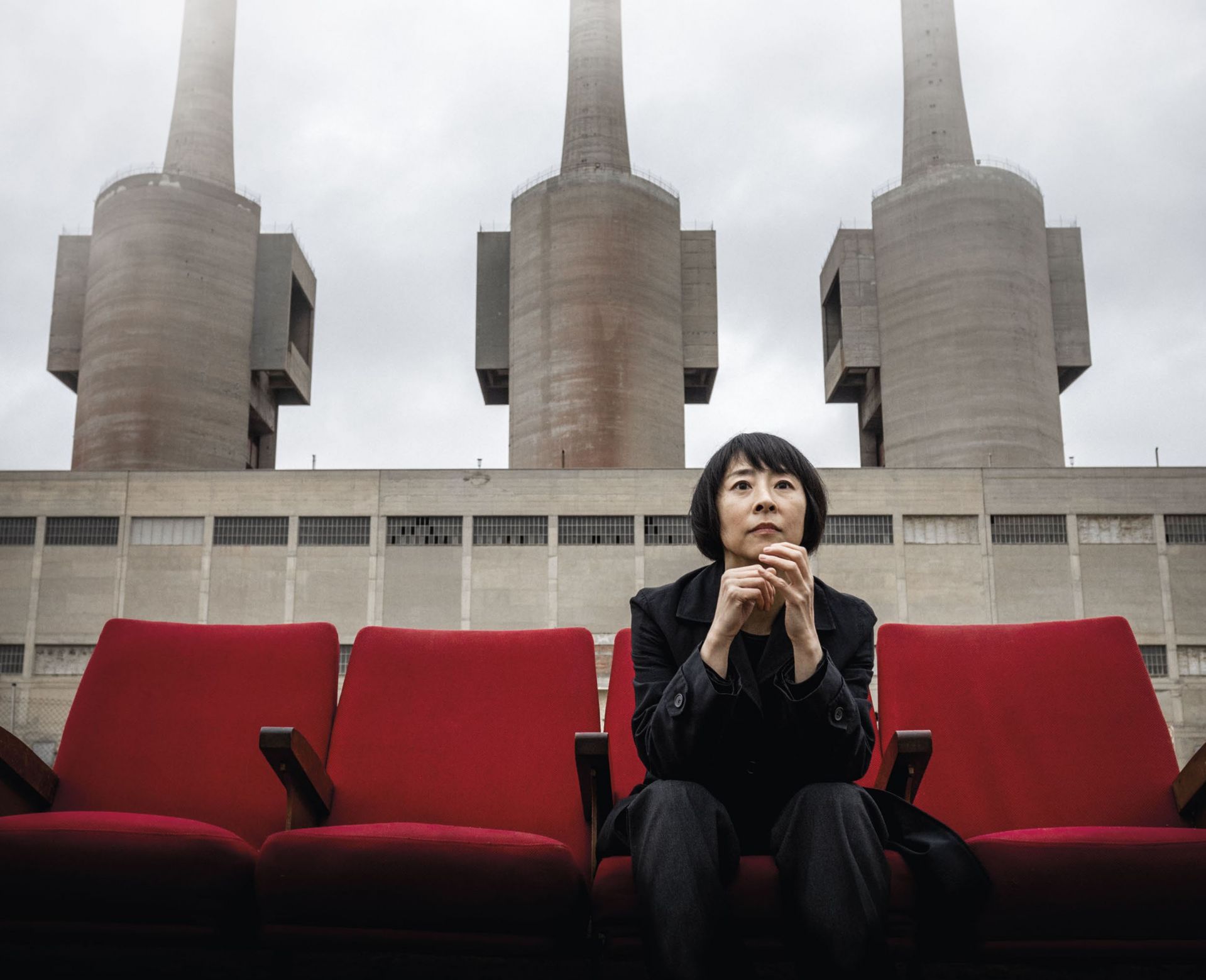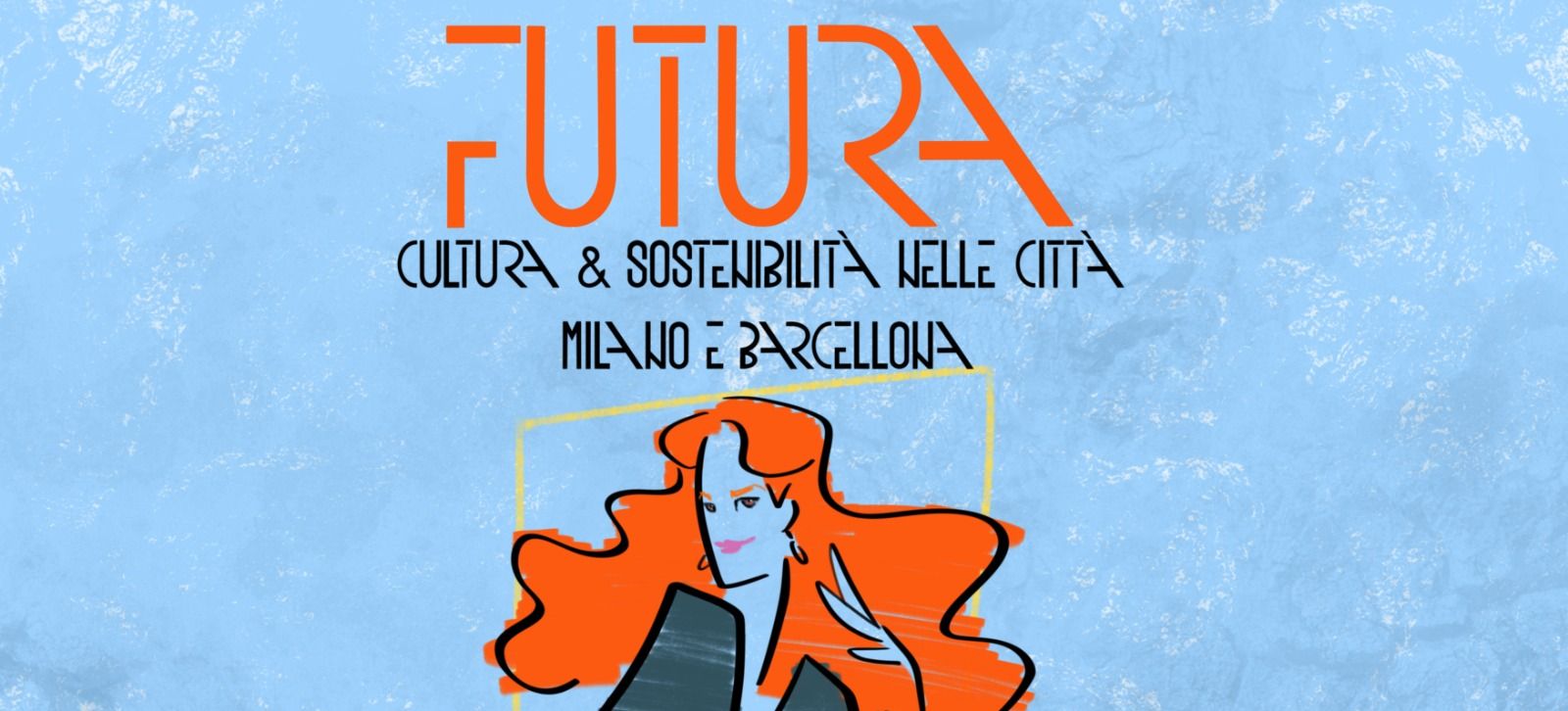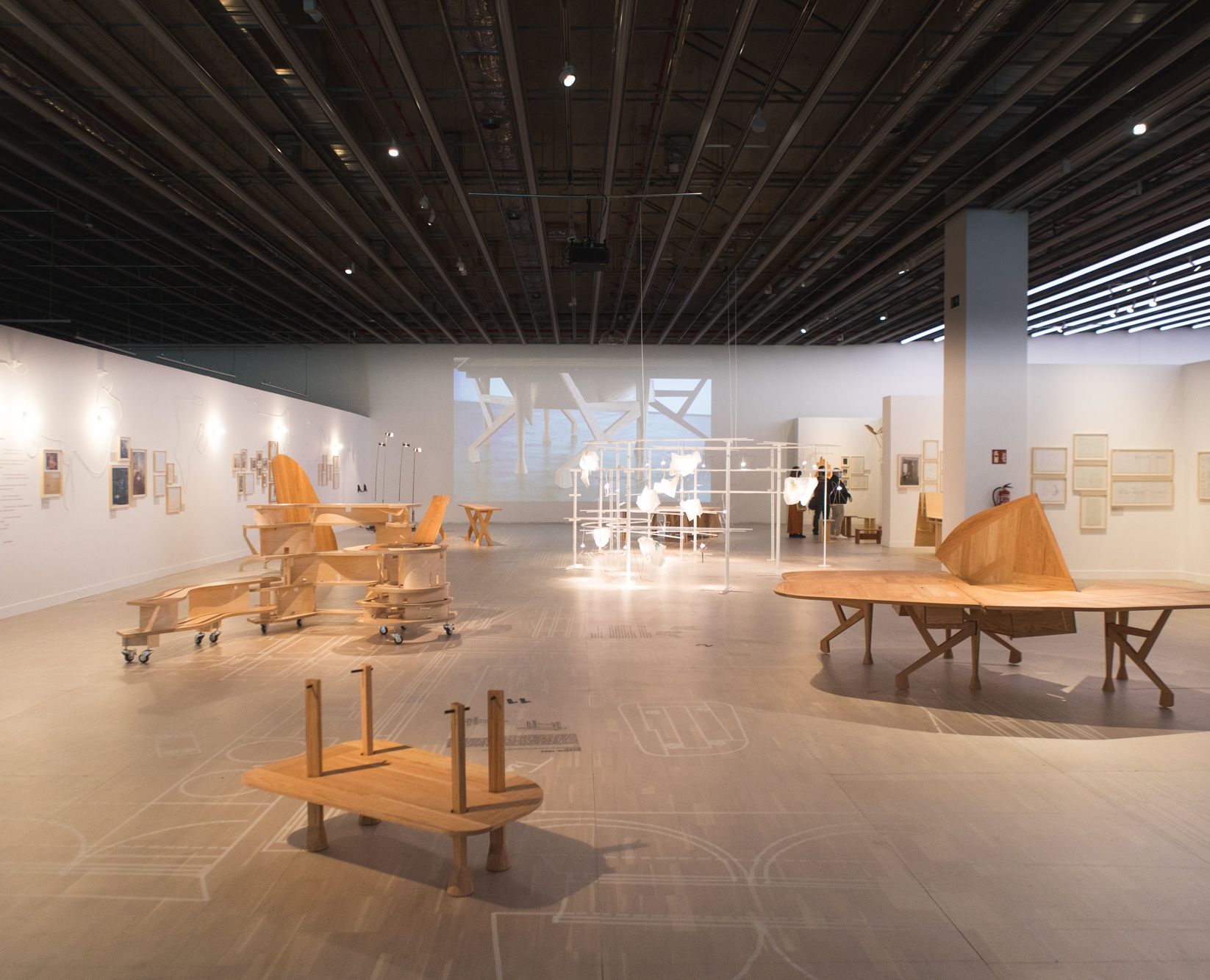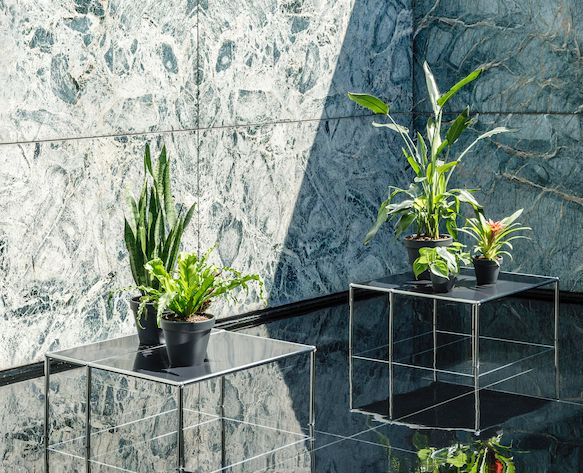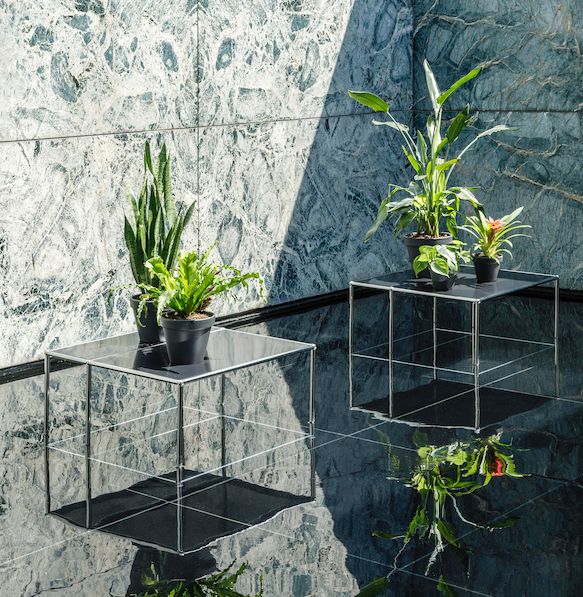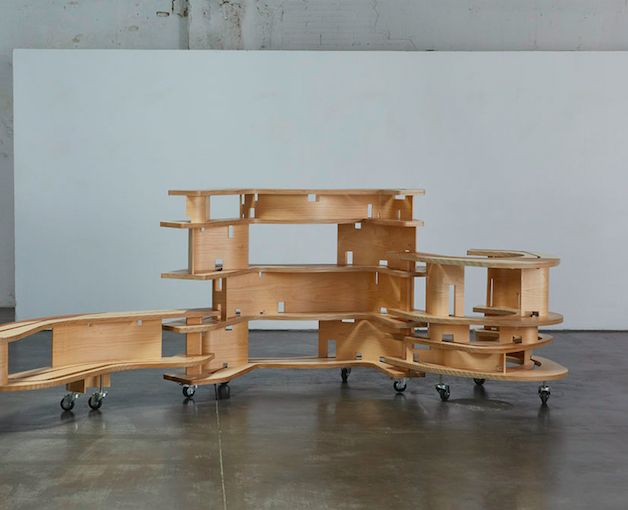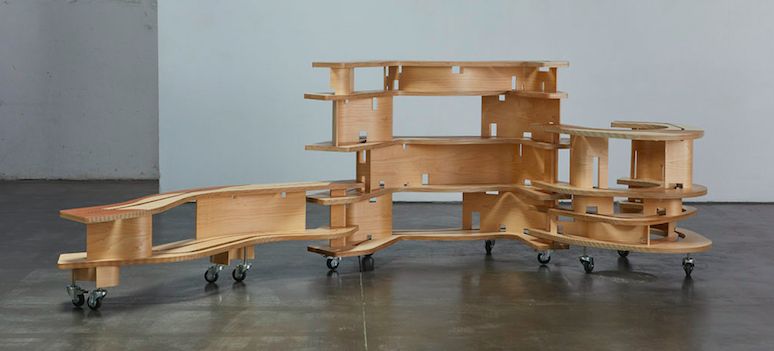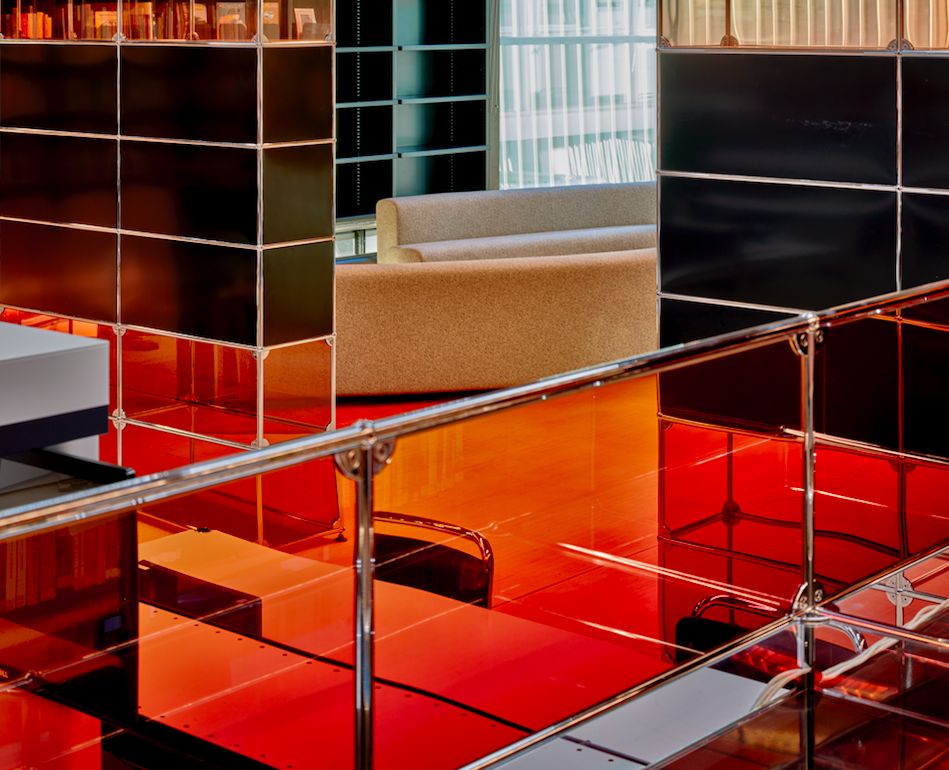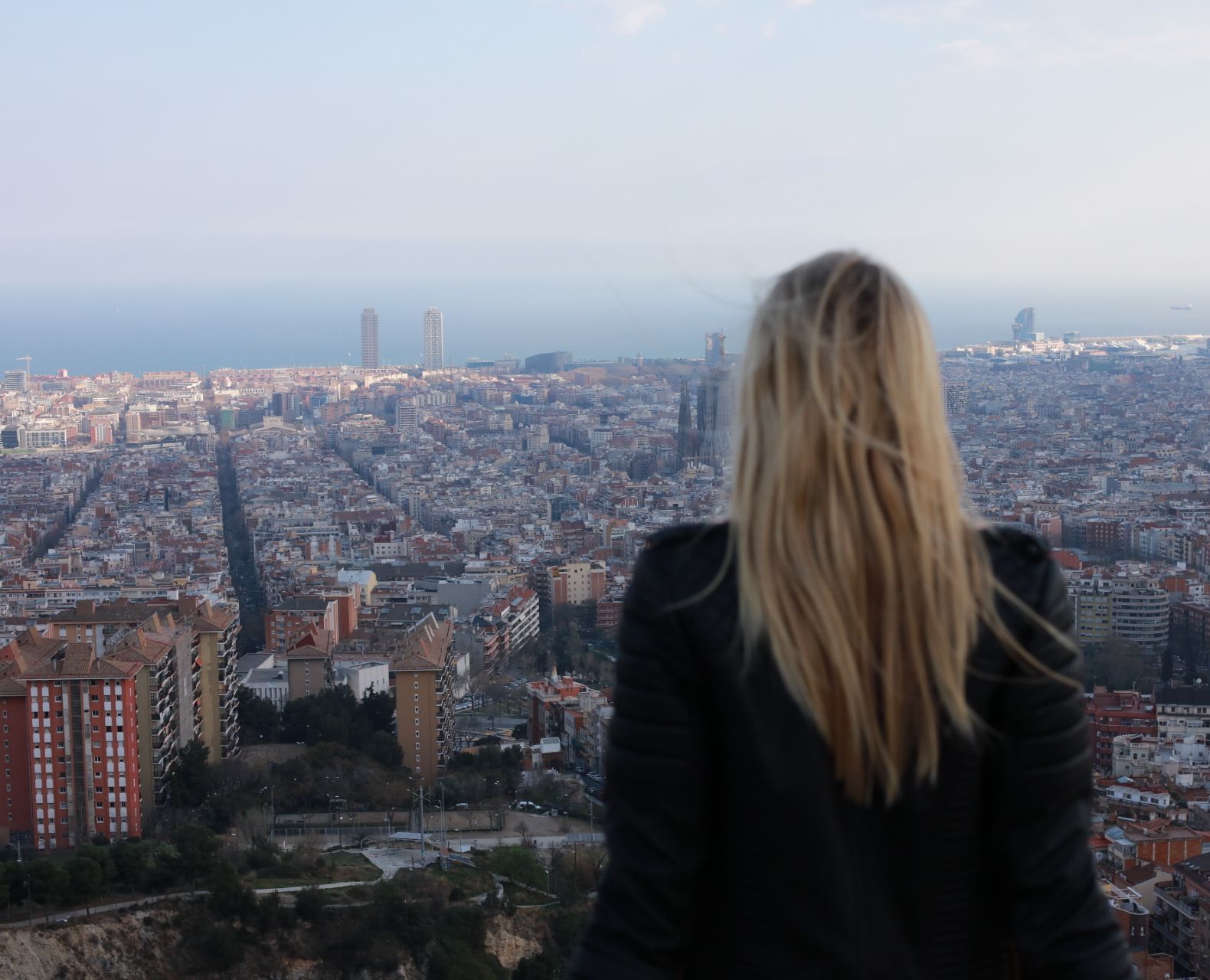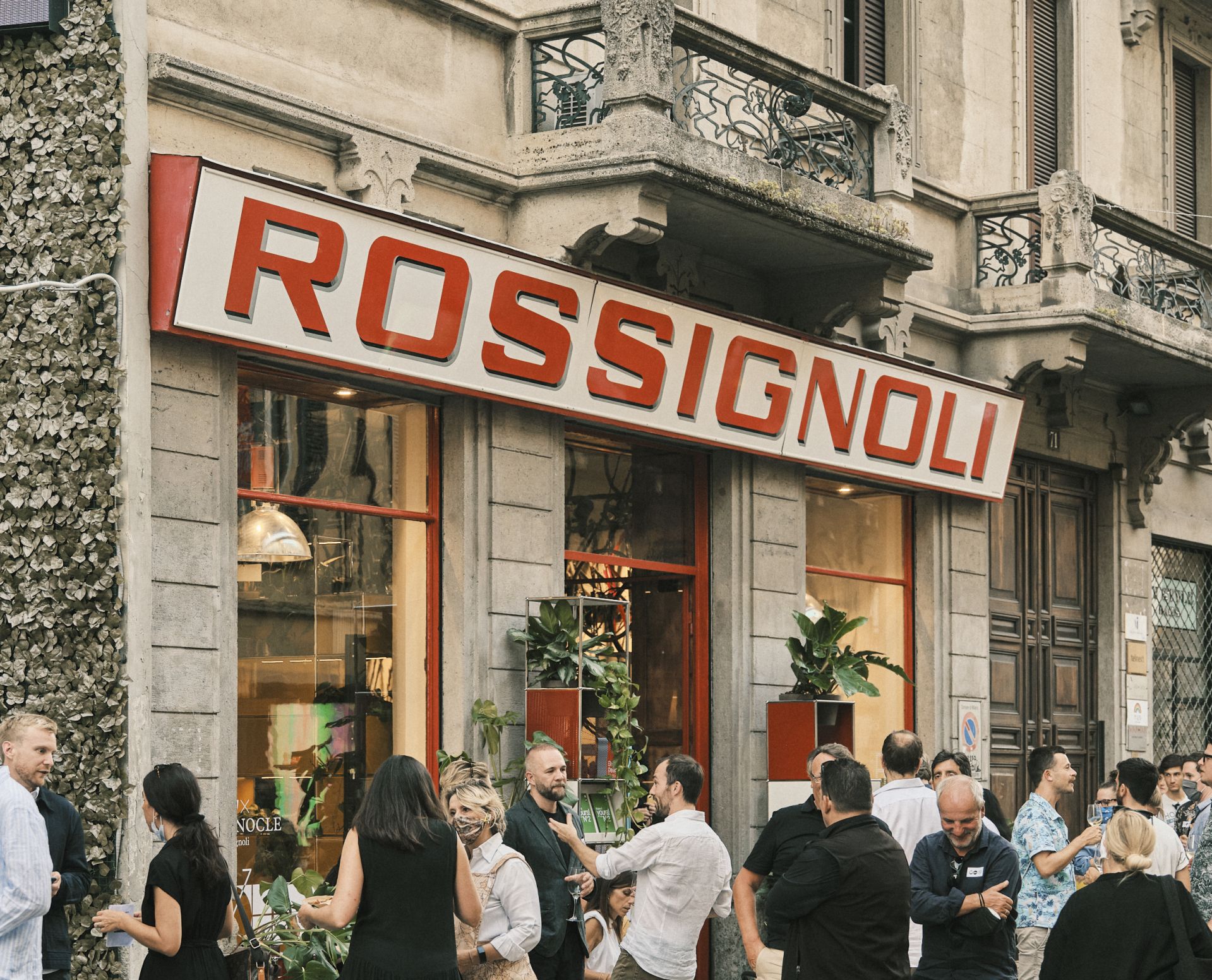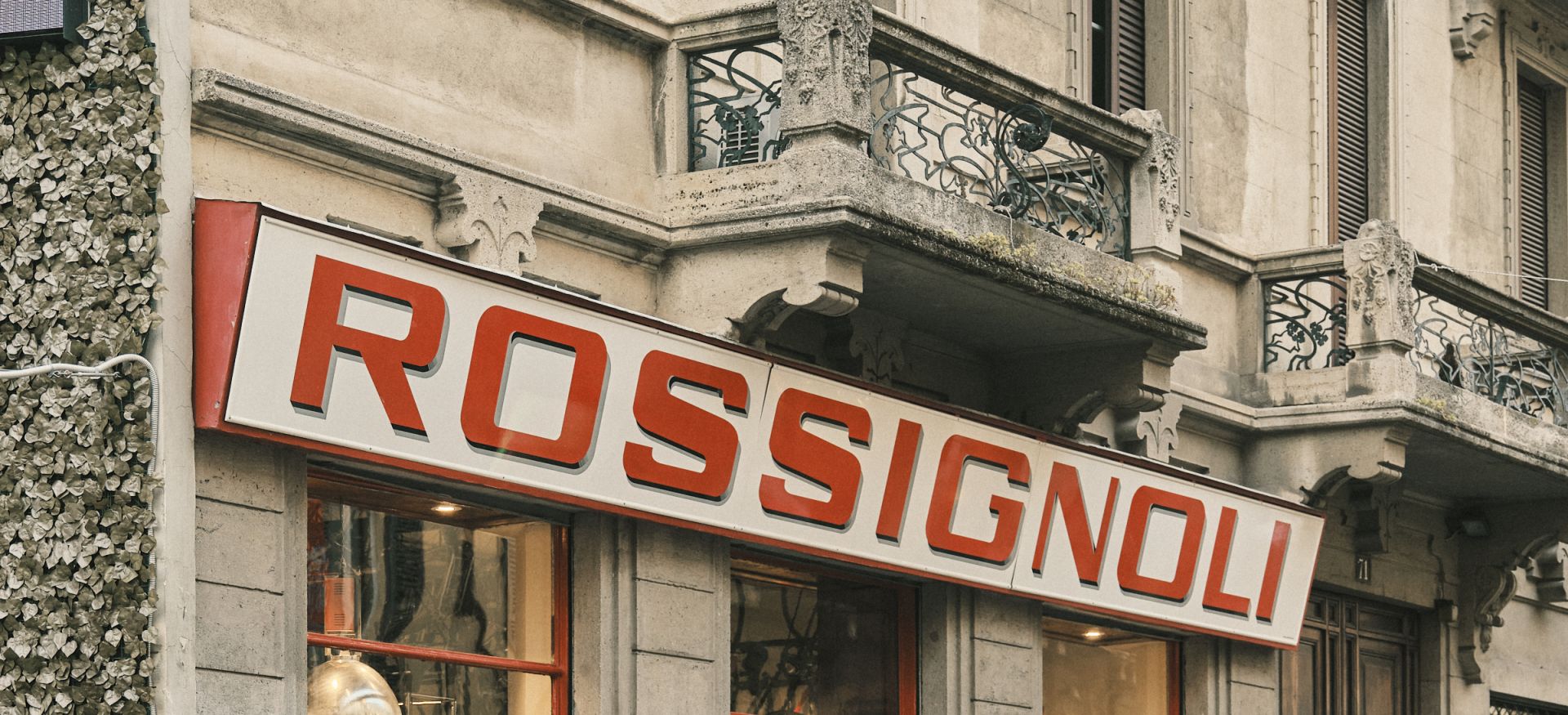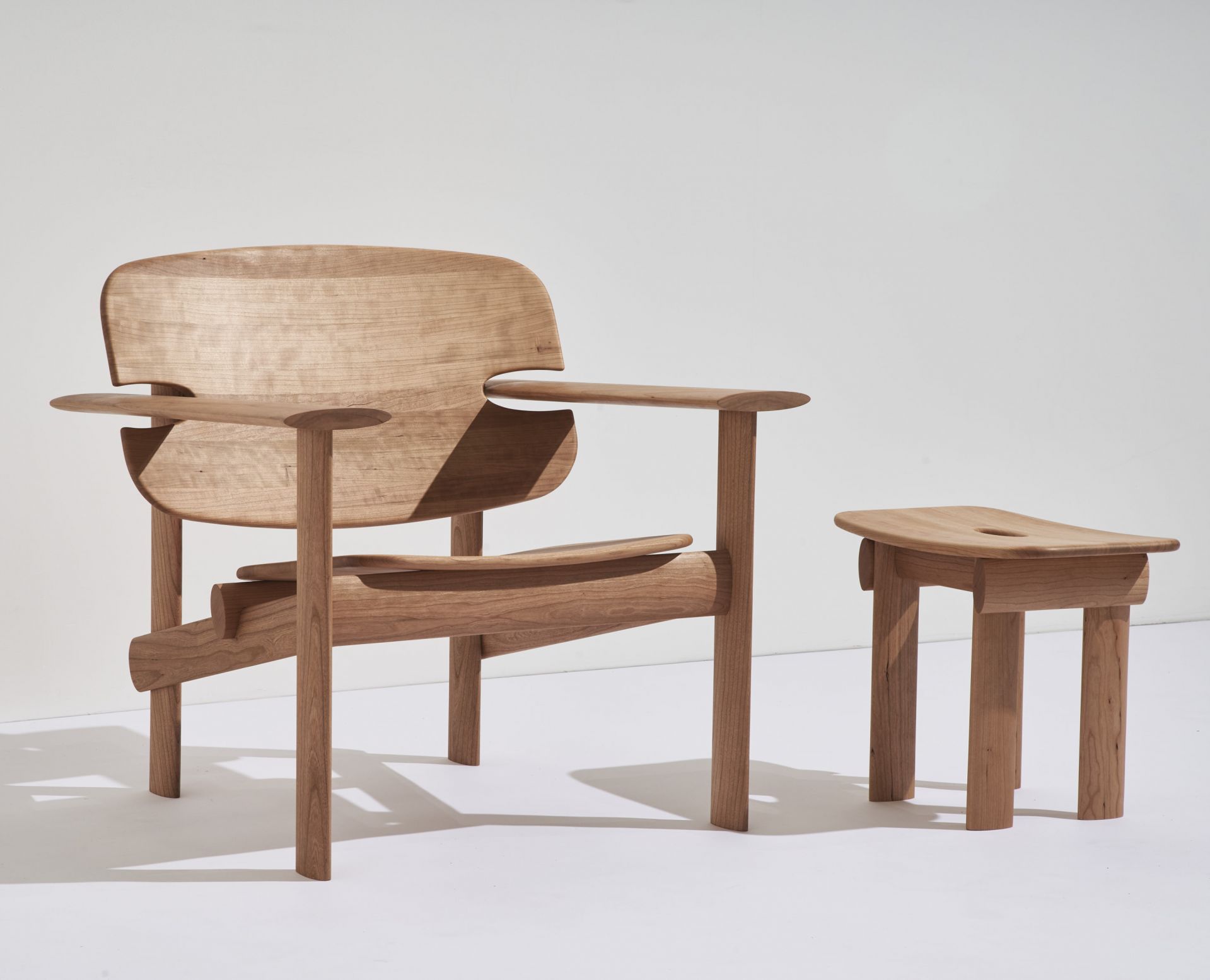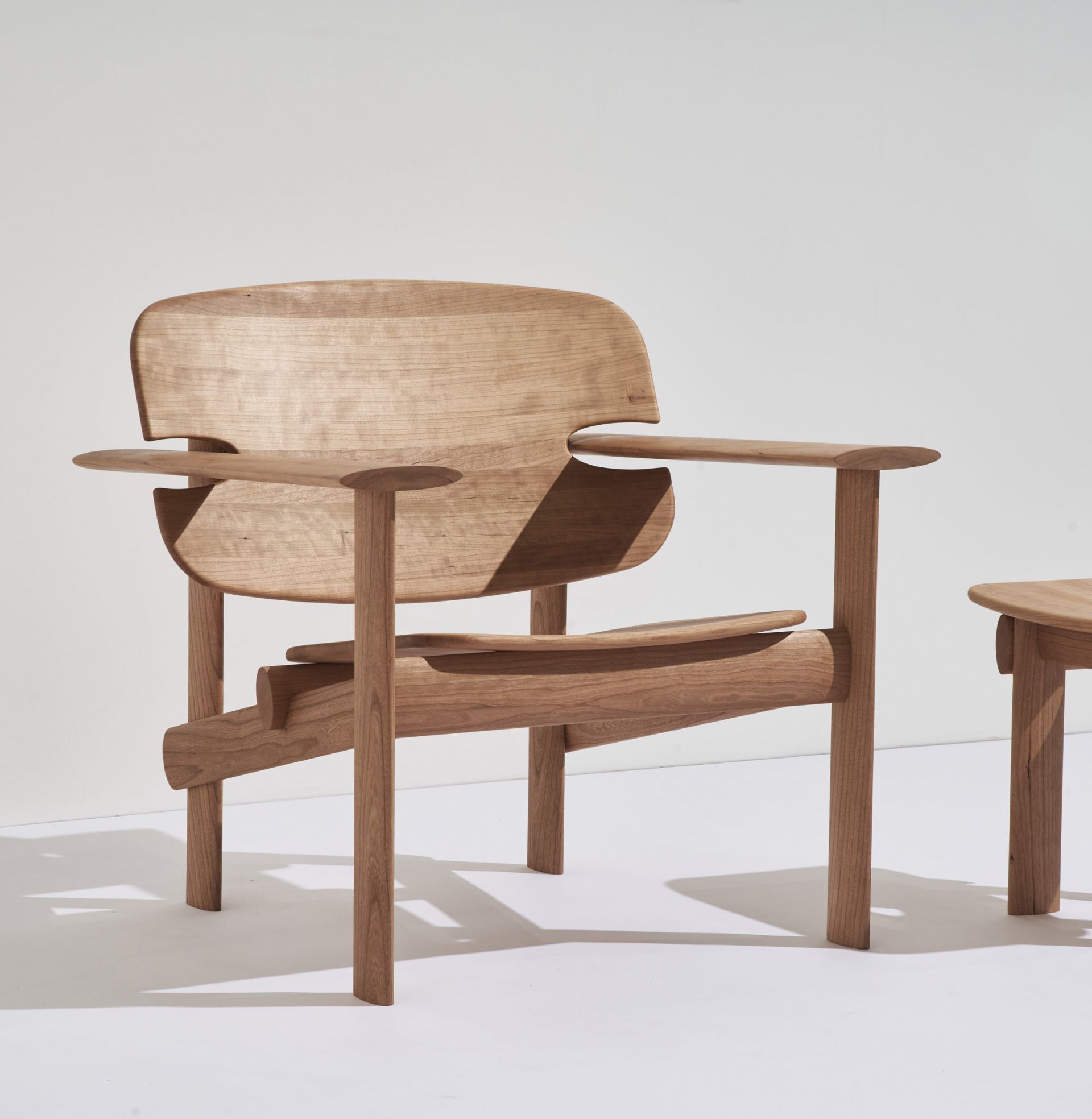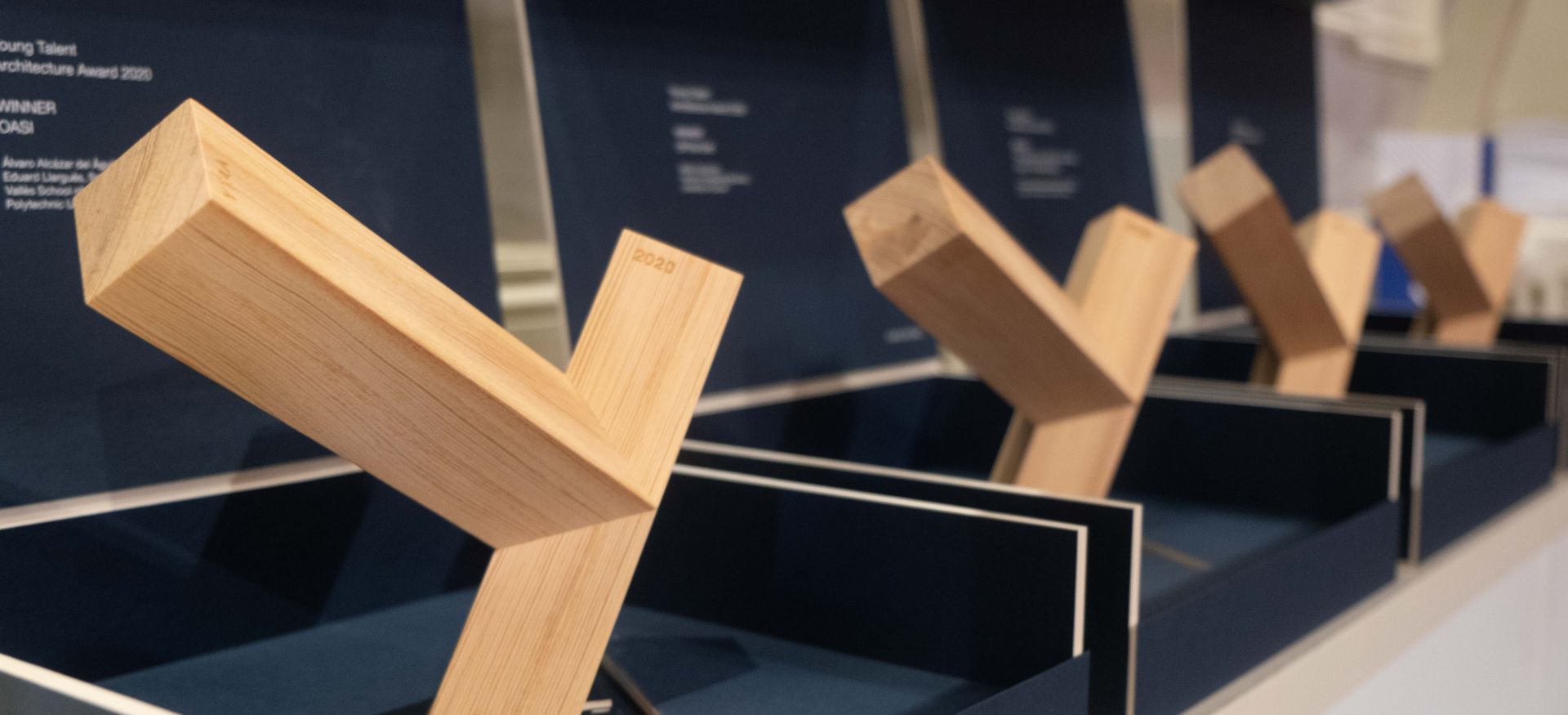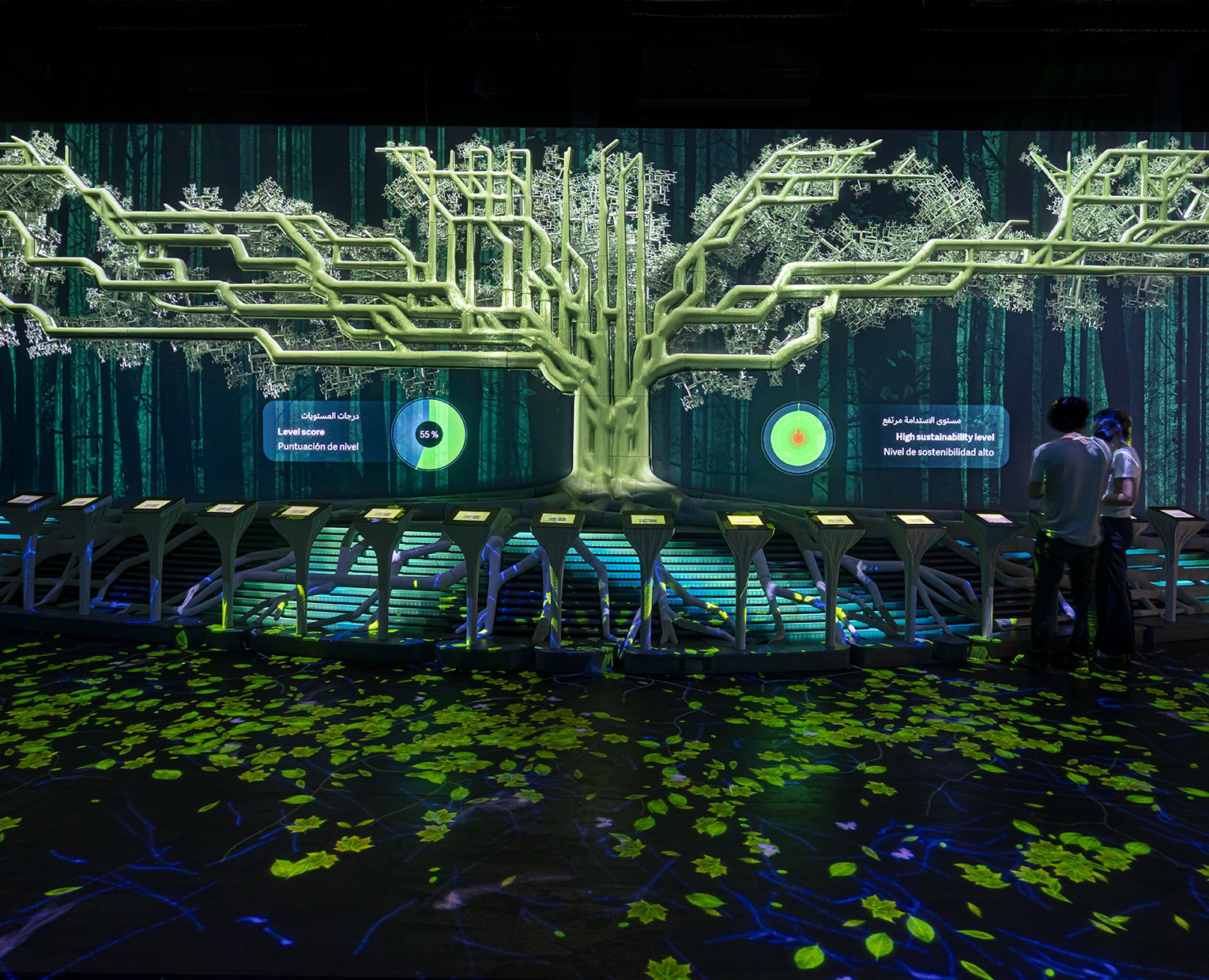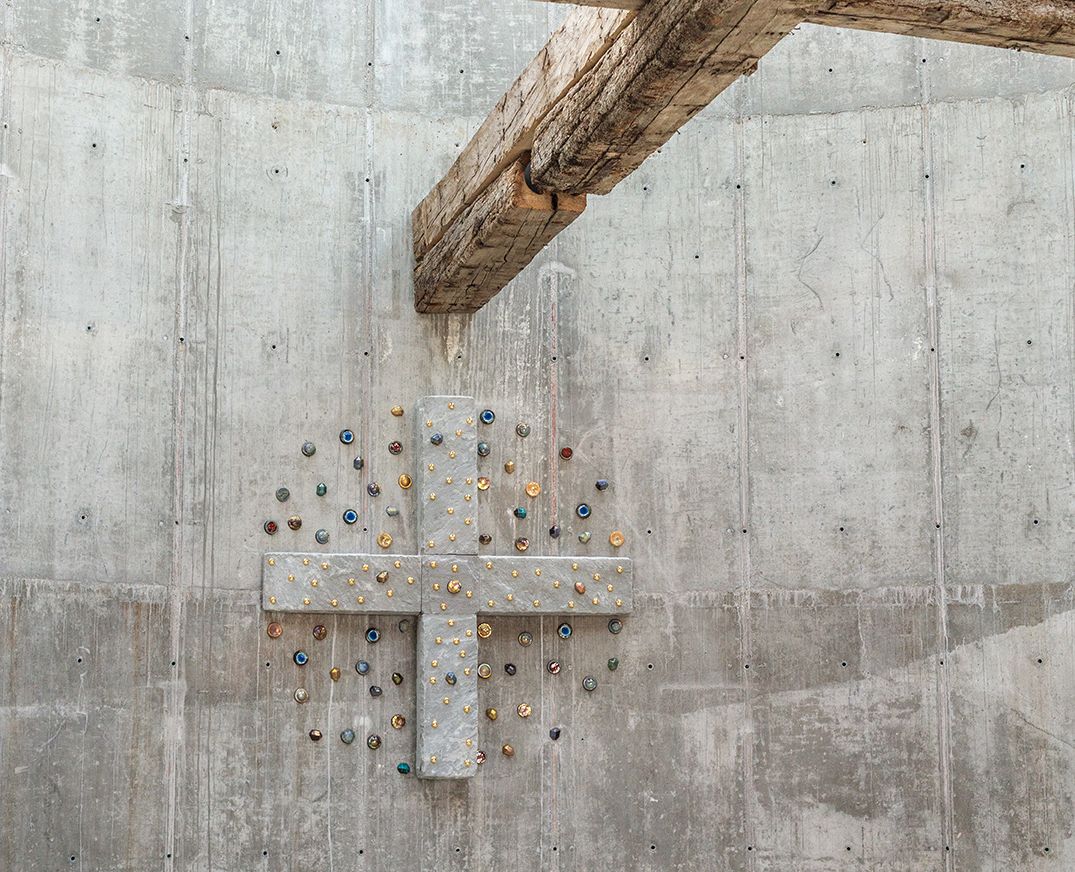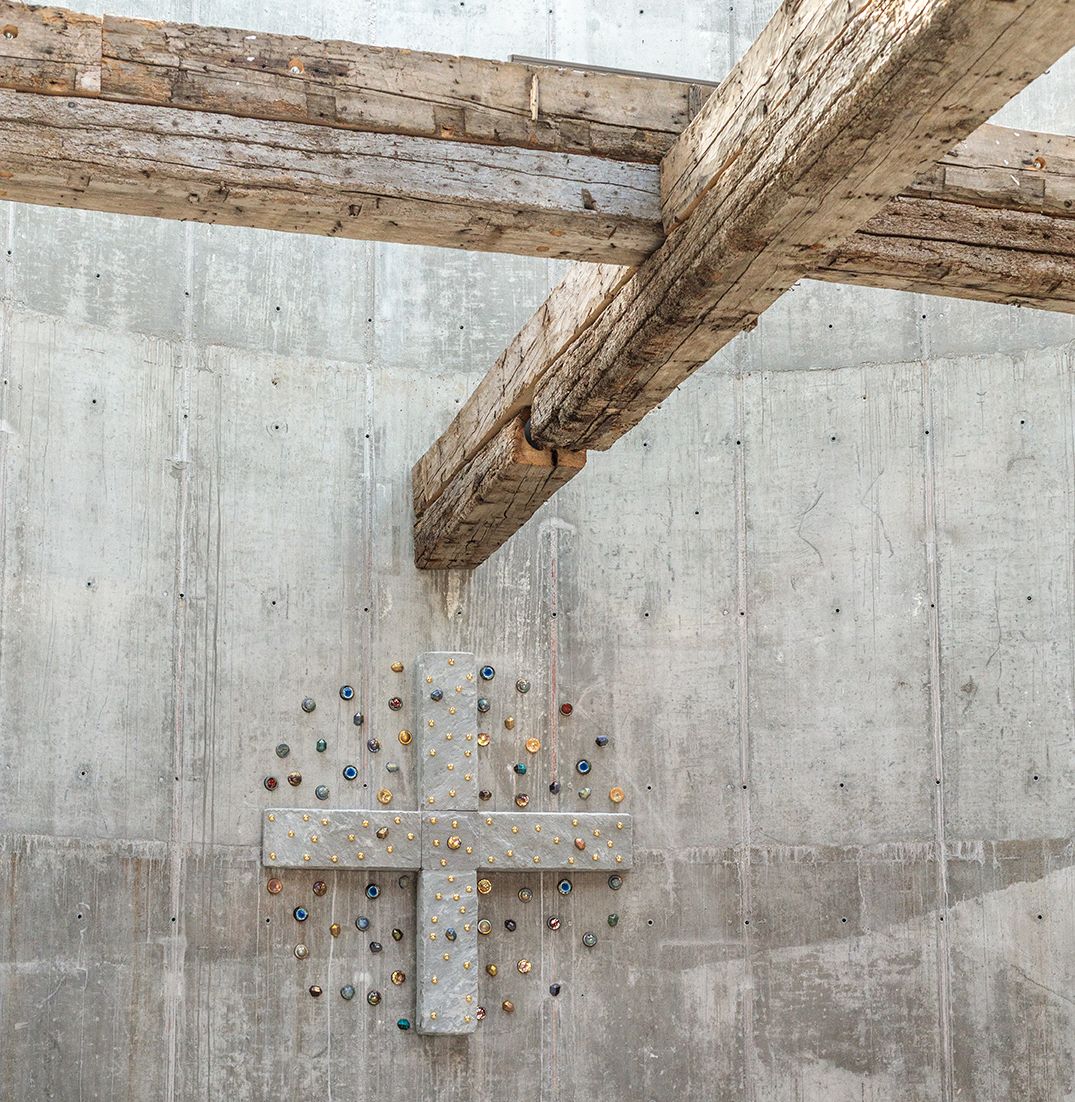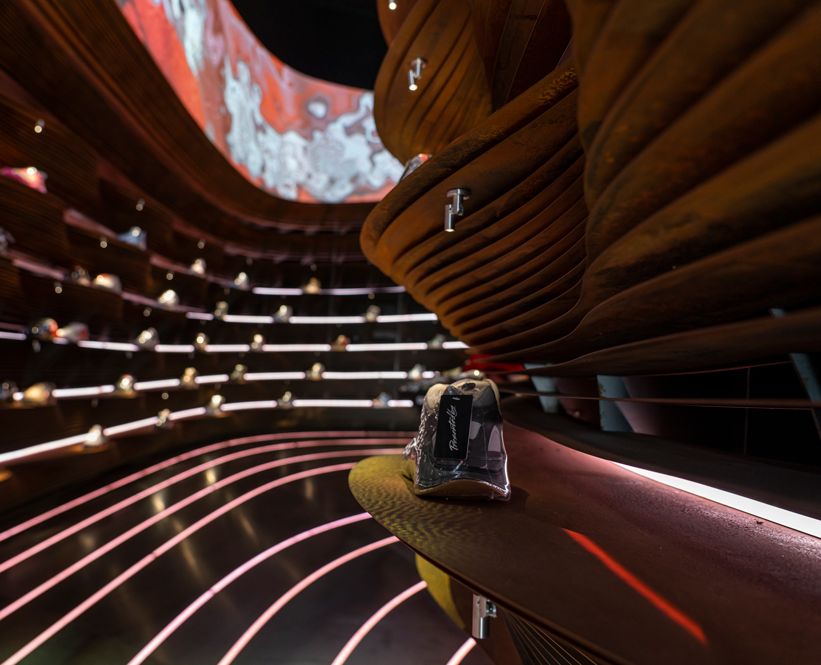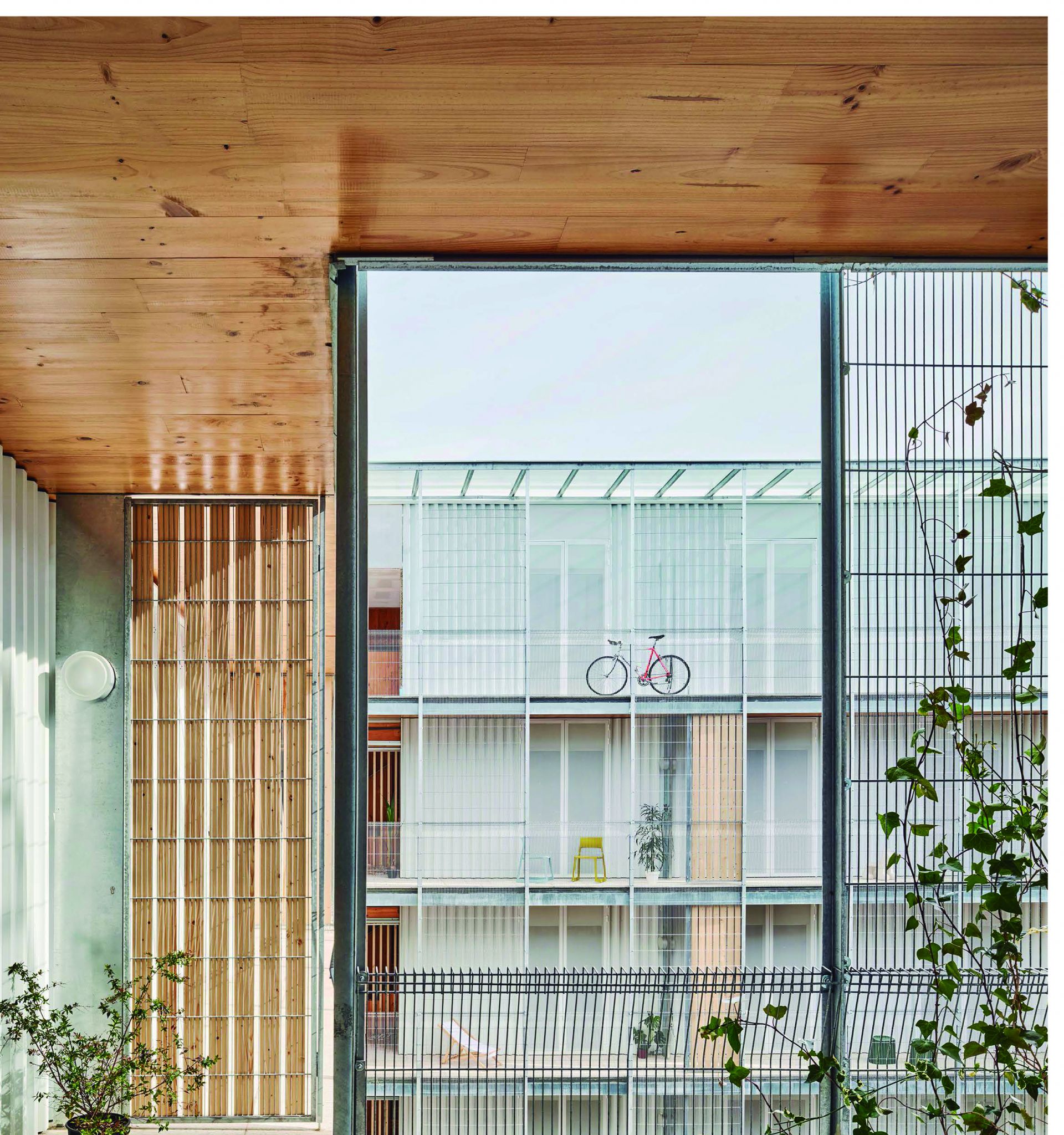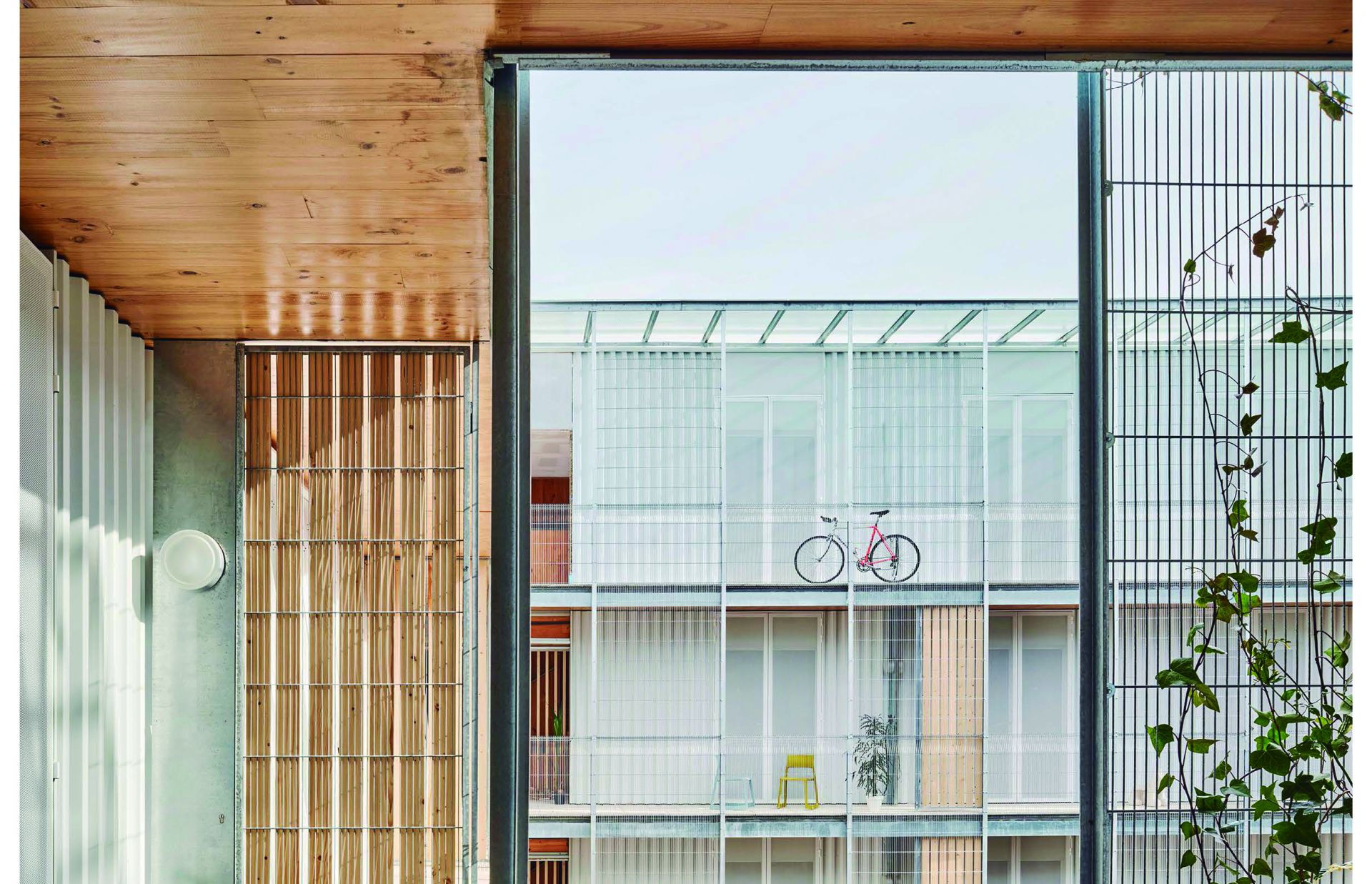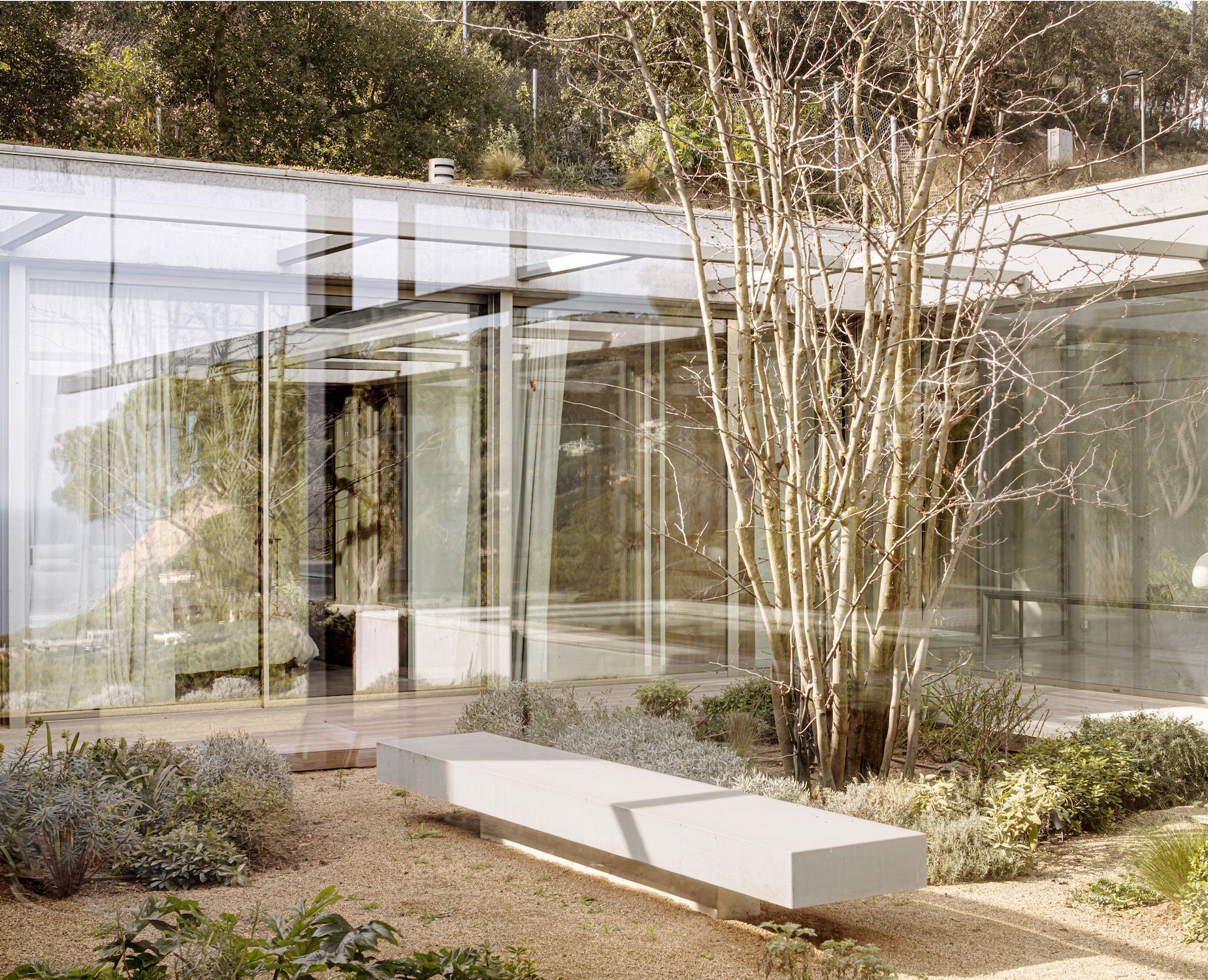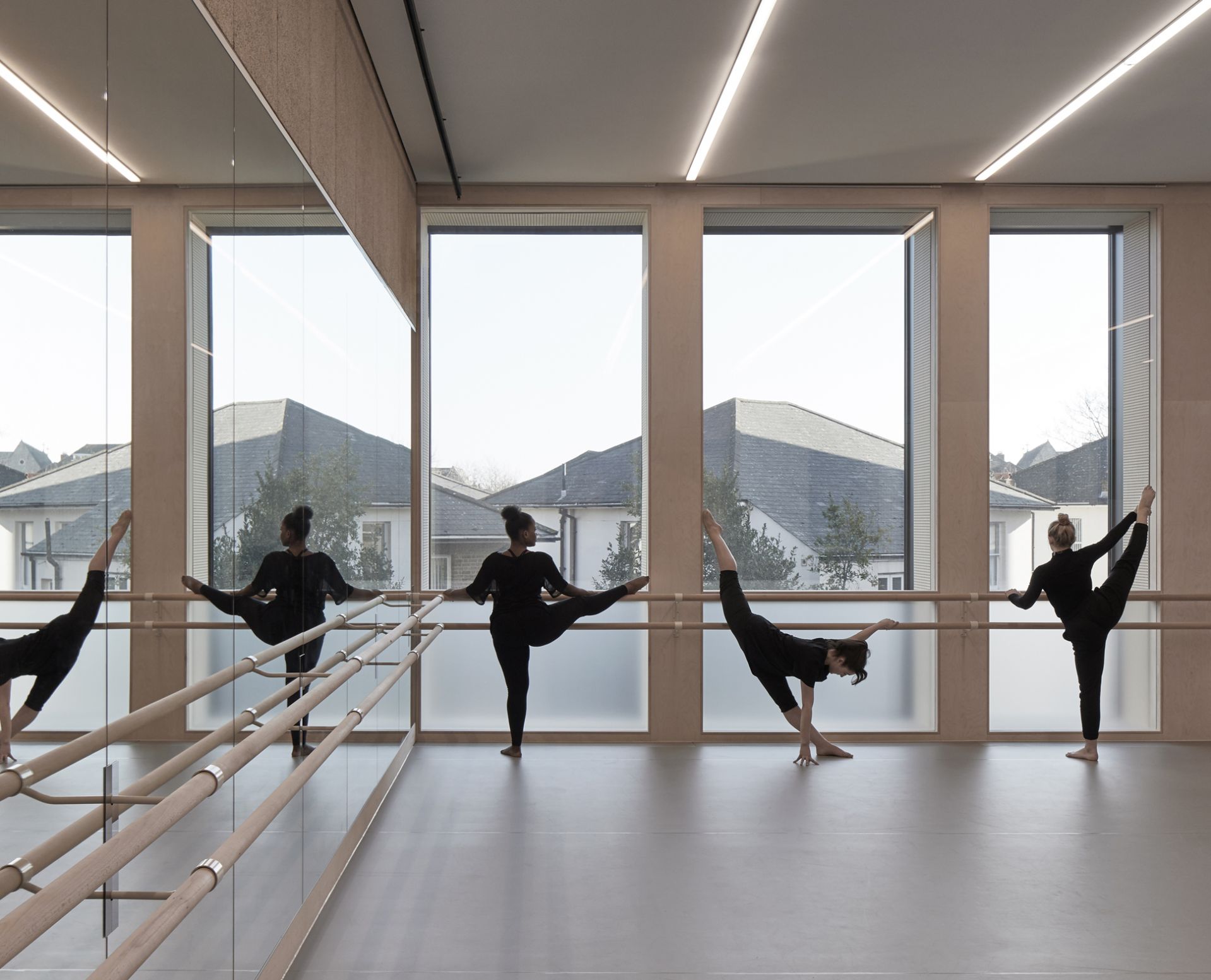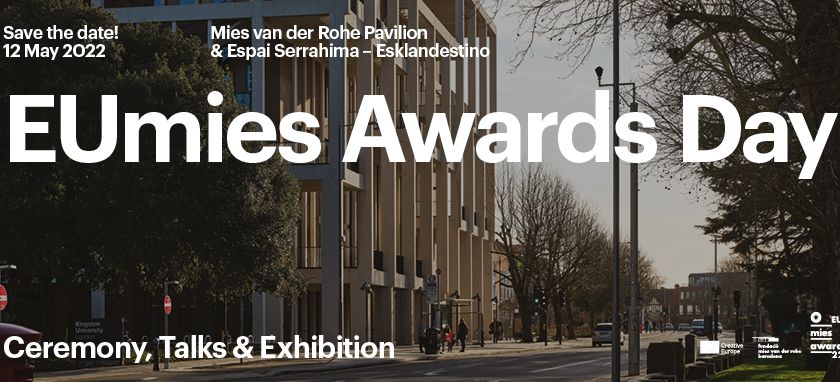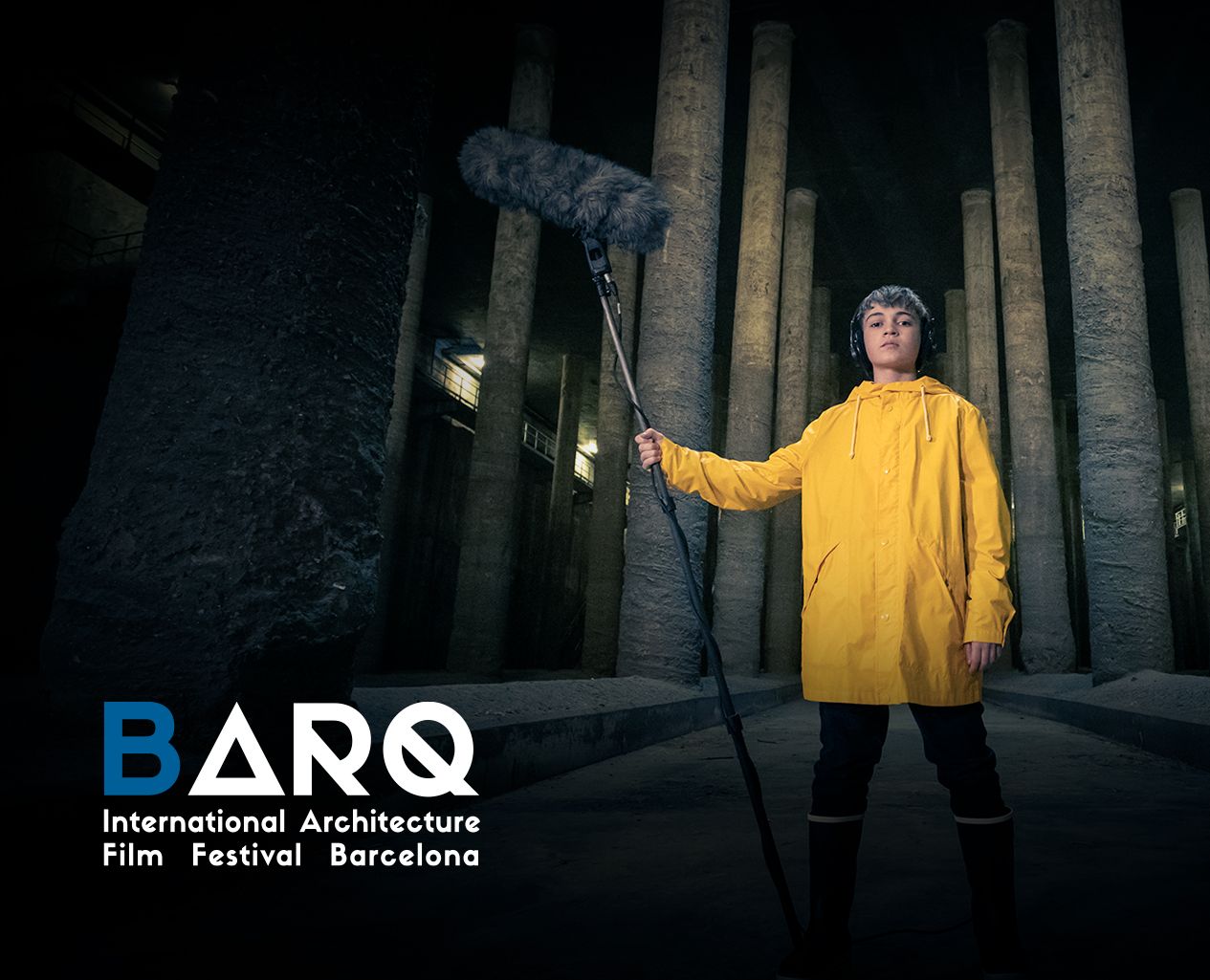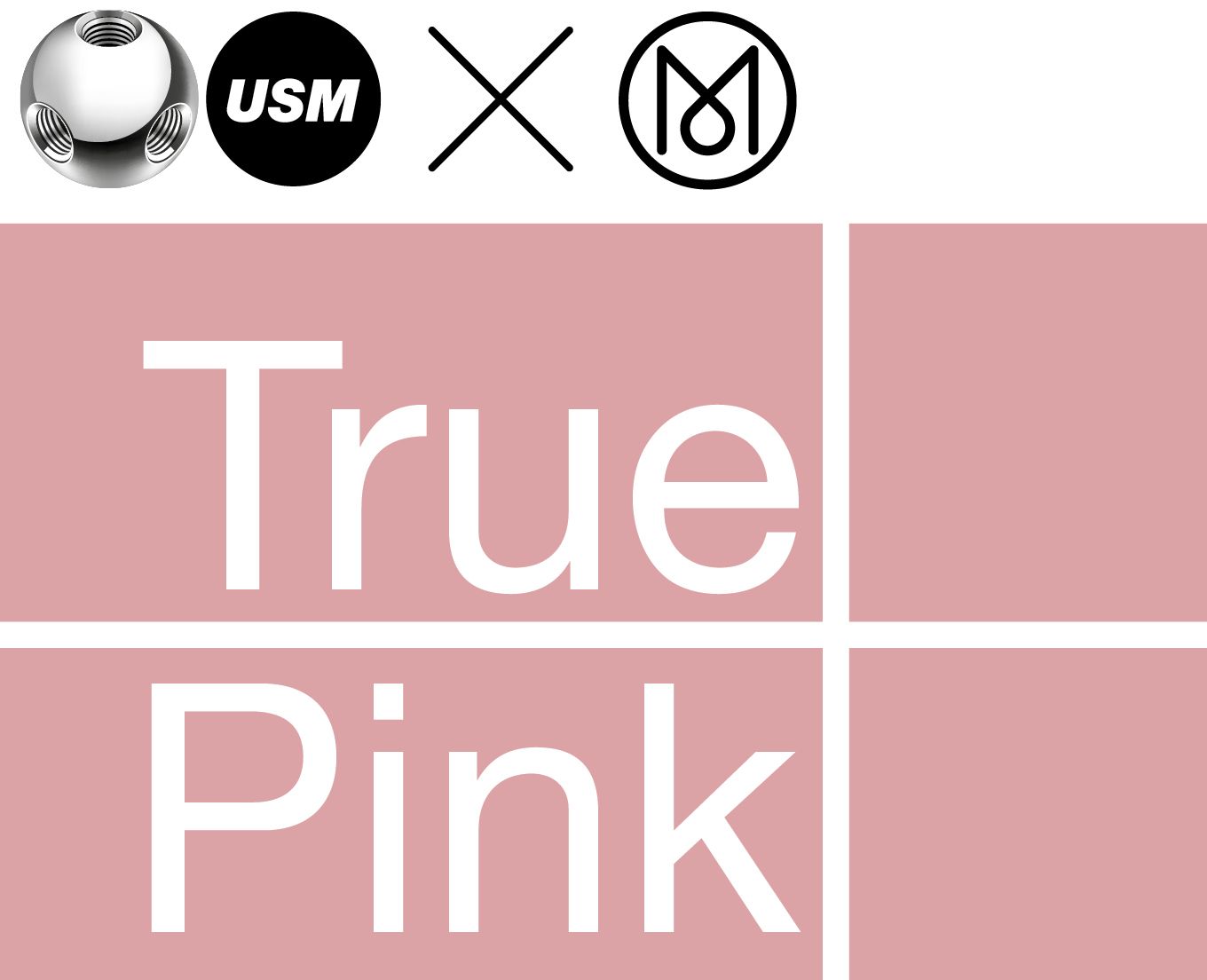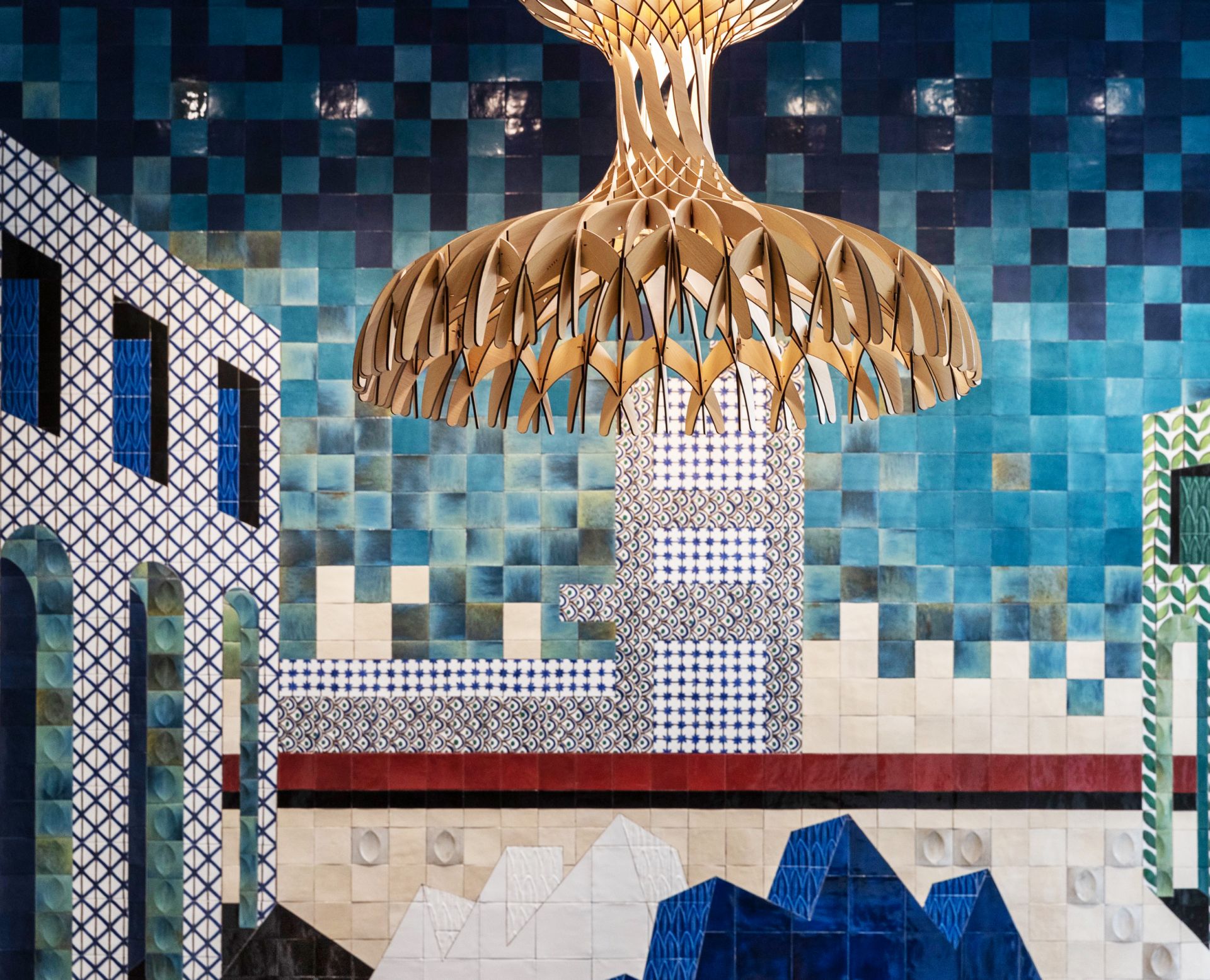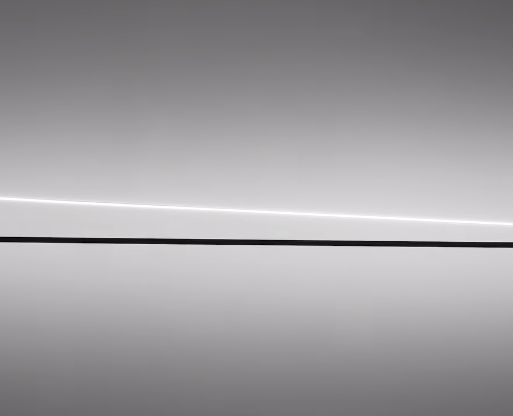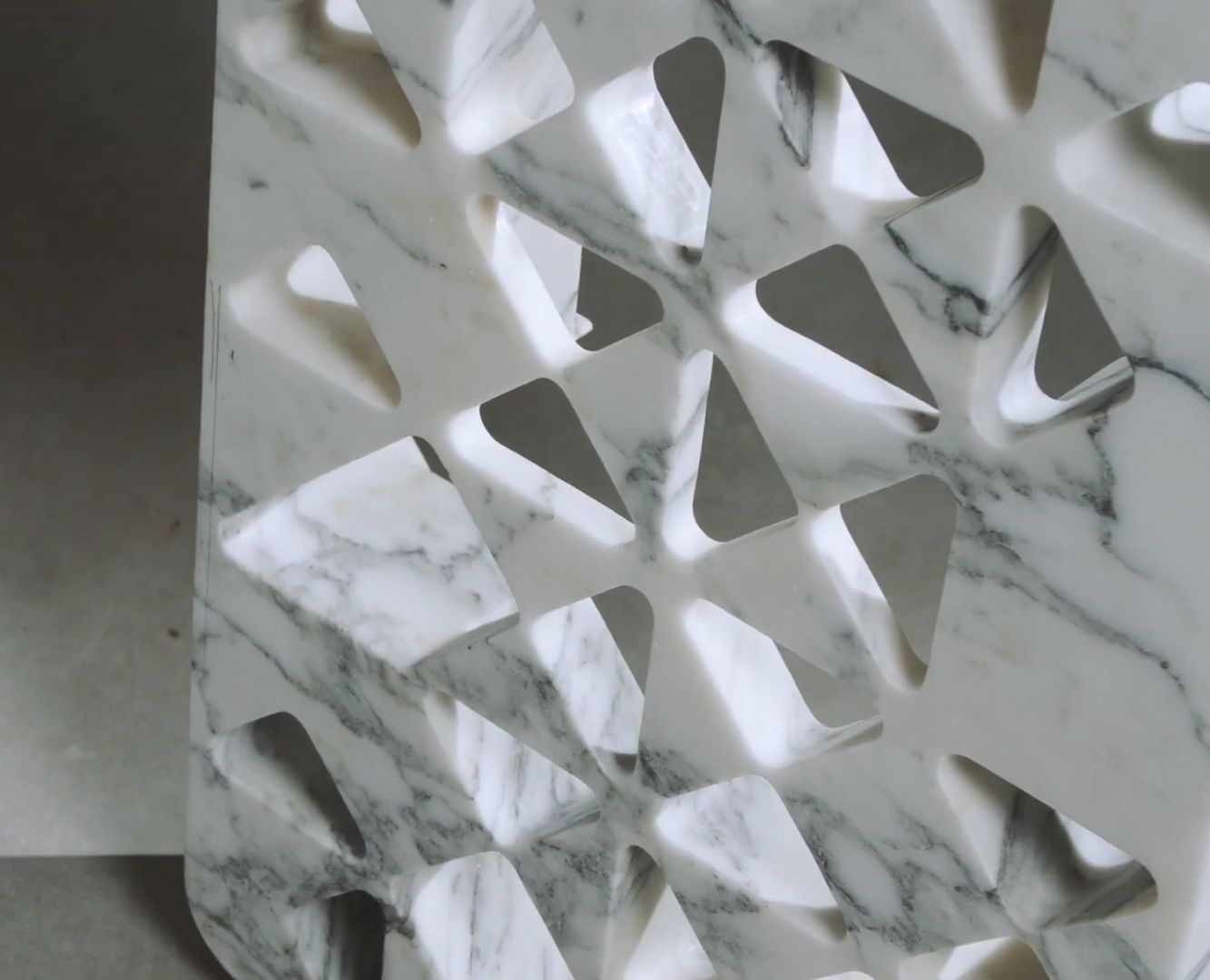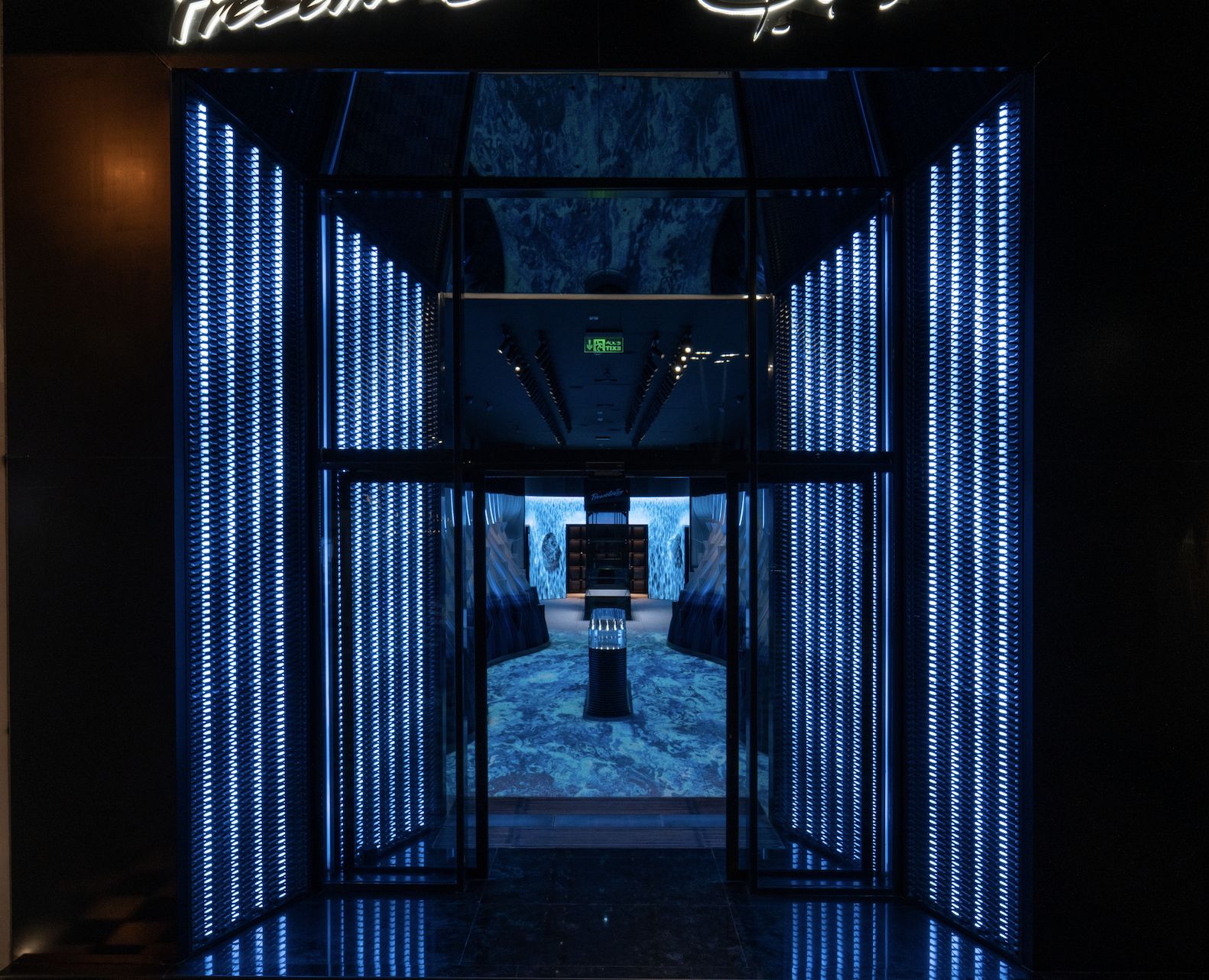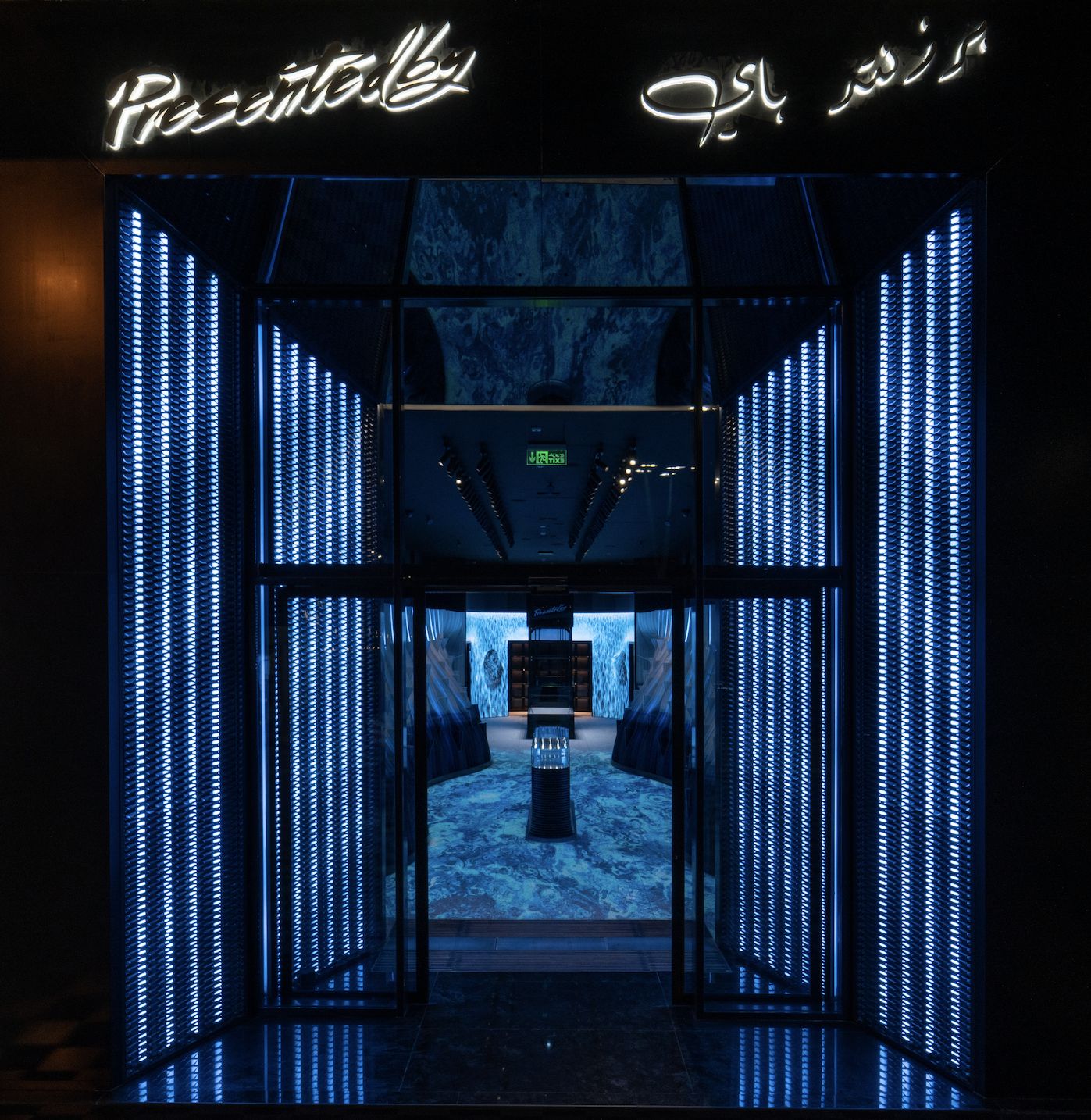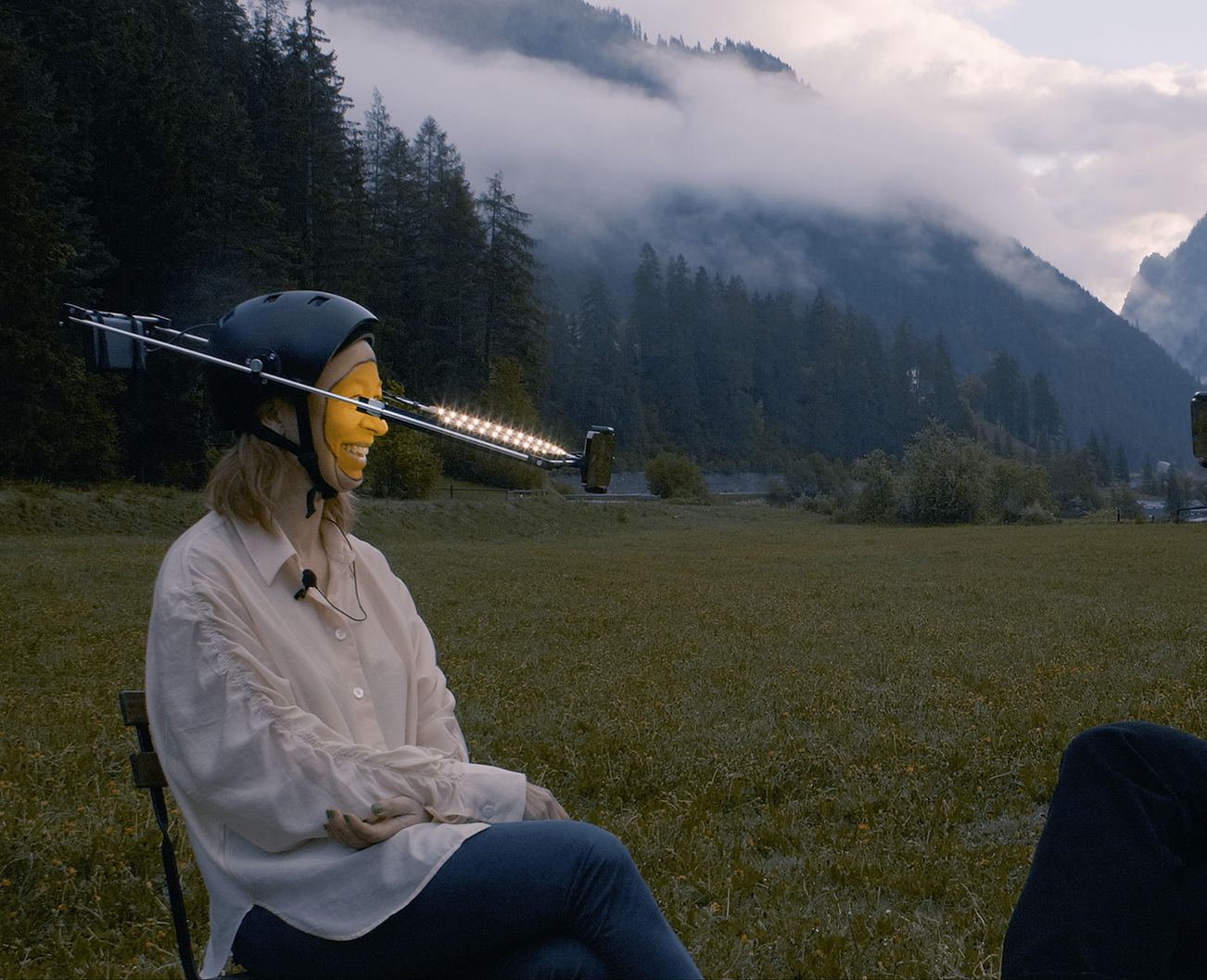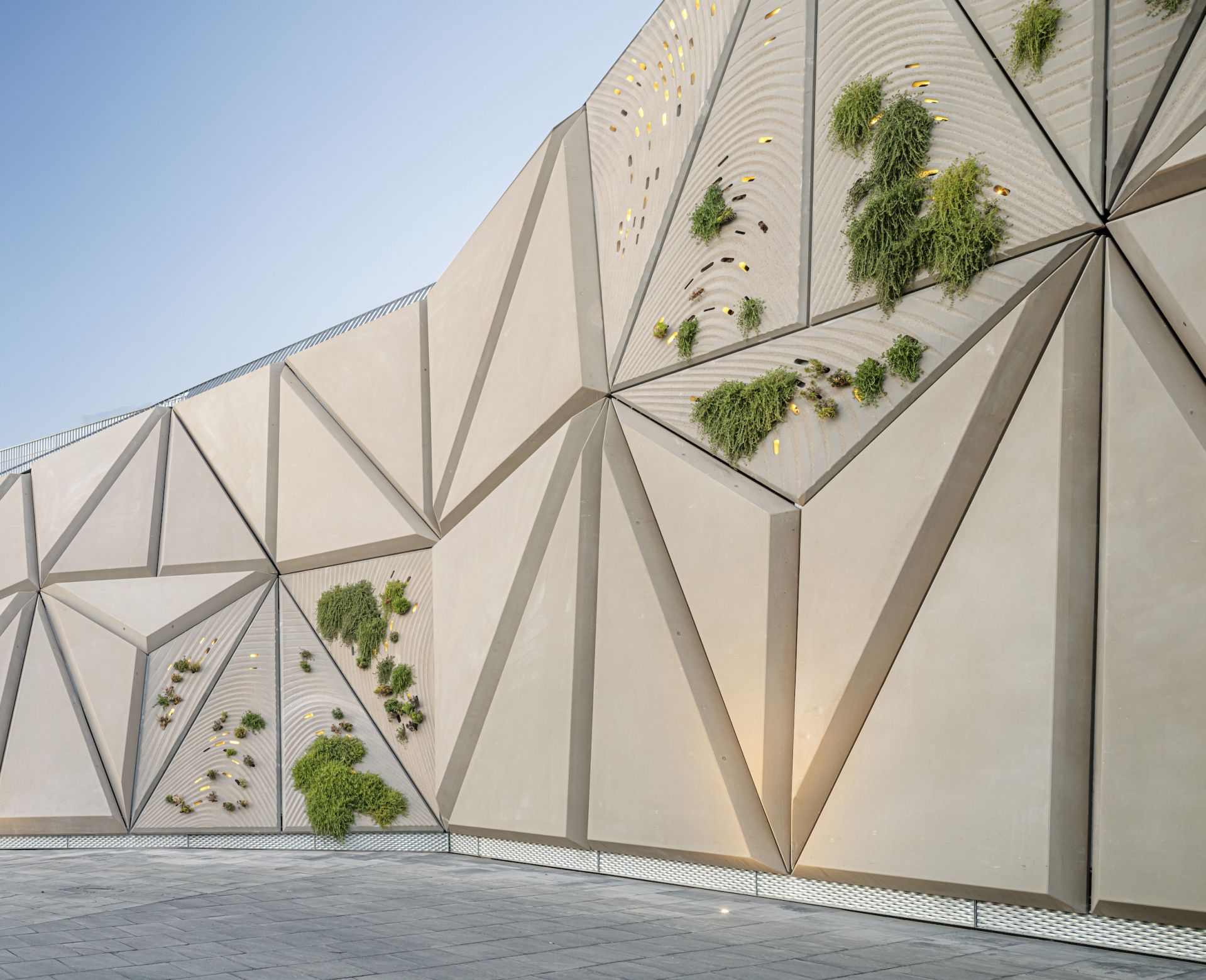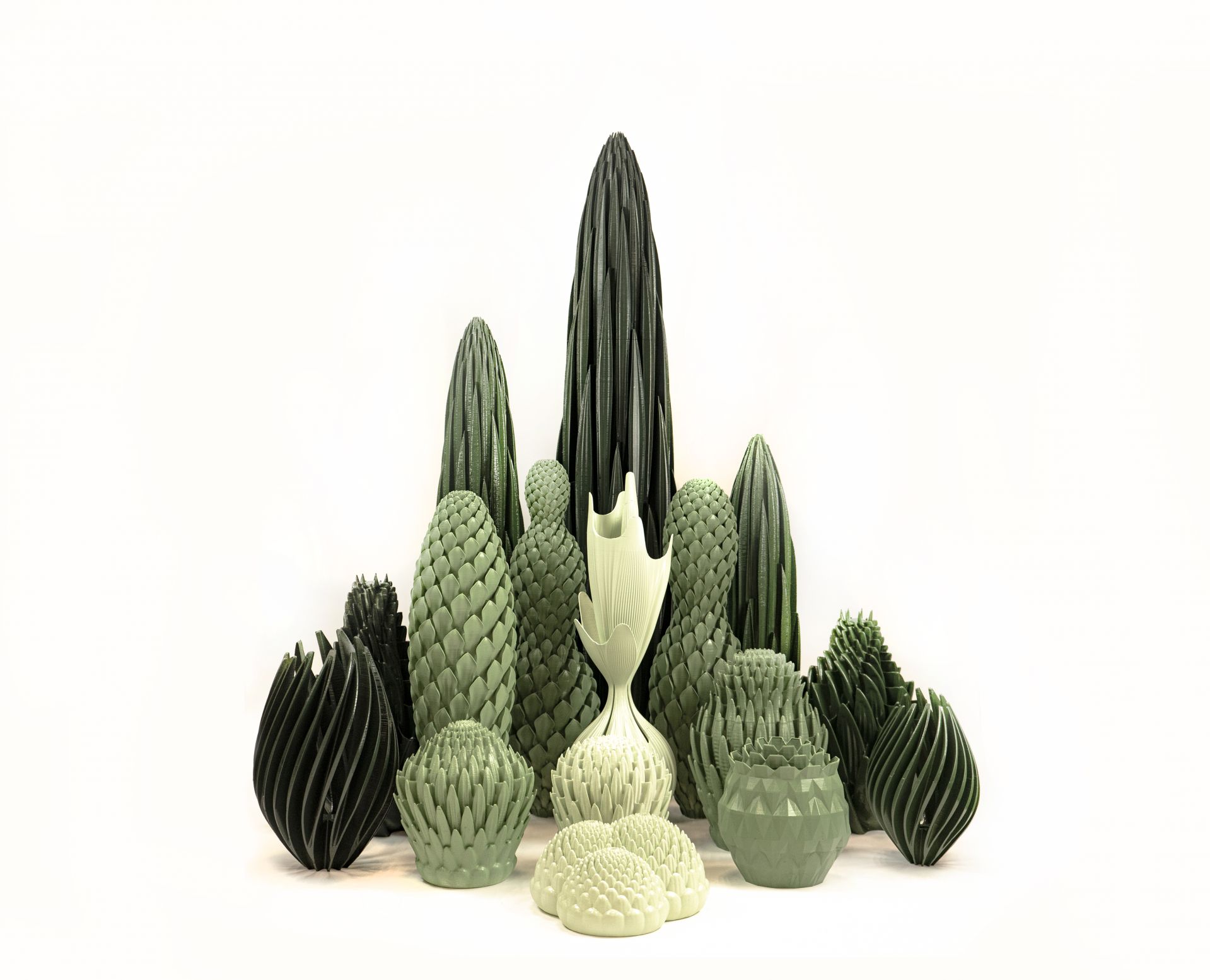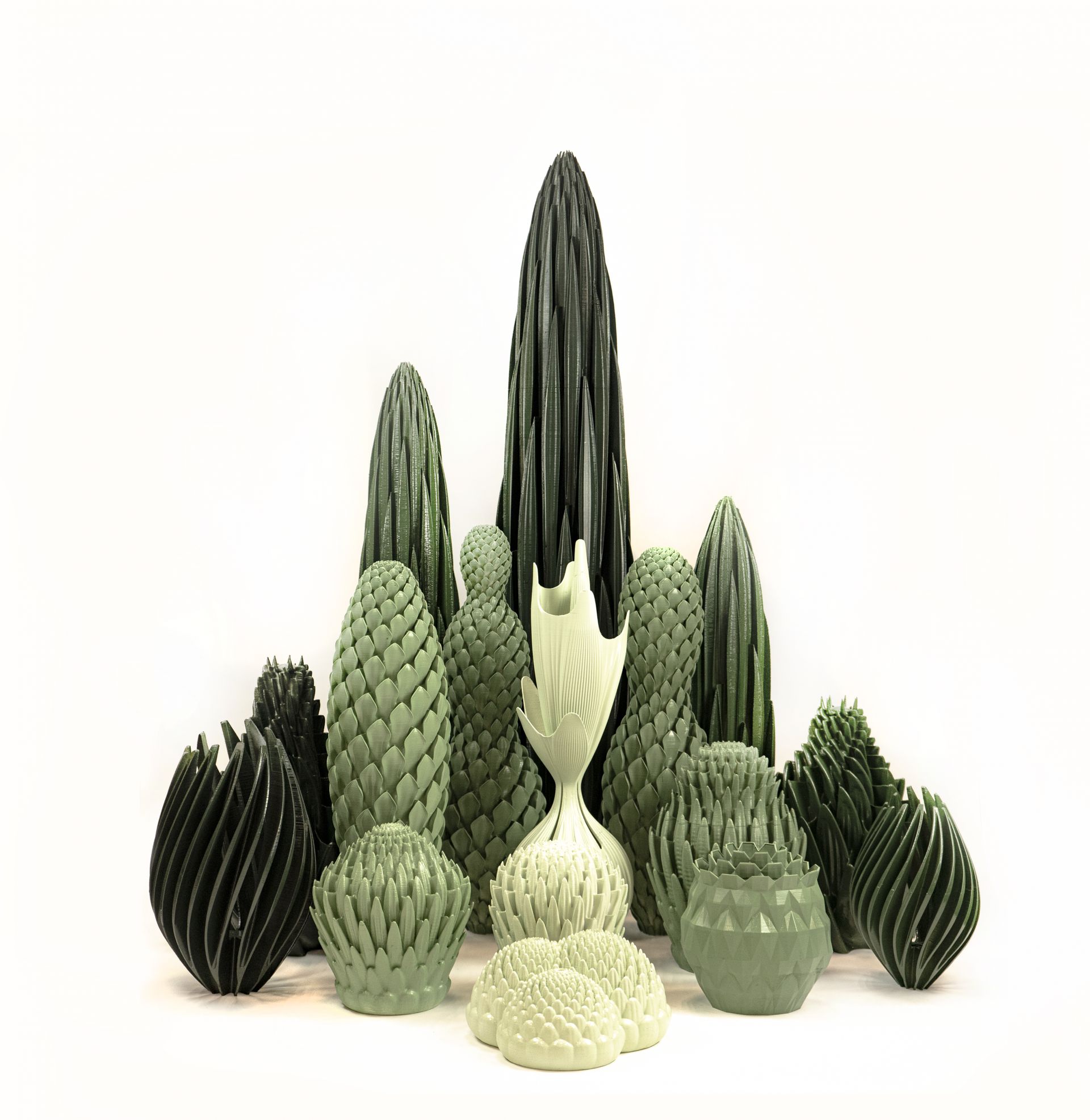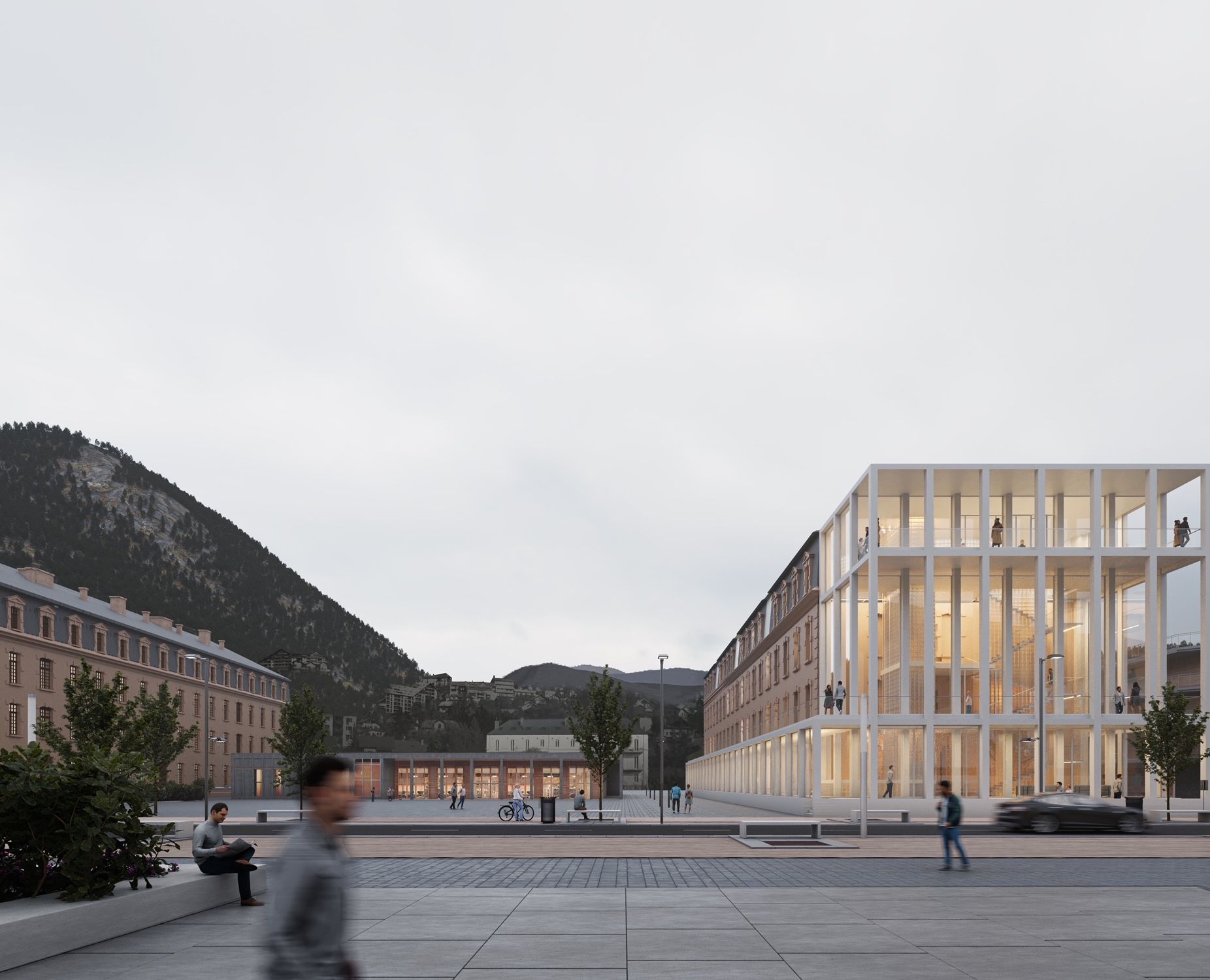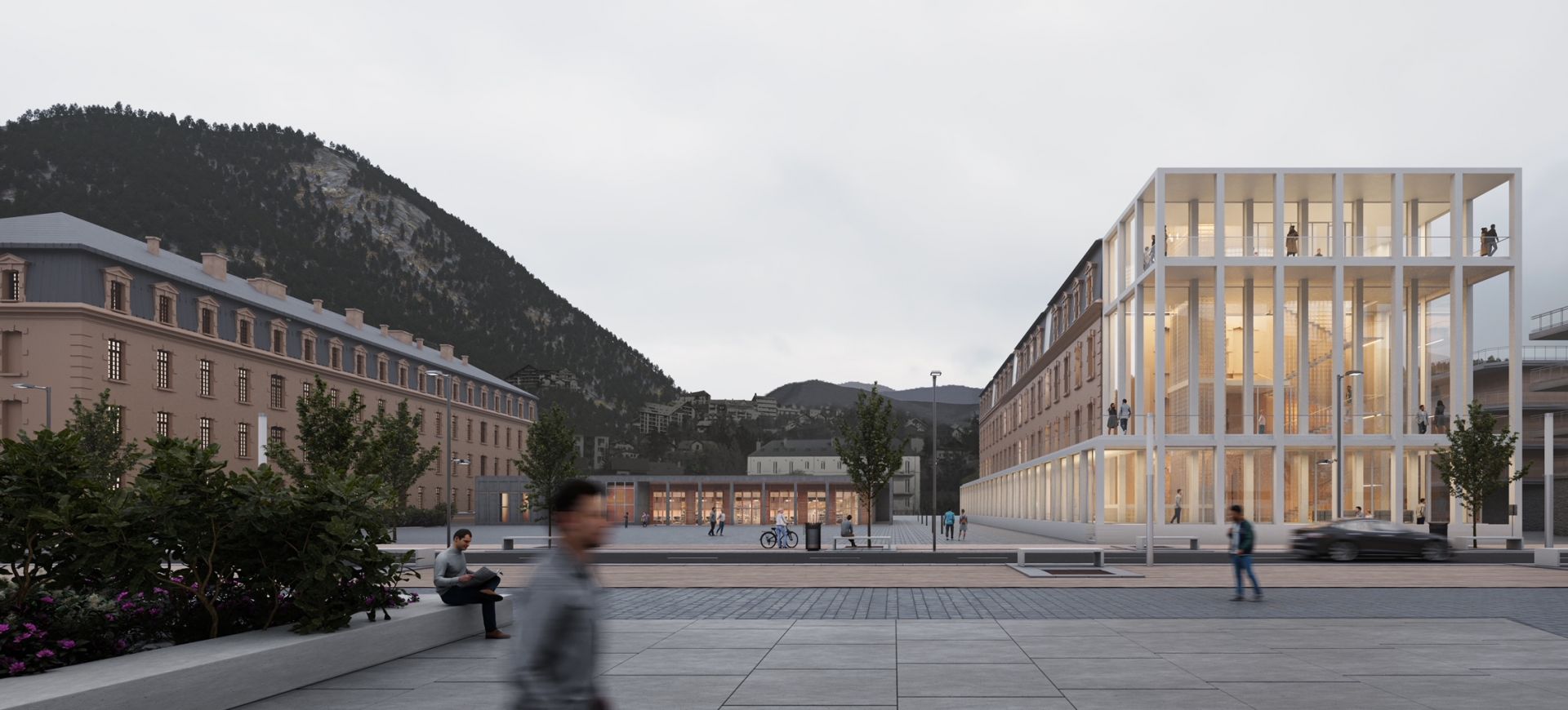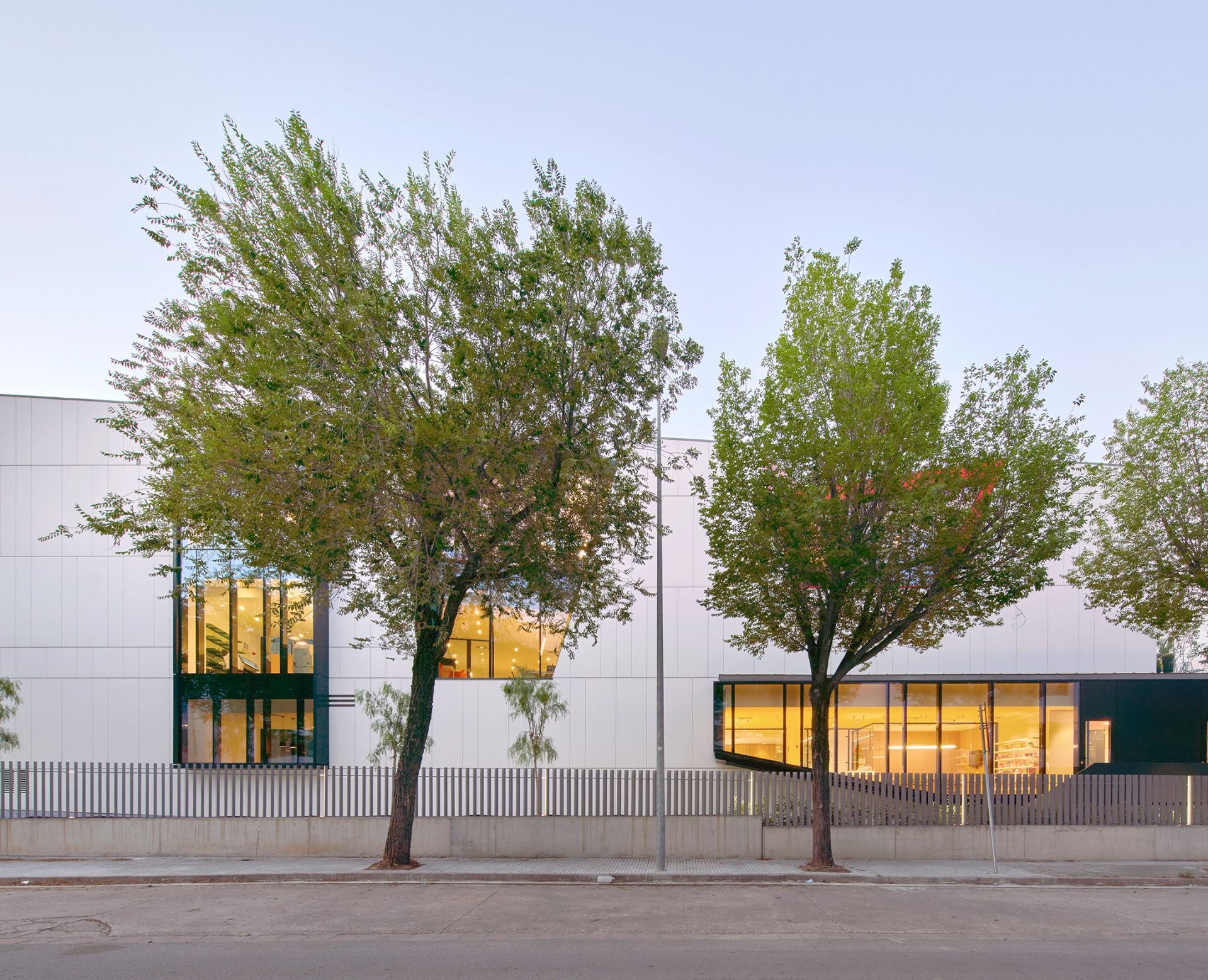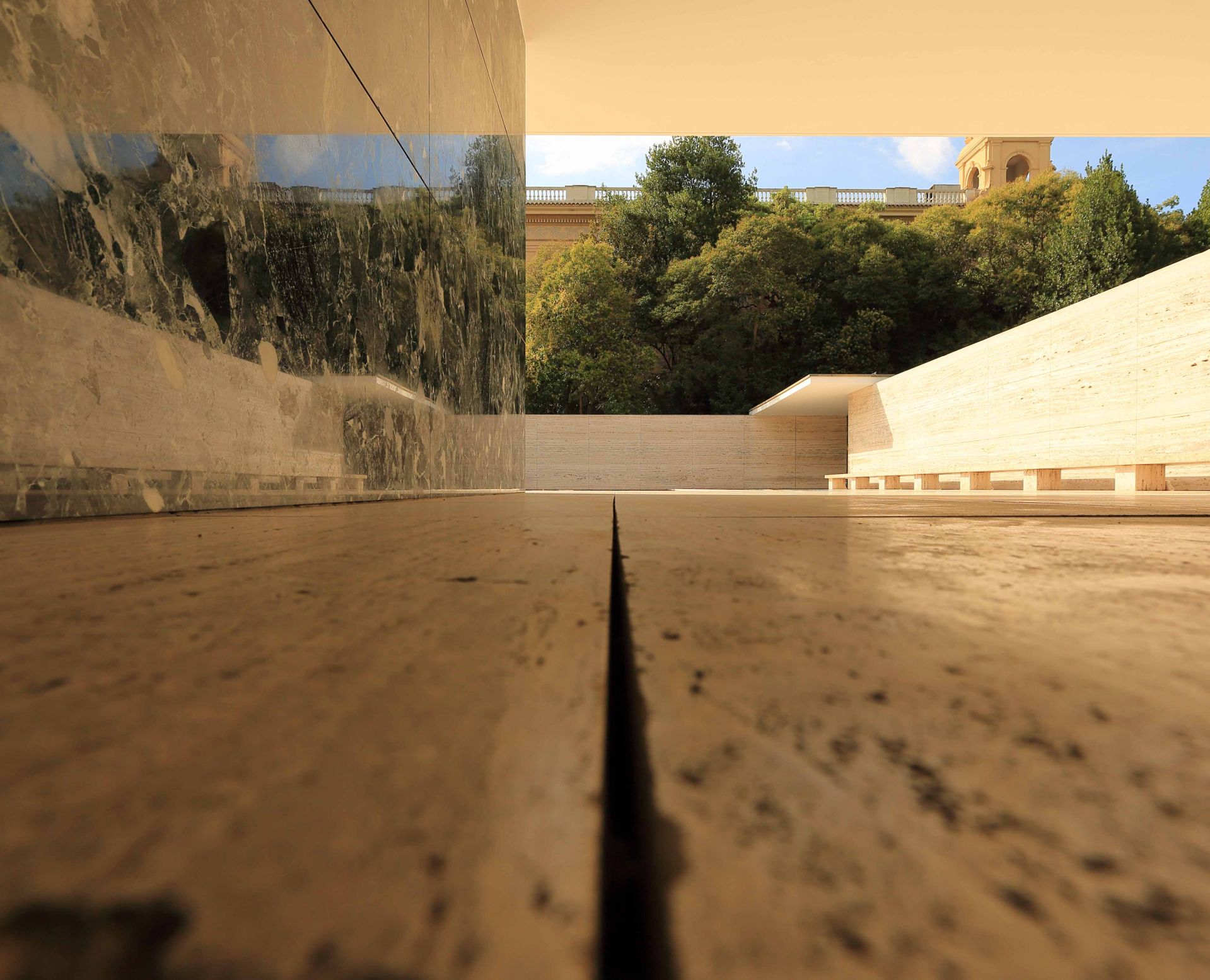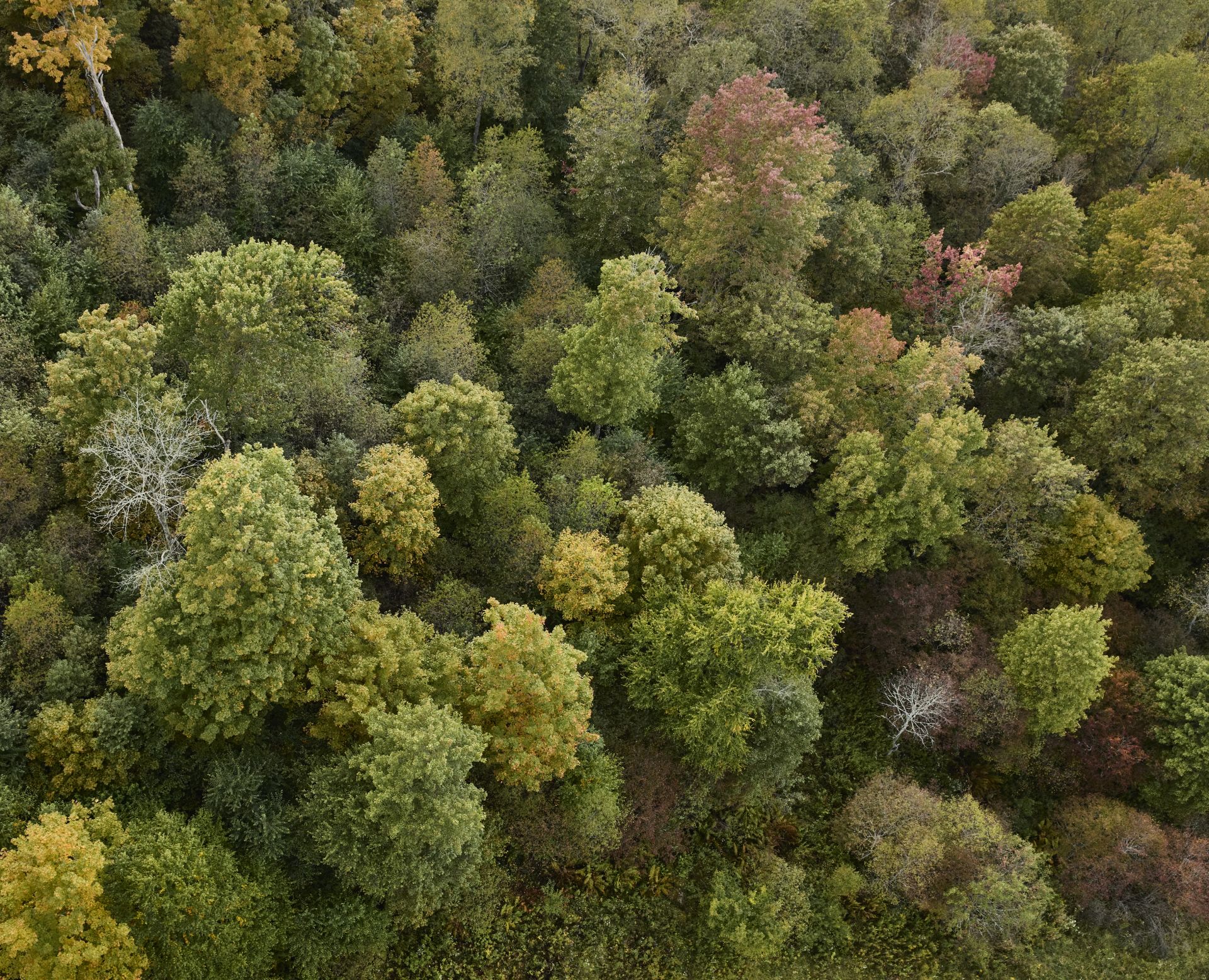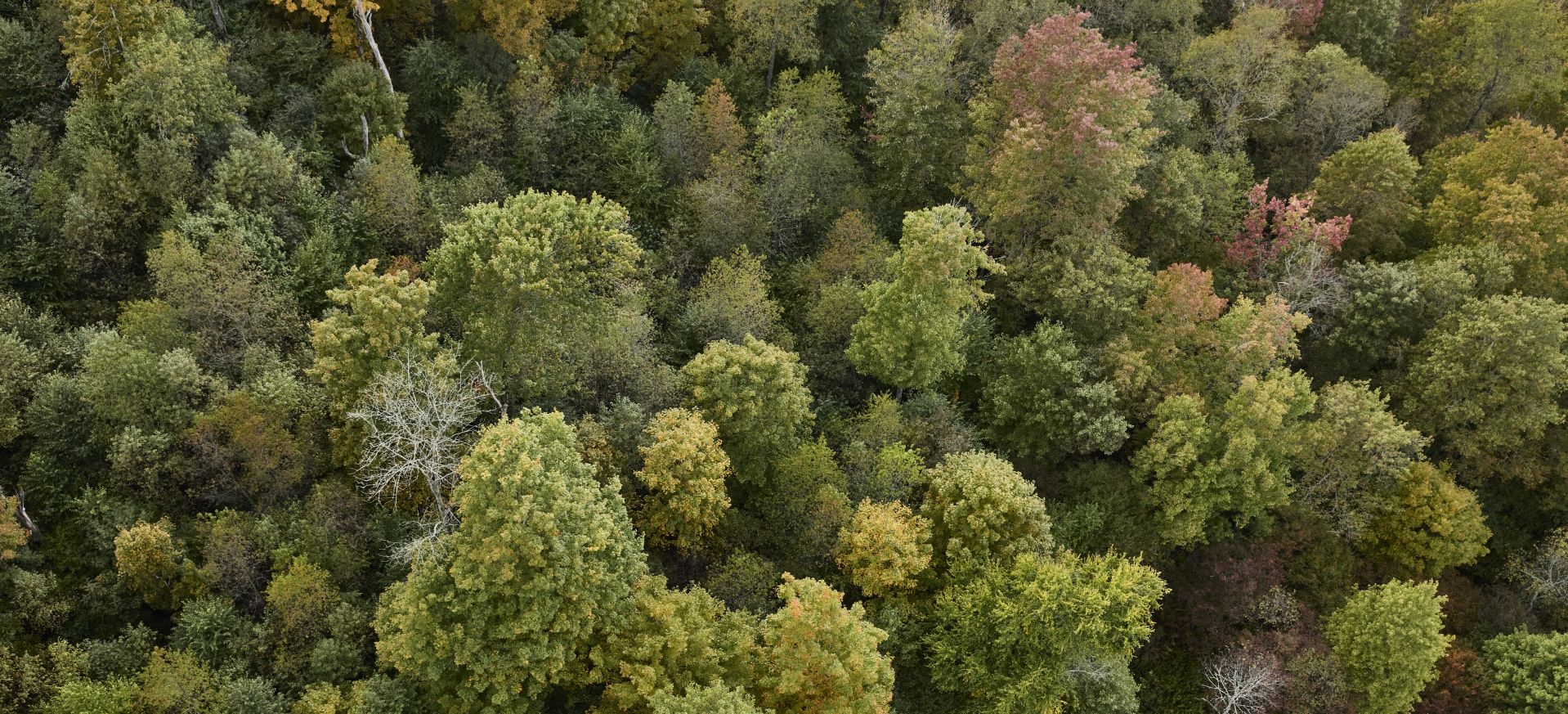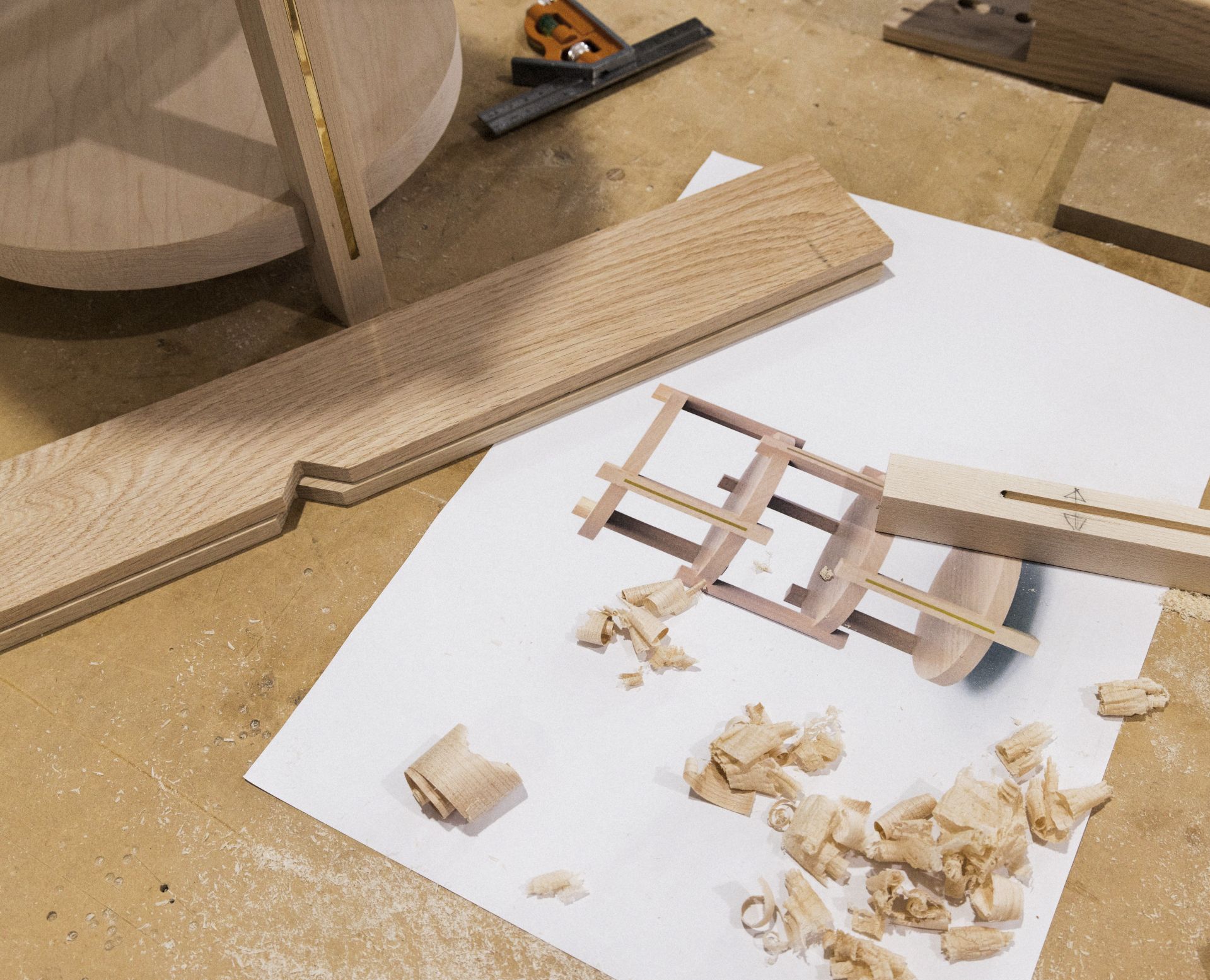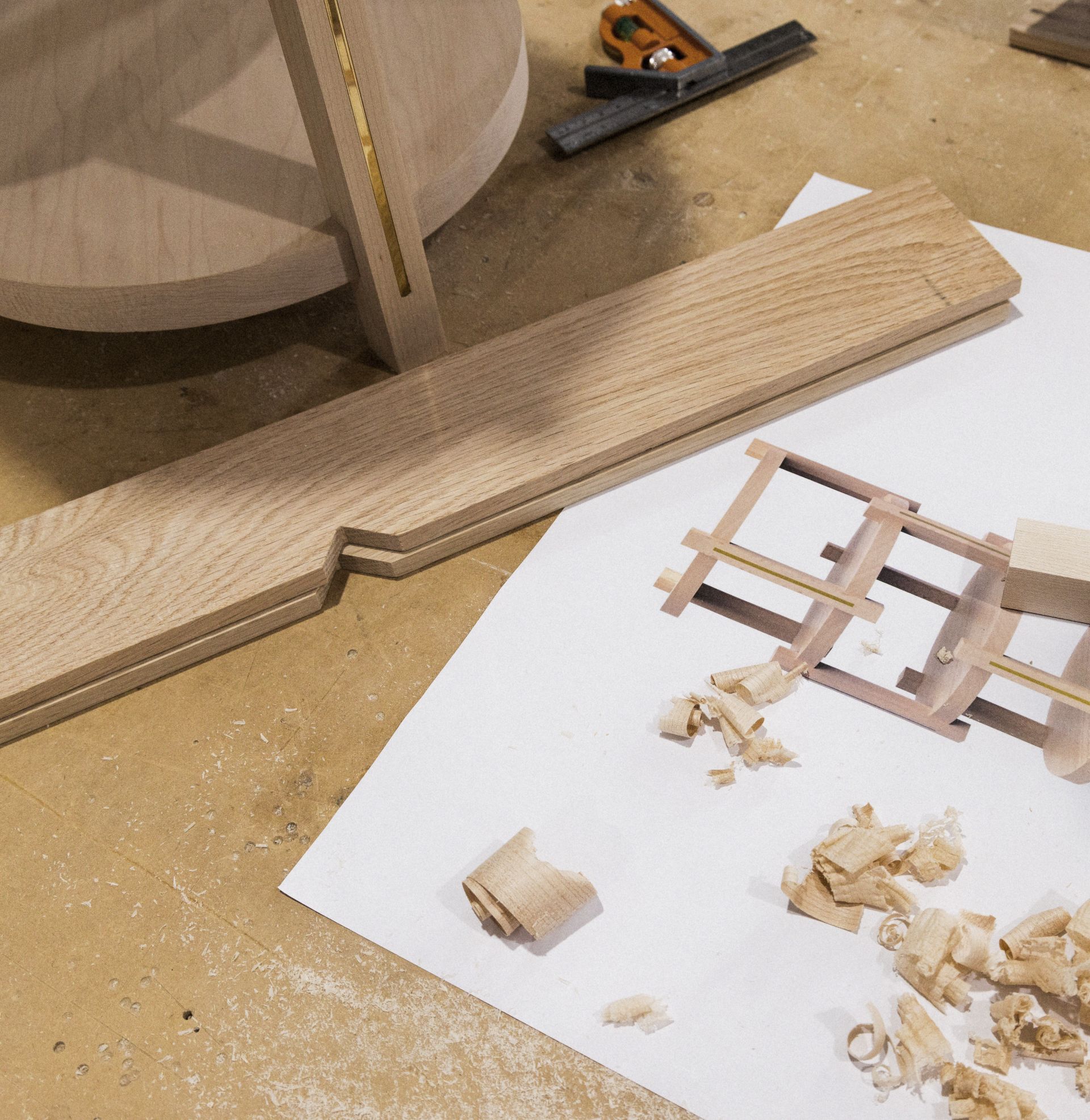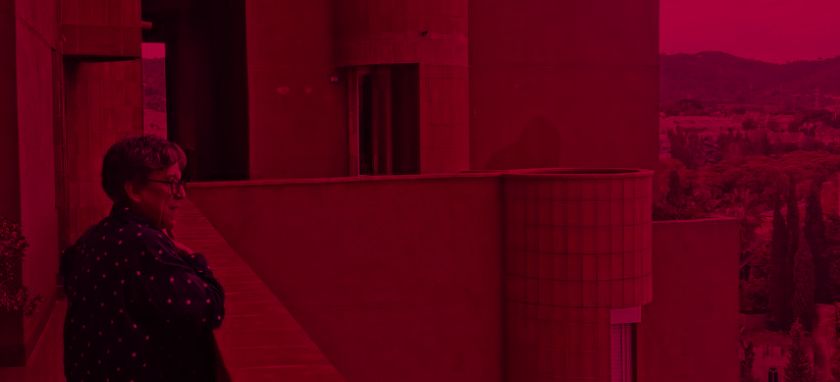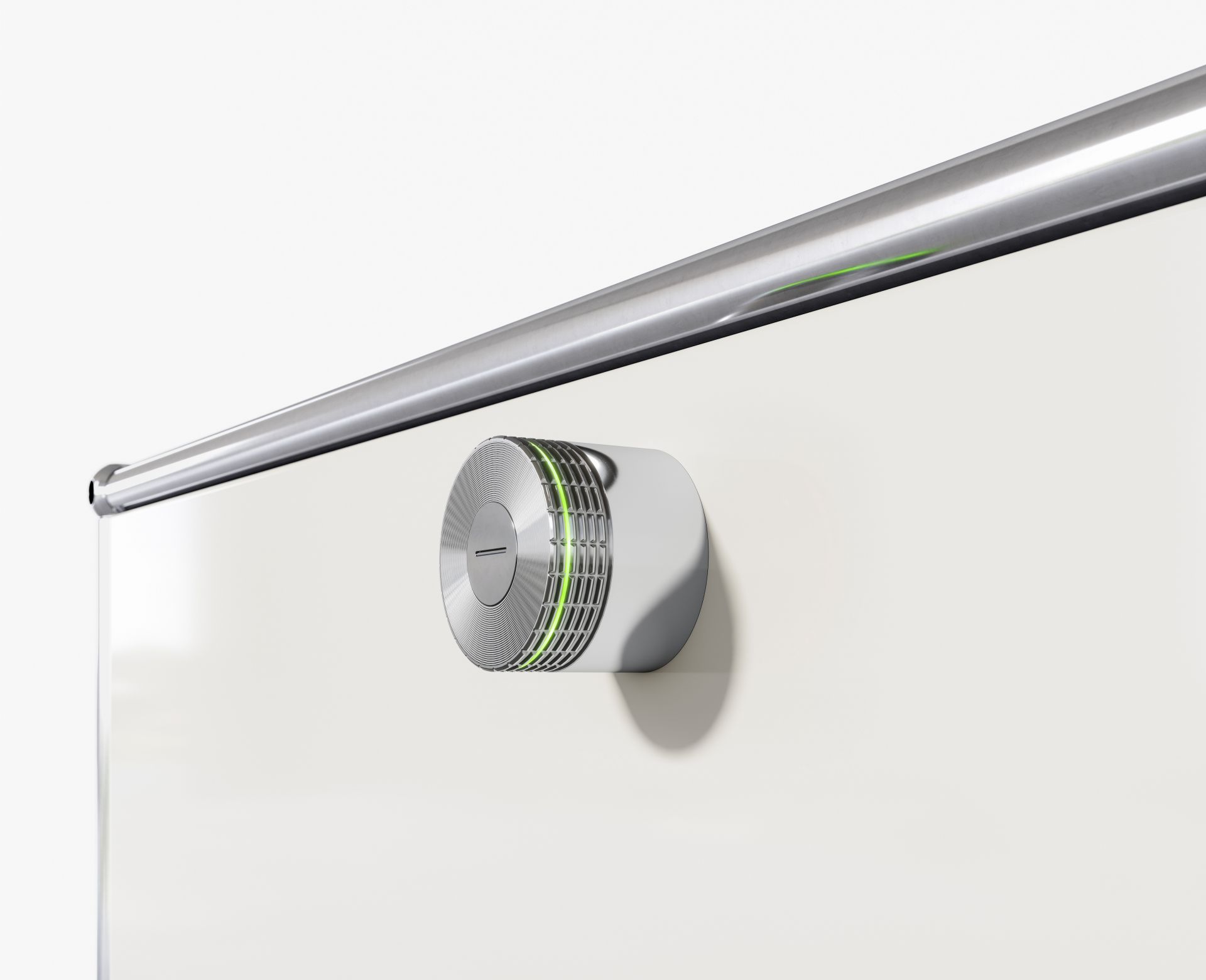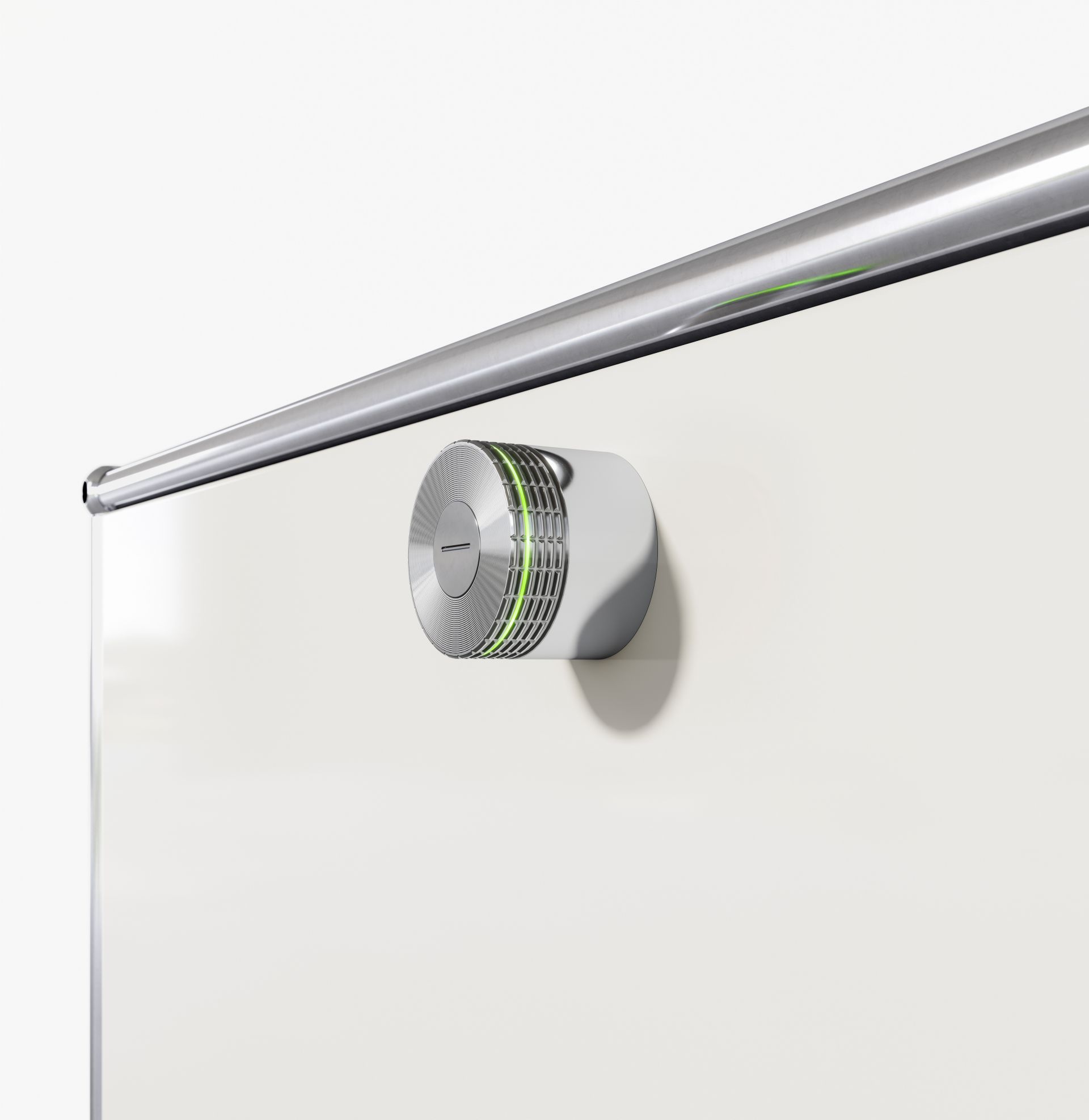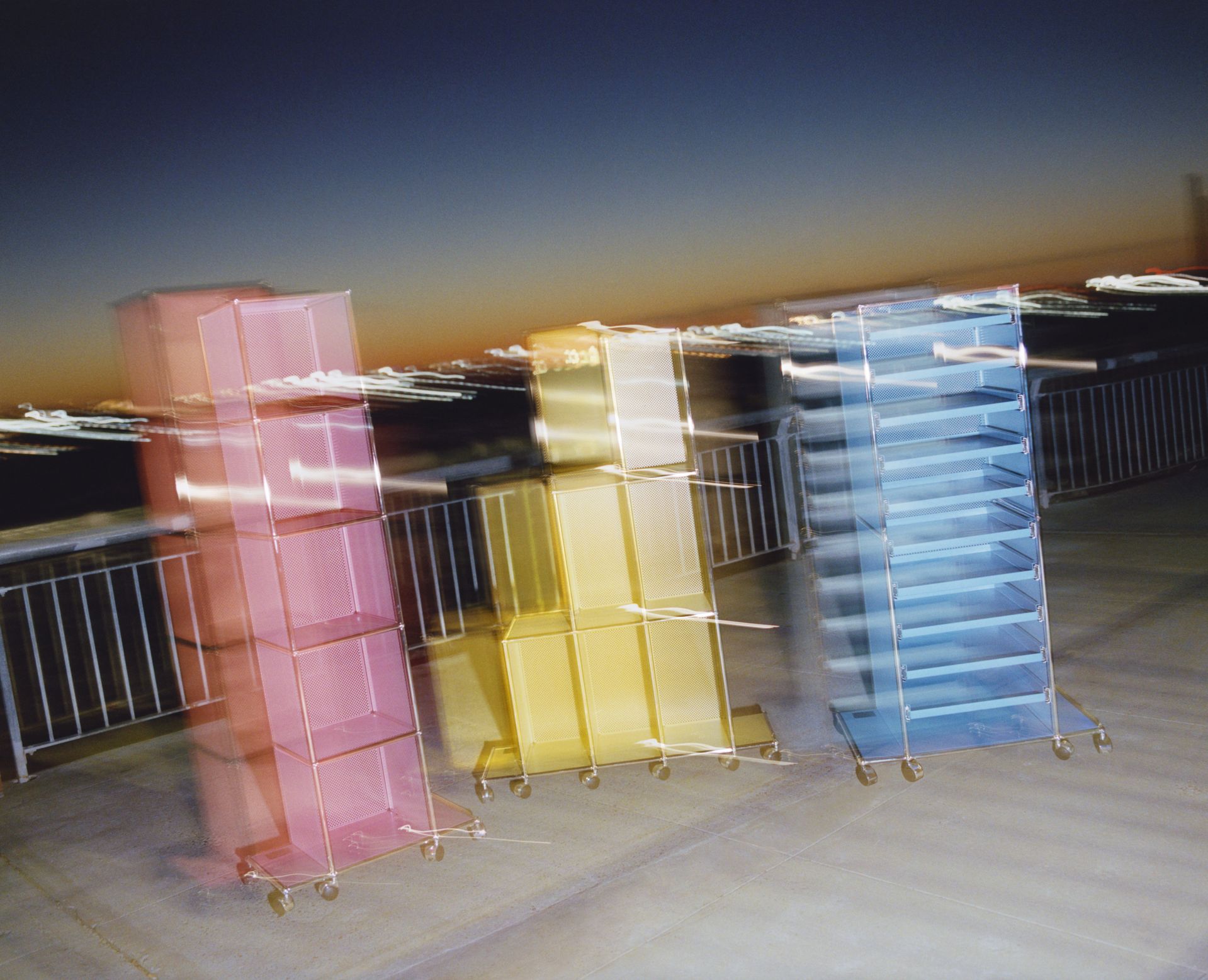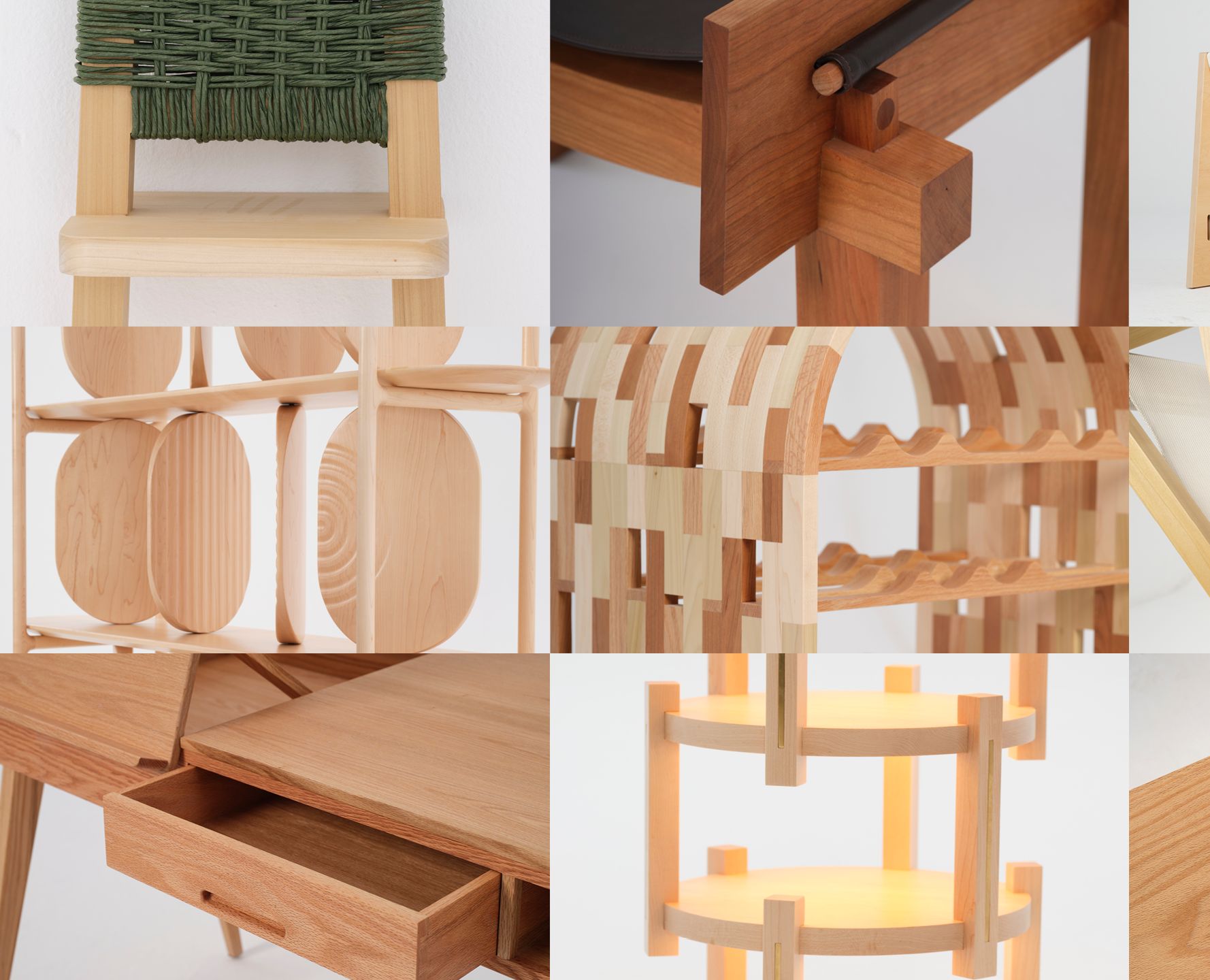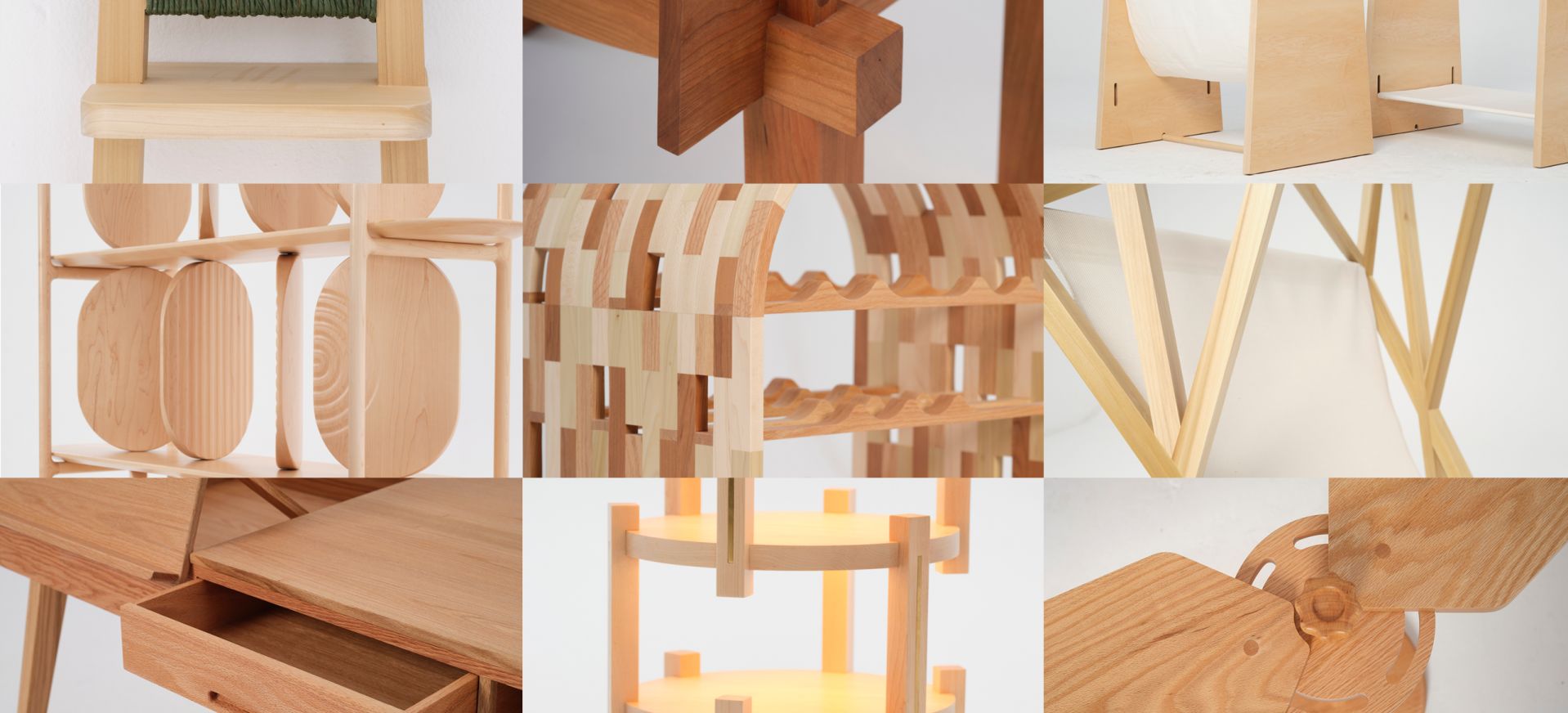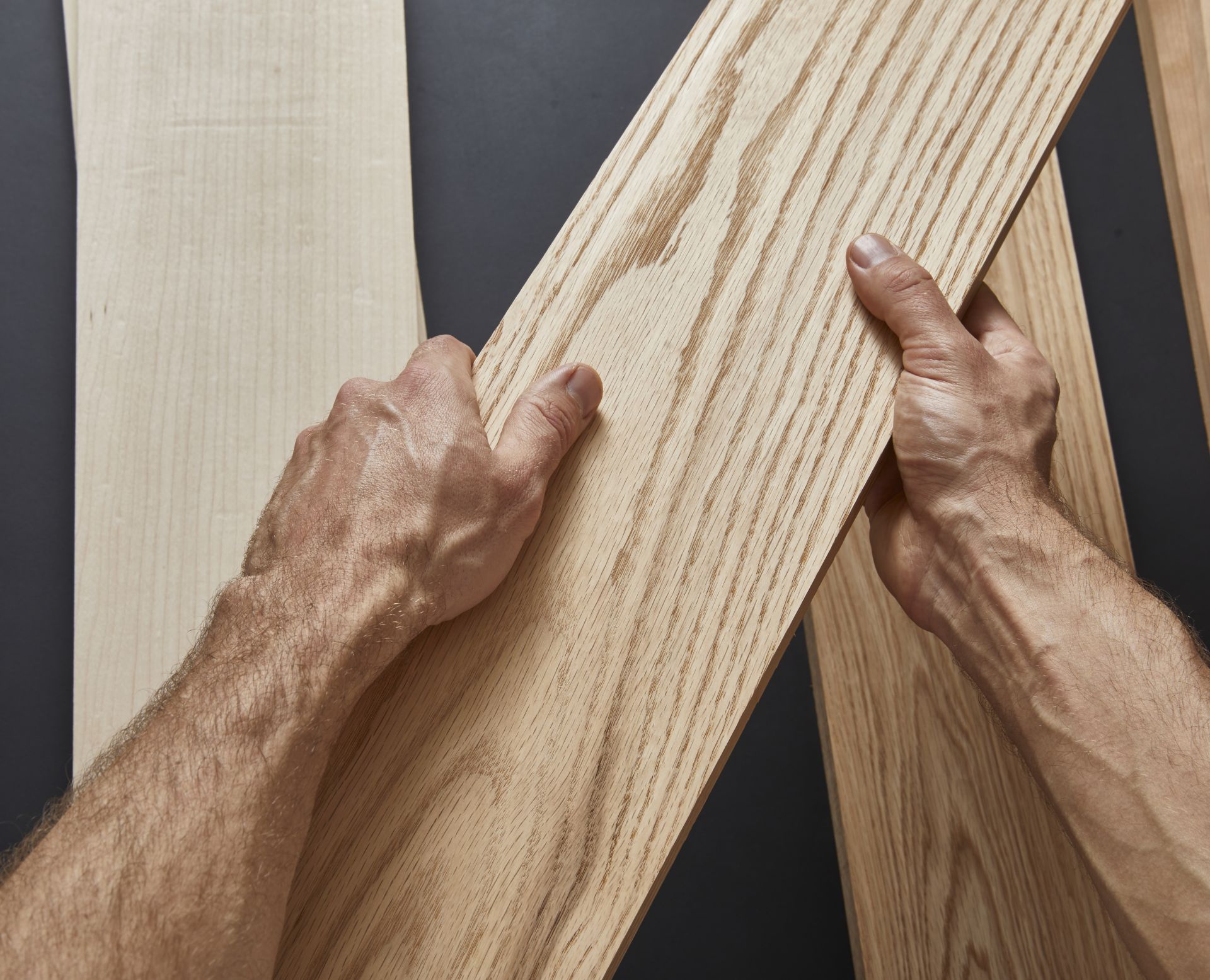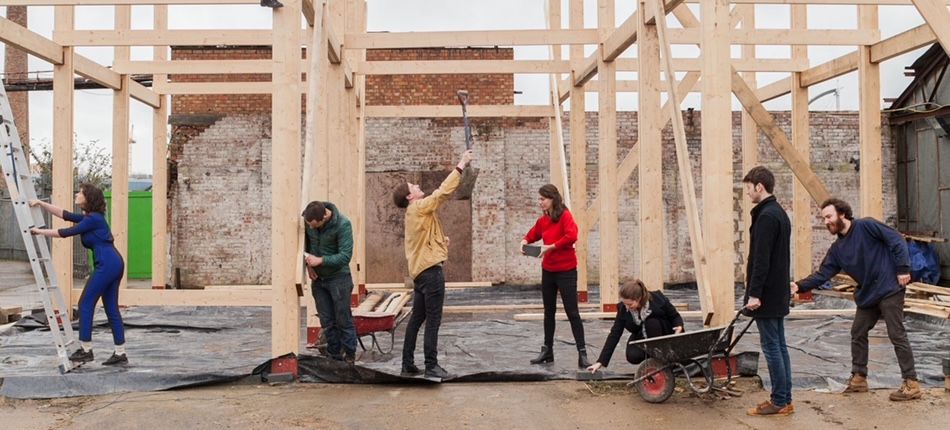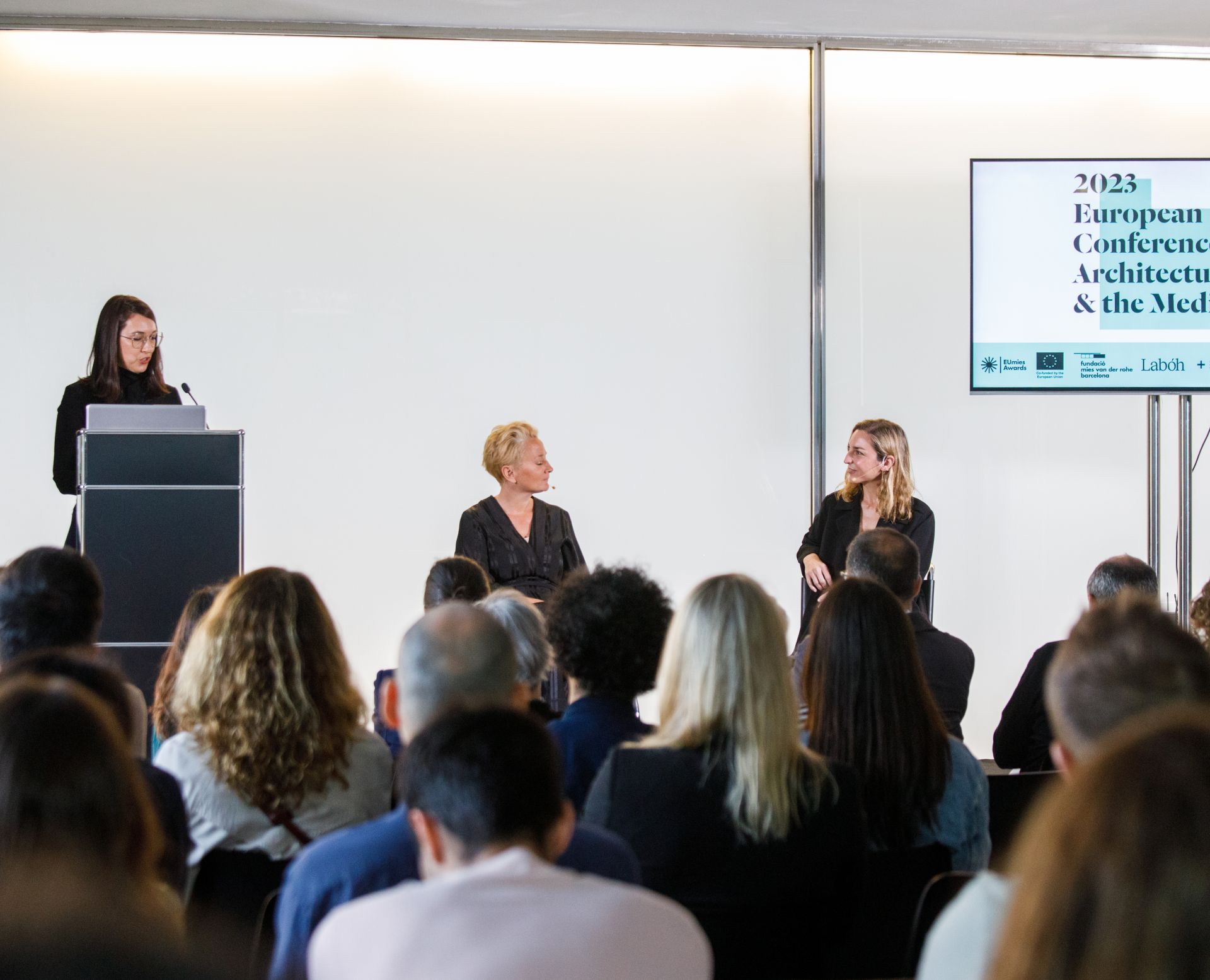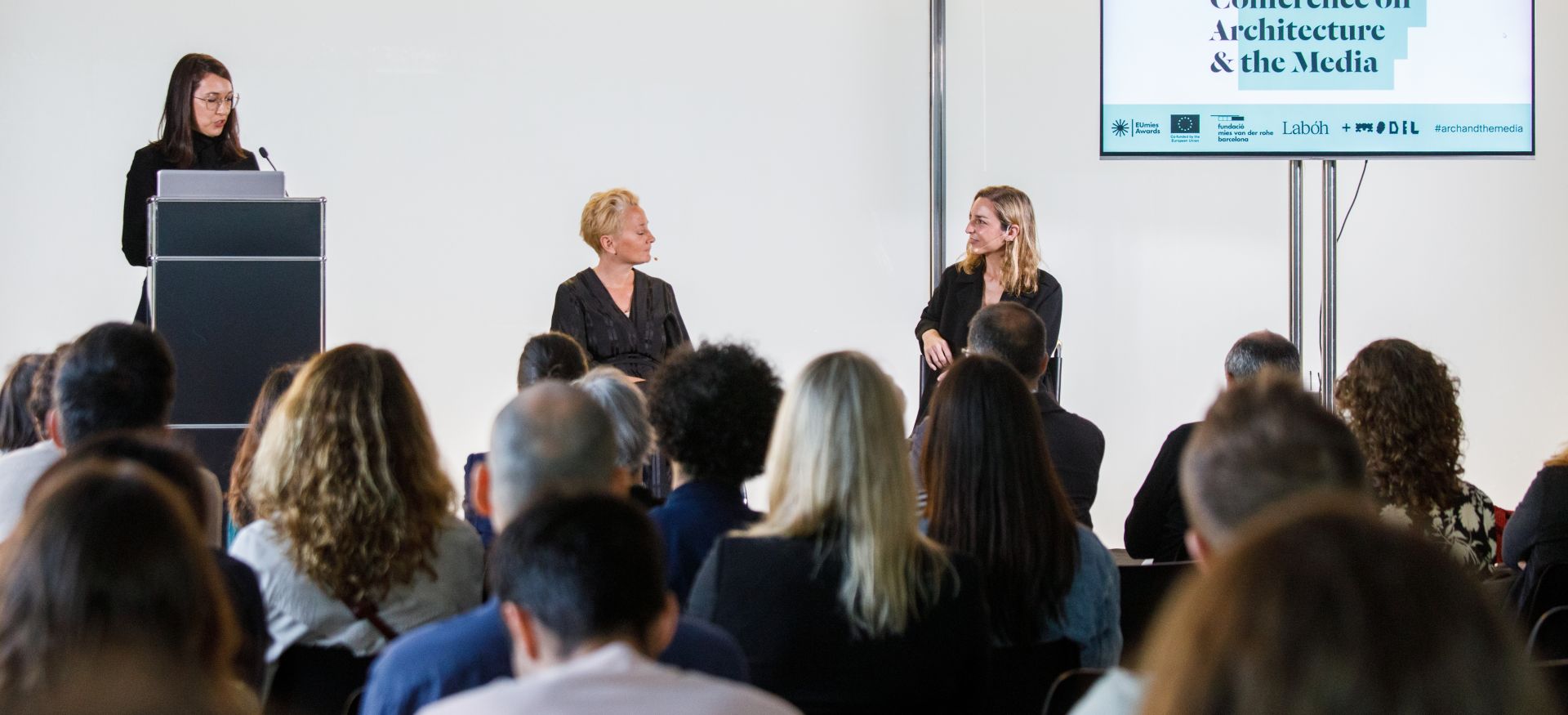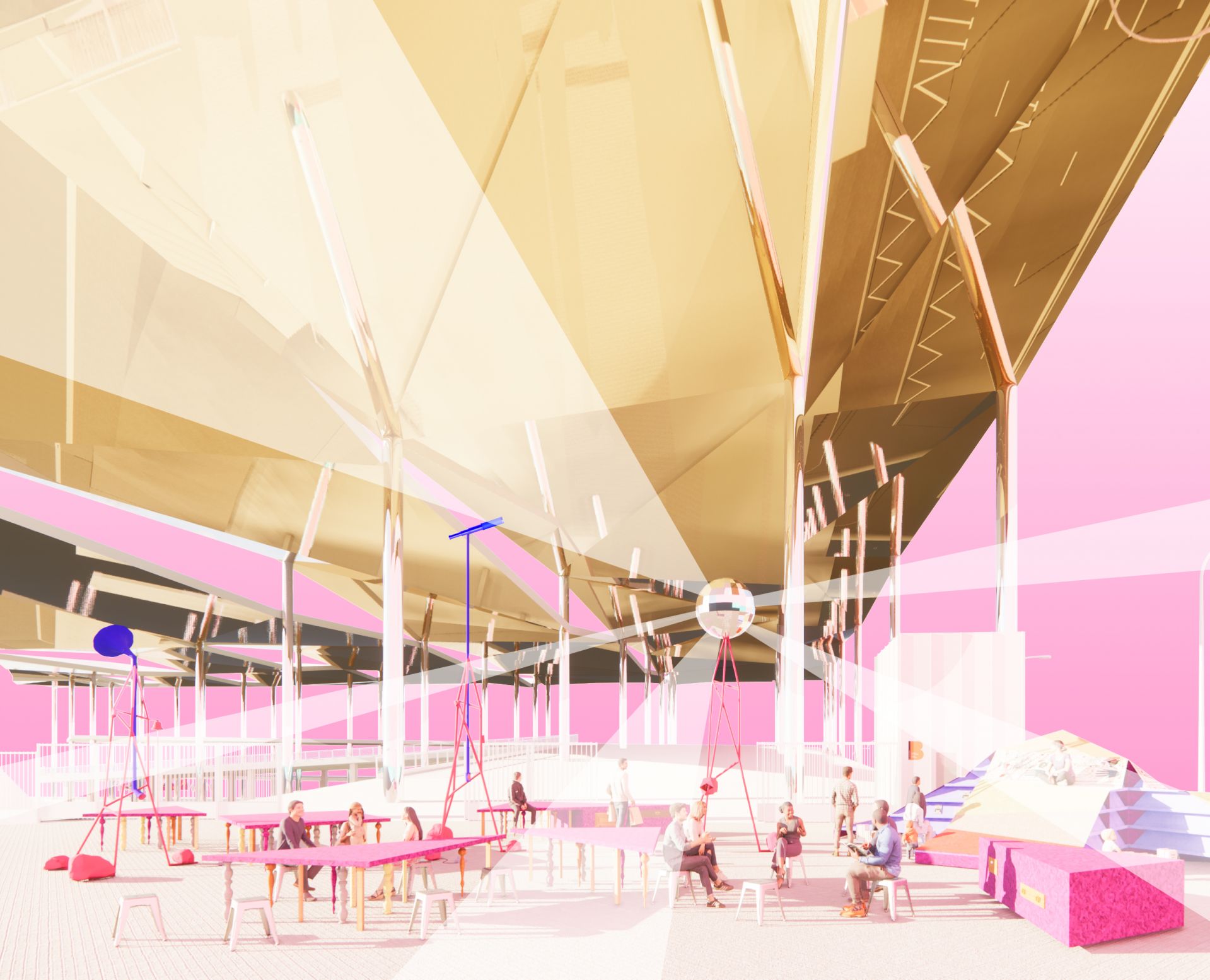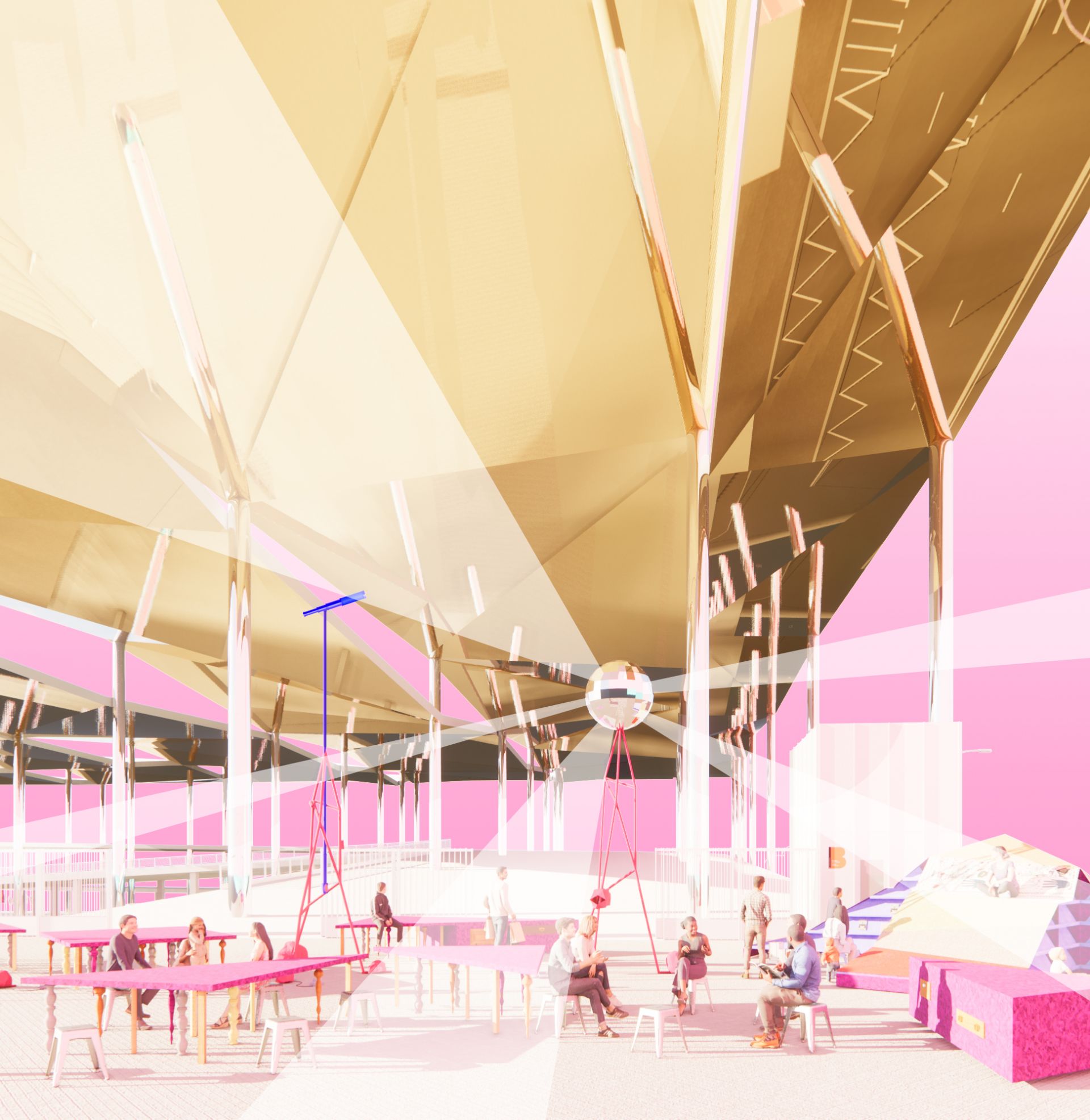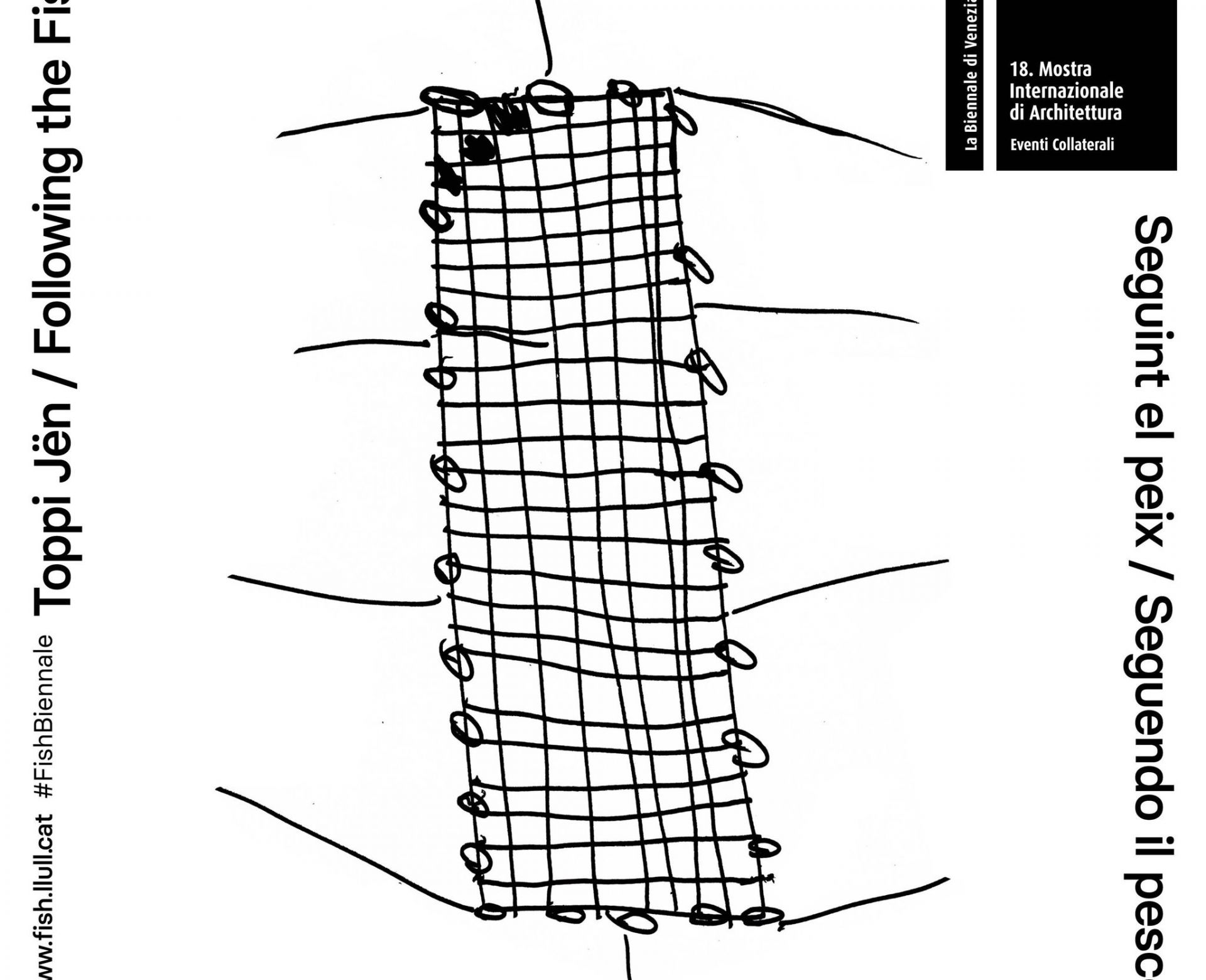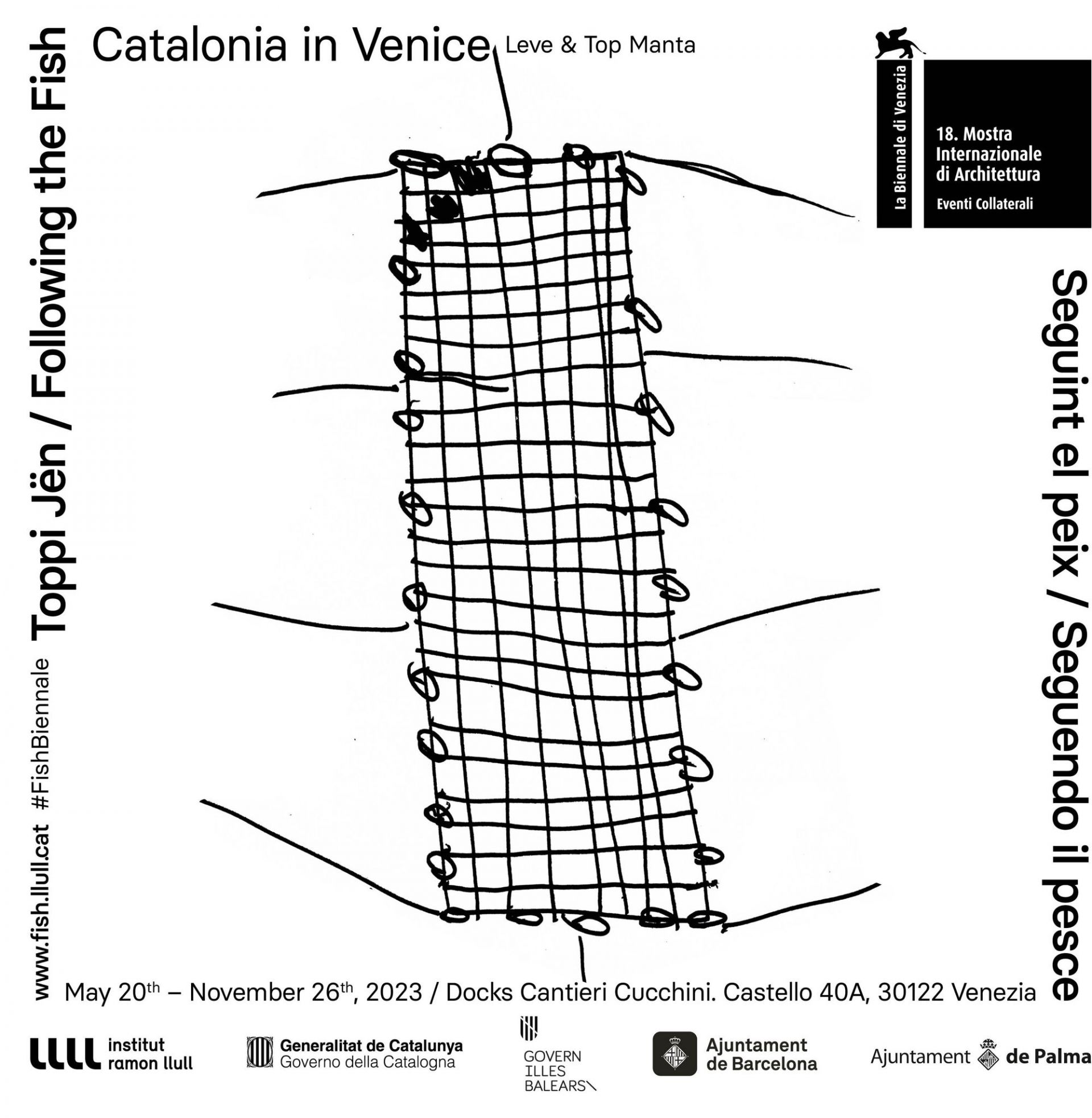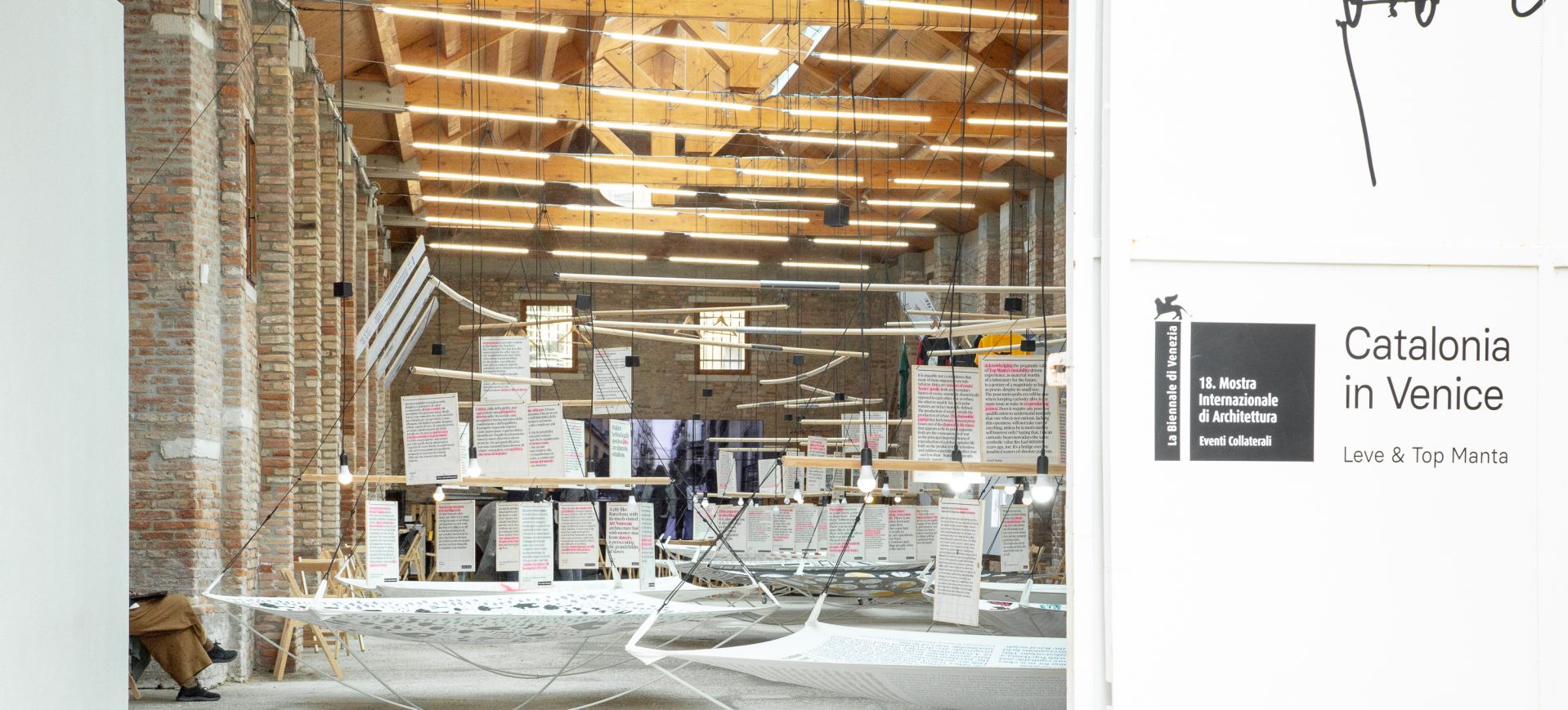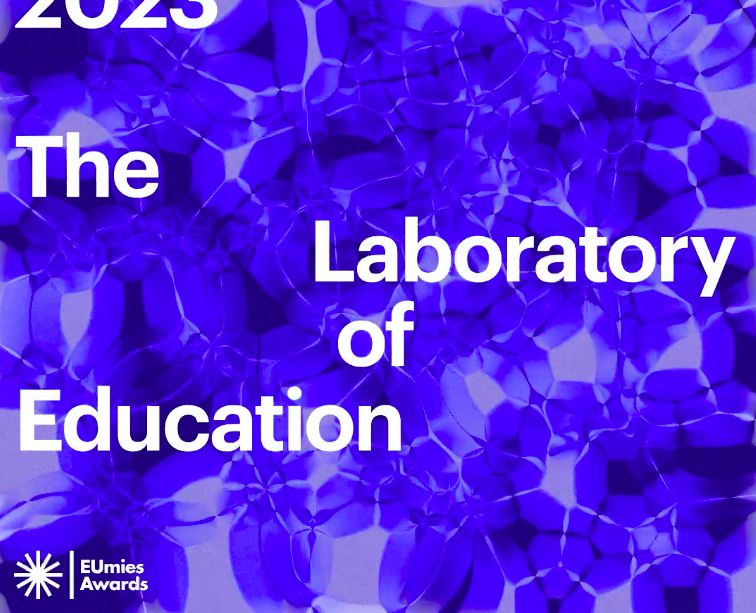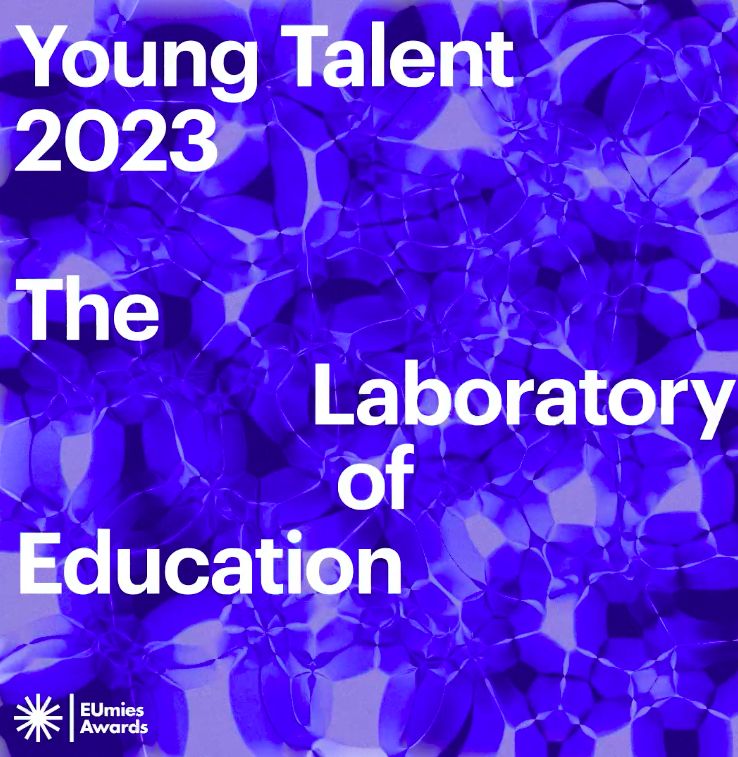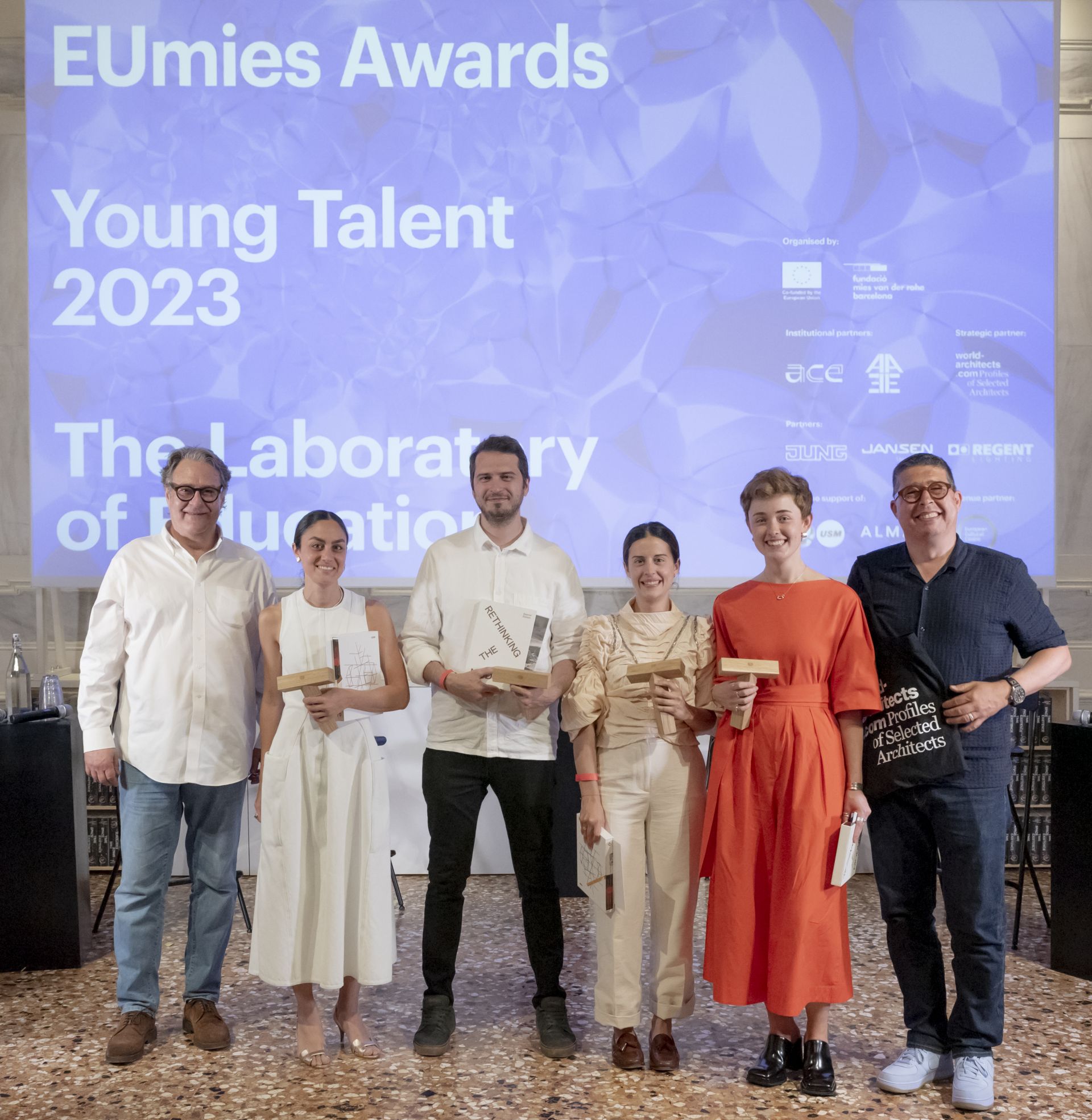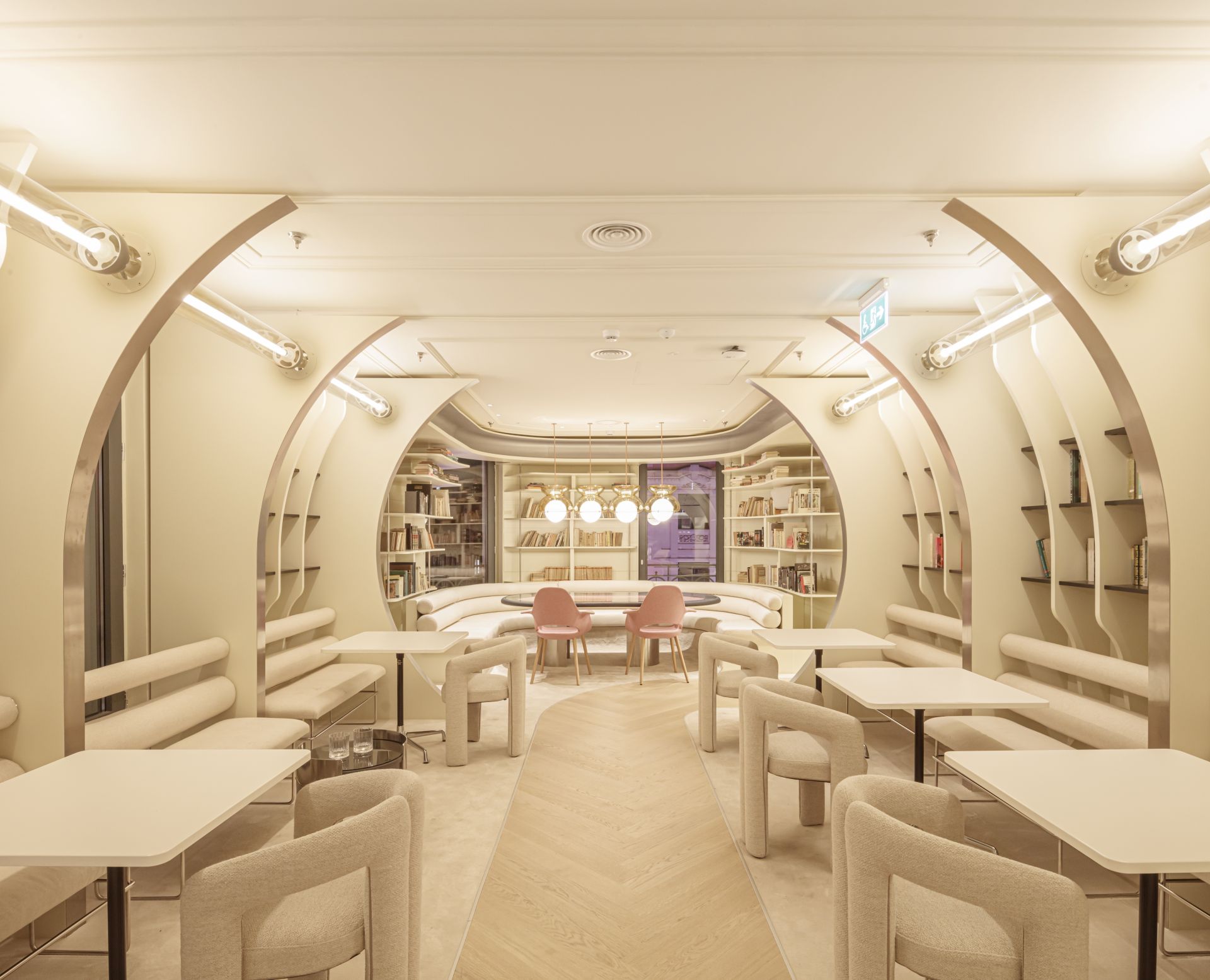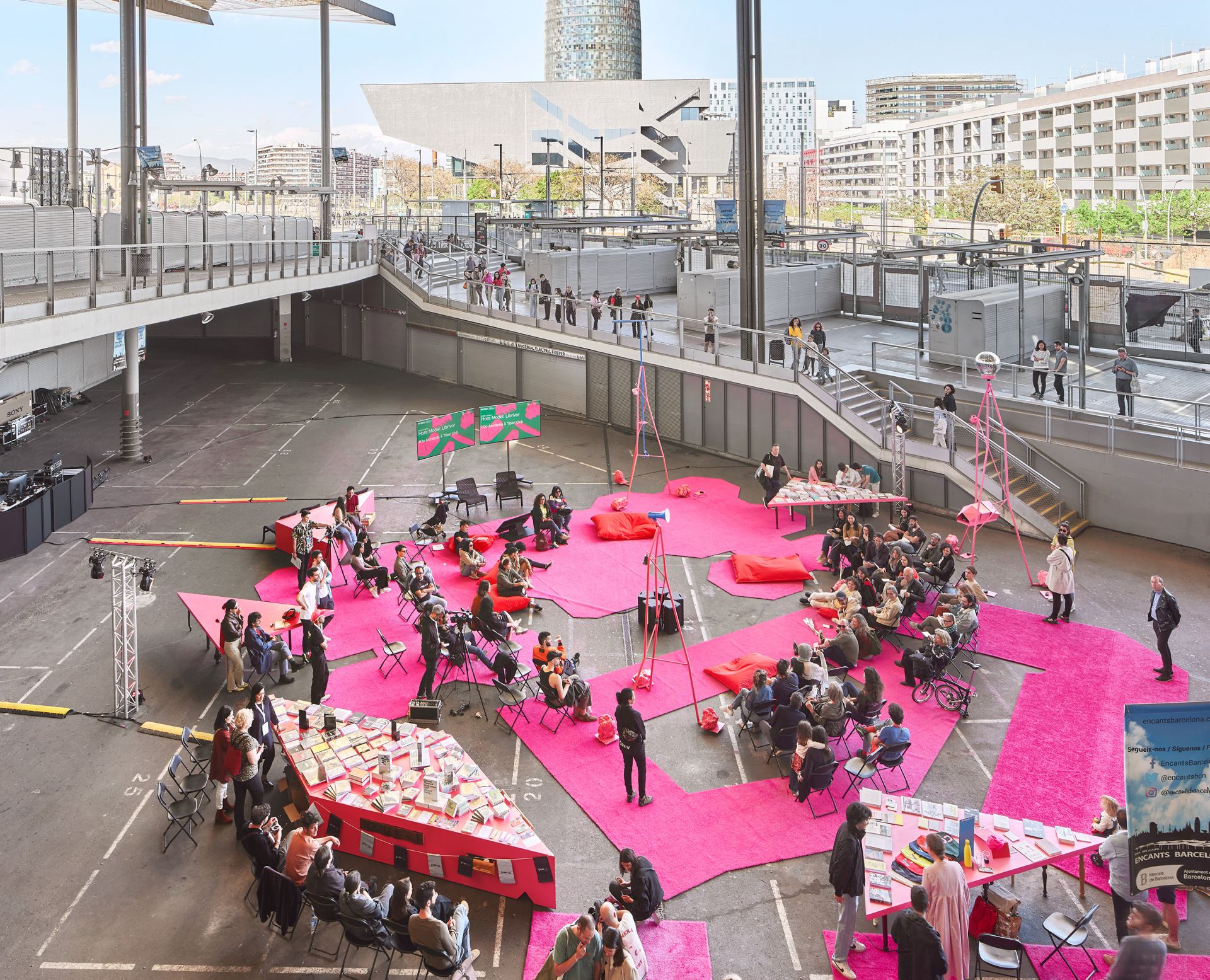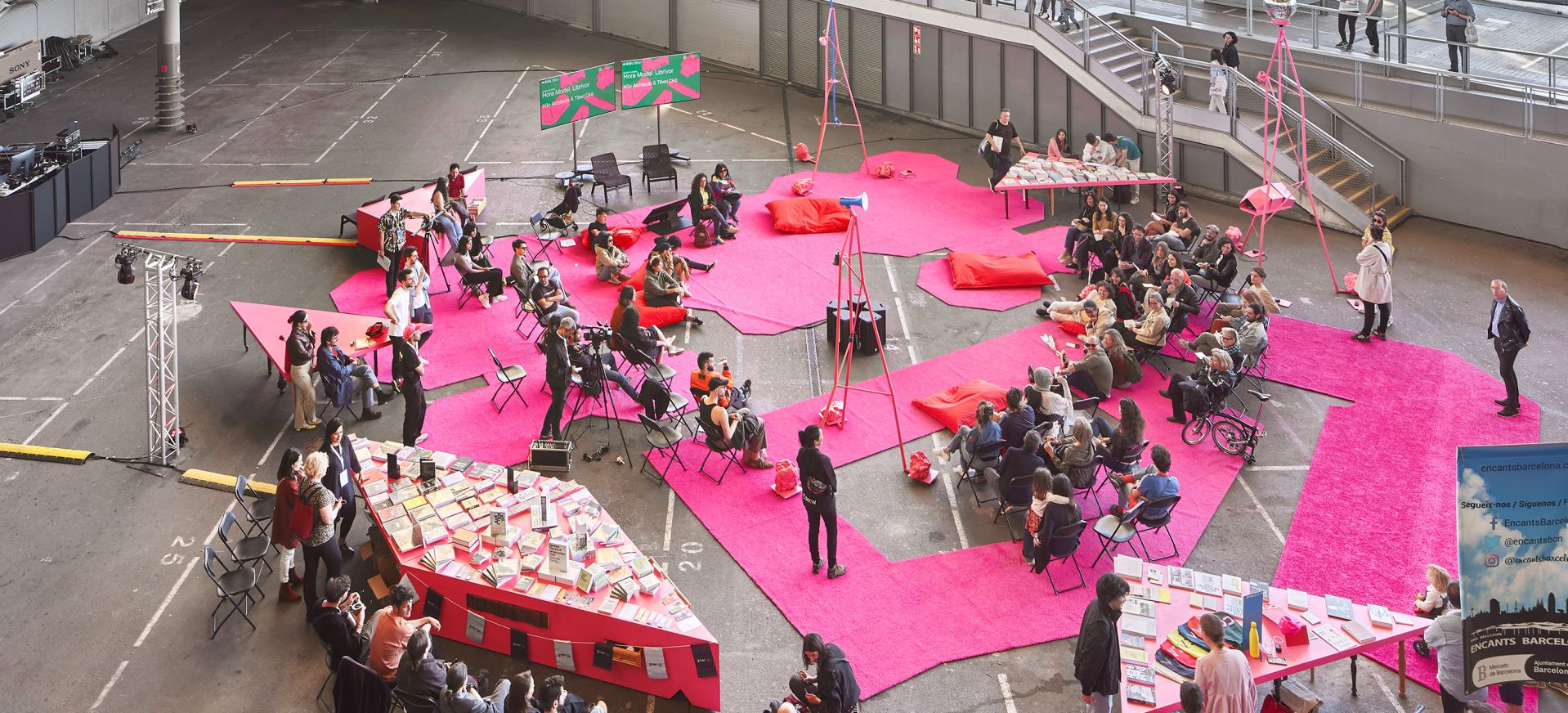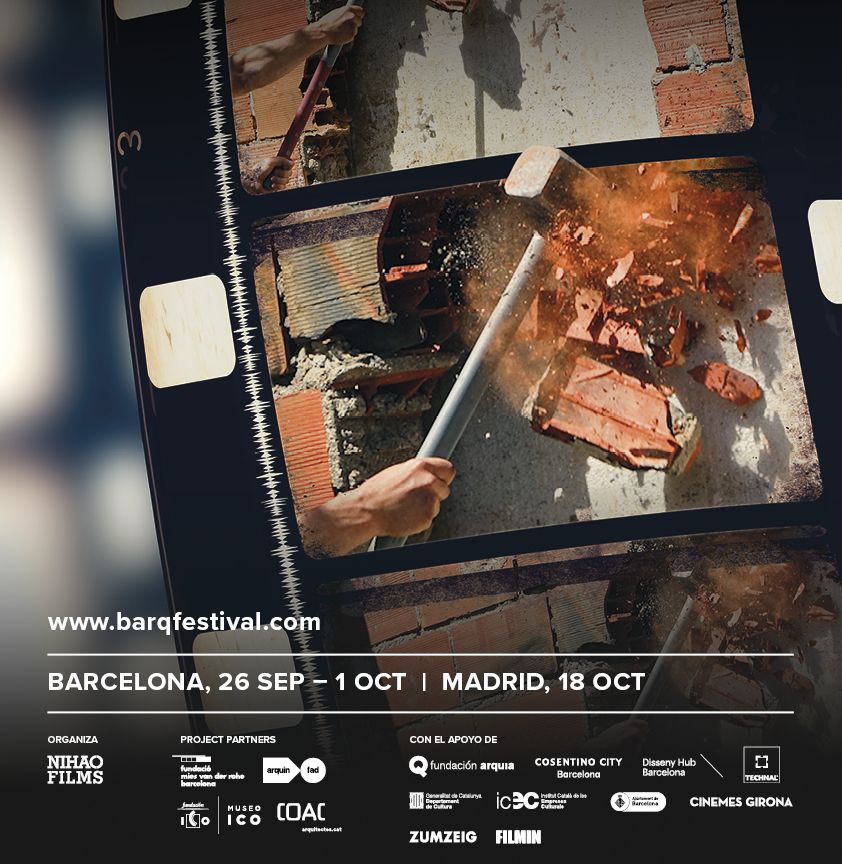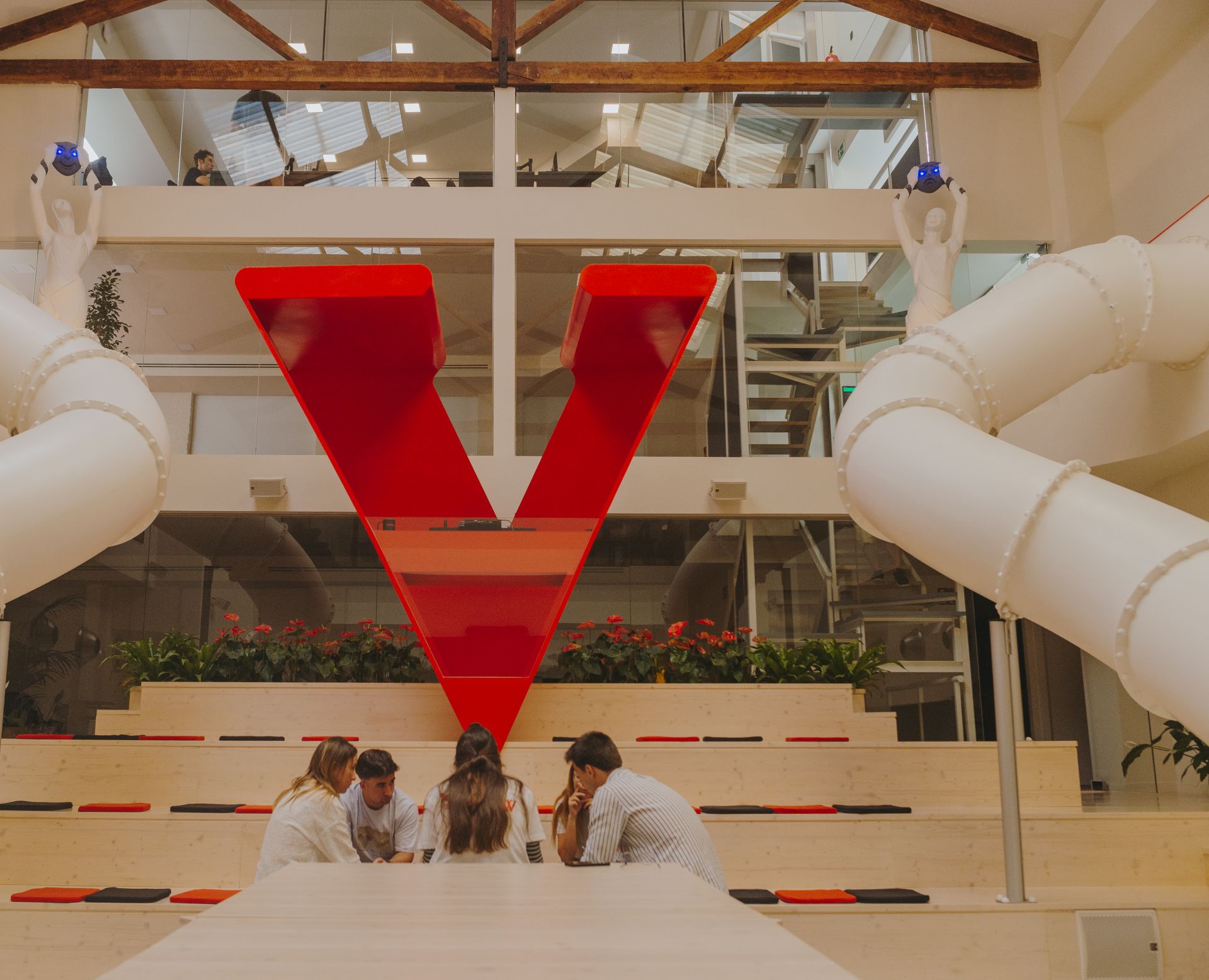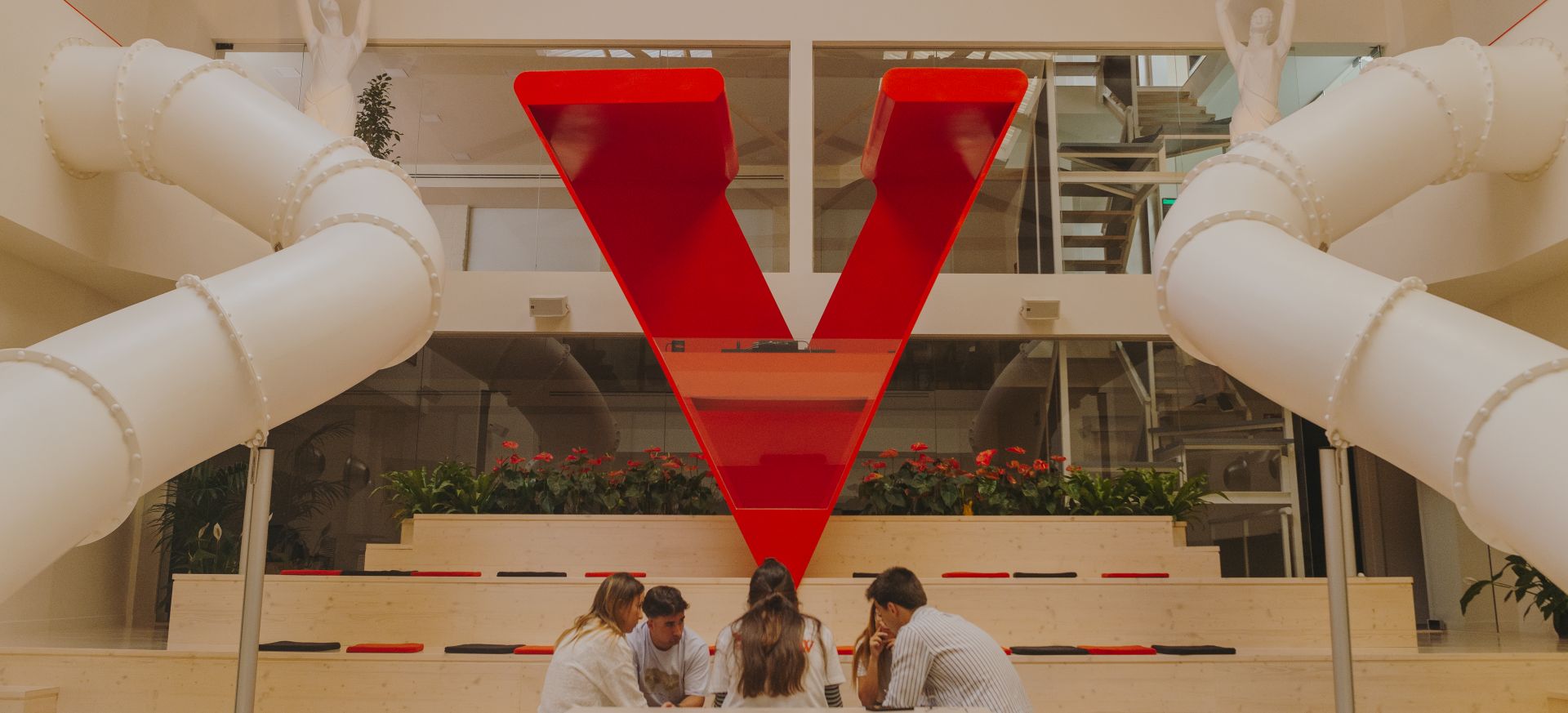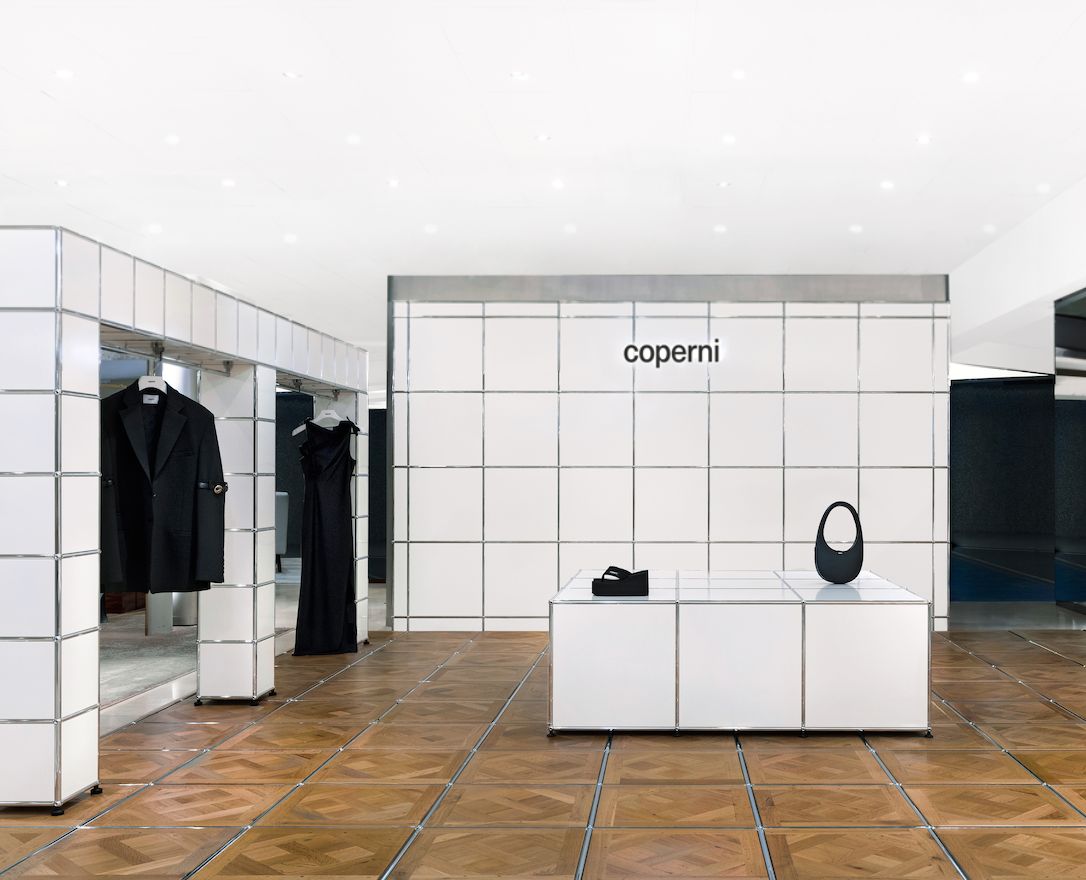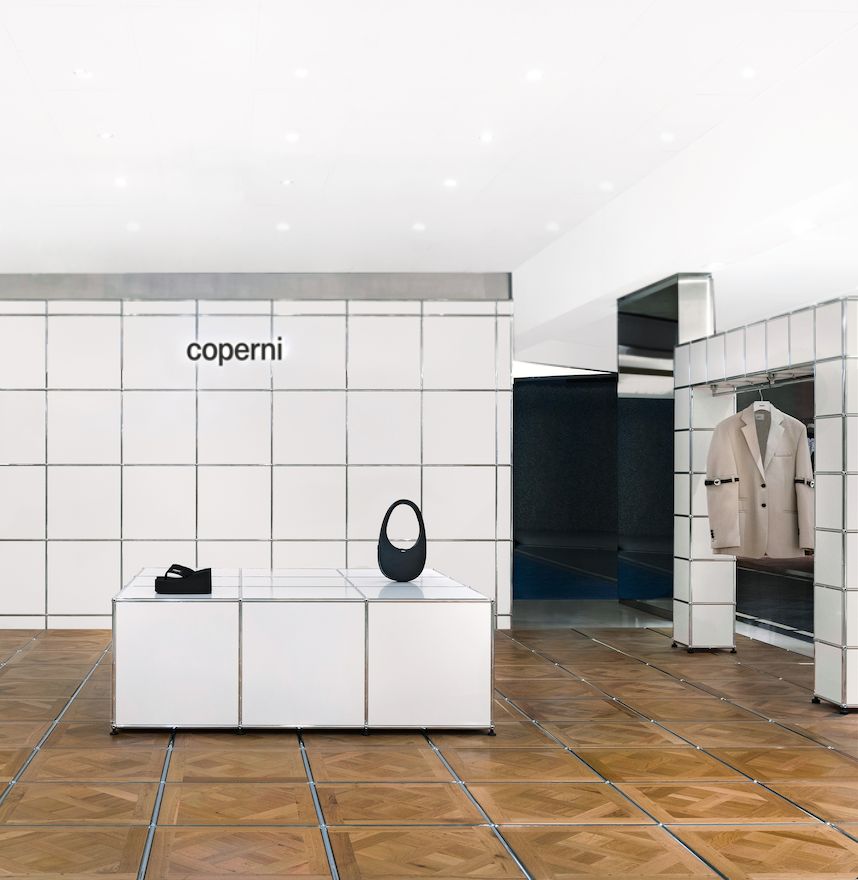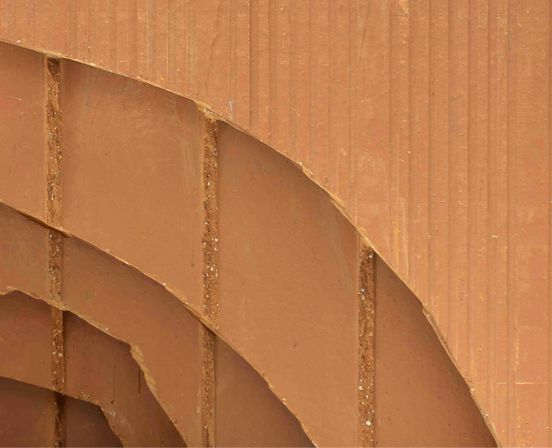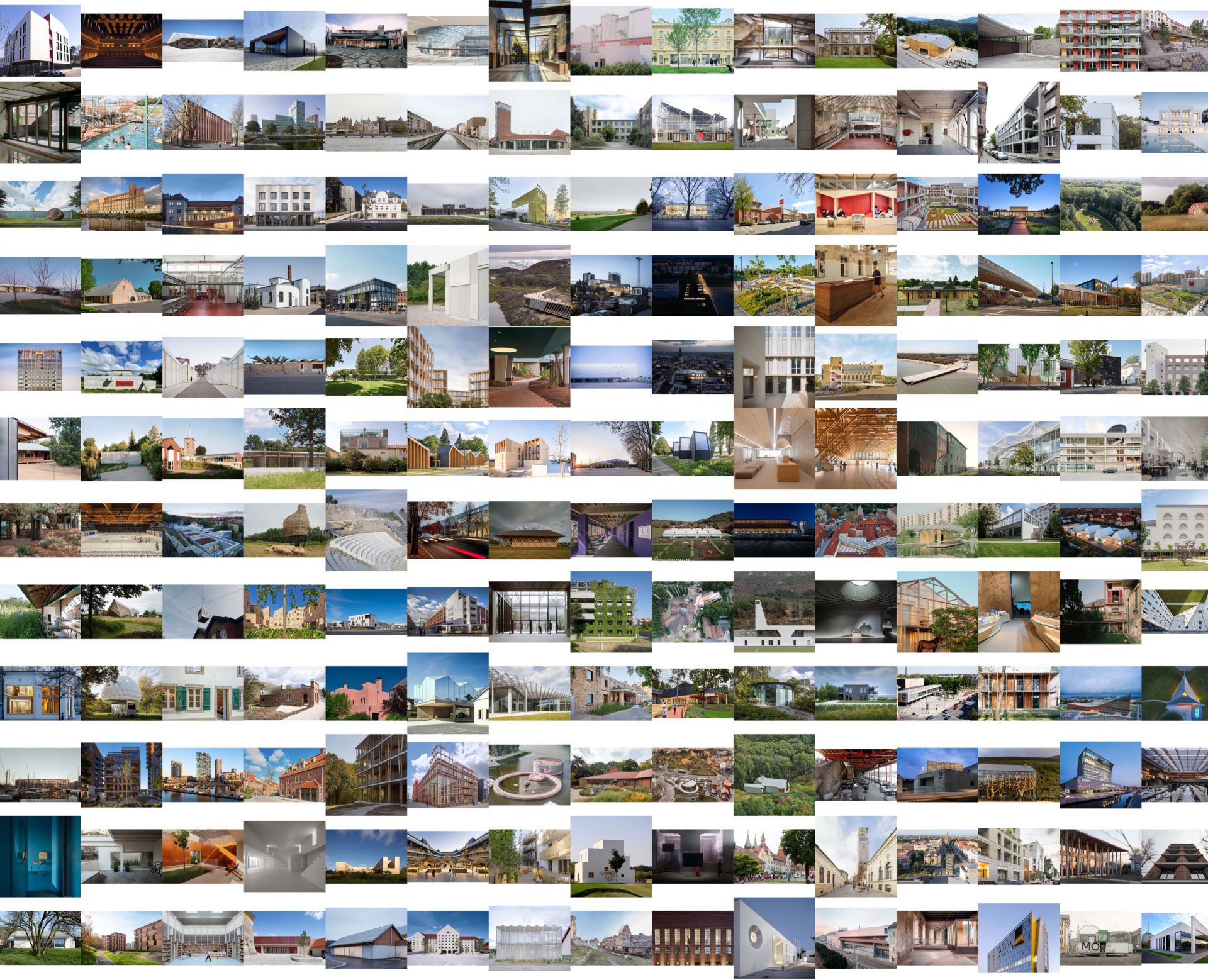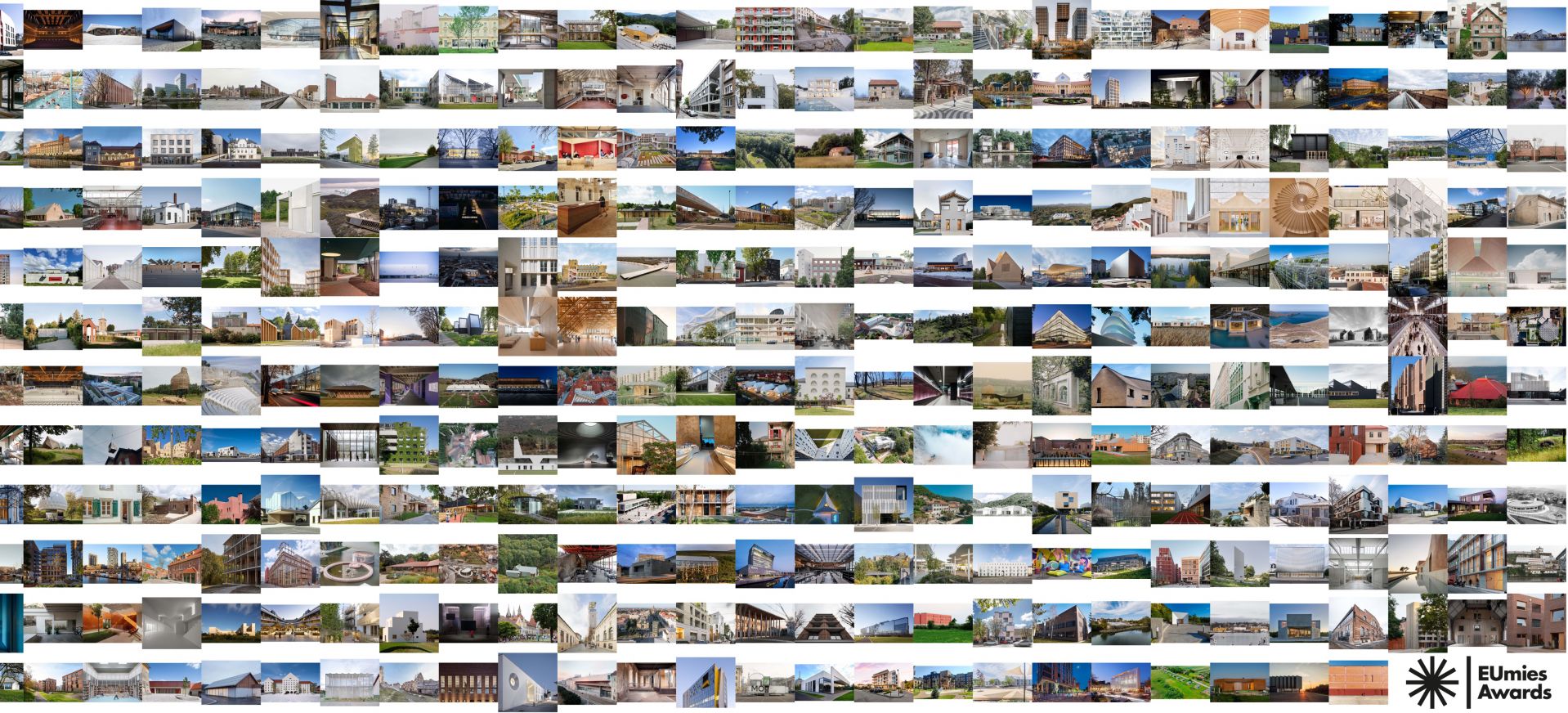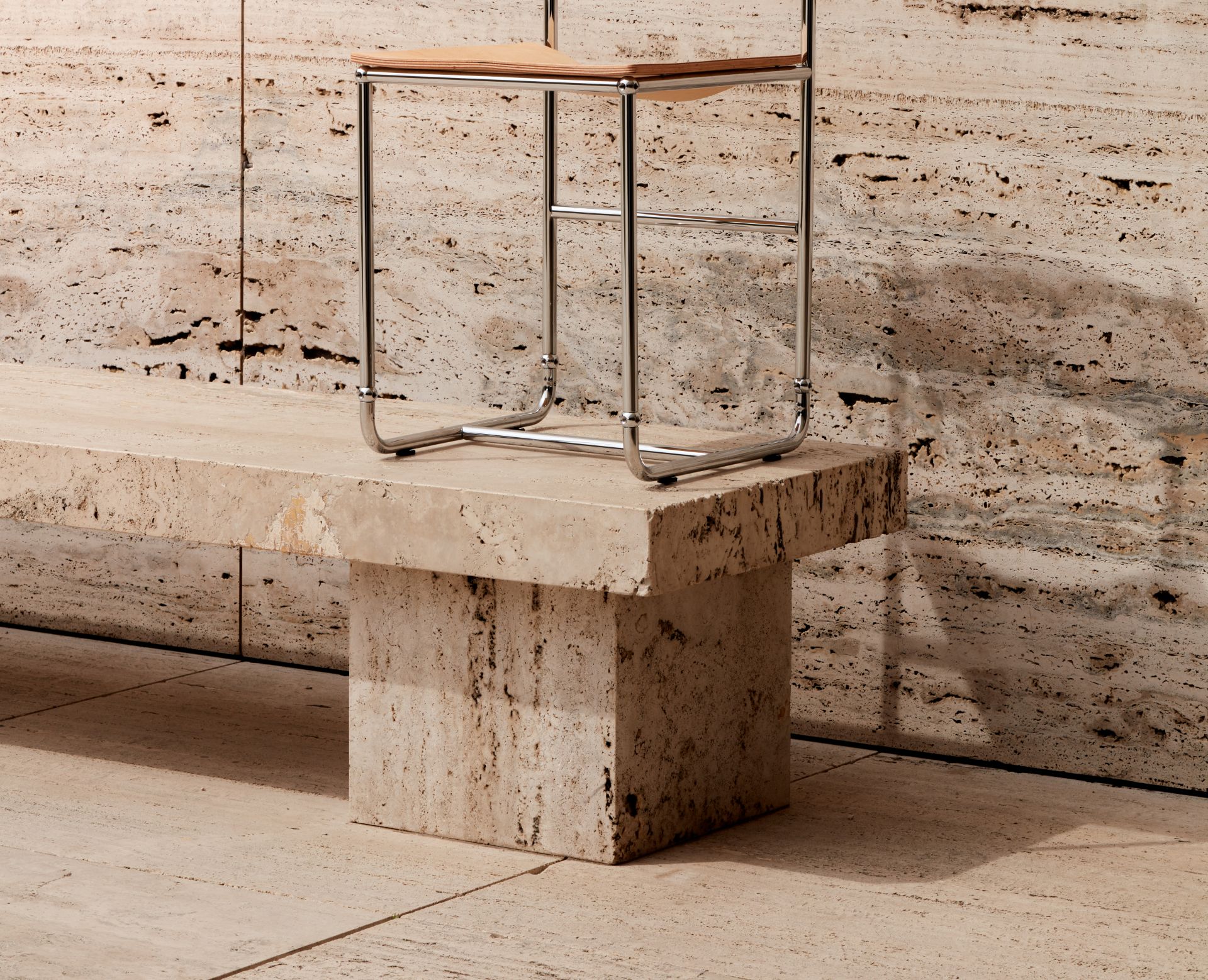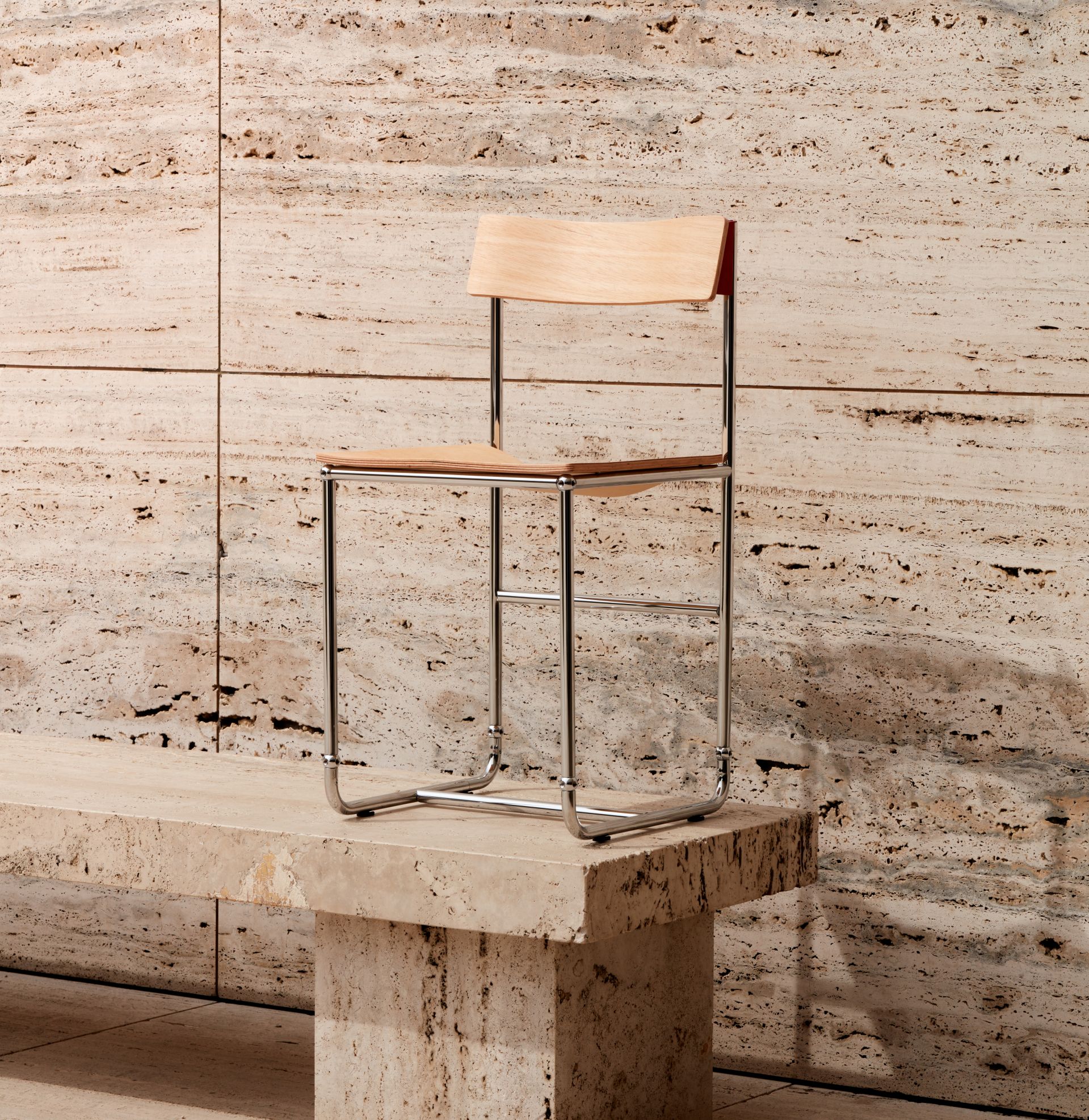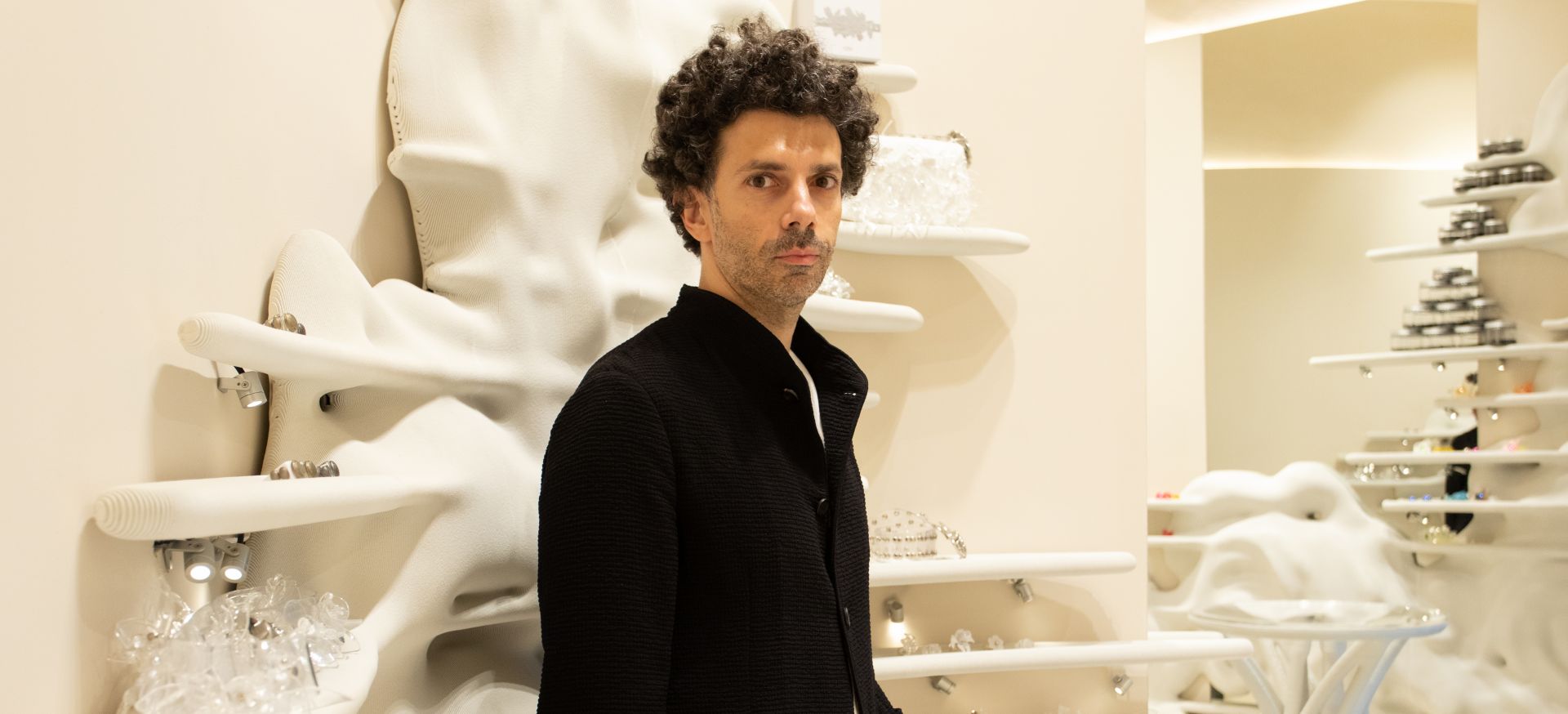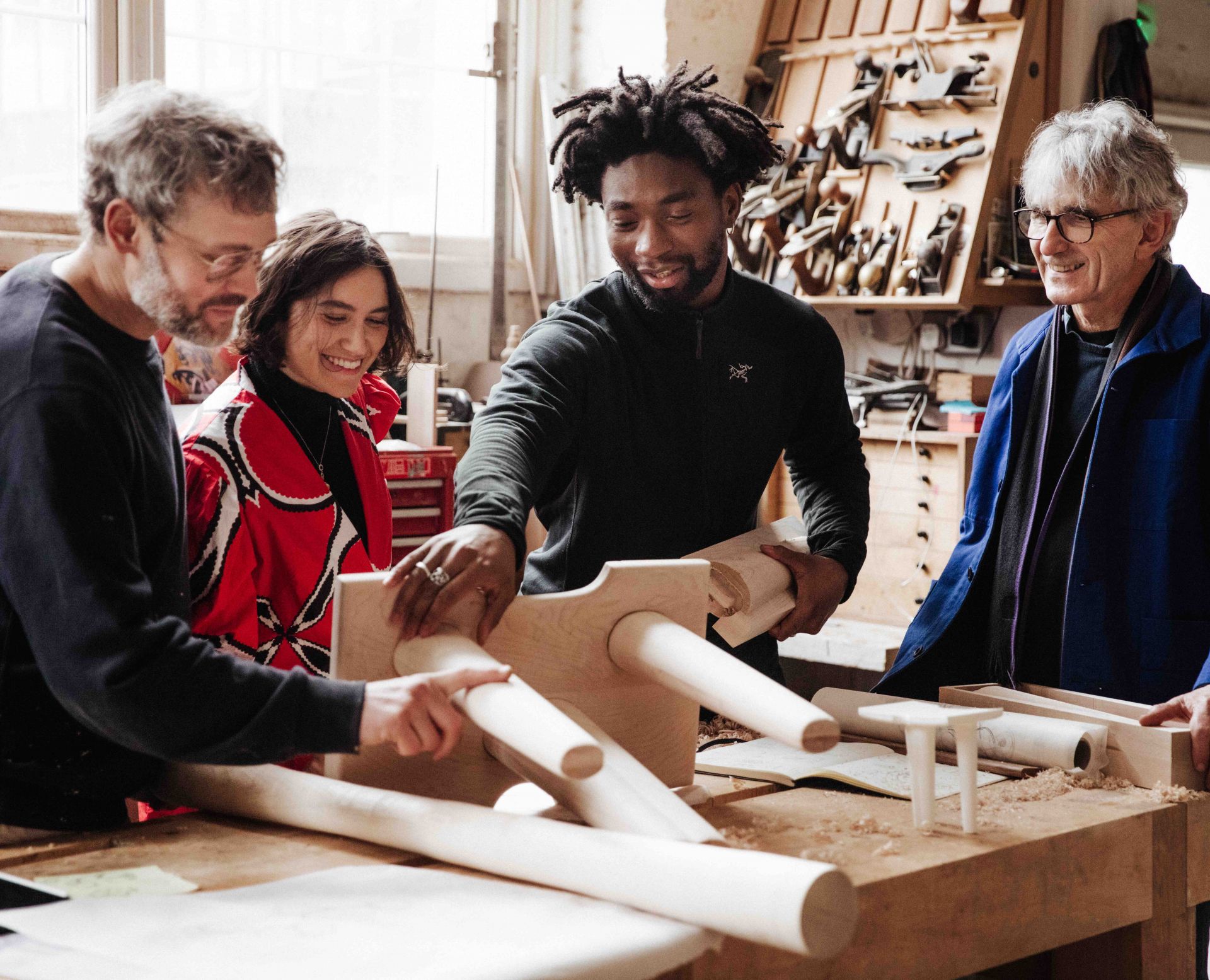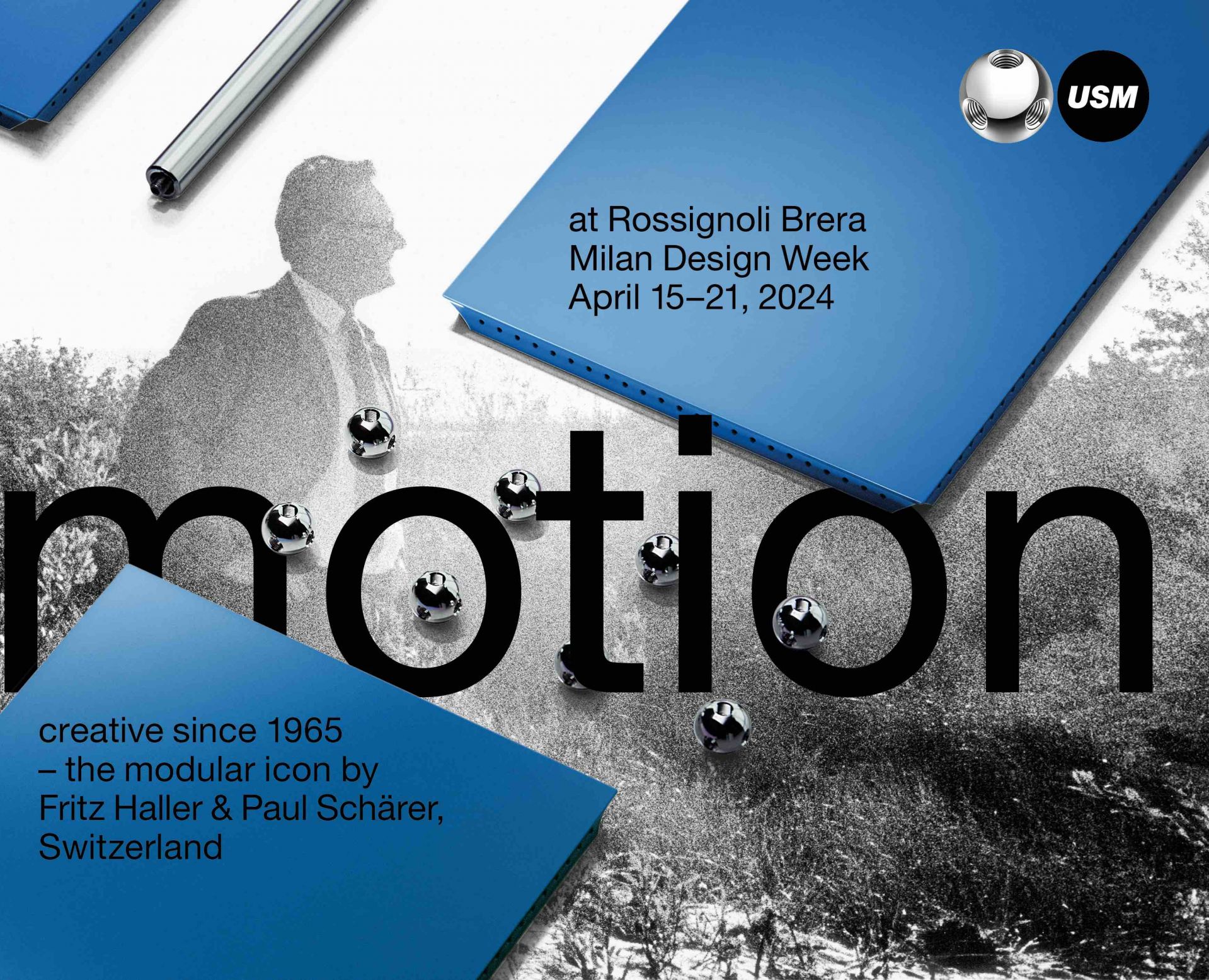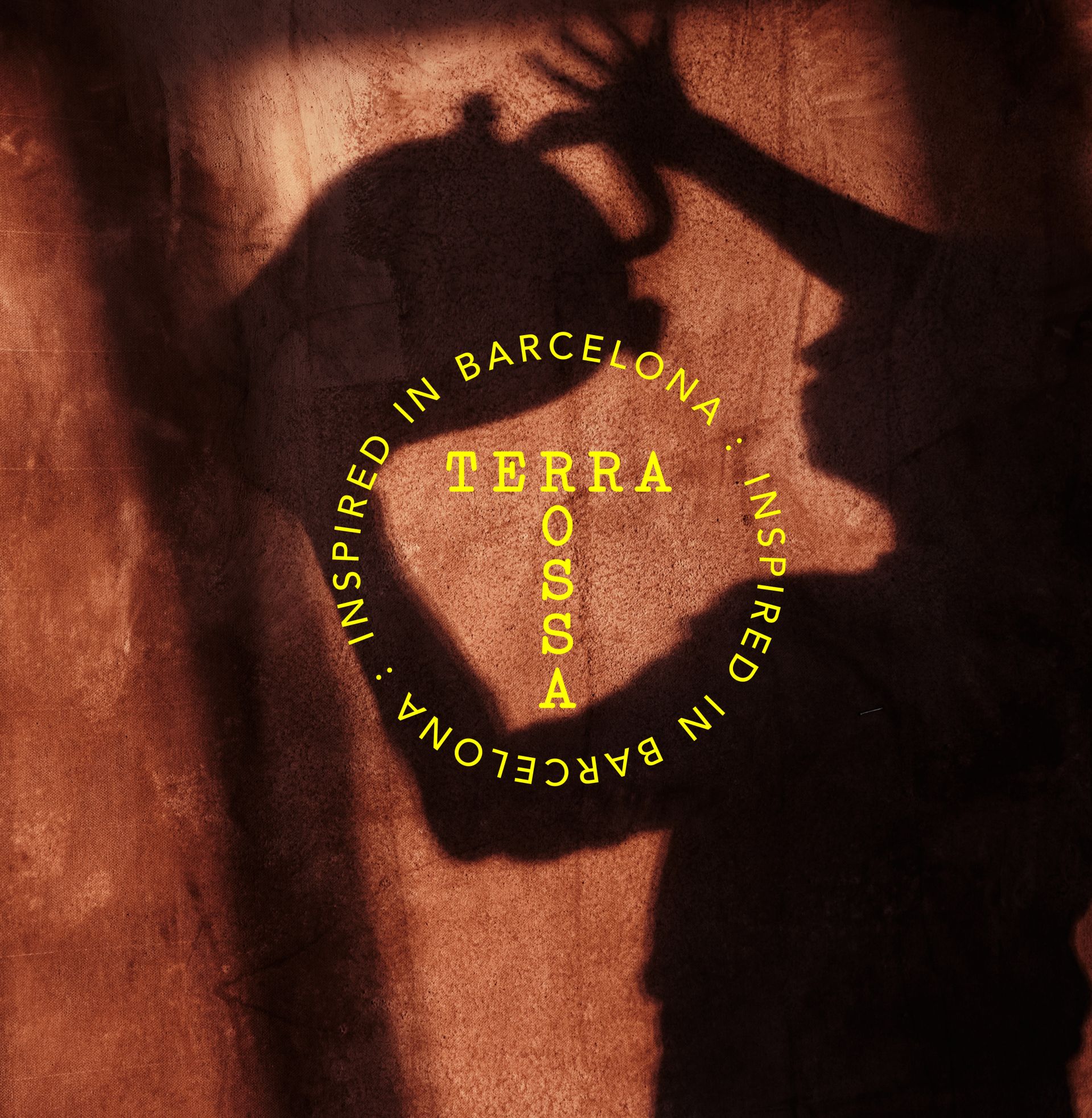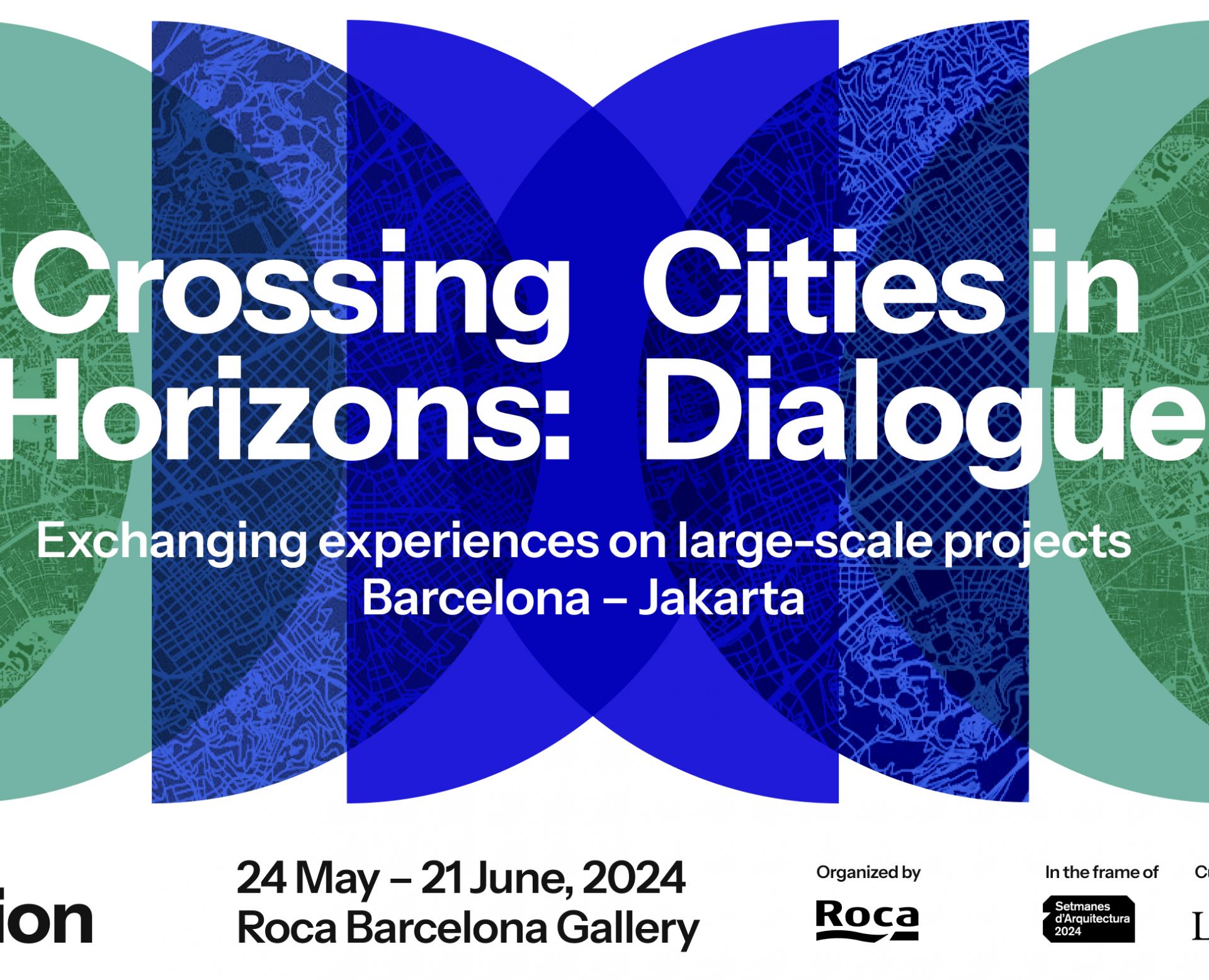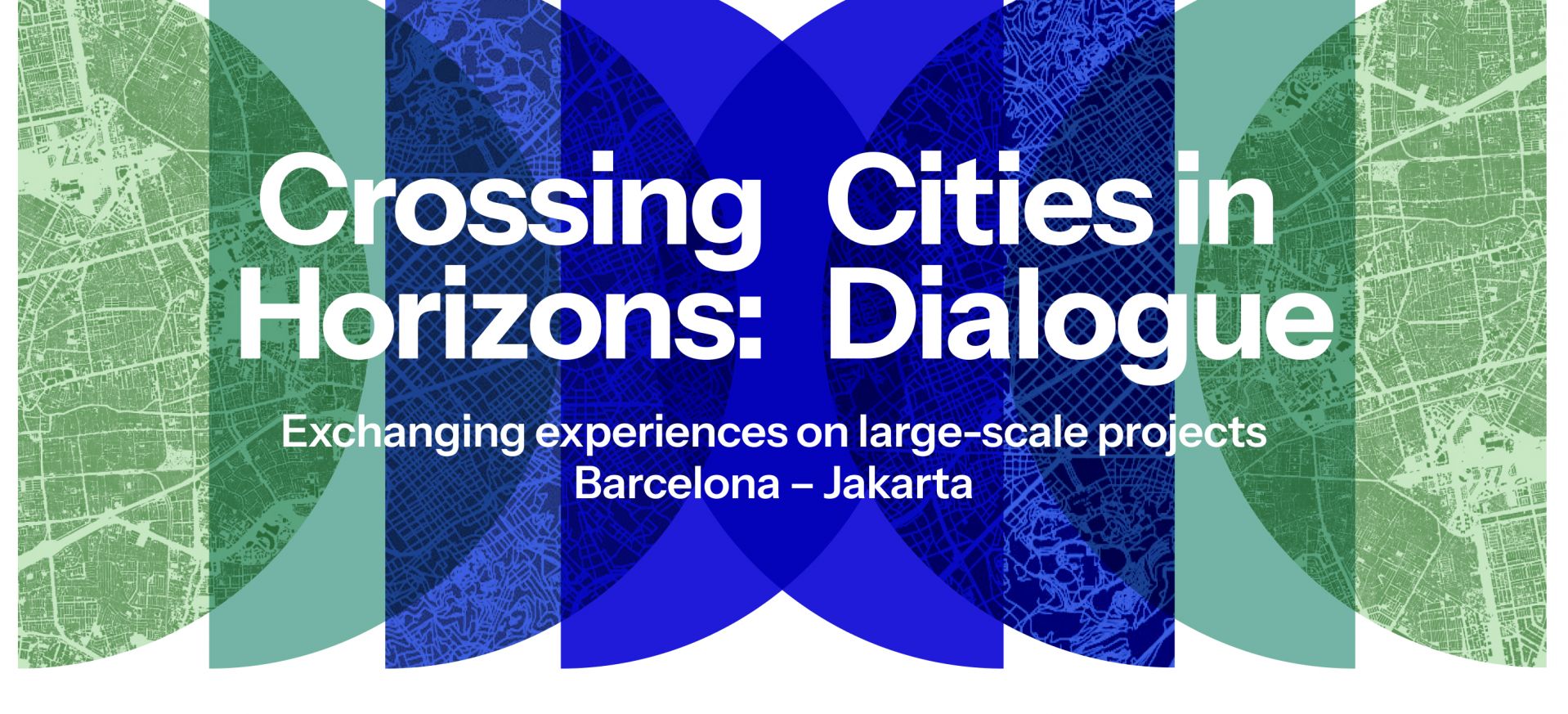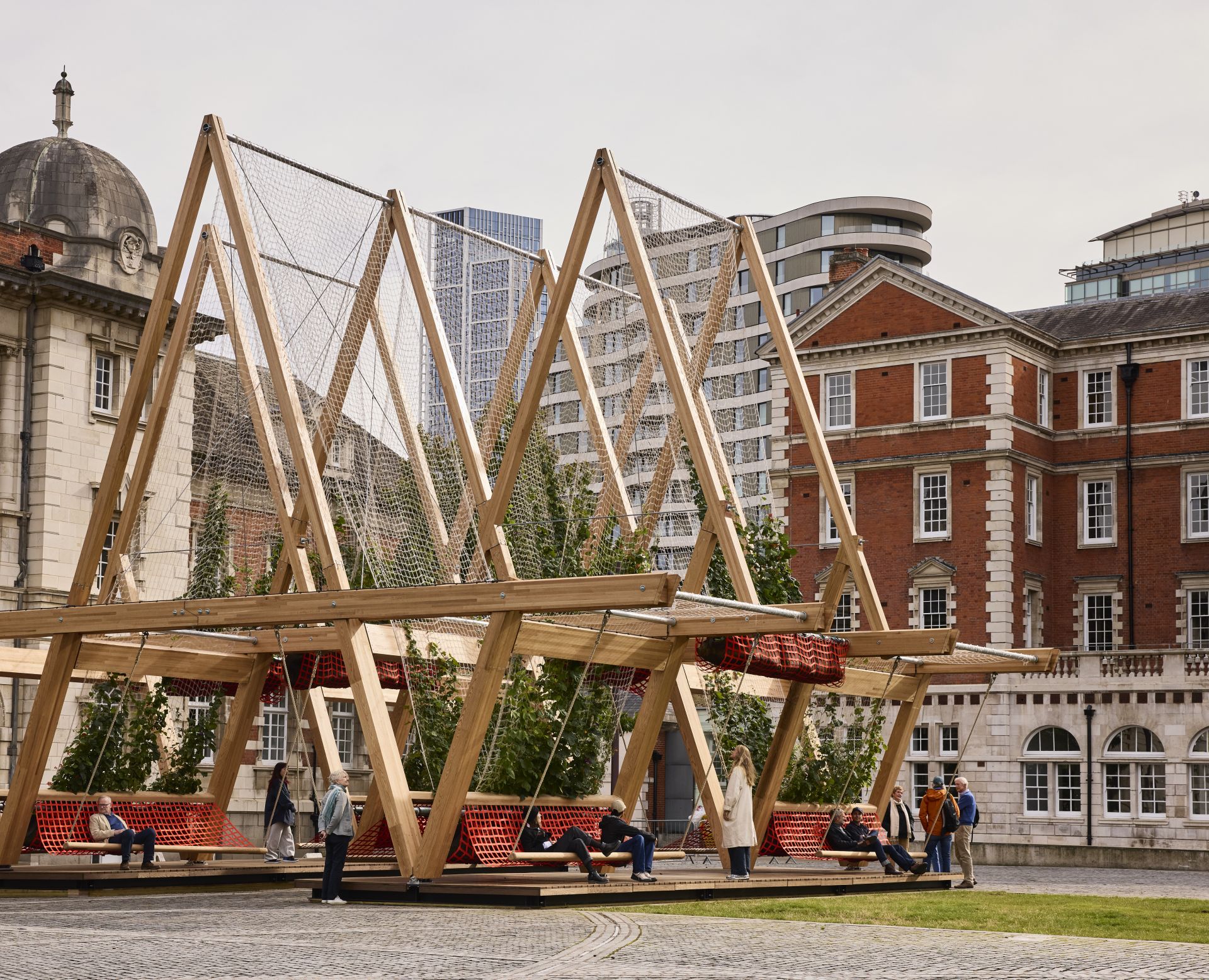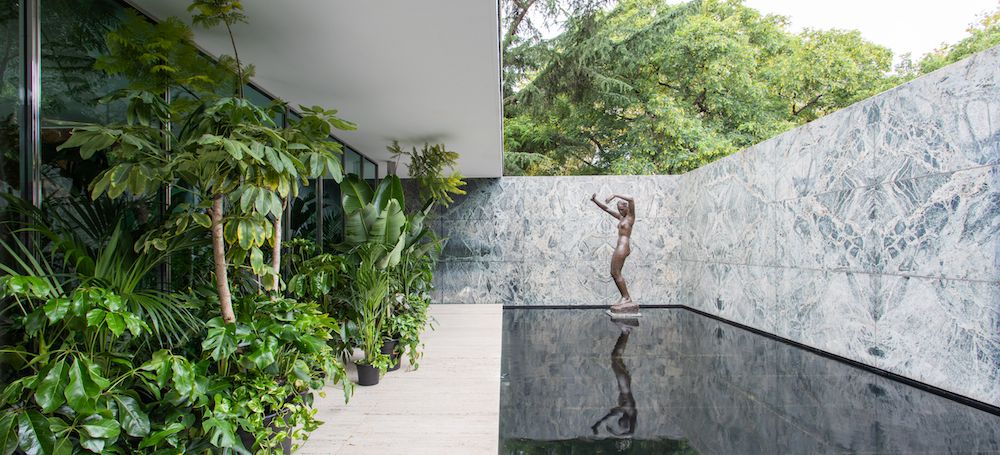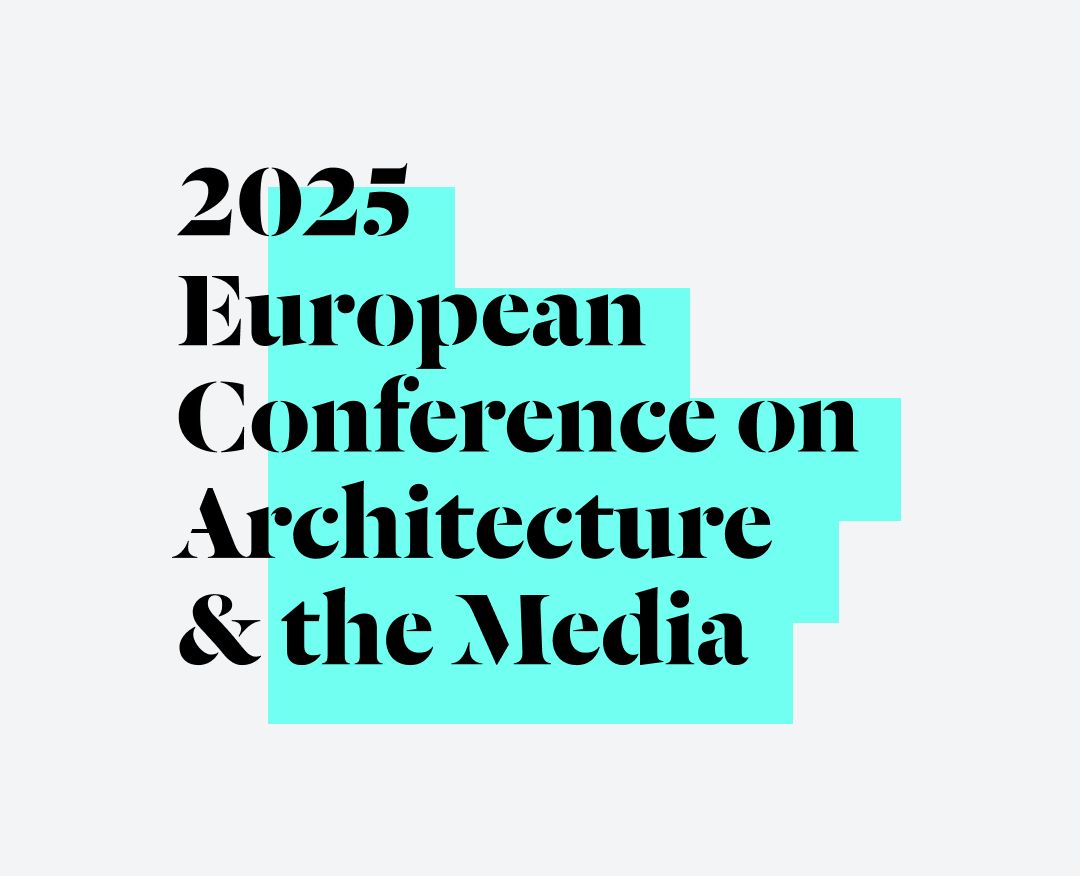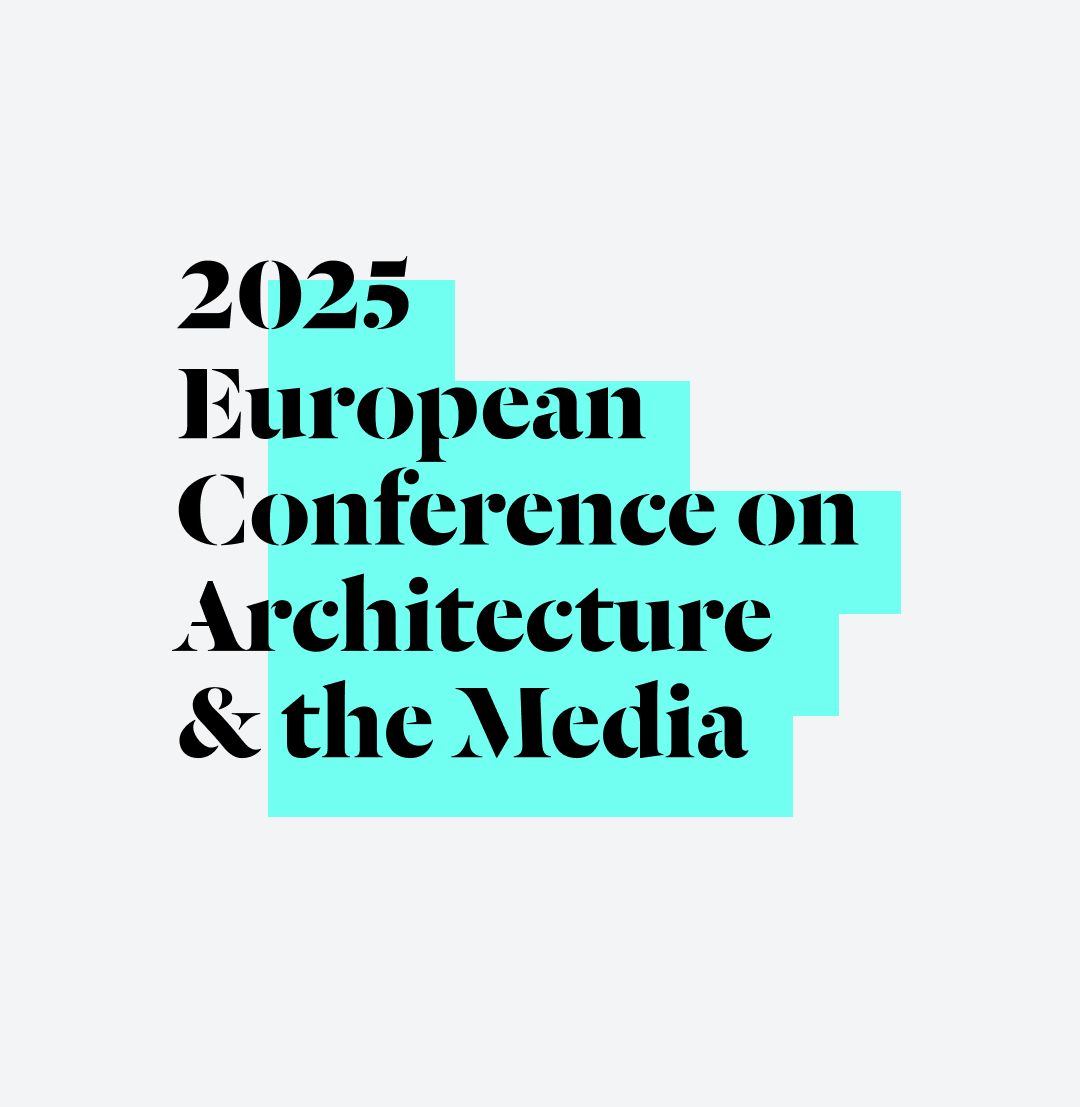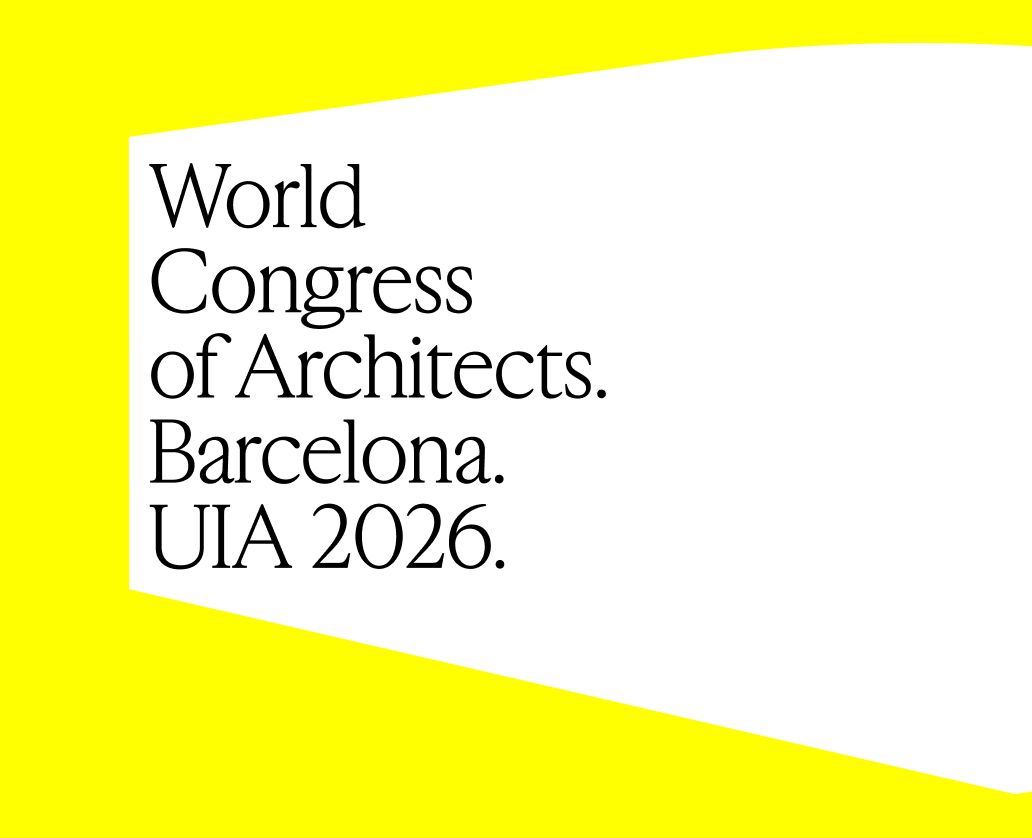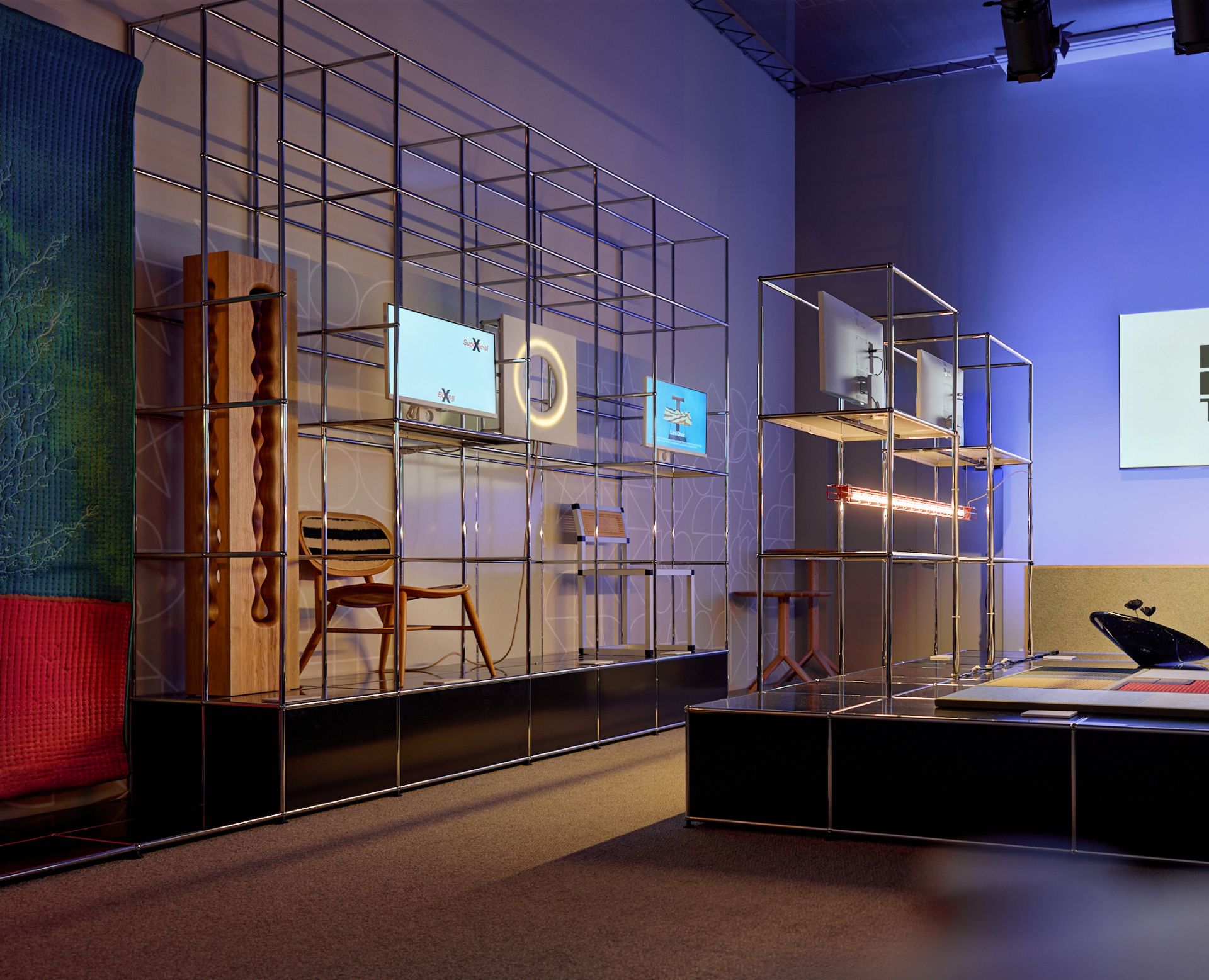
Catalonia in Venice_ Following the Fish, the project of The Institut Ramon Llull at the 18th International Architecture Exhibition – La Biennale di Venezia
The Institut Ramon Llull will be at the 18th International Architecture Exhibition – La Biennale di Venezia with the Collateral Event Catalonia in Venice_ Following the Fish. It will take place at the Docks Cantieri Cucchini in San Pietro di Castello from May 20 to November 26, 2023.
Lesley Lokko, the curator of Biennale Architettura 2023, proposed this year's theme "The Laboratory of the Future," signalling Africa as the protagonist. When interpreting the theme, and faced with the challenge of identifying the places from which new practices and discourses can be proposed, the curators Daniel Cid, Eva Serrats, and Francesc Pla (Leve) wanted to participate in this challenge in order to draw attention to African realities in Europe. To develop the project Following the Fish, they joined forces with the Union of Barcelona Street Vendors (Top Manta), a social and political movement from Senegal, an example of the many other Africas that are being built in cities and rural areas across Europe from the diaspora.
The central concepts of the project revolve around urbanism, work spaces and housing from the perspective of the African diaspora in Catalonia. It wants to address the challenges of decolonization and decarbonization that impact the entire world. The result has been to generate a coming together of architecture and African migration with the aim of identifying alternative architectures to the hegemonic ones, urging us to think about the city in other ways.
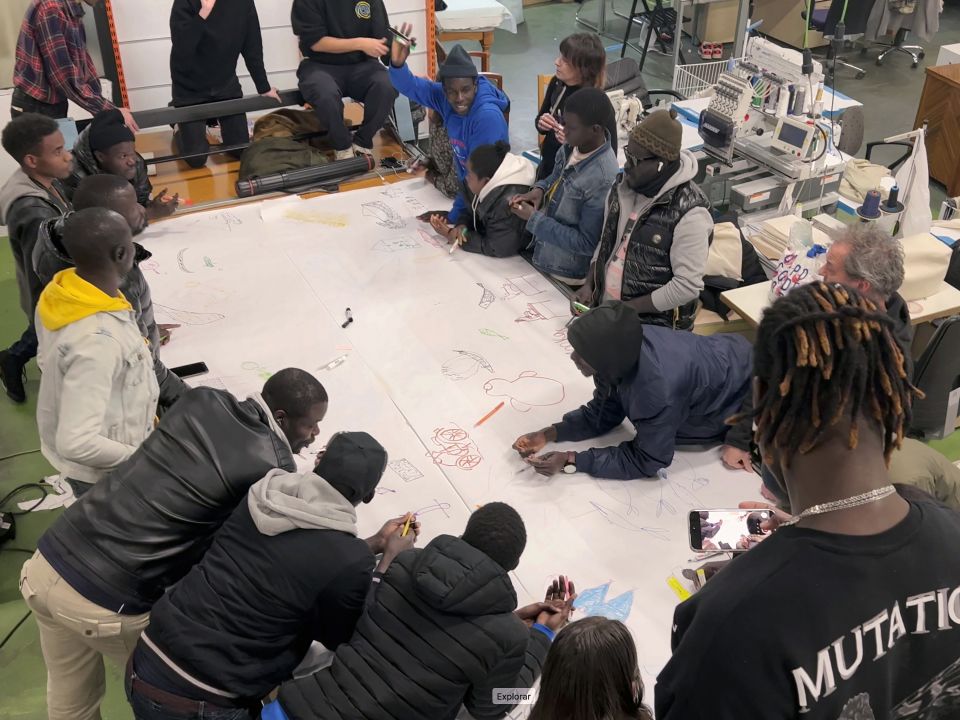
Following the Fish is a rehearsal of this joint effort, which has been carried out through a design process, based on conversations and co-creation workshops. Based on the migrant experience, this process has made it possible to detect the prejudiced-filled gazes and the perverse regulations that fall on the most vulnerable, and it highlights its ability to transform instability into an opportunity to rethink urban space and fight for an urban design that is fair and equal. Despite their difficult living conditions, migrant communities develop creative approaches and alternative politics in their places of arrival.
Following the Fish is the rhetorical figure that symbolically evokes the history behind the exhibition proposal: the fish becomes the narrator of the lives of the Top Manta community, and symbolizes the plundering that strangles Africa's economy but also the process of struggle and empowerment that this has generated. It is a fish, but it could also be steel, coffee, cobalt, coltan, cotton, copper, diamonds, magnesium, gold, oil, platinum or uranium.
In Senegal, small-scale fishing was a source of food and money for the local economy. But the massive extraction of fish by trawlers of European and other origins to manufacture feed for fish farms, and which, in addition, causes serious environmental damage and chronic diseases in nearby communities, has forced young fishermen to leave their country and travel to Europe in the same dugout canoes that they ceased using to fish. This is how they flee from the poverty and famine generated by colonization and plunder by the great powers of the global north and are forced to leave their own homes. In Barcelona, after following the fish that was stolen from them by Europe, they find institutional and social racism, hostile “architectures” that act on those who are in an “irregular situation,” and discover that their only option is to be a street vendor; the "manta" (the blanket or sheet used for street vending), as the only ethical survival alternative, due to the impossibility of legal work.
The coming together of Leve and Top Manta wants to draw attention to an idea of the future firmly positioned in a present-day struggle/ the present-day in struggle. The project showcased in Venice is based on two elements: the results of the laboratory - The Reparation Atelier - , and the Street Market, an installation in Venice that convenes the narrative of the African migrant diaspora in Catalonia.
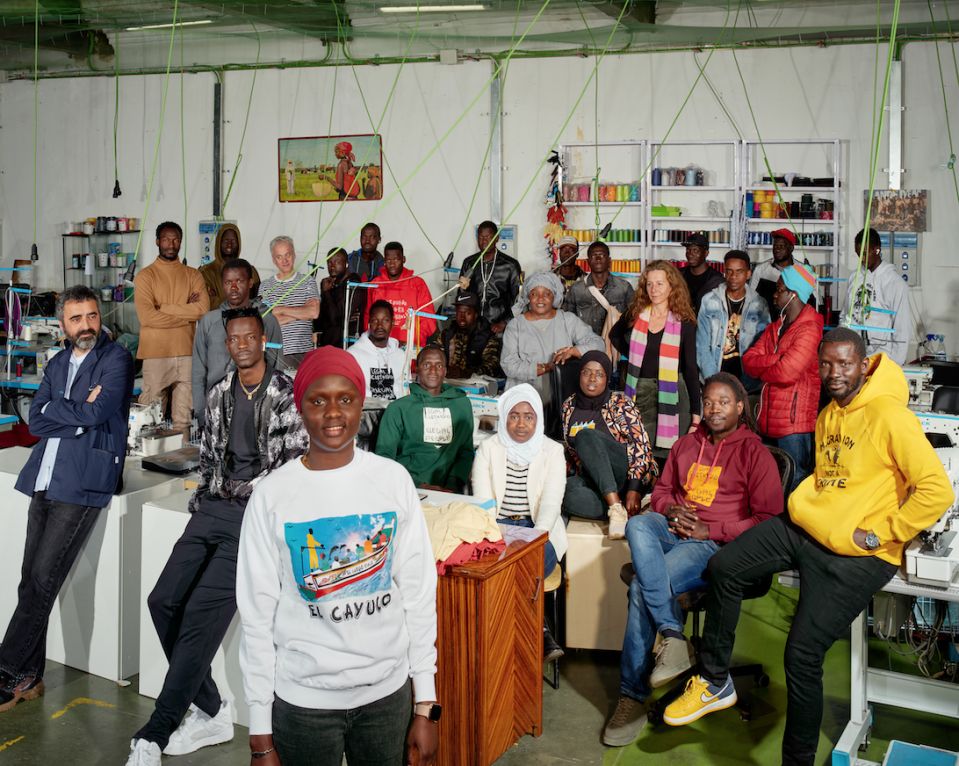
THE REPARATION ATELIER
It is aimed at students from several international architecture and design schools. It started in January 2023, the results will be presented at the exhibition in Venice. From July 3-7 a final workshop will be held as an opportunity for conclusions and discussion. This is where the project, through a call to action, becomes a laboratory of the future.
In the sessions of The Reparation Atelier, we seek to give shape to the ideas that emerged in multiple conversations: collective kitchens as an alternative to soup kitchens; welcome spaces as potential formats of cohousing which so interests contemporary architecture, ways of co-living that could allow us to imagine new community-based residential models; and scattered, multi-purpose facilities based on the strategy of equipping neighborhoods using empty street-level commercial premises.
The Reparation Atelier alludes to Europe's moral obligation to repair the damage caused by colonization practices still very much alive today in migration policies, and cultivates the capacity of these communities to repair what has been damaged or ripped apart at their place of arrival, where the origin of the problem lies. In the face of widespread depoliticization of the idea of the collective, in the face of the commercialization of urban life that seeks to weaken community, African communities in Europe have arrived with a great capacity to work together, in solidarity and cooperation.
The exhibition, which will showcase the results of this meeting of the migrant world and architecture students, is accompanied by the Quaderns Biennale publication, in collaboration with the Architects' Association of Catalonia (COAC).
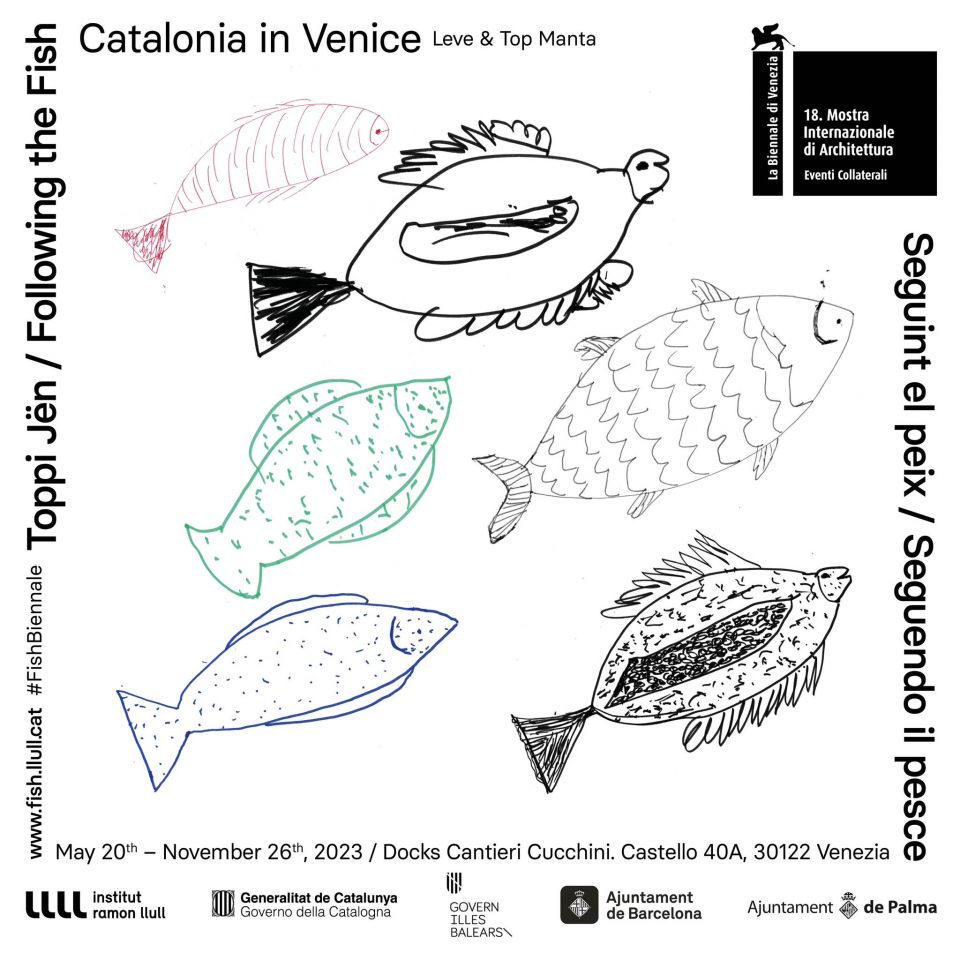
STREET MARKET
In the installation that will take shape in Venice, the nave of the old Cantieri Cucchini becomes a continually transforming Street market. Floating just over the ground will be the "mantas" or sheets that would normally hold the items for sale but will here instead display the contents of the trip made by the migrants. Following the Fish presents an extremely realistic and critical story captured in the "mantas", which show the condemnation and the refuges of migrants once they arrive in Europe. The narrative is accompanied by documents that expand on its content, including new contributions, references and comments through drawings, writings and images. The blankets have been made in the Top Manta textile workshop in Barcelona and each one focuses on a theme: Africa, the origin of civilization, plunder, diaspora, borders, aid networks, struggles, projects; it finishes with the ‘manters’ new statements and the students' architectural project that will be exhibited through videos at the end of the installation. The exhibition portrays for the first time a story that until now has only had an oral tradition.
The aesthetics are simple and humble, but the exhibition system is rich, complex and interdependent between the different blankets, which together blur the linearity of the path and offer a network fabric of relationships between them. The easy disassembly makes it possible to gather up the blankets and raise them selectively by means of a pulley system, reflecting the action that the ‘manters’ perform when they must gather them up from the street to escape the police.
If architecture wants to participate in the changes of our time, it must initiate a joint effort to leave its "own spaces" and question the transformative possibilities of its practices. ‘Manters’, union members and students come together to collect their stories, in Catalonia and Venice, and unveil them together. From this laboratory, Leve and Top Manta want to imagine, visualize and defend shared futures based on these ways of negotiating and resolving conflicts. Following the Fish is a rehearsal of other ways of defending the culture of projects as a form of knowledge, discussion and reflection, but also as an operational way of making it possible for things to happen, so that eventually they are rehearsed and, even, perhaps, become reality. Why not?
—
Catalonia in Venice_ Following the Fish (Seguint el peix)
Thu 18th May, 2023:
Press Preview / 10:00 – 14:00H
10:00H Top Manta Silent March
Opening Event / 16:00H
16:30H Speeches
Docks Cantieri Cucchini
San Pietro di Castello 40A. 30122 Venezia
May 20th – November 26th, 2023
@CataloniaInVenice
#FishBiennale #cataloniainvenice #BiennaleArchitettura2023 #TheLaboratoryOfTheFuture
SAVE THE DATE
Docks Cantieri Cucchini, San Pietro di Castello 40A
Press preview: May 18, 10am–2pm; Silent march: 10-10:30am
Pre-Opening: May 18 4pm–7pm; Speeches: 4:30pm


